2016 Toyota Prius: What's It Like to Live With?
Read the latest updates in our long-term road test of the 2016 Toyota Prius as our editors live with this car for a year.
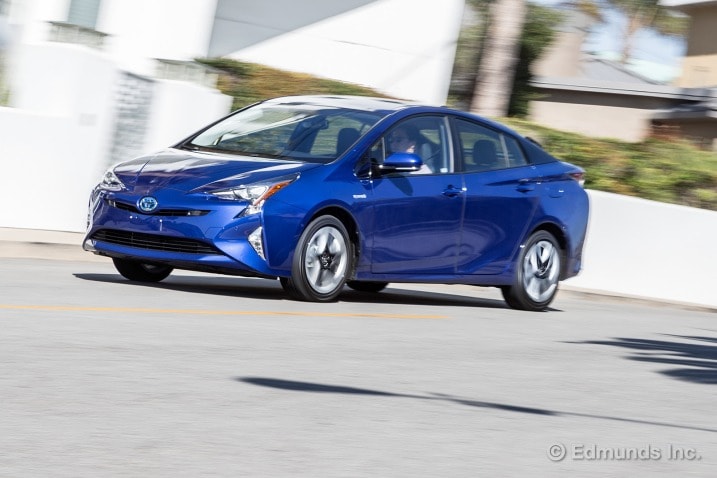
What do you want to know about?
- Introduction
- White Plastic Has Got To Go
- Aftermarket Door Edge Guards and Wheel Arch Moldings Have Got to Go
- No Longer Needs a Pass
- Testing the Smaller Backseat
- Sun Visor Doesn't Extend
- Does the Board Fit?
- Greatly Improved Driving Position
- Performance Rating
- What Colors Are Available?
- Seat Heater Controls are Difficult to Find
- Performance Tested
- First Fuel Economy Update
- White Plastic's Fine By Me
- Front Traffic Sensors
- Racing Improves the Breed, Or the Other Way Around
- Surprisingly Lively in any Mode
- Better Road-Trip Car Than Ever
- Will the Luggage Fit?
- Cruise Control Idiosyncrasy
- Does the Extra Large 29er Mountain Bike Fit?
- Seating Position Versus Sun Visor
- August Fuel Economy Update - Impressive Range
- Prius or Volt - Which Would You Rather?
- Good Rear Visibility
- Open Wide
- Hard-to-Modulate Brakes
- August Fuel Economy Update
- 5,000-Mile Service
- Monthly Update for October 2016
- Monthly Update for November 2016
- Monthly Update for January 2017
- Monthly Update for February 2017
- Monthly Update for March 2017
- Monthly Update for April 2017
- Monthly Update for May 2017
- Monthly Update for June 2017
- Monthly Update for July 2017
- Monthly Update for August 2017
- Monthly Update for September 2017
- Monthly Update for October 2017
- Monthly Update for November 2017
- Monthly Update for December 2017
- Monthly Update for January 2018
- Monthly Update for February 2018
- Monthly Update for March 2018
- Monthly Update for April and May 2018
- Monthly Update for June 2018
- Monthly Update for July 2018
- Monthly Update for August 2018
- Monthly Update for September 2018
- Monthly Update for October 2018
- Monthly Update for November 2018
- Monthly Update for December 2018
- The Blind Spot Monitor Saga
- Monthly Update for March 2019
- Monthly Update for April 2019
- Monthly Update for May 2019
- Monthly Update for June 2019
- Wrap-Up
Introduction
What Did We Get?
With gas prices at the lowest levels we've seen in years, it's not surprising that trucks and SUVs are flying off dealer lots, while hybrids have become passé.
Well, most hybrids at least. Even with cheap gas, the Toyota Prius was still one of the most popular cars on the market last year.
The all-new 2016 Toyota Prius is looking to build on that continued momentum with a comprehensive list of upgrades. The most notable of those improvements is a new EPA rating of 52 mpg in combined city and highway driving.
Beyond its sky-high fuel economy, the 2016 Prius addresses many of the previous car's shortcomings. The upright driving position has been relaxed, front leg- and headroom have also been improved, and although rear legroom is down a bit, it's still generous. The cabin is also much quieter, has better interior materials and the suspension has been upgraded to more readily absorb bumps.
So it's more efficient and more enjoyable to drive; at least, that's the promise. Adding the new Prius to our long-term fleet will help us determine if the changes make a noticeable difference, or if the Prius is still a hybrid first and a family sedan second.
What Options Does It Have?
There are six trim levels of the 2016 Toyota Prius: Two, Two Eco, Three, Three Touring, Four and Four Touring. We're not entirely sure why the base model isn't called Prius One, but nevertheless the ground-floor Two costs $25,035 and includes 15-inch alloy wheels, automatic LED headlights, keyless ignition and entry, automatic climate control, a rearview camera, a 6.1-inch Entune touchscreen, Bluetooth, a USB port and six speakers.
Every Prius has the same hybrid powertrain (1.8-liter four-cylinder gas engine, two electric motors and an electronically controlled continuously variable transmission), though the Two Eco trim has a different, lighter battery (lithium-ion versus nickel-metal hydride).
We wanted to get the full sample of the Prius' available feature content, so we opted for the top-of-the-line Prius Four Touring trim that starts at $30,835. With that, we got the same white cabin accents, 7-inch Entune touchscreen, navigation, satellite radio, wireless charging pad and faux leather steering wheel cover as the less expensive Prius Three, along with the regular Prius Four's added heated front seats, power driver seat, faux leather seating, blind-spot monitor and rear-cross traffic alert system.
The Touring then adds 17-inch wheels, distinctive styling elements and the Toyota Safety Sense package that includes adaptive cruise control, lane departure warning and intervention and a pre-collision warning system.
Finally, we added the $1,705 Premium Convenience package that adds a 10-speaker JBL sound system, an automated parking system and Toyota's Safety Connect emergency telematics services. We also opted for the floor mats and Blue Crush Metallic paint. All in, the 2016 Toyota Prius we purchased stickered for $32,765. We bought the car at Fremont Toyota in Northern California for a final price of $31,424.
Why We Got It
Before the Tesla Model 3, the most talked about alternatively powered car in the modern era was the Prius. It not only put hybrid cars on the map, it pushed them into the mainstream, made them cool even.
Now that it's been redesigned for even greater efficiency and performance, we want to see if still delivers on its promises. Toyota said one of its goals this time around was to make the Prius more fun to drive without reducing its fuel-sipping character. We'll test that out during our daily commutes, weekend errands and even a few road trips.
We will also be testing the Prius alongside our long-term Chevrolet Volt, so there will be plenty of back-to-back impressions of the two hybrid sedans. There's even a new Prius competitor on the way in the form of the Hyundai Ioniq, so that, too, will likely cross paths with our long-termer at some point.
Read along on ourlong-term road test blog to see daily updates on its progress.
Edmunds purchased this vehicle for the purpose of evaluation.
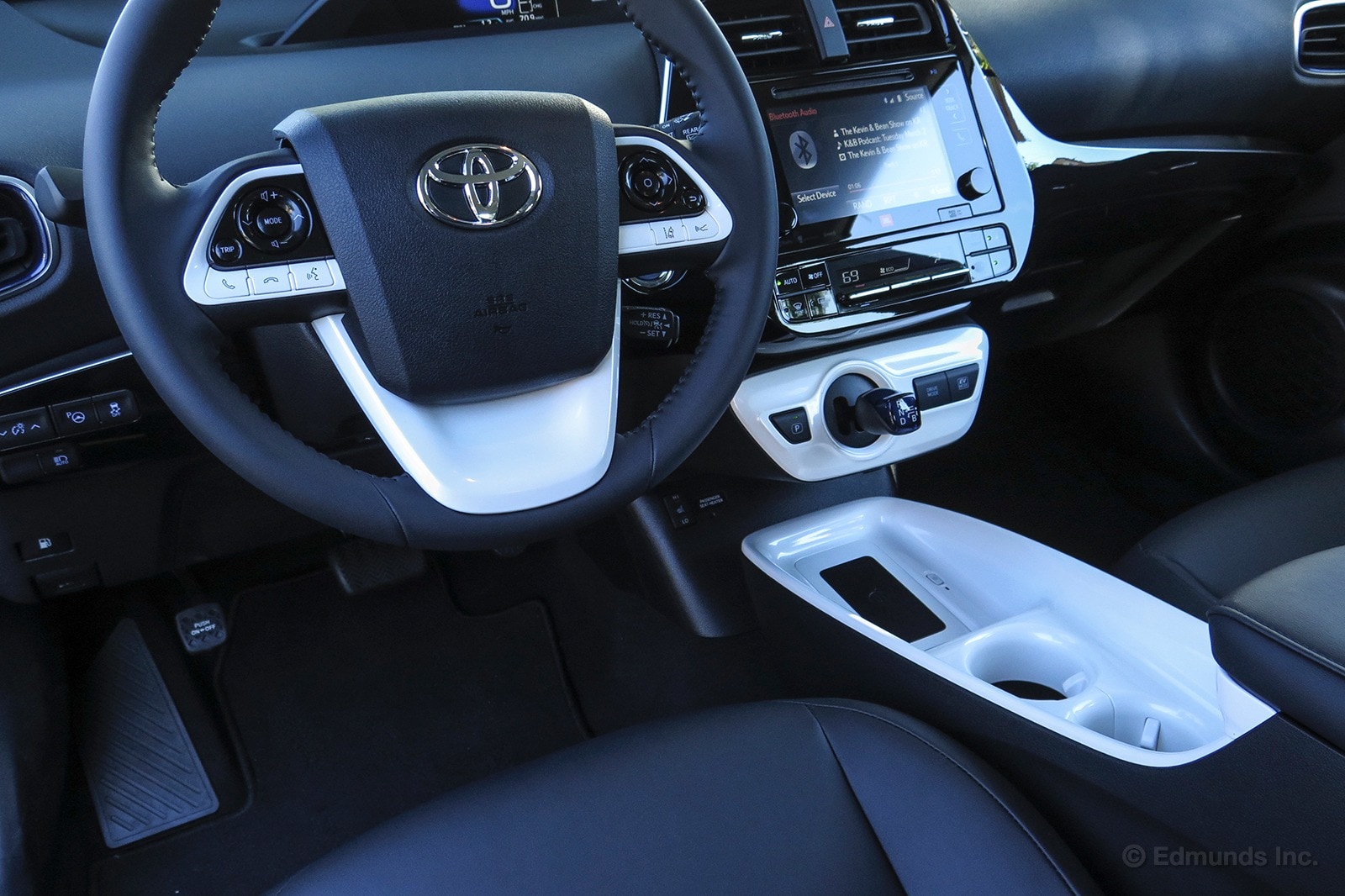
Whatever you think about the exterior styling on the new 2016 Toyota Prius (I'm not a fan, but I don't hate it either), there's a piece of interior trim that I just cannot abide. Center stage, bright and bold, I'm referring to the white plastic on the center console and the lower half of the steering wheel.
If you don't like an exterior feature on your car, there's a chance you can overlook it. Maybe you really enjoy the way a car drives but the styling doesn't light your fire. It's an entirely plausible scenario, especially if something like fuel economy is your top priority. But honestly, how often do you look at the taillights of your own car? And for how long? Maybe in passing or as you load stuff in the trunk, but not for extended periods of time. If you don't like the taillights, can they really be deal-breakers?
Living with an interior issue, however, is a much bigger ask. This toy-like center console is staring me in the face and every time I drive our new Prius, I think, "I'd have to paint those white pieces, or wrap them, or something."
There is a "Lower Console/Shifter Applique" package available as a dealer-installed accessory for $199, which puts a black cover over most of the space, but the walls of the cupholders and all the white plastic on the steering wheel is still exposed.
It's not a permanent fix, but it's a start.
Aftermarket Door Edge Guards and Wheel Arch Moldings Have Got to Go
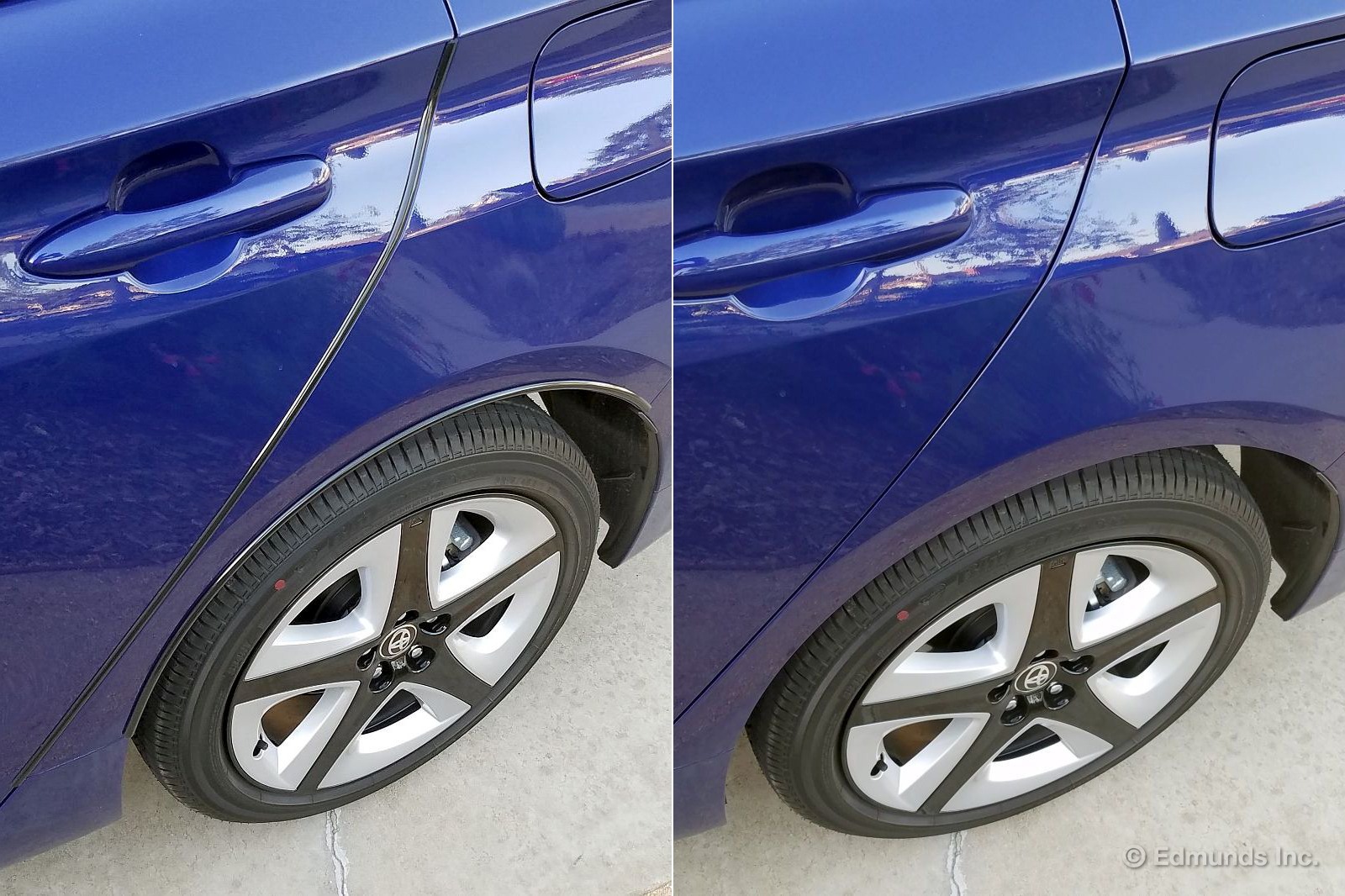
The 2016 Toyota Prius is not a particularly attractive car. One could argue this is not a major tragedy because — let's face it — maximum mpg is the Prius' prime directive. Still, theres no point in making things any worse.
That's why our long-term test car's dealer-installed door edge guards and wheel arch moldings have to go. Not only are they exceedingly ugly, they have the cheap look of a quick-and-dirty aftermarket product, which is exactly what they are.
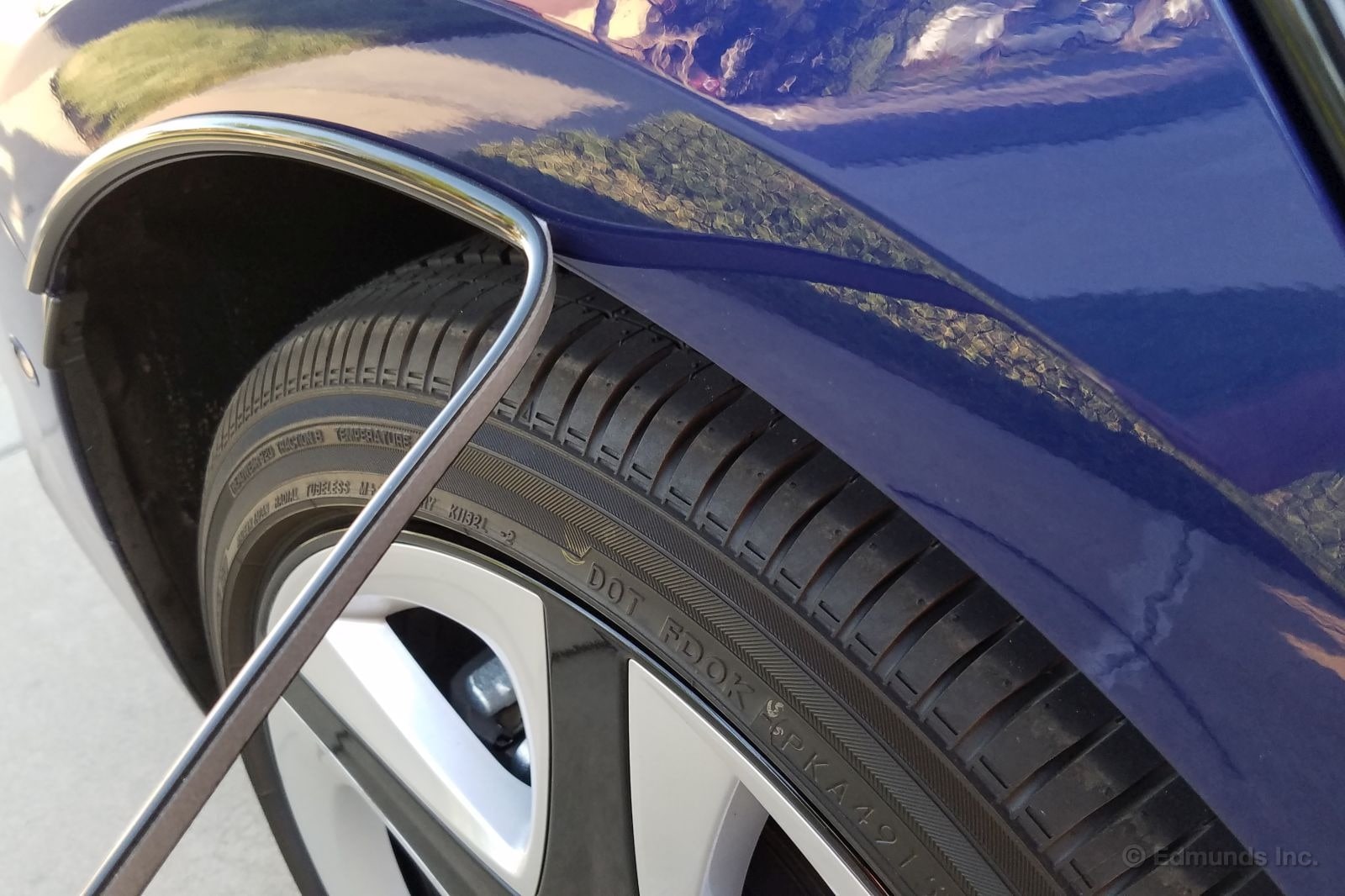
Fortunately, we caught them early. These dubious trim pieces were a recent addition to a brand-new car, which meant the peel-and-stick adhesive had not had time to fully cure.
An exploratory dig with a fingernail at one of the ends suggested they'd peel right off. It helped that the day I decided to attack them was warm and cloudless, with the temperature just north of 80 degrees.
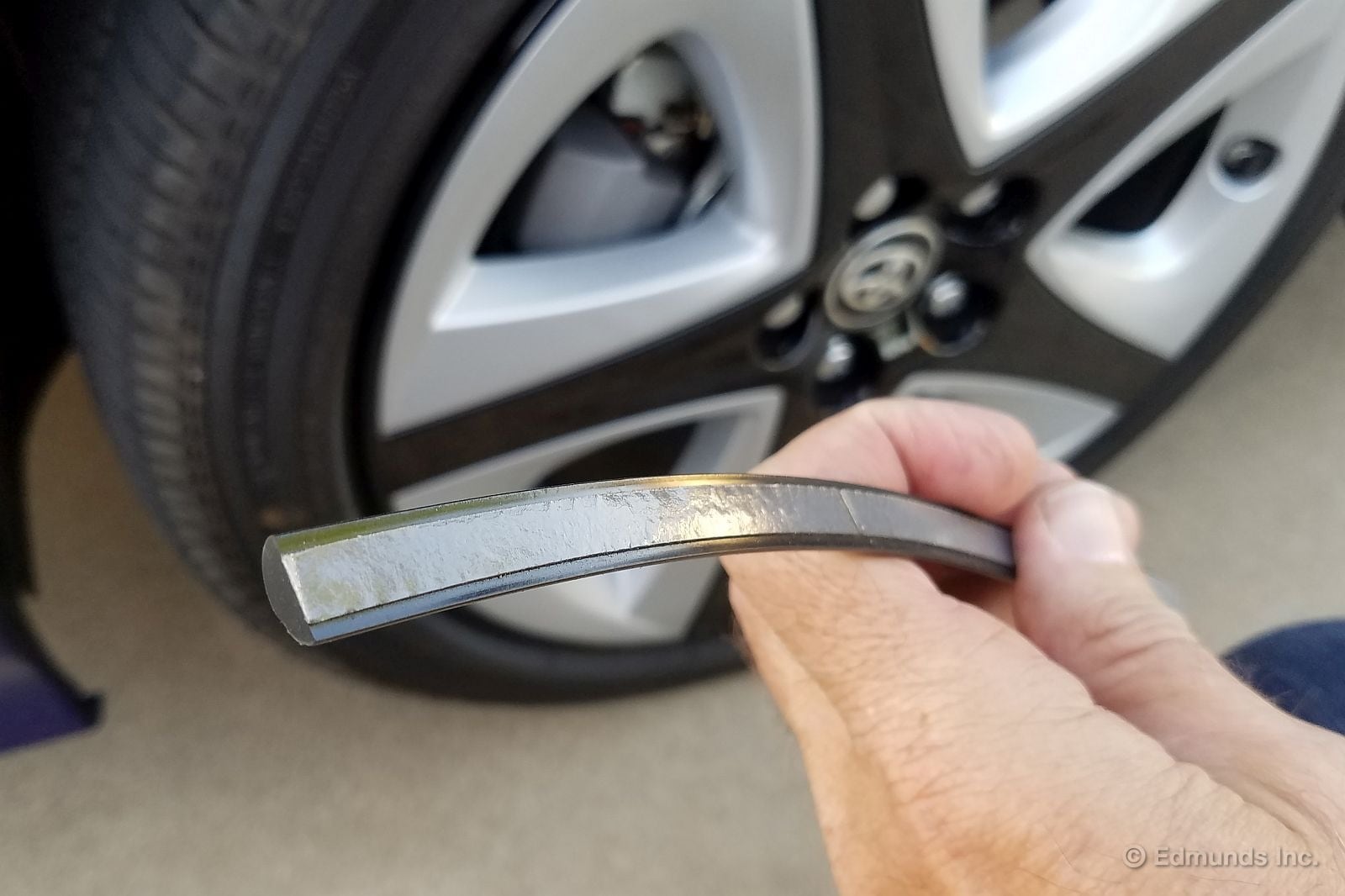
Using steady pressure, the first one did indeed peel right off without leaving any residue.
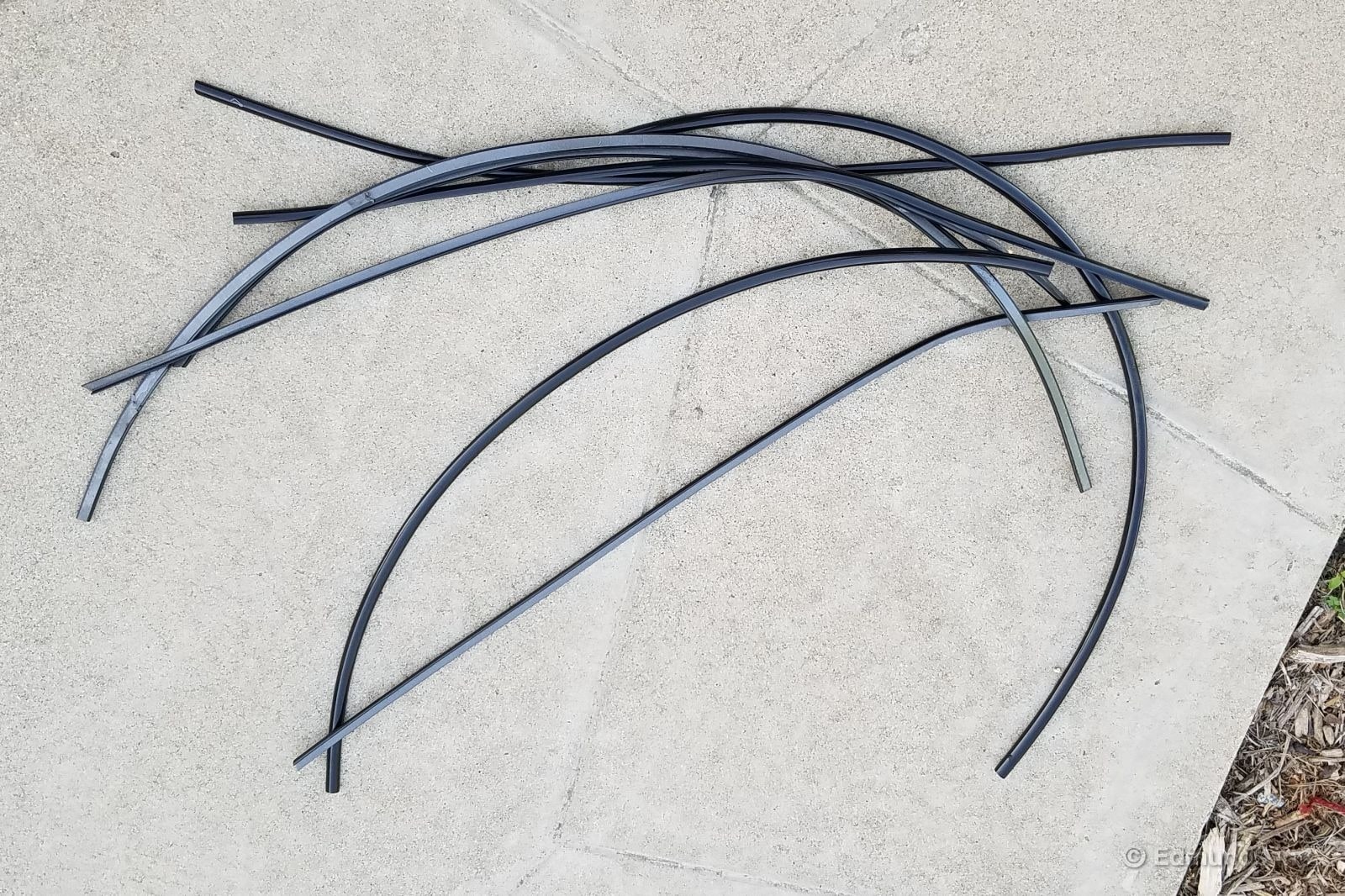
Four doors plus four wheel arches equals eight moldings, and they were all gone in five minutes. Just a single inch-long trace of residue remained behind, and it rolled off under my thumb in a second.
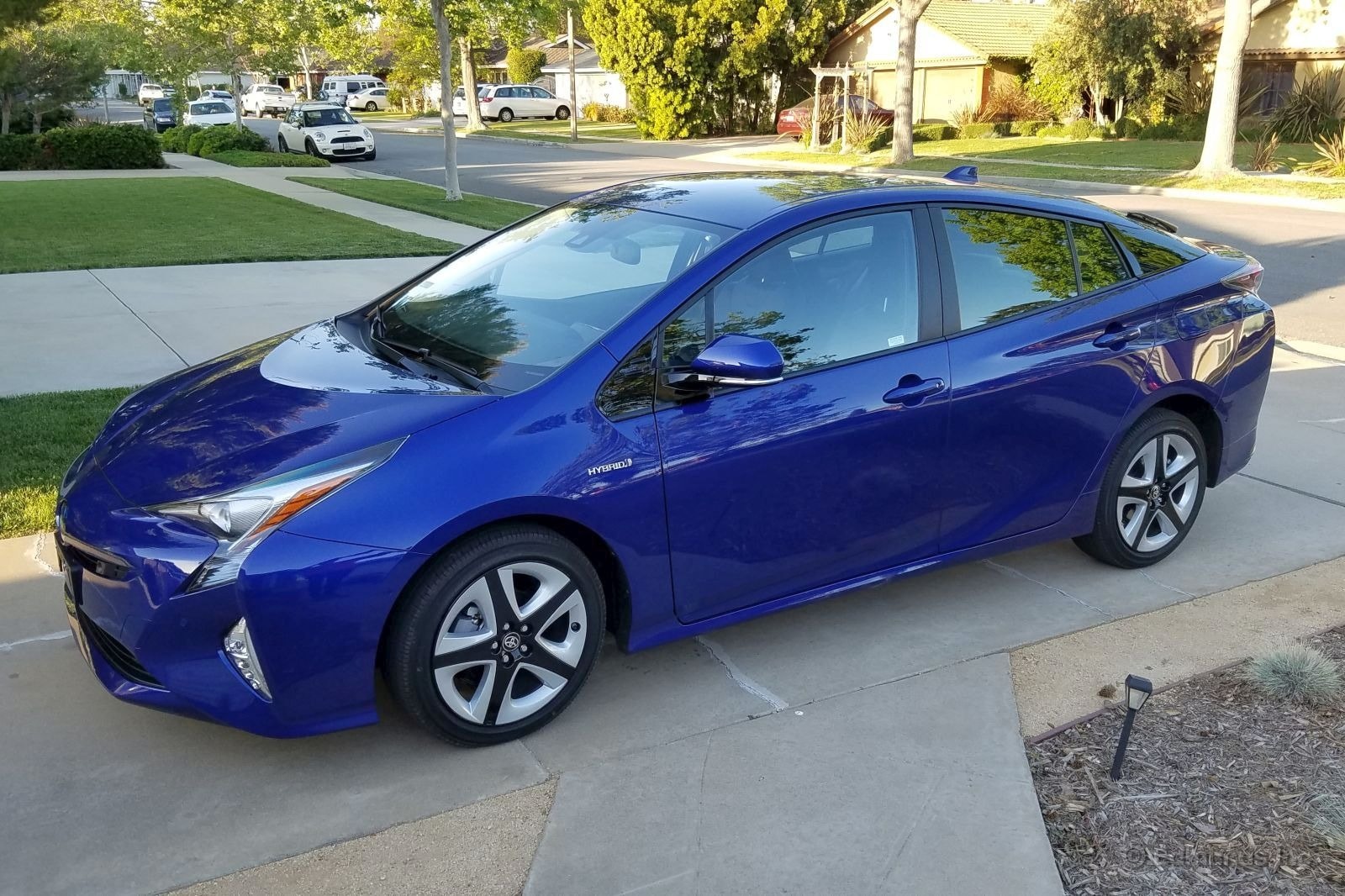
None of this represents a loss to us. They were ridiculously easy to remove and we didn't pay for them. We bought this particular car with this particular equipment in the color we wanted from a dealer a long ways off, and the store it came from had already installed them before we made the deal. Removing them was pure gravy.
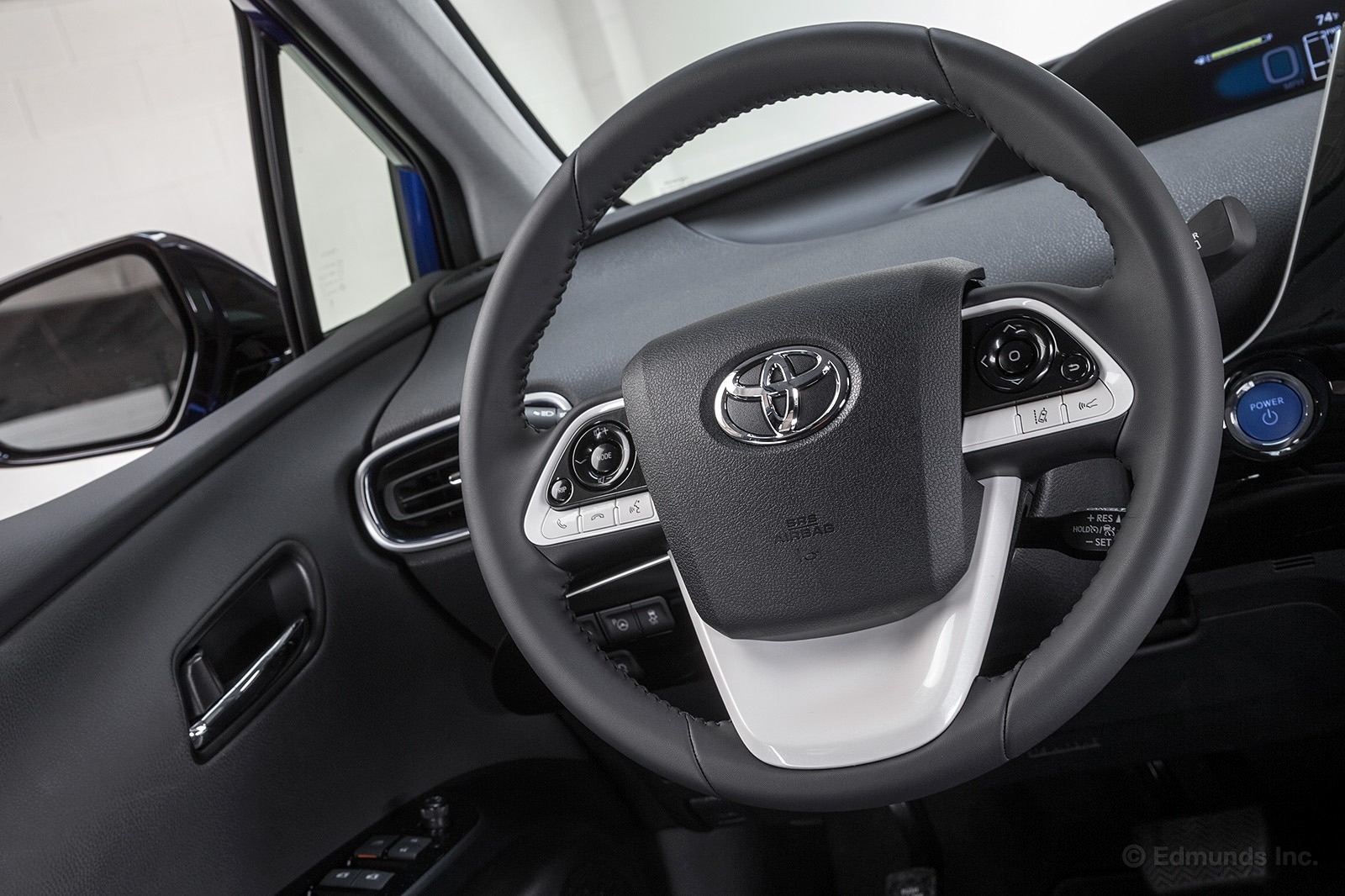
With both the 2016 Chevy Volt and 2016 Toyota Prius in our long-term fleet, it should be a revealing year for the two hybrids. Sure the Volt is a plug-in and changes how we compare efficiency, but the more telling observations will come from the usual areas: ride quality, cabin comfort, utility.
I wasn't expecting much from my first time behind the new Prius's wheel. Of course it's a redesign, but Toyota's a conservative company and the Prius is a bread-and-butter car. How far would they take it?
Far enough and then some, actually.
I never understood why Toyota got a pass on the previous Prius's low-rent interior. There was an implicit understanding that they could get by on MPGs and Earth-saving cultural cachet and the thing would sell itself. And it did, obviously.
But someone took notice and decided to give the car a deserving interior. Except for the ridiculous, inexplicable plastic white trim, the instrument panel finally feels like it belongs in a 21st century car. The upgraded tablet-like touchscreen interface helps, as does the steering wheel.
The steering wheel! Except for the lame white plastic bottom "spoke," this wheel feels great, to me anyway. It's the perfect diameter and thickness, feels like it belongs in a faster, high performance-oriented car, and communicates more "sport" than this car can reasonably live up to. There's a little more steering feel than before, a little more weight, and the wheel shape and feel definitely give the Prius a little more driving personality than before.
Combine that with quiet, seamless standstill or low-speed acceleration and you find yourself stepping into the pedal a little more as if it were a turbo four-cylinder. A winding and buzzy CVT, however, quickly urges you to back off.
Overall, pleasant surprise for my first miles in the Prius. Nice to have two hybrids in the fleet that people will actually want to drive.
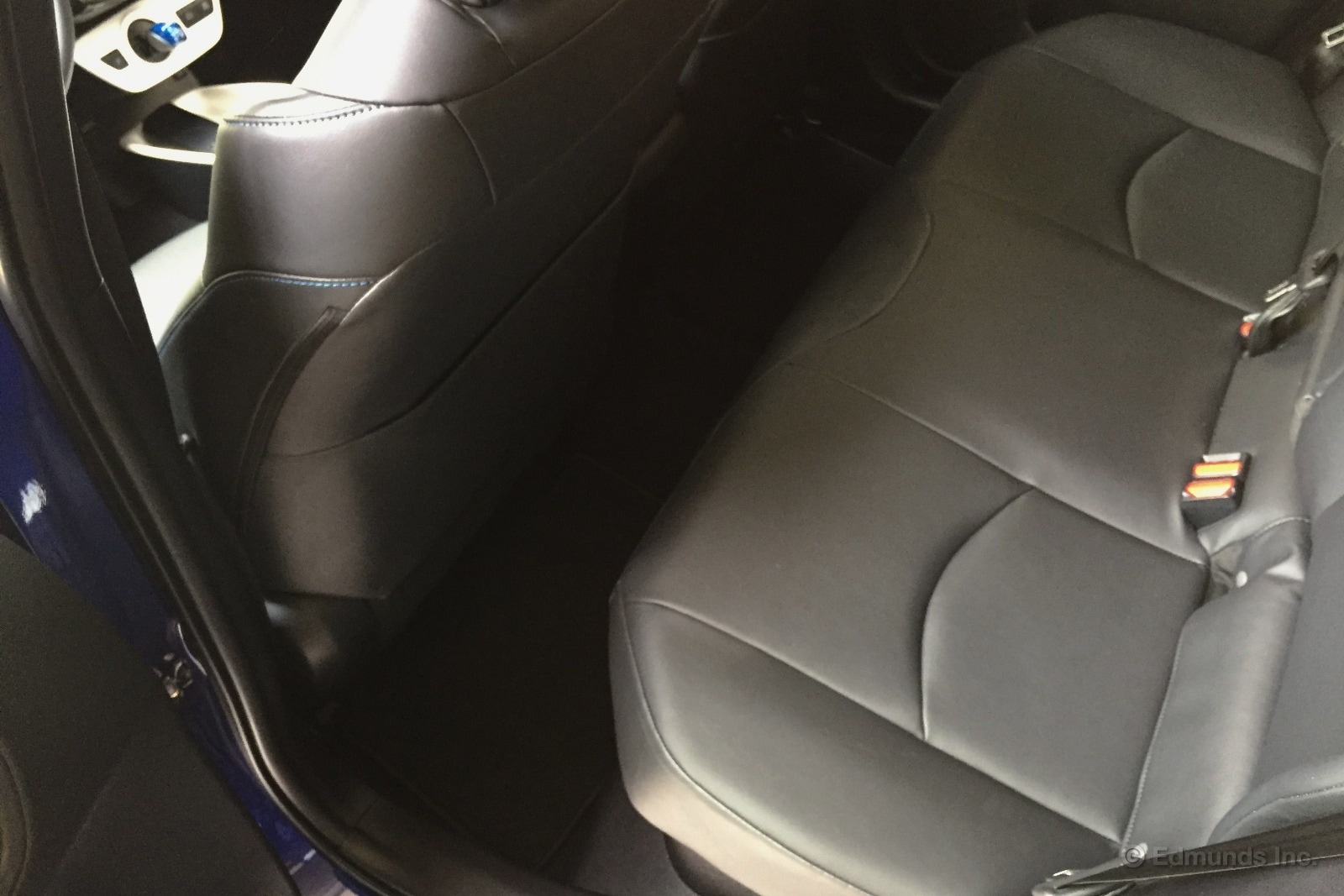
The top "Con" in our current Prius review is "Less backseat legroom than before," which is unusual for an all-new model. Seems like the latest vehicles are always getting bigger these days — more wheelbase, more passenger space, etc. But the 2016 Toyota Prius' backseat bucks the trend, at least by the numbers. Duly intrigued, your moderately gangly 6-foot-1 narrator decided to conduct a rigorous real-world test.
In the top photo, the driver seat is slid all the way back, because that's where I need it to be in pretty much every Toyota/Scion product. As you can see, there's a decent amount of legroom behind me.
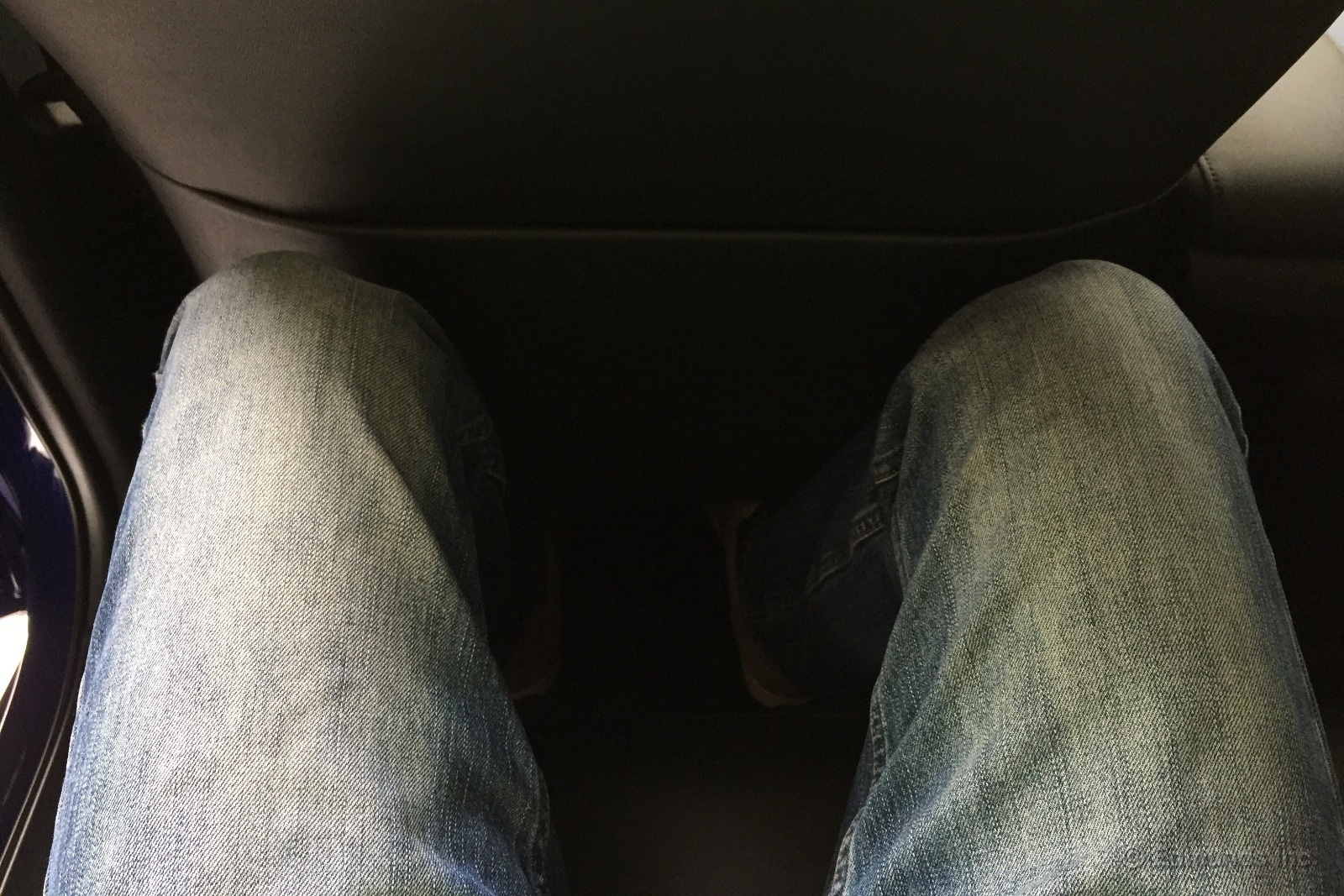
Turns out it's just enough to accommodate my knees without rubbing, though my shins are touching the base of the seatback down below. In other words, a 6-footer can still fit behind another 6-footer, so this backseat will probably seem just fine to most shoppers.
I will say, however, that the new Prius' rear quarters feel closer to compact than midsize, and that's a departure from the previous two Prius generations. In 2010, for example, I wrote that "rear-seat riders enjoy as much legroom as they'd have in a typical family sedan." Whether the shrinkage will irk anyone other than lanky Uber passengers remains to be seen.
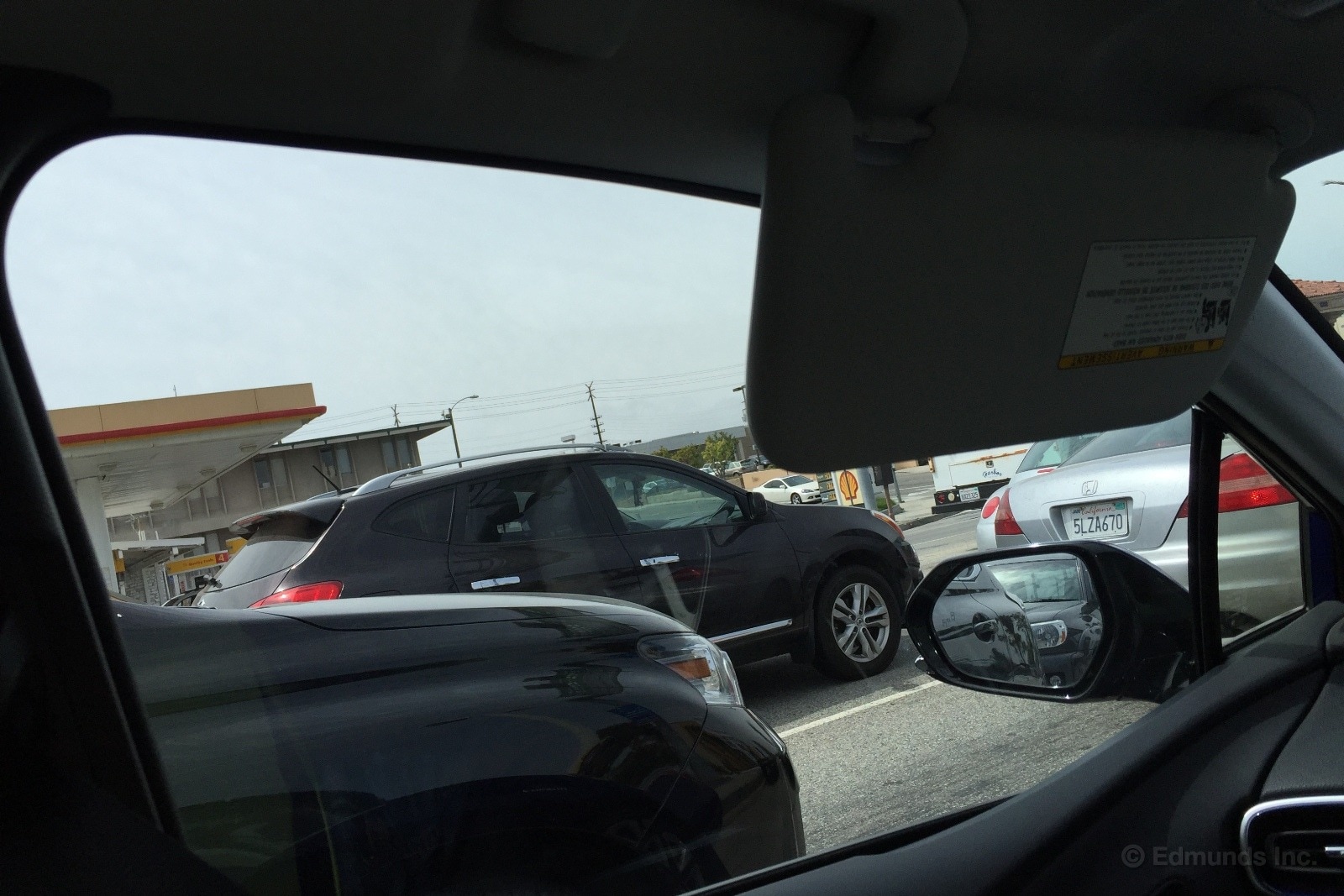
I'm always surprised when a new car doesn't have extendable sun visors, but maybe I shouldn't be. Brent recently put our Volvo S60 on blast for this omission, and he noted in his post that our Acura MDX didn't have them either.
Still, I'm disappointed that our 2016 Toyota Prius doesn't provide this basic convenience feature. As you can see, the fixed visor only covers a fraction of the expansive driver window. No doubt an extendable visor costs some extra cents or possibly dollars per unit, but wouldn't most shoppers happily pay the difference?
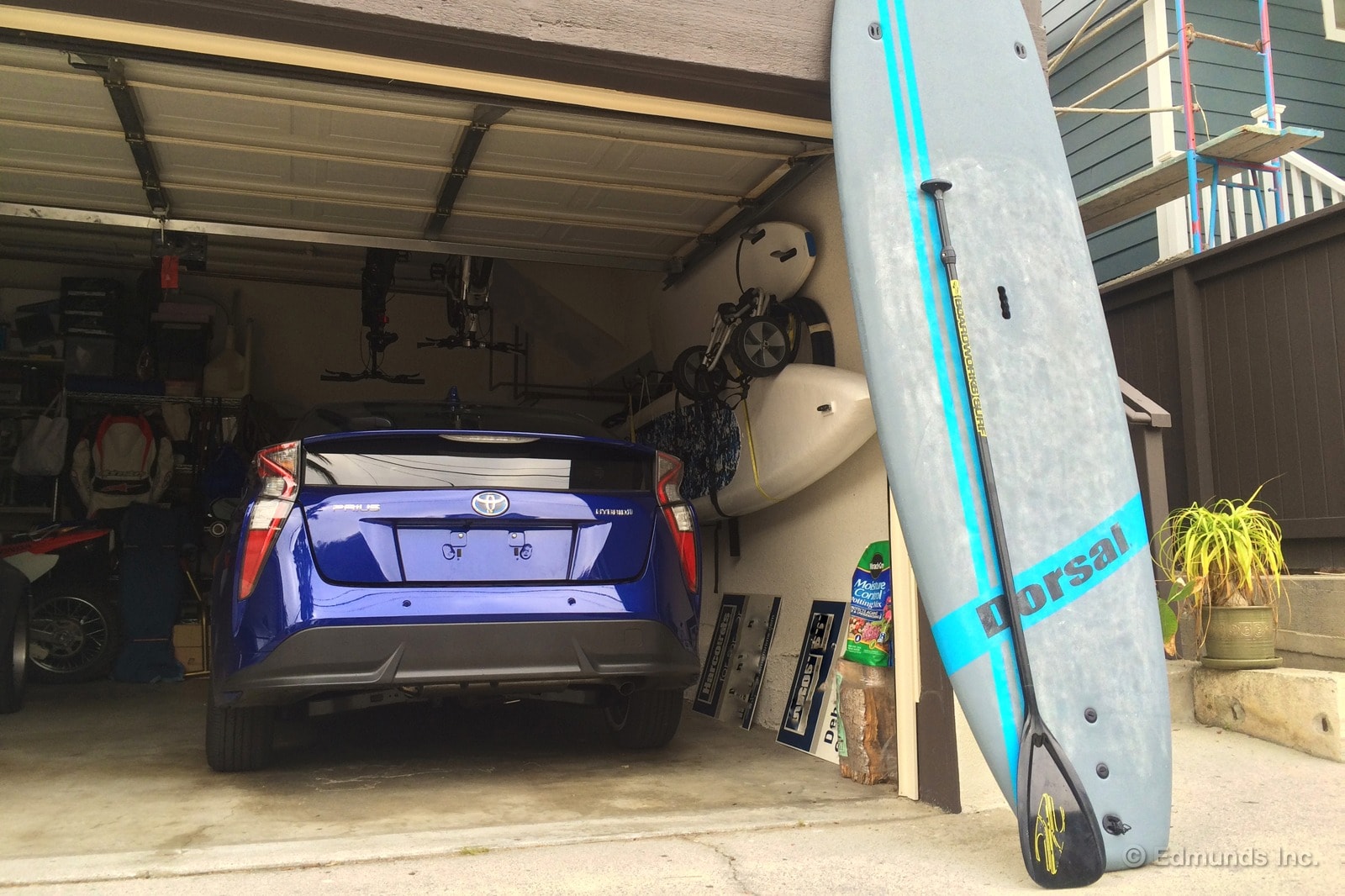
In this installment of "does the (pick your random object) fit?" I attempt to squeeze a stand-up paddle board into the cabin of our 2016 Toyota Prius. The board measures 9-foot-2 and when stood up on end, exceeds the limits of our blog's photo-cropping requirements.
Duly noted.
When it comes to body design, the Prius prioritizes aerodynamic efficiency, which is why it continues to sport that distinctive hatchback-style silhouette. This fourth-generation model is Toyota's slipperiest shape to date, improving its drag coefficient from an already low 0.25 to a slightly lower 0.24. This, in theory, translates to less energy (i.e. fuel and/or battery juice) required to maintain a given speed on the road, due to less overall wind resistance.
As a bonus, this shape also bodes well for interior cargo volume, with 24.6 cubic-feet of it behind the rear seats and a wide-opening hatch with which to access it all. The rear seats easily fold flat and the headrests also slide out without any special tricks or tools if needed.
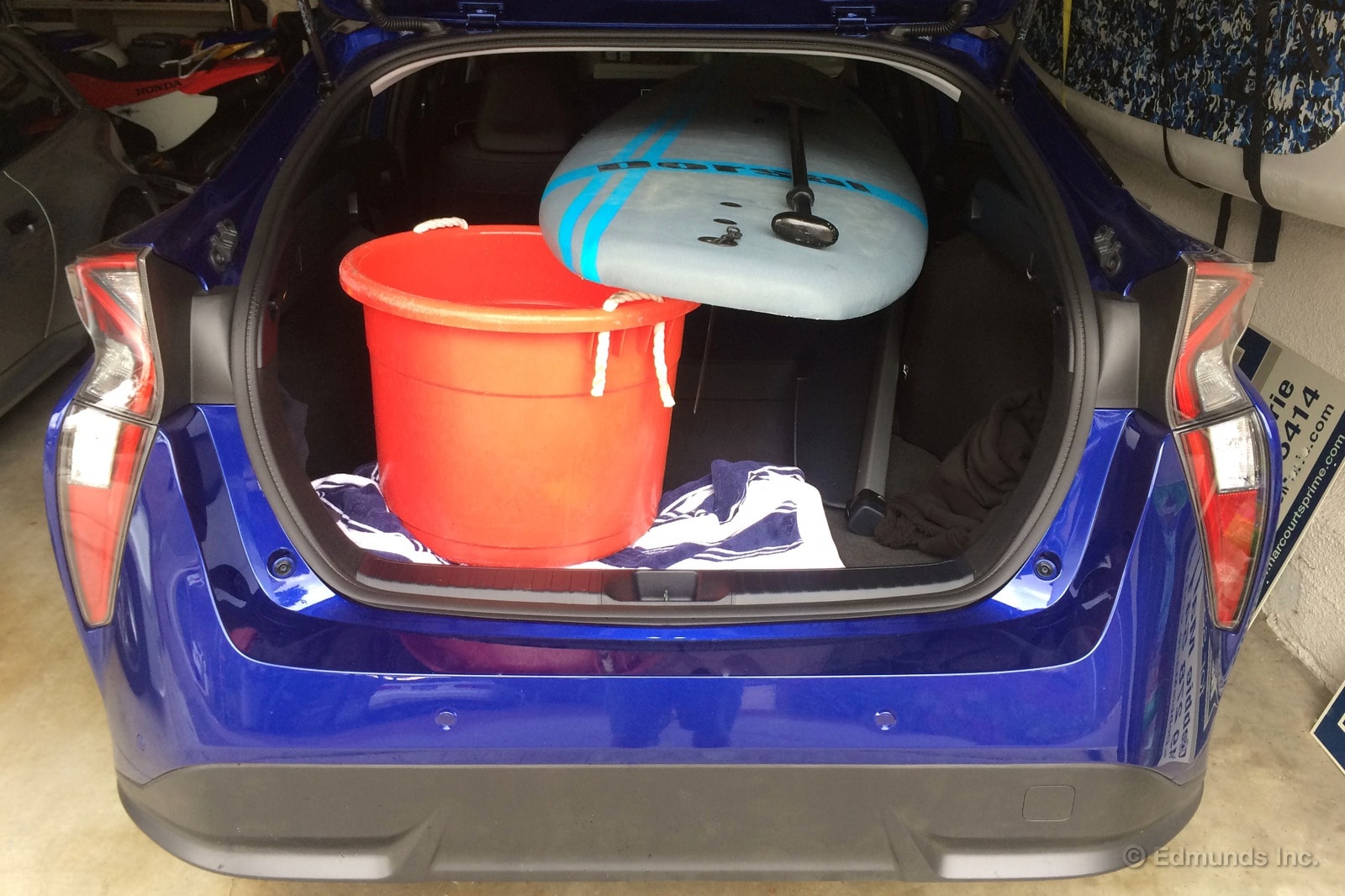
To accommodate the bulky SUP board I needed to do both, but was pleasantly surprised that I still had visibility out of the rear hatch once everything was loaded. The convenience and security gained from being able to store something in the cabin, versus on a roof rack, earns the Prius a whole tray of brownie points in my book.

I've never been comfortable in the Toyota Prius. Neither second- nor third-generation models had remotely enough seat or steering wheel travel to achieve anything resembling a comfortable driving position. The seat didn't dip far enough down in the back, it didn't slide far enough rearward and the wheel's telescoping distance was so pathetic I often wondered why they even bothered. At 6-foot-3, I felt like I was sitting on a tiny stool with my arms reaching out as if holding a diaperless baby.
Well, I'm happy to report the 2016 Toyota Prius has corrected this problem at least when equipped with our long-termer's eight-way power seat. It does indeed drop far enough down in the back to provide proper under-thigh support, it slides back much further and the wheel comes out sufficiently. The difference is night and day. I went from not wanting to drive to the corner store to theoretically being comfortable enough to drive to the Four Corners.
I'd be interested to see what manually adjustable seats would be like, but I'm guessing it would still be an improvement. Bravo Toyota
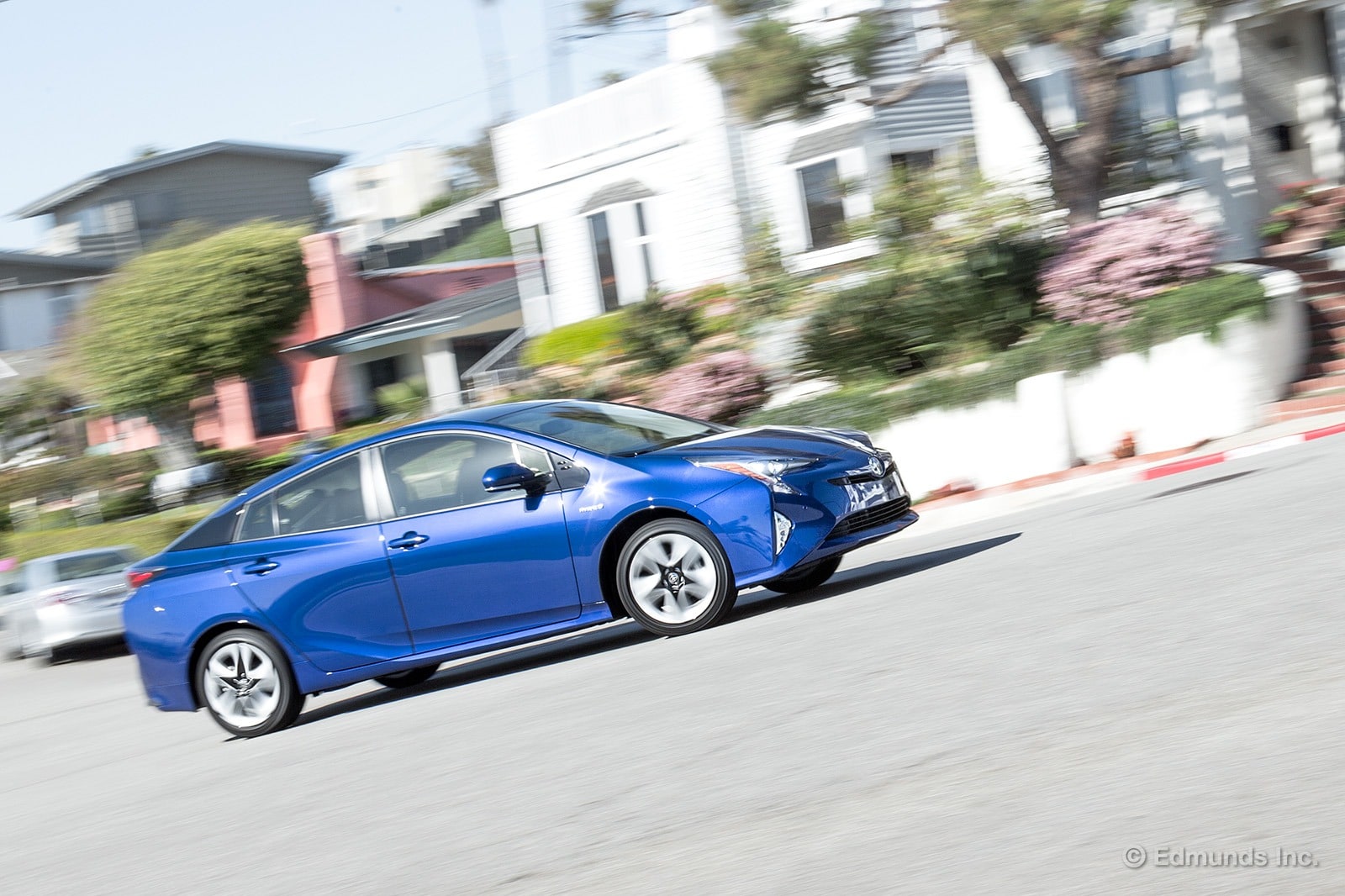
The 2016 Toyota Prius is quite obviously not the sort of car that is purchased for its performance. Far from it. Yet, the new Prius is nevertheless a far better car to drive than its lamentable predecessors. Read more below to see how we rated its performance.
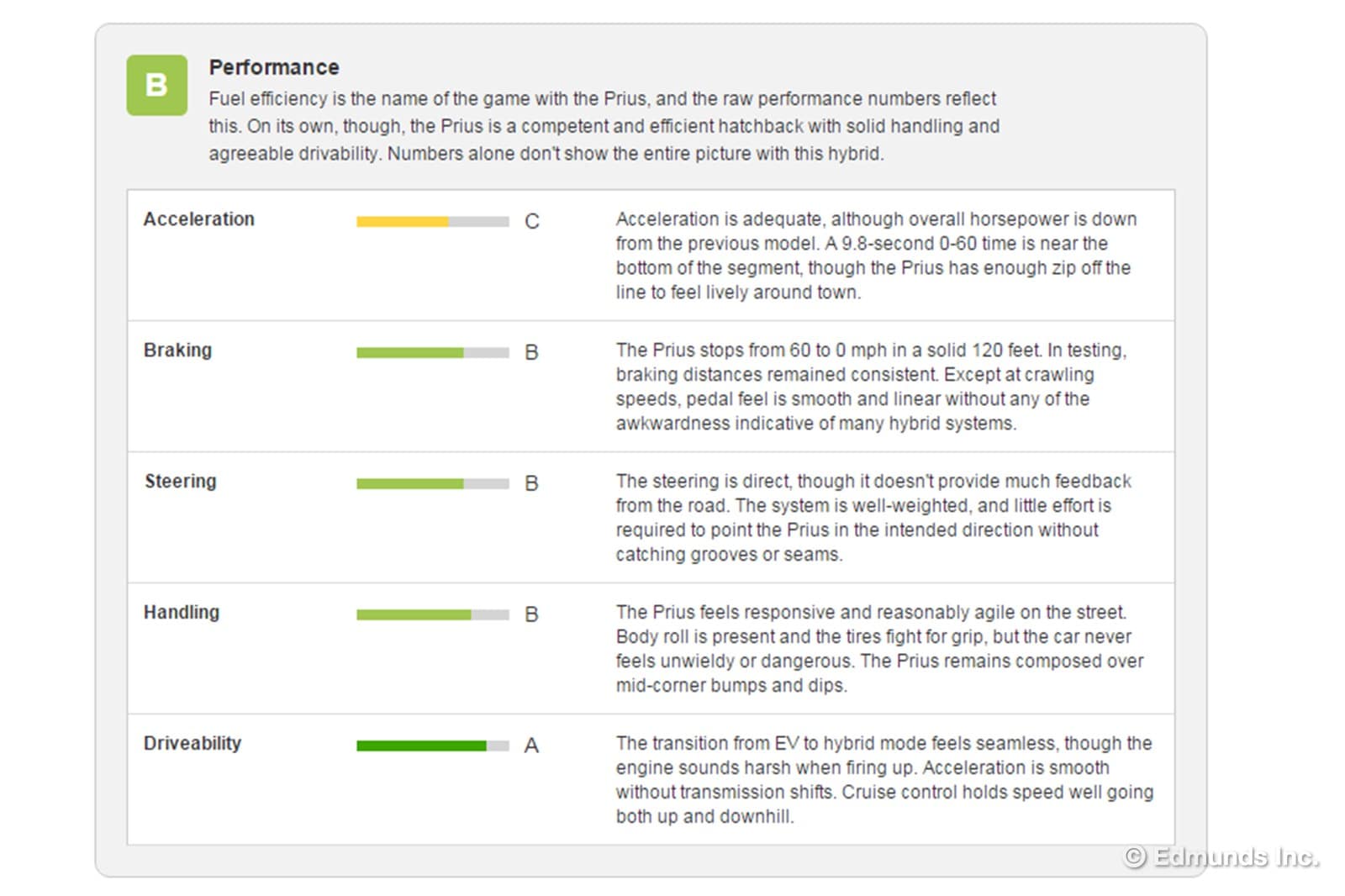
Here is the full 2016 Toyota Prius Rating for your reading pleasure, though note it is for a Prius Three test car rather than our long termer.
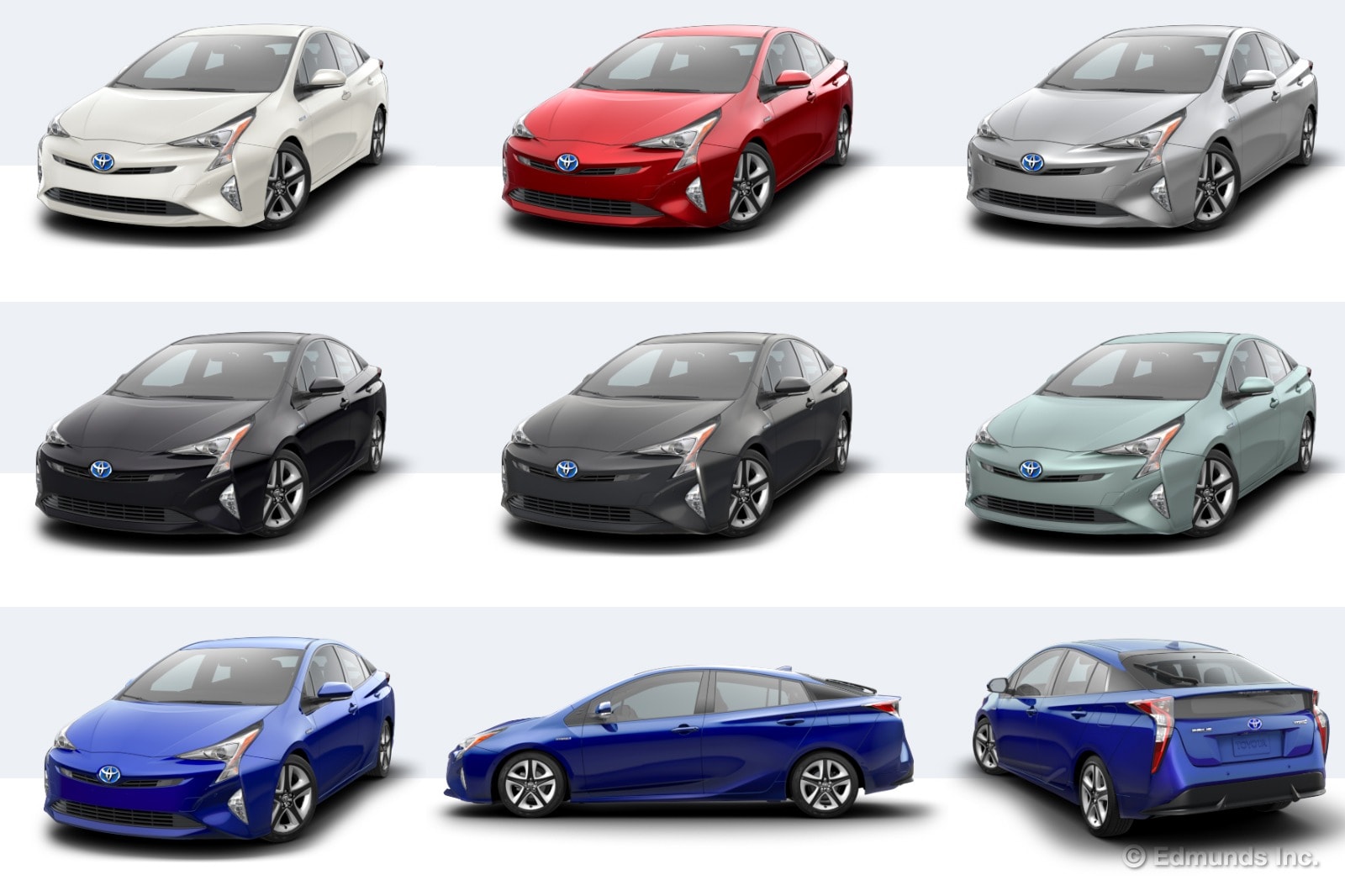
We opted to get our long-term 2016 Toyota Prius in snazzy Blue Crush Metallic, finally realizing a long-held desire to have a paint color named after a Kate Bosworth movie. Win a Date with Tad Hamilton! Bronze would've been the ideal, but we'll take what we can get.
Any way, above you'll see the other colors we could've opted for. Or, more accurately, two other colors and four different tones of grayscale.
With Blue Crush along the bottom, the other colors would be, clockwise from upper left
...
Blizzard Pearl ($395 extra)
Hypersonic Red ($395 extra)
Classic Silver Metallic
Sea Glass Pearl
Magnetic Gray Metallic
Midnight Black Metallic
All of these colors are available on all trims. In the Four Touring trim, which we have, each color is also available with a choice of all-black or the "Moonstone" interior that consists of two shades of gray. Which is not the name of a Dakota Johnson movie.
Which one would you get?
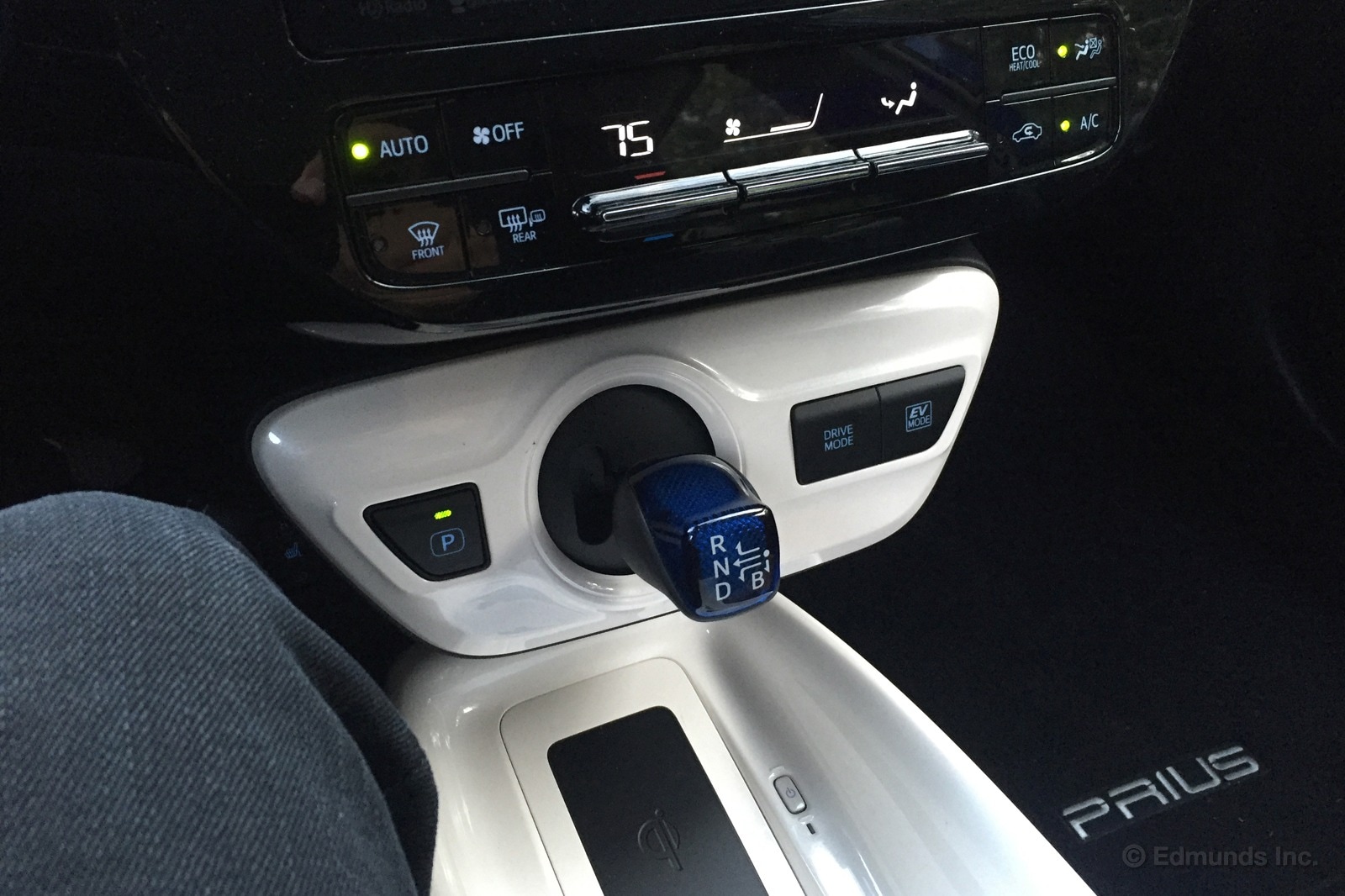
Our 2016 Toyota Prius has heated front seats, but you'll have a hell of a time finding the control switches. Look at the picture above. You won't find them in the usual spots, which are somewhere near the air-conditioning controls or on the center console. They also aren't on the door like some Mercedes or in a touchscreen menu.
Give up?
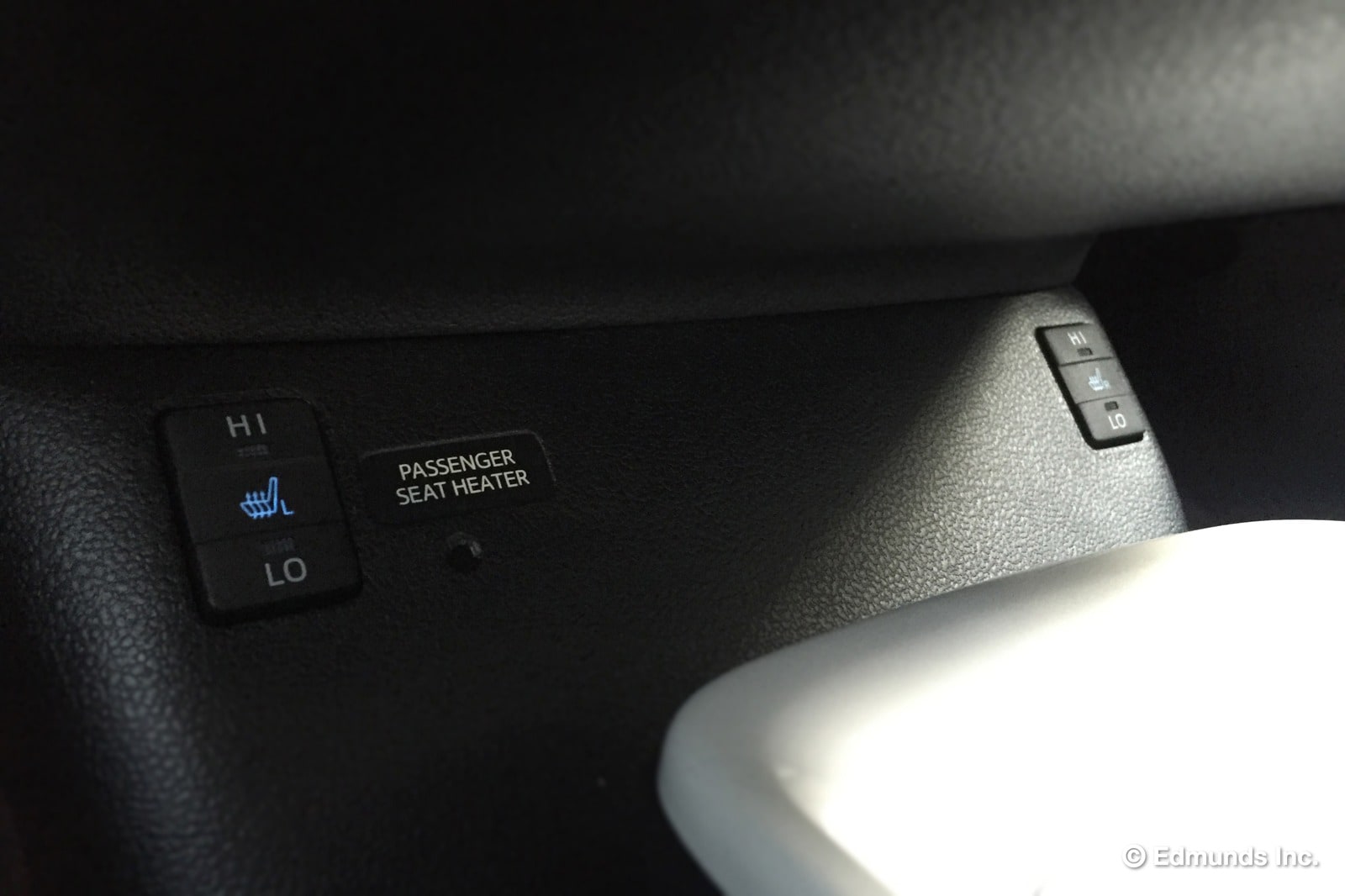
The switches are located in front of the cell phone charging tray, underneath the floating shifter panel. I have no idea why they are so far away from the driver, or in such an awkward location. In order to press it, I have to squash my right leg over and under a steering wheel that doesn't tilt up far enough. Then I have to lean forward and reach under to hit the toggle switch. Hit down for thaw and up for toast. At night, you have to remember which is which, because "HI" and "LO" are not illuminated.
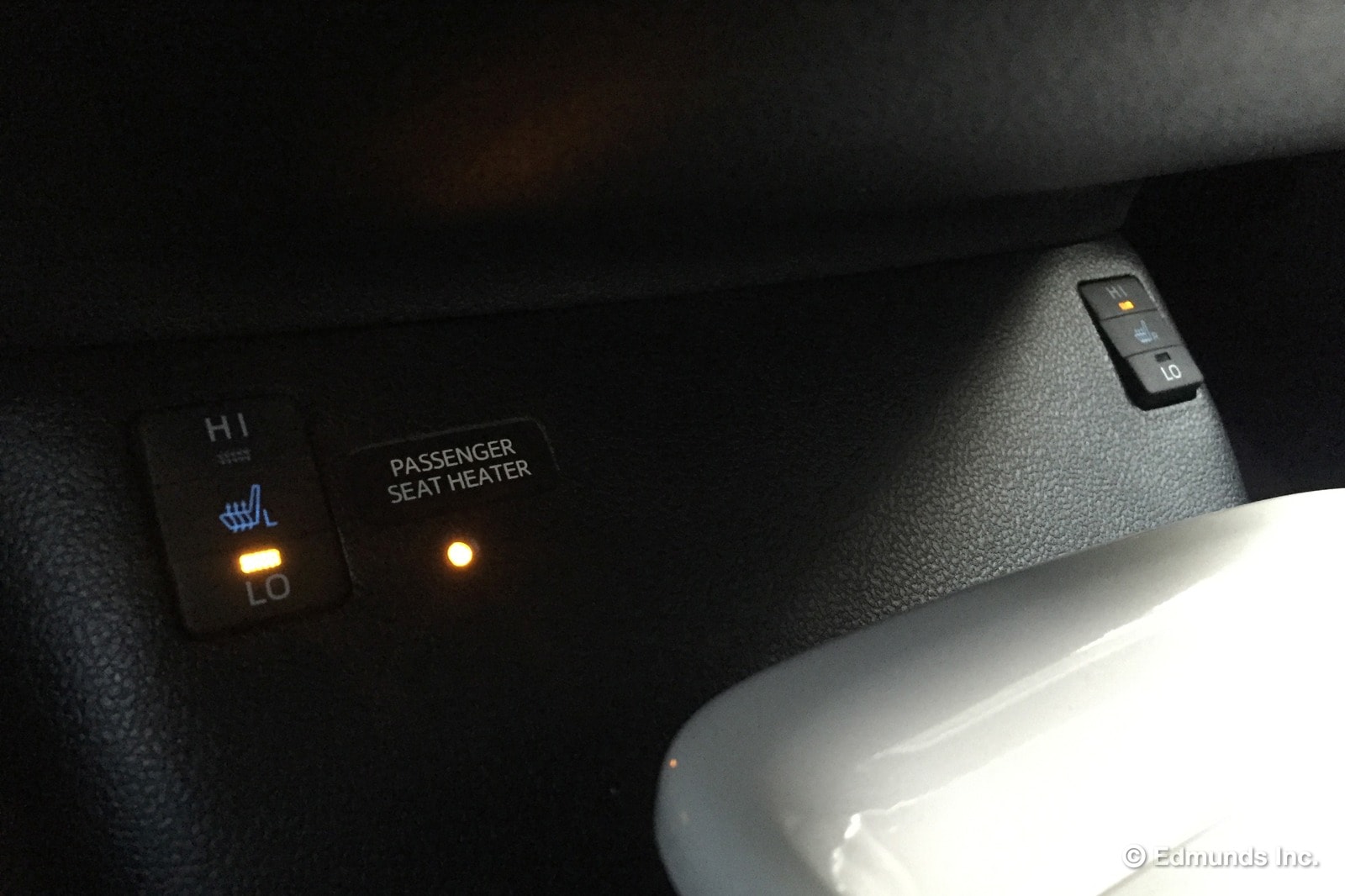
There's also a little light next to the driver's heater switch to let you know if the passenger seat heater is turned on. It's kind of nifty, but it's a workaround for a problem that really shouldn't have existed in the first place.
There are a couple unnecessary HVAC buttons that could be excised and replaced by normal seat heater buttons. The OFF button can be removed, with that control shared with the fan speed button. I am unsure if the S-FLOW feature, governed by the button in the top right corner, is one worth having on the car at all. S-FLOW limits if and how much air comes out of the various cabin vents based on how many passengers are in the car.
Do away with those buttons, put the seat heater controls in their place and you're good to go. Or just throw another couple buttons in the massive blank space on the shifter panel. Or put them near the cupholders. Anywhere but where they are now.
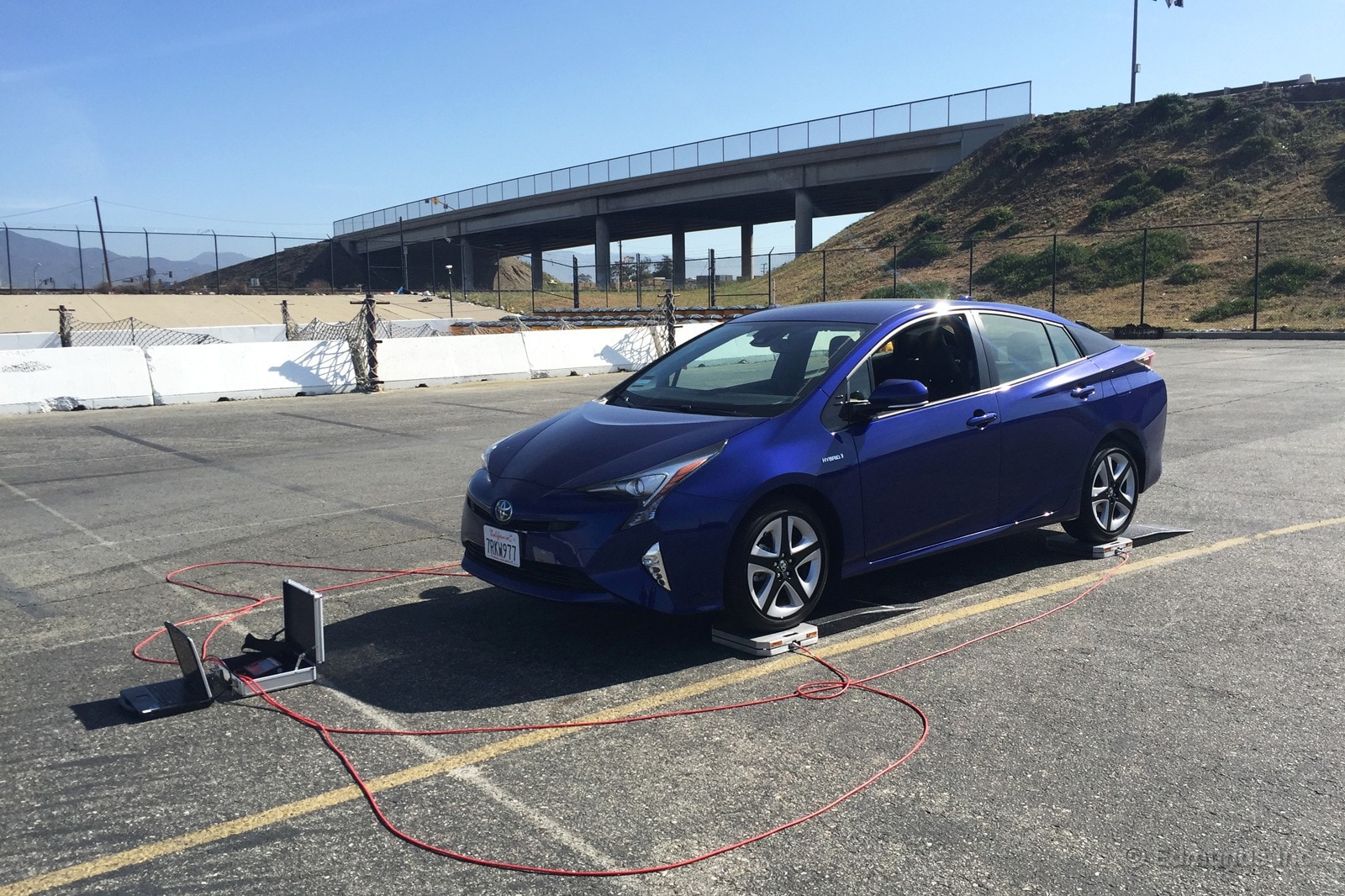
Our all-new long-term 2016 Toyota Prius is one of the most fuel efficient and practical vehicles on the market. We were so impressed with our initial test that we went out and bought one for our long-term fleet.
While the Prius might post some impressive numbers at the pump, we weren't expecting much at the track, especially after testing our long-term 2016 Toyota Mirai. We definitely don't foresee many Prius owners signing up for track days. Read ahead to see how the Prius performs.
Vehicle: 2016 Toyota Prius
Odometer: 1,606
Date: 4/26/2016
Driver: Jonathan Elfalan
Price: $32,765
Specifications:
Drive Type: Front-wheel drive
Transmission Type: Electronically controlled continuously variable transmission (ECVT)
Engine Type: Hybrid powertrain with gasoline inline four-cylinder engine
Displacement (cc/cu-in): 1,797/109.7
Redline (rpm): None indicated
Horsepower (hp @ rpm): 95 @ 5,200 (gasoline)/121 hybrid system net power
Torque (lb-ft @ rpm): 105 @ 3,600
Brake Type (front): One-piece ventilated discs with single piston sliding calipers
Brake Type (rear): One-piece solid discs with single piston sliding calipers
Suspension Type (front): Independent MacPherson strut suspension with stabilizer bar
Suspension Type (rear): Double wishbone with stabilizer bar
Tire Size (front): 215/45R17 87V
Tire Size (rear): 215/45R17 87V
Tire Brand: Yokohama
Tire Model: Blue Earth S34
Tire Type: Standard low-rolling resistance
As tested Curb Weight (lb): 3,119
Test Results:
Acceleration:
0-30 (sec): 3.5 (w/ TC on 3.6)
0-45 (sec): 6.3 (w/ TC on 6.4)
0-60 (sec): 10.1 (w/TC on 10.2)
0-60 with 1-ft Rollout (sec): 9.8 (w/TC on 9.8)
0-75 (sec): 15.3 (w/TC on 15.3)
1/4-Mile (sec @ mph): 17.4 @ 79.7 (w/TC on 17.4 @ 79.9)
Braking:
30-0 (ft): 30
60-0 (ft): 117
Handling:
Skid Pad Lateral acceleration (g): 0.83 (0.80 w/ESC on)
RPM @ 70: None indicated
Comments:
Acceleration comments:
The Prius seems to lack that off-the-line electric motor torque you've come to expect from hybrids and EV's. We didn't notice a change in acceleration sensation when "power" mode was selected and going immediately to full throttle (it likely changes the throttle pedal profile only), but the times did improve slightly with power mode engaged. Power between the gas engine and electric motor are integrated so well that that they feel like one power source. The gas engine isn't particularly pleasant sounding as it works to keep up with acceleration demands and funnels its motivation through the ECVT. Under power braking (pressing the brake pedal and accelerator simultaneously), the car will allow the engine to rev up but will display a message on the center screen that both brake and accelerator pedals are being pressed (in case you were doing so inadvertently.) The Toyota Mirai will disable power if this happens, whereas the Prius will operate like a regular car and leave the line when you lift off the brakes. The quickest run, which wasn't quick at all, was the second run with power mode engaged and no power braking (no wheelspin with traction disengaged too). Runs got successively slower following the second, as battery stores diminished and hybrid systems warmed up.
Braking comments:
The Prius' brake pedal is soft, but has a short travel and reaches the end of its stroke pretty quickly. There's a moderate amount of sound in the cabin from tire squeal and brake actuation. The Prius shifts around and squirms a little under hard braking as it's coming to a stop, but maintains a relatively straight path. Nose dive is pretty mild and braking distances seem pretty consistent overall. There is a slightly detectable odor after all runs have been completed. Under normal braking conditions, the pedal modulation is easy and feels relatively natural compared to when you're stomping on it for maximum braking in an emergency.
Handling comments:
Skidpad:
Consistent with the hype that's been surrounding this generation, the 2016 Prius does handle better than any generation before it. It behaves very predictably around the skid pad when all systems are turned off, and surprisingly they stay off when you ask them to. And even with the stability control systems turned on, the braking intervention from the computer feels pretty mild as long as you aren't driving erratically and maintaining a relatively clean line. In more aggressive transient turns (see erratic driving), the brakes will grab and slow the car pretty aggressively to try and dial out understeer as quickly as possible. Otherwise, the system has some surprisingly liberal limits considering what previous-generation Priuses were tuned for. The steering feel/feedback still isn't great and there's a dead spot where the wheel is on center, but the steering's weight feels pretty nice and not overly boosted as it usually is.
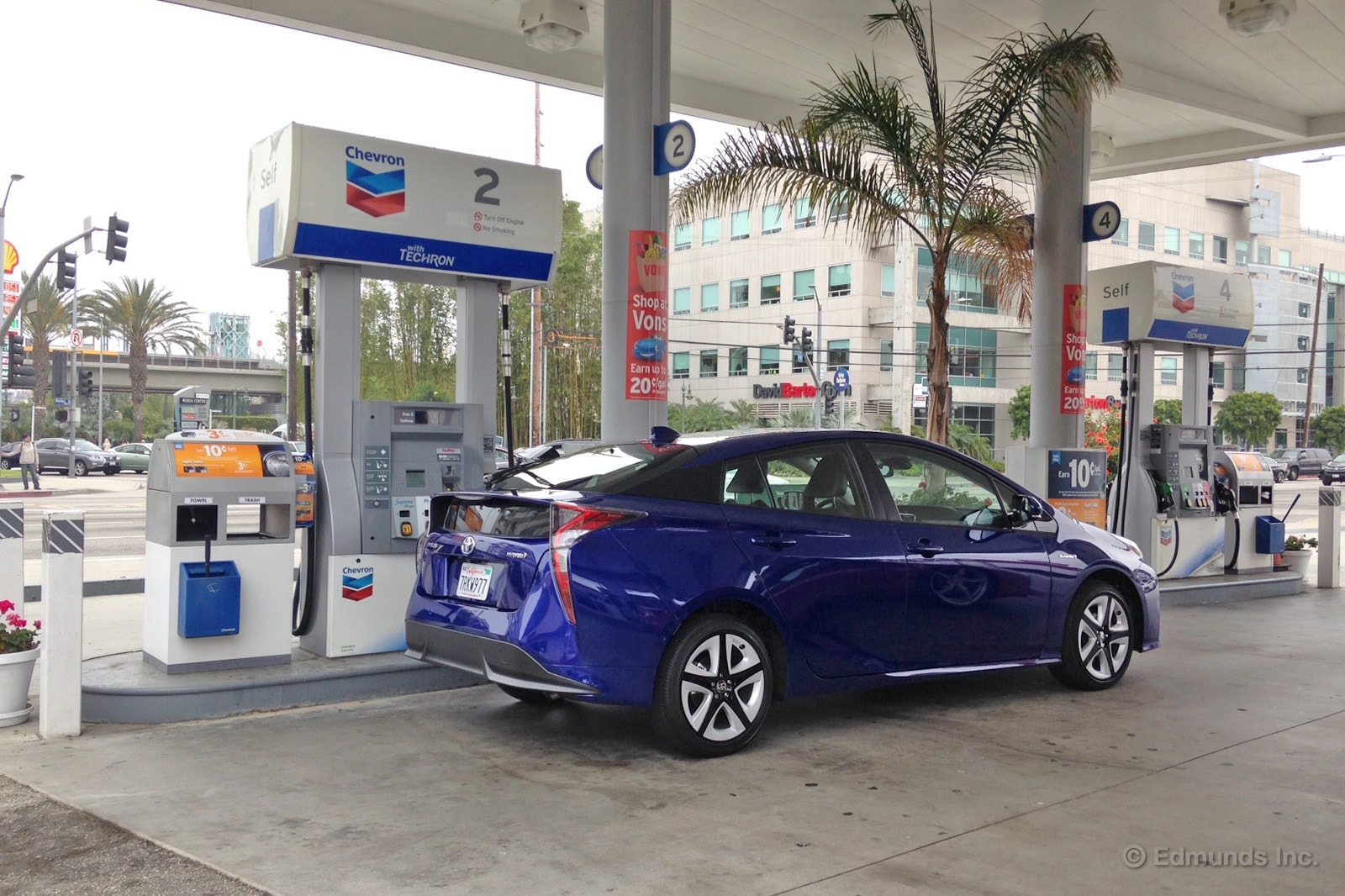
Good thing: our long-term 2016 Toyota Prius goes a long time between fill ups. Bad thing: It therefore takes a long time to accumulate enough fill ups to report on its fuel economy.
Nevertheless, after two months and more than 2,000 miles, we can report that our long-term Prius is returning 48.6 mpg. That contrasts to its EPA-combined figure of 52 mpg, but we've also seen fill-ups good for 54.3 mpg and 52 mpg without any special effort on our part.
More time, more miles and more fill-ups are still needed to provide a better picture of just how efficient the new Prius can be.
Lifetime Average: 48.6 mpg
Best Fill: 54.3 mpg
Worst Fill: 42.3 mpg
Best Range: 380.4
Total Miles: 2279
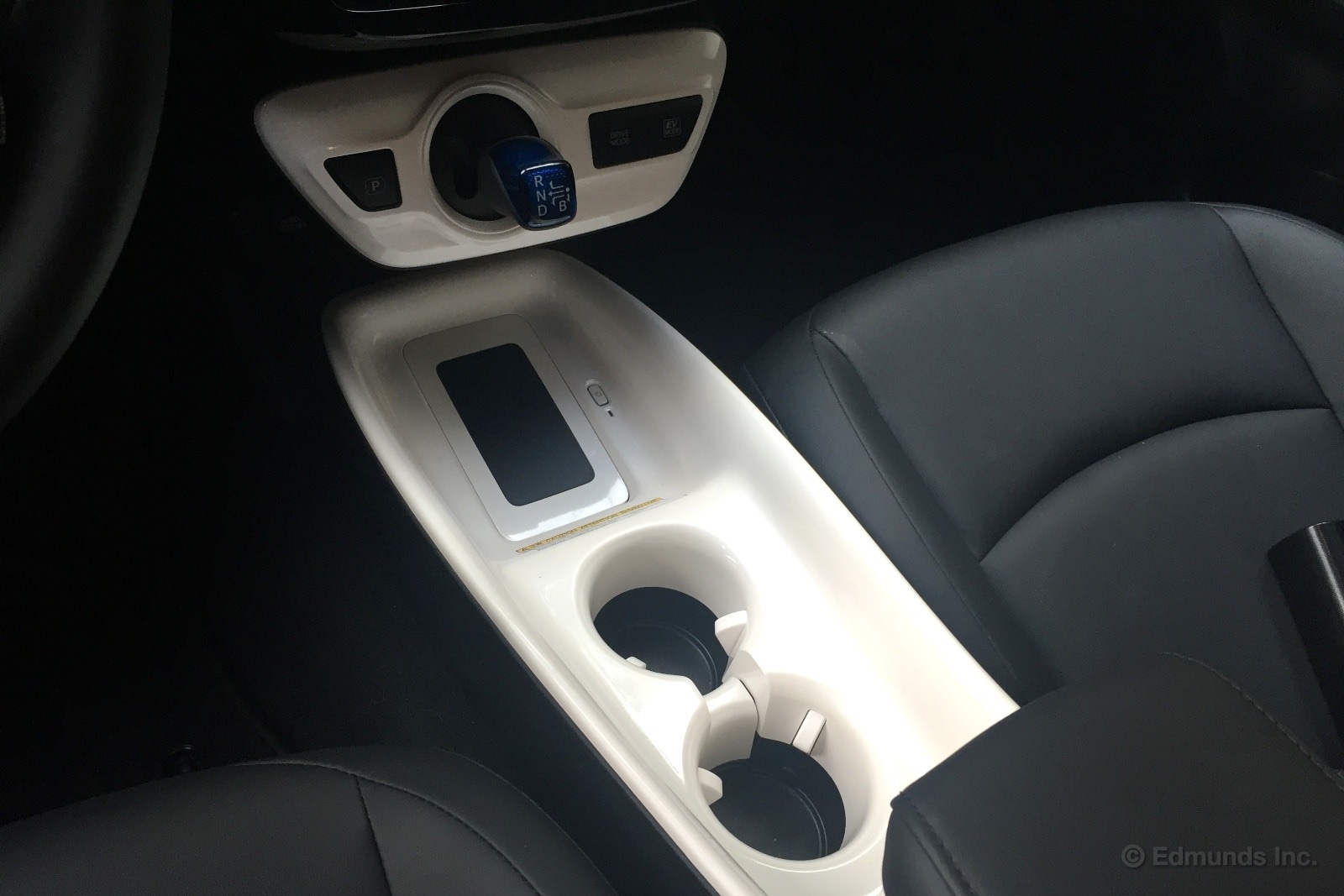
Just a quick riposte to Editor Langness, who opined that the white plastic trim inside our 2016 Toyota Prius has simply "got to go." In fact, it's great and I wouldn't want a Prius without it. It reminds me of the first-generation Chevy Volt, a variety of Apple products and other techy things that are cool. I give it a mental nod of approval every time I hop in.
I would attempt to assassinate Travis' character by noting that he drives an Integra, but I've owned two myself, so that doesn't work. Hey, some things just can't be explained.
But even if you're inclined to agree with him, I'd put it to you that the white plastic is the very least of this car's aesthetic issues. Oof! That styling. It's nothing if not bold.

Front parking sensors are a nice feature to have — when you're parking. When you're creeping along in bumper-to-bumper traffic? Not so much.
I've driven a whole lot of cars with front parking sensors, and not once have I triggered them while sitting in traffic. Maybe there's just something about our 2016 Toyota Prius that emboldens me to get really close to the car ahead, but whatever the case, I got multiple such warnings yesterday on the slow commute home.
Here's a video. It doesn't look like I'm that close, does it? But beep-beep-beep, there it is. And once it starts beeping, there's no "serenity now!" button. It doesn't stop until the proximity situation is resolved, which means waiting for the car ahead to inch forward. During rush hour, that can take a while.
The Prius manual (page 339) states that the front parking sensors are triggered at a distance of 3.3 feet. Doesn't seem too conservative, but maybe it is compared to other systems.
All I know is, if my Prius had this feature, I'd be inclined to turn it off in traffic and then reactivate it for parking purposes. Fortunately, the control interface (see top photo) stays active on the instrument panel until you tell it to go away, and you just press a button on the steering wheel to turn the system on or off.
Still, not ideal.
Racing Improves the Breed, Or the Other Way Around

[Note: Prius not shown above.]
One of the more astounding things about our long-term 2016 Toyota Prius — and its predecessors — is how immune to mistreatment it is despite its enormous technical complexity. This is not to be taken lightly. Toyota has done a masterful job of making the Prius' hybrid powertrain as reliable as the sunrise. This robustness is an industry triumph and one of the keys to the car's widespread acceptance by consumers over the years.
Which is what makes Toyota's loss at the 24 Hours of Le Mans last weekend that much more puzzling.
If you haven't heard, Toyota lost the storied 24-hour endurance race when their leading TS050 Hybrid racecar broke down on the last lap. They'd had a dominant run up to that point and were a single lap from what would have been a historic first-ever Le Mans victory for the company. Seeing the Toyota coast to a halt in front of the pits mere minutes from jubilation was as crushing a sight as I've ever witnessed in motorsport.
The cause was "a technical defect on a connector on the air line between the turbocharger and the intercooler," which I interpret as a broken intercooler coupler. Basically, a tube that holds the boost in sprung a leak. Other outlets are reporting this as a "turbo-related failure." Nope. This is a "charge plumbing-related" or "air intake-related" failure. The turbo actually functioned flawlessly. By the same logical extension, you could say this was an "engine-related failure." But I digress.
This component failure obviously needs attention. However, the situation is worse than merely a bad clamp. The more troubling problem here is that Toyota did not implement adequate fault tolerance into their racecar. Let me explain.
Fault tolerance is a system's ability to cope with component failure. A small issue shouldn't result in a larger one. Neel at Apex Speed Technology, a motorsports calibrator unrelated to this Toyota program, summarizes the fault tolerance he applies to the Porsche 997 race cars he calibrates thusly: "You can unplug almost every sensor on the engine — crank position, coolant temp, mass airflow, throttle position, everything but one cam position sensor — and the car will still run and drive. The idle won't even waver."
Now, a normally aspirated non-hybrid Porsche is certainly less complex than the TS050. But the the TS050 suffered only a relatively minor anomaly and not the loss of nearly every engine sensor. The blown-off intercooler hose resulted in some loss in boost pressure. That's all. A smart engine calibration, upon detecting the loss in boost pressure on that cylinder bank and/or rise in turbo speed (they run turbo speed sensors) would have seamlessly transitioned to an alternate strategy that controlled the engine based primarily on, say, turbo speed and the pressure ratio across the inlet restrictor. No stopping, just a reduction in power. And perhaps not even a significant power reduction, depending on how severe the boost leak was.
Instead, the Toyota ran for about a minute in a limp-home mode (capped to about 6,000 rpm, down from about 9,000), and then ground to a halt. The driver, on the radio with engineers in the pits, shut the car off and stayed parked for nearly a minute before the car began moving again slowly under its own power, presumably after the world's most frantic button-pushing sequence.
Who knows, perhaps even flawless fault tolerance still wouldn't have staved off the hard-charging Porsche during that final lap. And it'd be a stretch to say that the purpose-built TS050 racecar has much to do with a production Prius. But that a relatively minor failure led to total electronic breakdown is completely at odds with the corporate philosophy that resulted in the latter.
Maybe the Prius calibration team should pay a visit to the race shop.
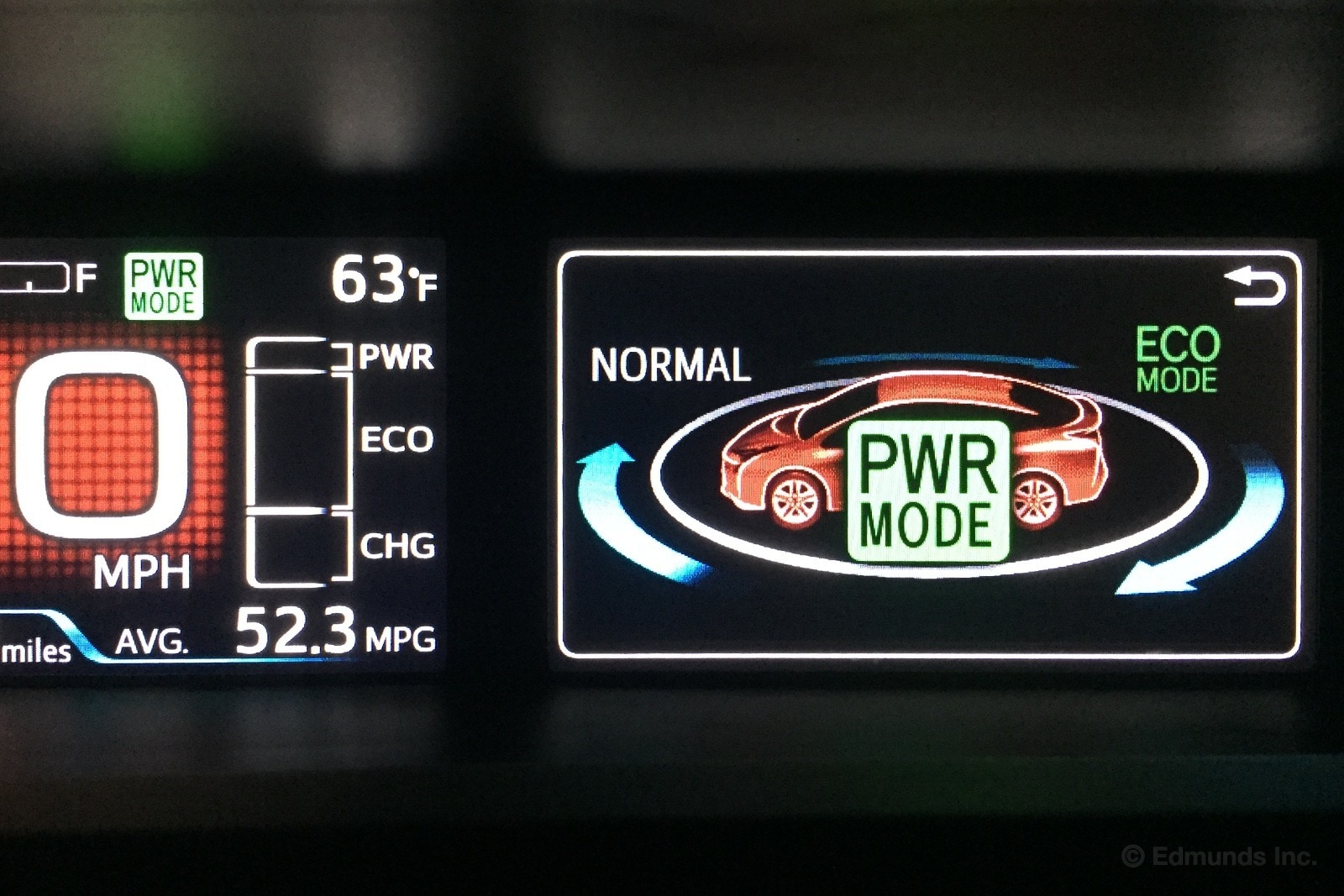
This is what the instrument panel of our 2016 Toyota Prius looks like when you select "Power mode." Inspiring, right? There's a mode-selector button down by the shifter that cycles through Eco, Normal and Power, with the implication that you get more performance with each press ("enhanced accelerator response," says the manual on page 321).
The seat of my pants cannot confirm that. I tried all of the modes back-to-back, and yeah, maybe the throttle in Eco feels less energetic. But maybe I just thought so because I saw the "Eco mode" graphic on the dash. All I can say for certain is that there's not a dramatic difference from mode to mode.
Here's my point, though: no matter which mode you're in, the new Prius actually feels lively when you're zipping around town. And in Prius Land, that counts as real and surprising progress.
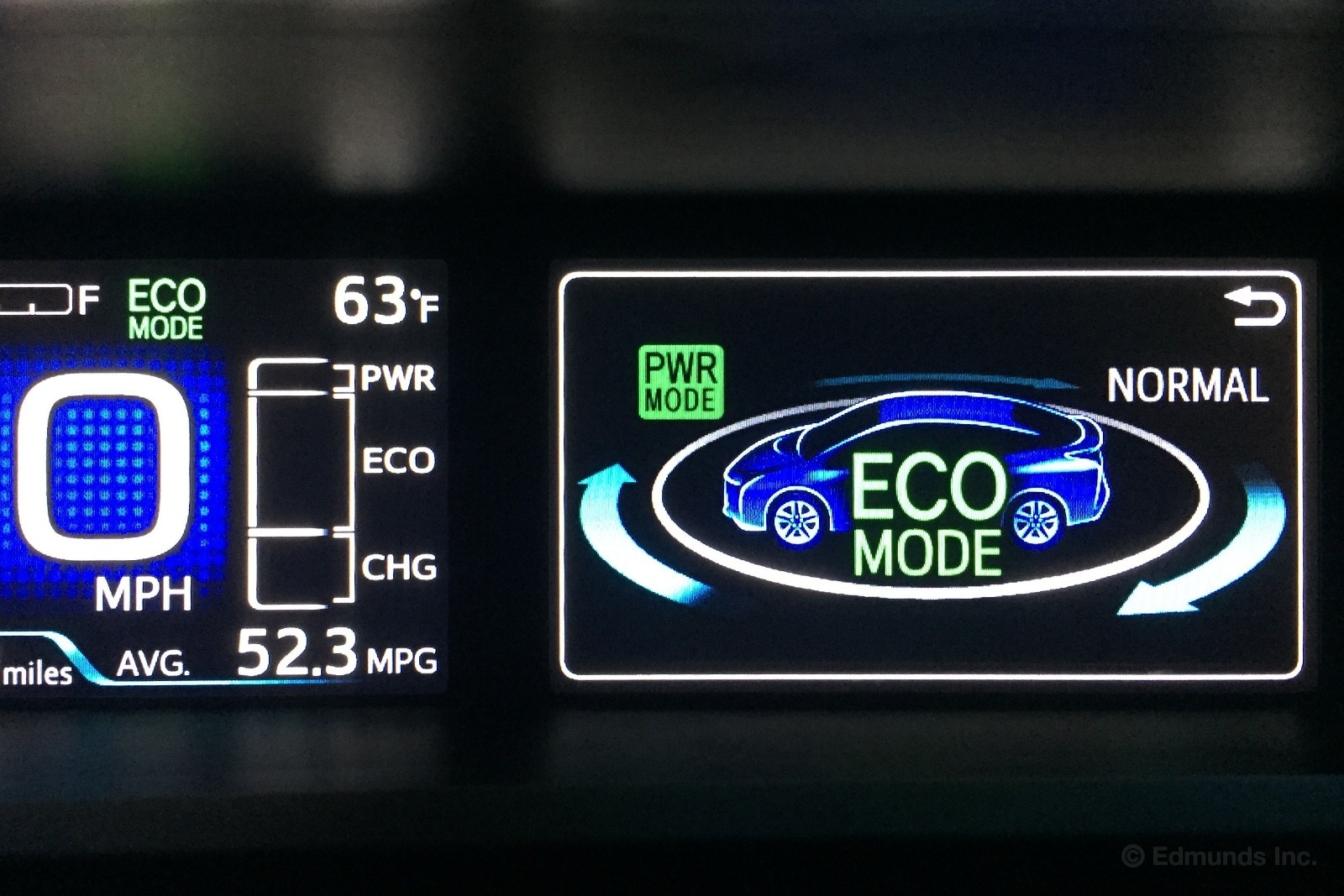
For 2009 — the final year of the second-generation Prius — I reported that the car accelerated without "the slightest bit of enthusiasm." Things didn't improve much with the third-generation car, which we deemed "far from sprightly."
But even though the new fourth-gen car only shaves about half a second off the 0-60 time (improving from 10.2 seconds to 9.8 in our testing) there's a "wheee!" factor at low speeds that just wasn't there before. The electric motor feels eager to help, and in general there's a sense that you're scooting along with minimal effort. This is not a feeling that past Priuses were known to provide.
To be honest, I've liked the Prius ever since it became a hatchback for the second generation. It's spacious and practical, and I can't help but admire the fuel economy. But I never liked the way it picked up speed. Until now.
Better Road-Trip Car Than Ever
I'm not going to sit here and tell you that the 2016 Toyota Prius is night-and-day better on a road trip than its predecessors. To be honest, I've had an appreciation for this car since the second-generation model (the first hatchback) came out a decade ago. The Prius catches a lot of flack from the cognoscenti, but I've always seen it as a roomy, practical hatchback that rides softly and oh yeah, gets 50 mpg. Those are great road-trip credentials, and you don't have to buy the new fourth-generation car to enjoy them.
Having said that, there's no doubt that the latest Prius is more stable at highway speeds than earlier models. It's got more gravitas, you might say, even though it actually lost a few pounds in the redesign.

In my experience, cars either inspire confidence on the open road or they don't. Previous Priuses never gave me that confidence, despite the strengths mentioned above. But the new one's got what it takes. As noted in our full review, there are a few specific changes that could explain this, including a lower, wider stance and a new double-wishbone rear suspension. The quieter interior helps, too, adding to the overall sense of refinement.

Whatever's going on here, it's all good in terms of the driving experience. The Prius took three hikers to Big Pine and back — that's three-plus hours each way — and we were favorably impressed by the car's comfort and composure. I was a little hesitant to pick the Toyota ahead of the more predictable road-trip cars in our fleet, but I won't be next time.
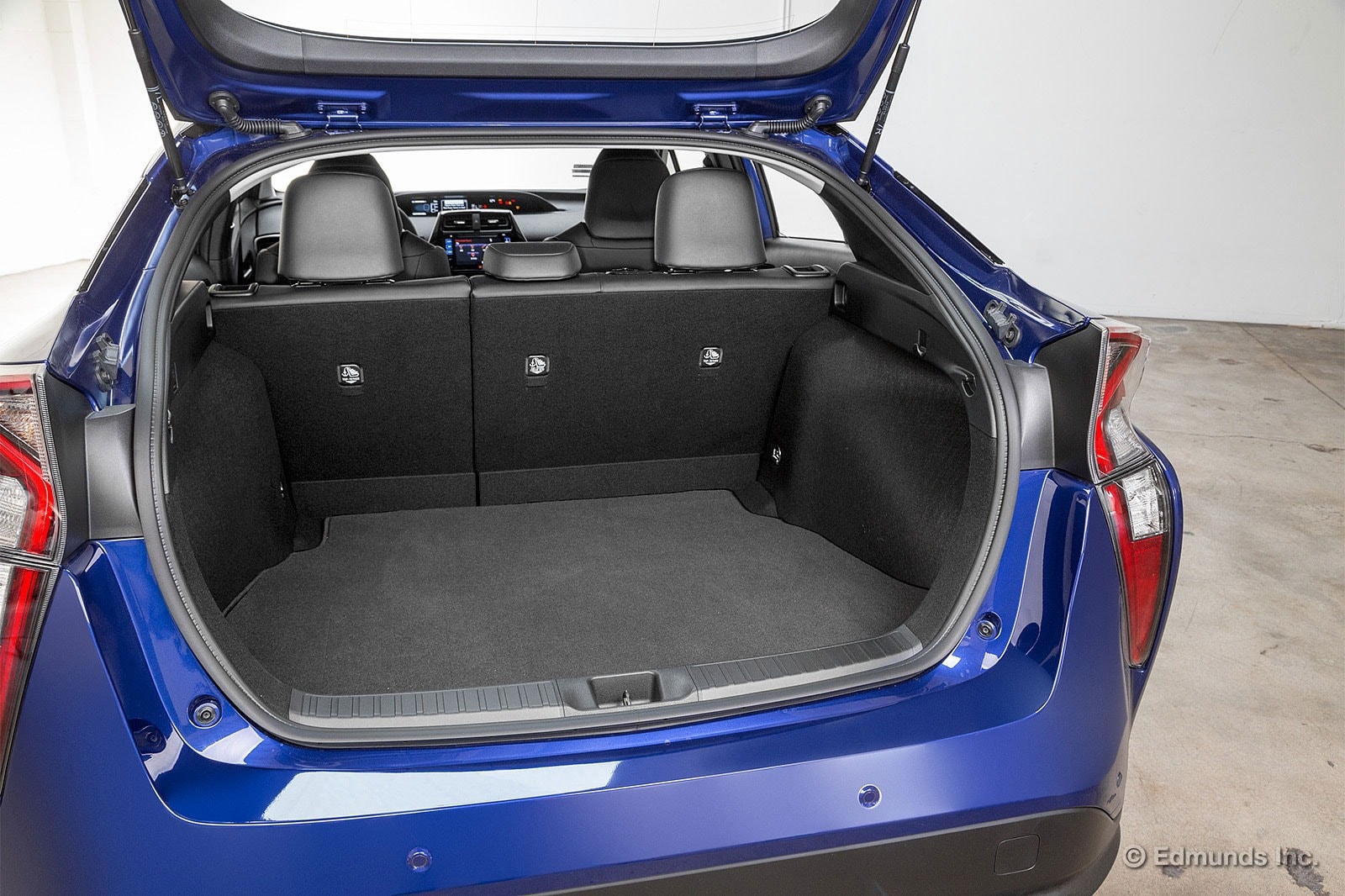
Will the luggage fit? To answer this question we loaded our 2016 Toyota Prius with bags in different configurations and took photos. What constitutes carry-on luggage varies depending upon who you ask. So for the sake of standardization we used the same blue carry-on bag — size (21 x15x10 inches) and red checked bag — size (30x20x13 inches).
Take the jump for photos and more detail...
Access to the cargo area
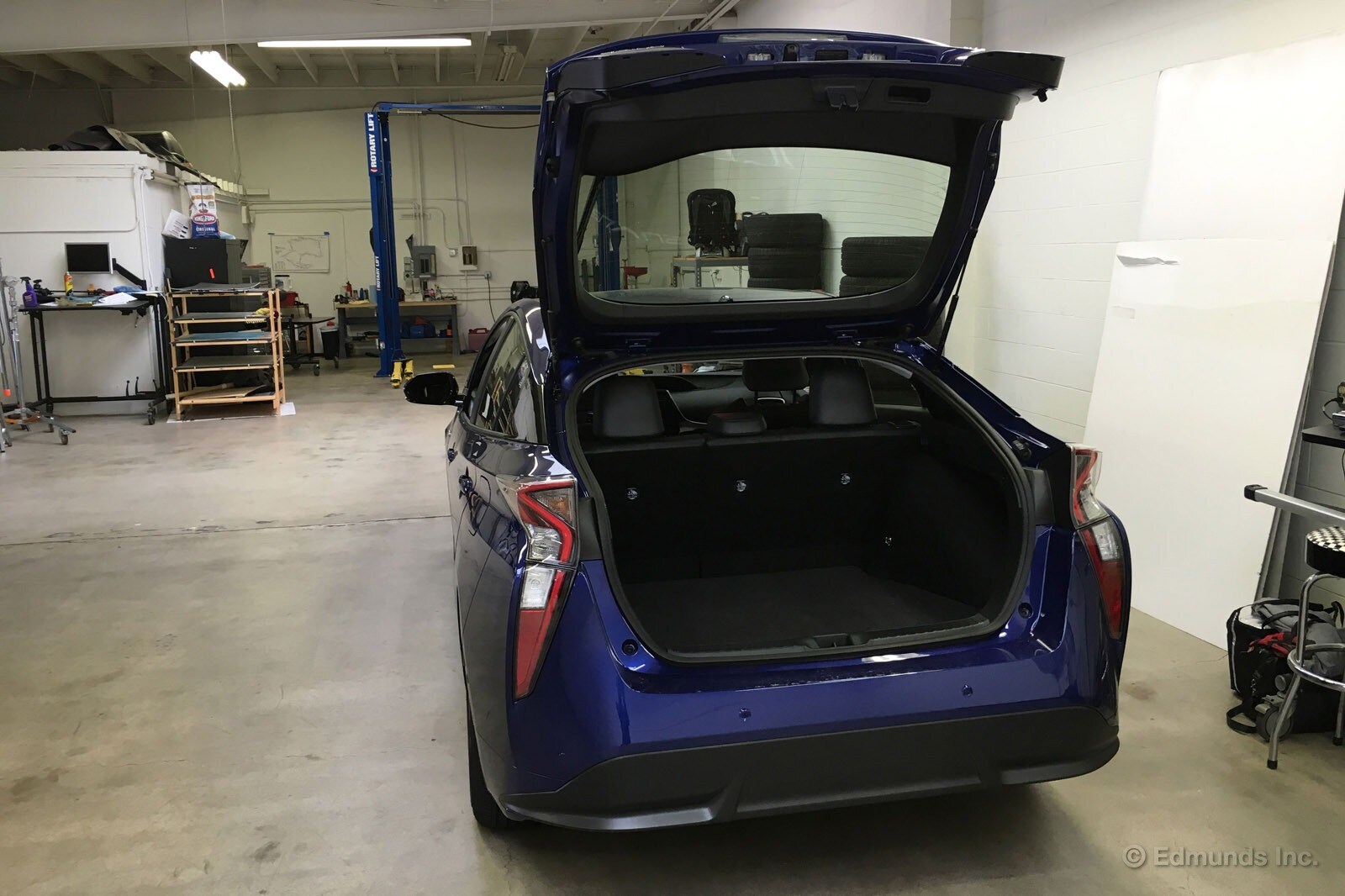
The rear door opens wide to simplify the cargo loading process. This is the real benefit of the hatchback design. The load floor is about 28 inches from the ground. When opened, the hatch handle is 75 inches from the ground. The load floor width is 37 inches taken at the wheel wells.
Behind the first row
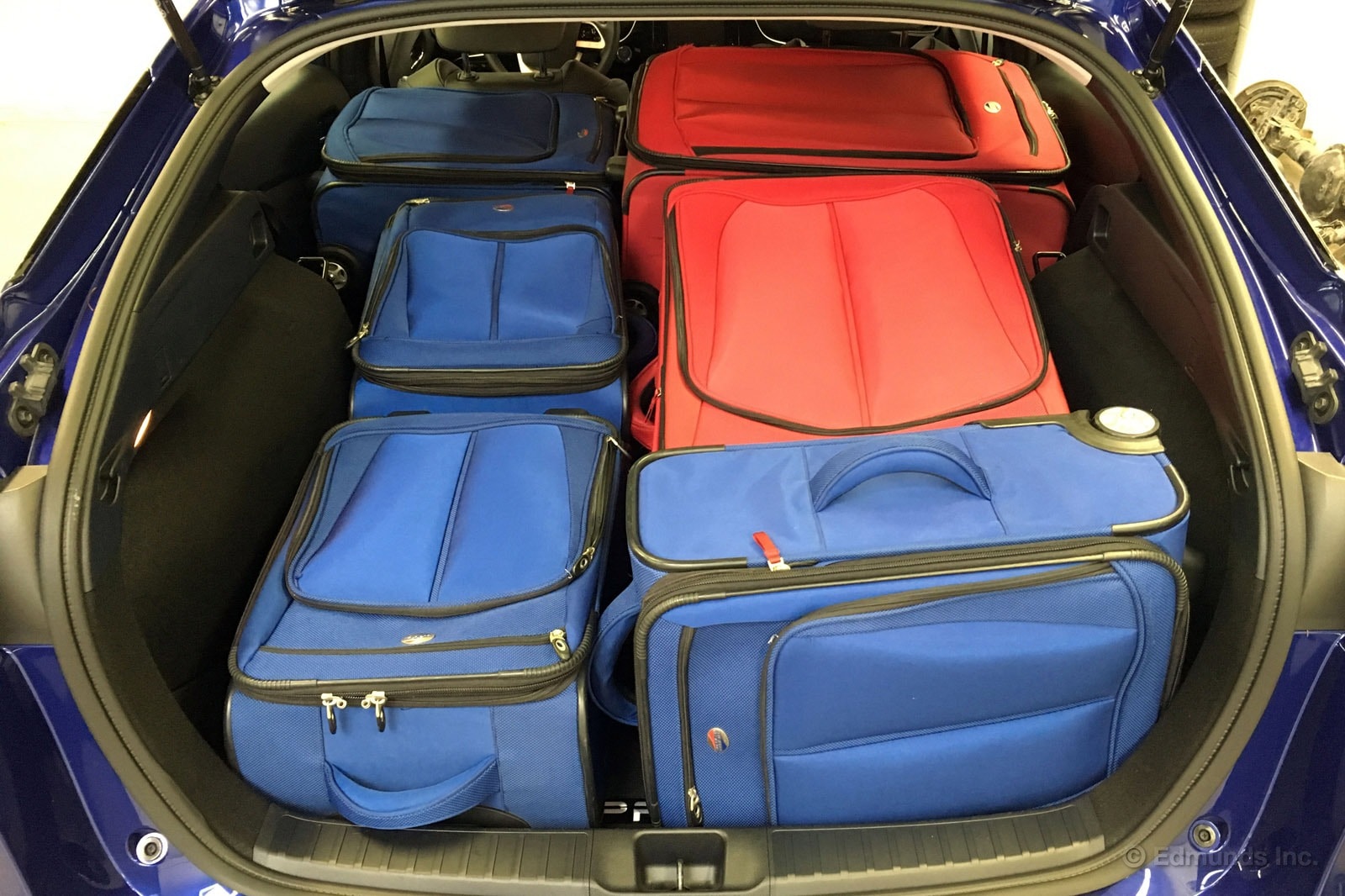
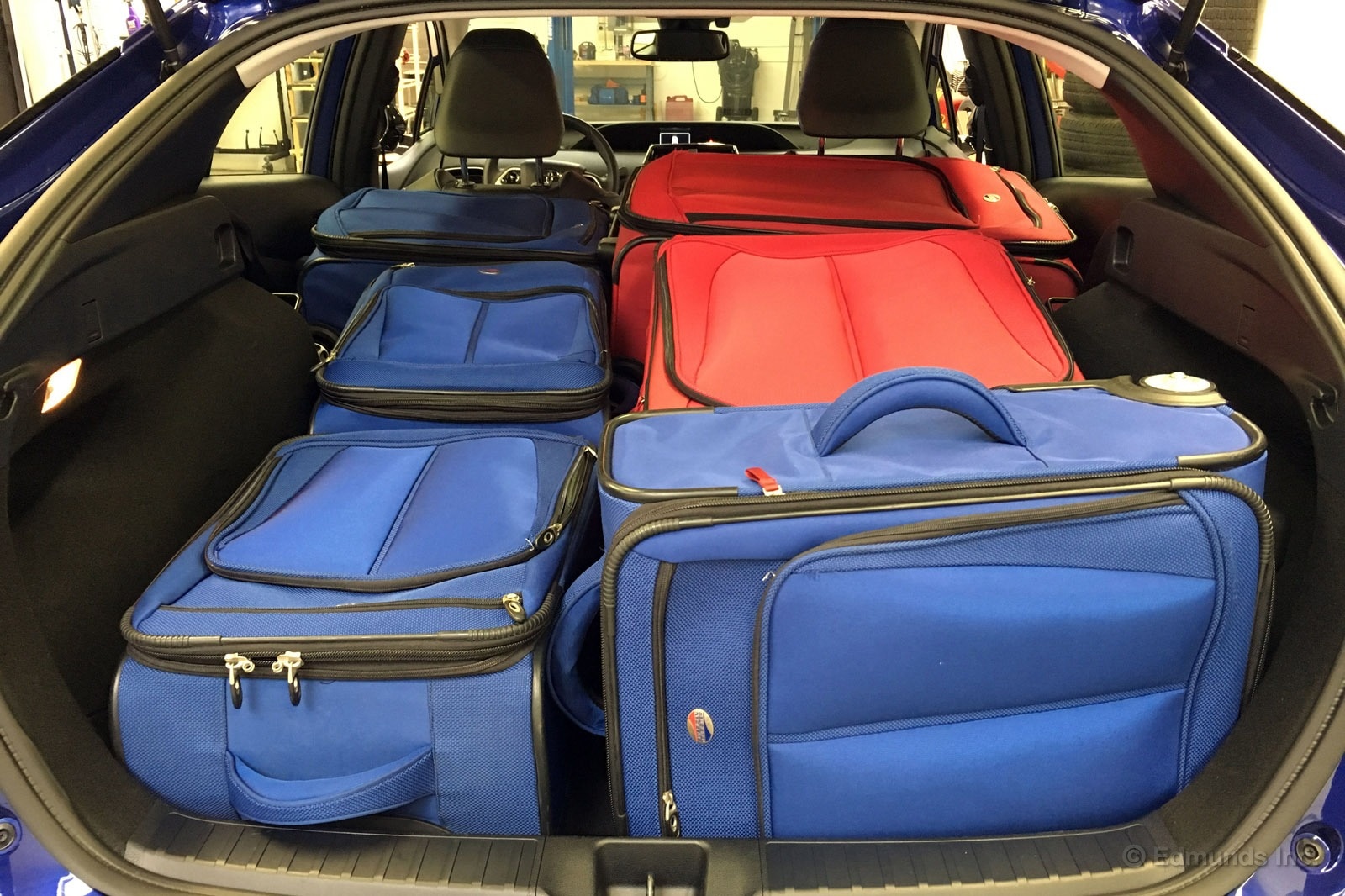
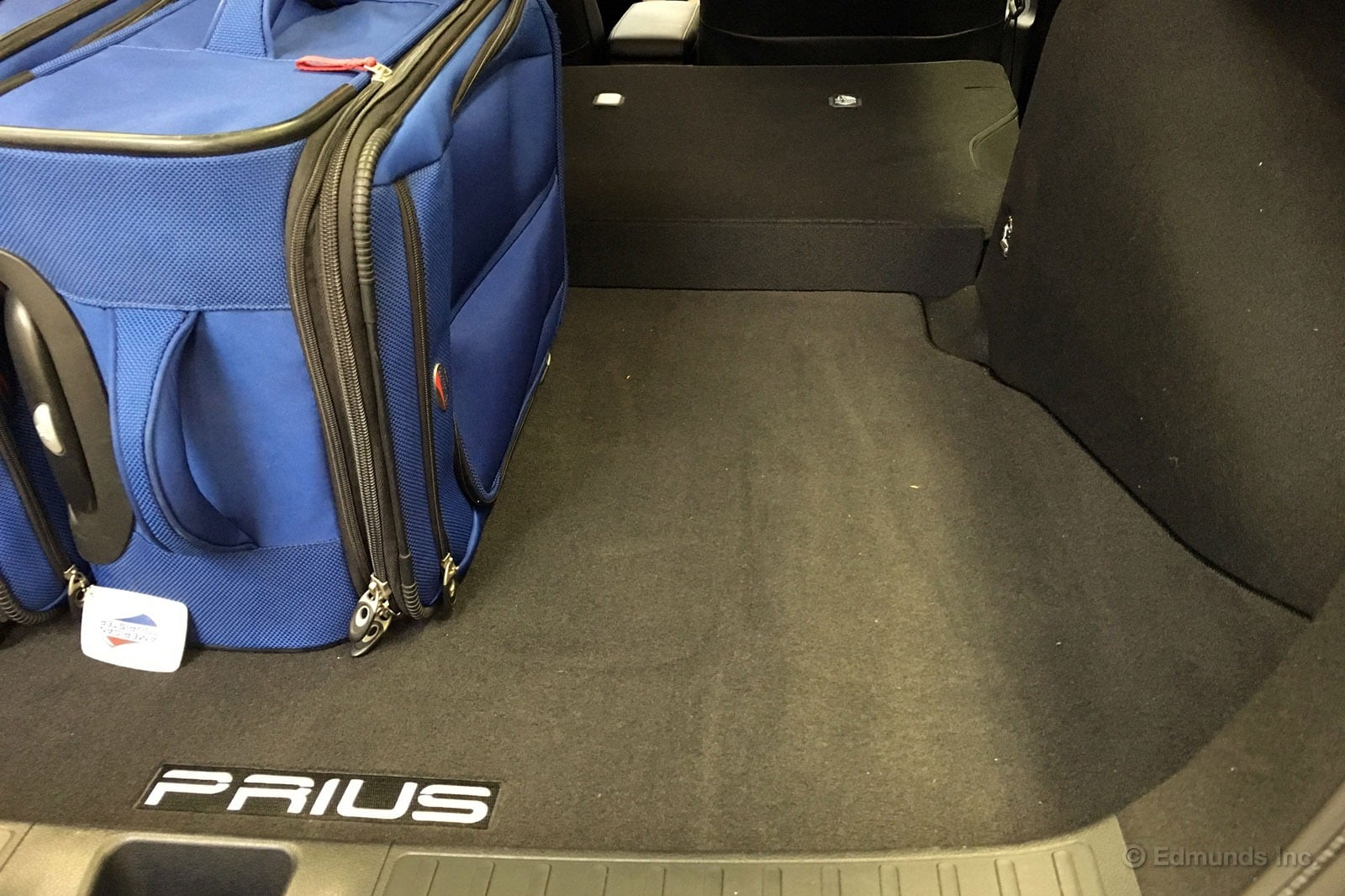
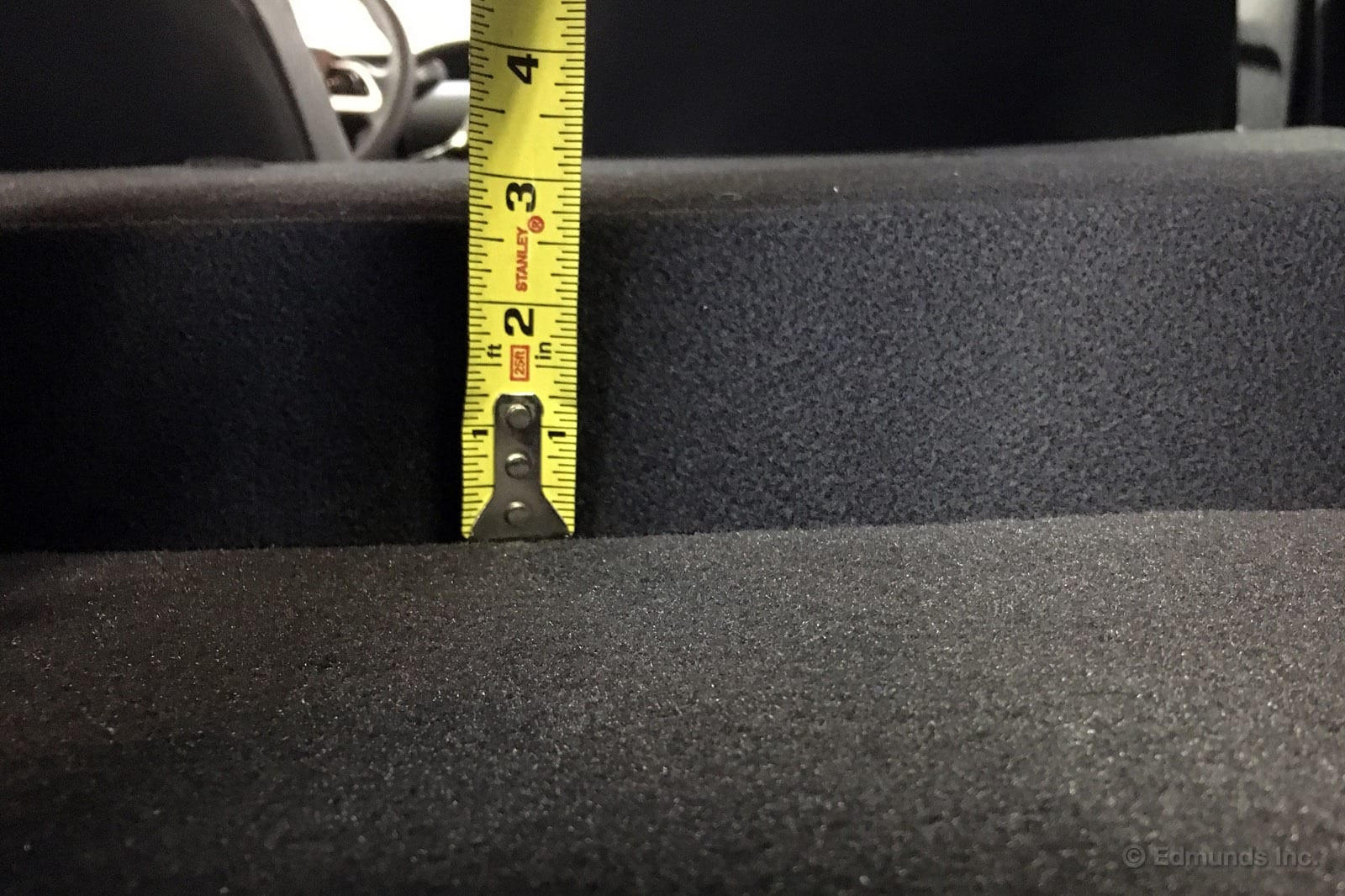
The load floor length behind the first row is 59 inches, give or take, depending upon the rake of the front seatbacks. The big point to make here is that while the second-row seats do fold flat, there is a 3-inch rise in the load floor to accommodate them.
Behind the second row
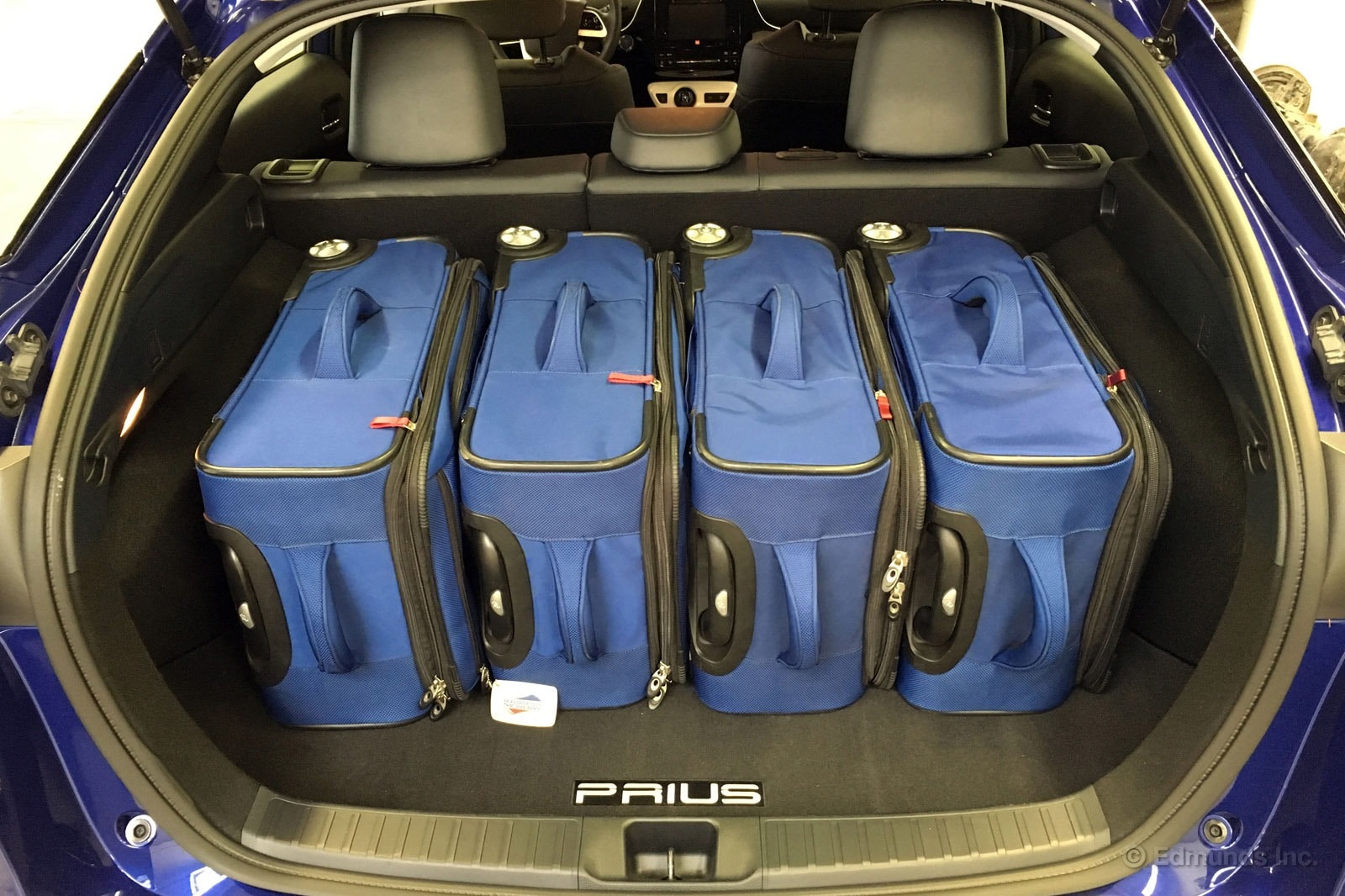
The load floor length behind the second row is 30 inches. As such it easily holds four carry-on bags side-by-side with a little room to spare.
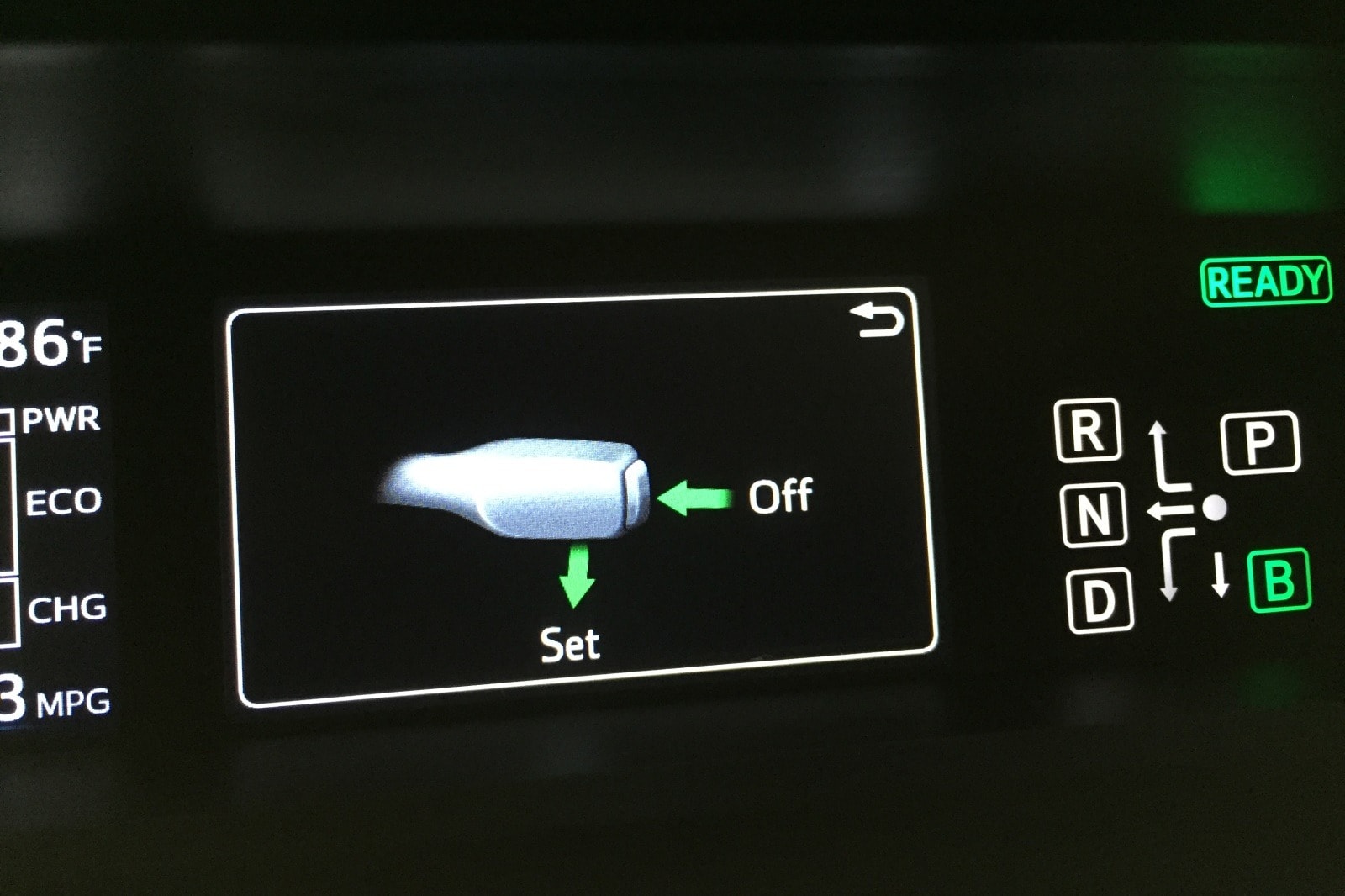
You'd be mistaken if you thought that the photo above indicated that our long-term 2016 Toyota Prius allowed cruise control to function when the "gear" selector is in B mode.
Because it doesn't.
If you're in B mode (this mode delivers increased regenerative braking action) and turn on the cruise via the little button on the end of the stalk, the main cruise icon illuminates in the instrument cluster. The display shown above flashes up momentarily. "Great!" you think. "In mere moments I shall command the vehicle to maintain my desired ground speed independently of my right-most lower torso appendage! Fantastic! I shall call this phenomenon 'cruise control'! Sorcery!" So you bump the stalk downward to set your speed, and, in a triumph of modern motoring, nothing happens.
That appears to be the long and short of it. If you select D mode (this mode delivers less regenerative braking when you lift off the accelerator) and follow the steps described above, the cruise sets normally. Switch back to B, nothing.
I'm trying to think of why Toyota chose to disallow cruise control when in B mode. Maybe (and this is only a guess) it has something to do with larger variations in set speed after long, steep descents. If the cruise is set, B mode would recharge the battery in less time than D mode would, and then the cruise will have to motor the engine sooner to provide engine braking... but perhaps the max engine braking effect delivers less retardation than does B mode, so the engineers just disallowed the combination. Yeah, it's a stretch.
Whatever, I want both increased regenerative braking upon lifting AND the cruise to function, all at the same time. I imagine others would, too.
Does the Extra Large 29er Mountain Bike Fit?
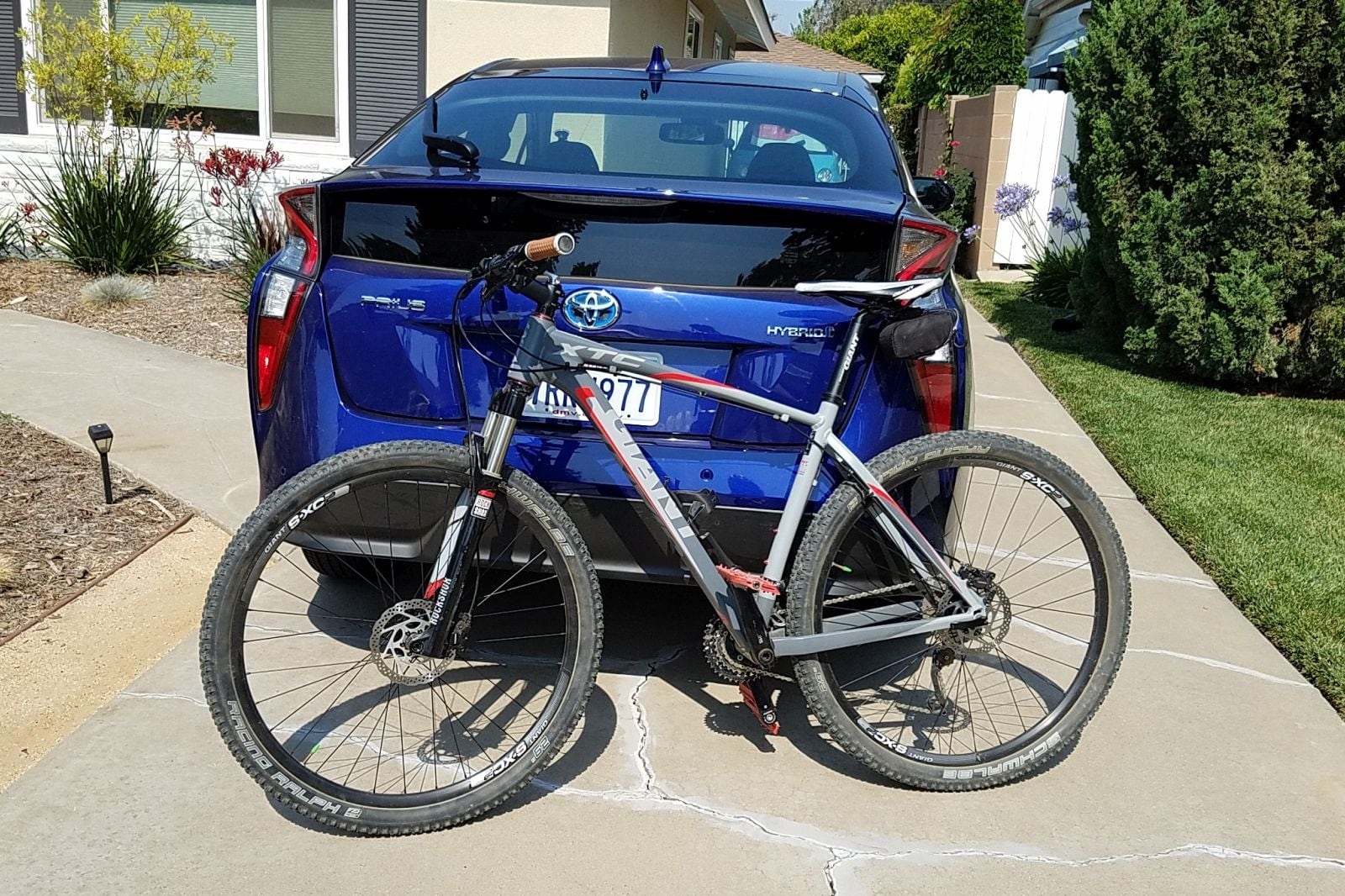
Luggage and suitcases are all well and good. What I want to know about the 2016 Toyota Prius is this, can it haul my Giant extra-large mountain bike with big 29-inch wheels or not?
It's got a hatch, which is a strong start, but its roofline has been drastically lowered for 2016. And it's not a particularly large car to begin with. This was no slam-dunk.
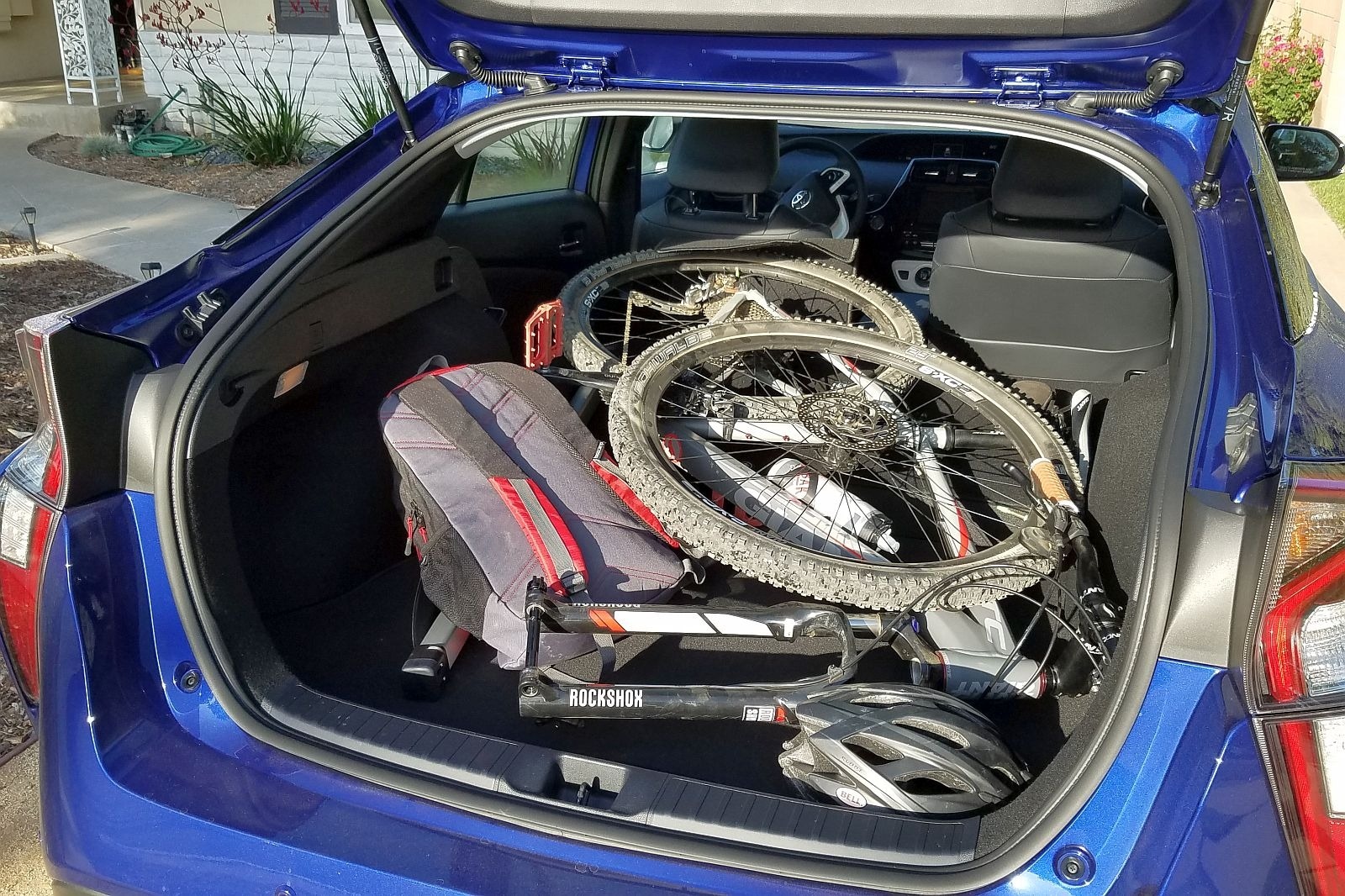
In hindsight, it was. The big bike fit in easily. All I had to do was flop down the rear seatbacks, remove the cargo cover and lift the bike in tail first. That part was easy thanks to a wide hatch opening and a low liftover height. And the cargo area is long enough that I didn't have to compromise the position of either of the front seats.
I had to remove the front wheel, of course, but I expected that going in. The important thing is I didn't have to drop my bike's seat post from its normal riding position.

As long as I'm not forced to stare at it too long, I generally applaud the extensive changes that have been applied to the 2016 Toyota Prius hybrid. Suspension and powertrain improvements have morphed it into a much better driver, and the seating position has made a huge stride forward.
That's mainly because the front seats are far less upright. But what I really appreciate is the driver seat's improved vertical range of motion. I'm 6-foot 2-inches tall, but as you can see I have tons of headroom — and that's without dropping the seat as low as it goes.
But that sunvisor is a disaster. The side window is long, the visor is not, and it lacks any sort of extendable flap or telescopic mount that would permit me to slide it back to cover the side window. You can see the annoyance etched on my face as I take matters into my own hand.
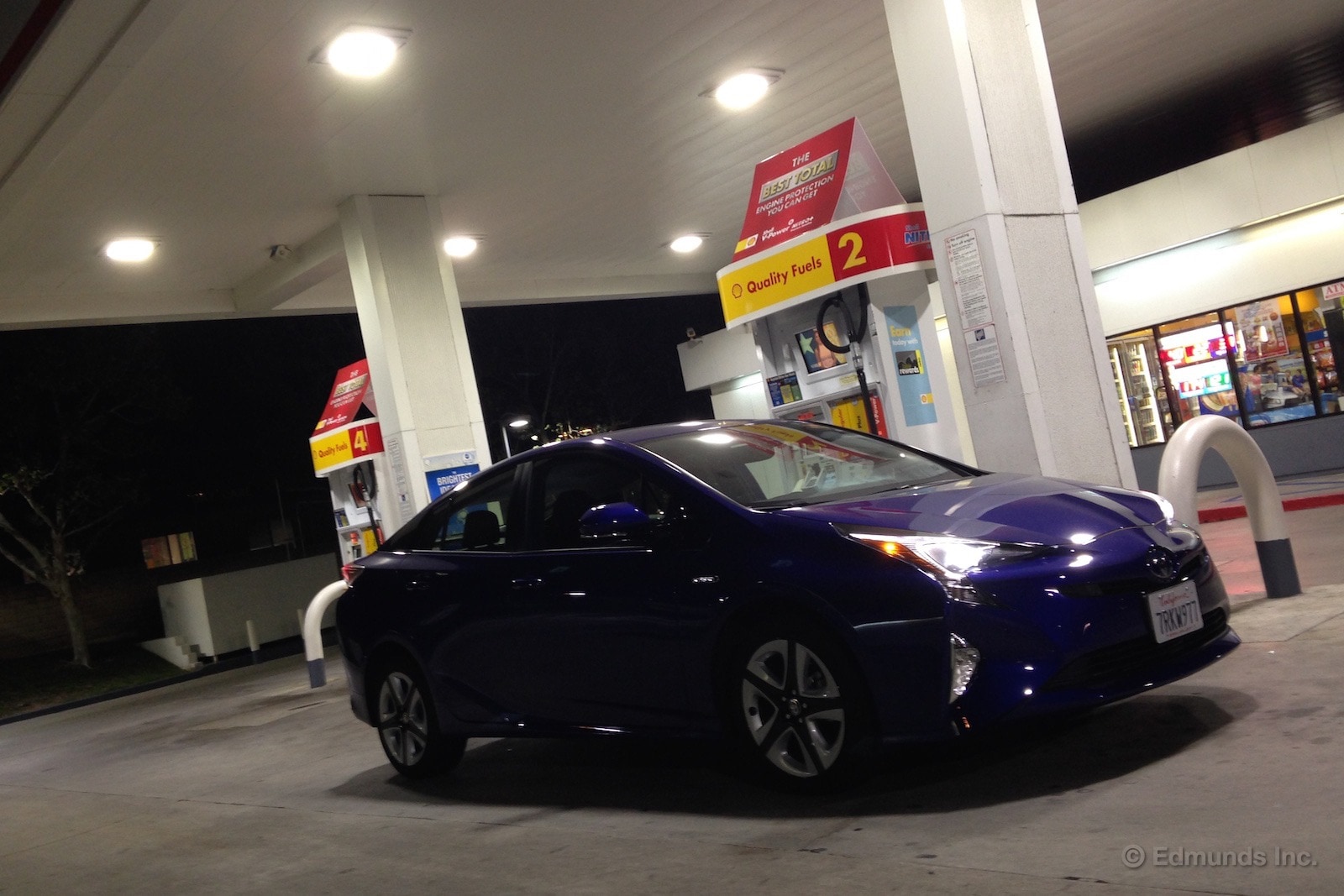
It's been two months since we reported the fuel economy of our 2016 Toyota Prius. That's not necessarily due to laziness (although I'm not ruling it out). As James mentioned in the Prius's last update, it takes a while for this thing to need fuel. Our data set just isn't growing that fast.
In June and July, we added 1,812.5 miles to the odometer and filled the tank six times. The Prius averaged 46.6 mpg over that distance. That's down a full two miles per gallon from what James reported two months ago. Granted, we're less than 5,000 miles into the test, but it's a little worrying to see the Prius nearly 5 mpg off its EPA combined rating.
The Prius has had its moments, though, like when Josh extracted 209.2 miles from 3.66 gallons of gas for the current best tank of 57.2 mpg. Fuel capacity is 11.3 gallons, so a 600-mile tank seems gettable. We'll see what we can do.
Worst Fill MPG: 42.3
Best Fill MPG: 57.2
Average Lifetime MPG: 47.6
EPA MPG Rating: 52 Combined (54 City/50 Highway)
Best Range: 381.3 miles
Current Odometer: 4,269
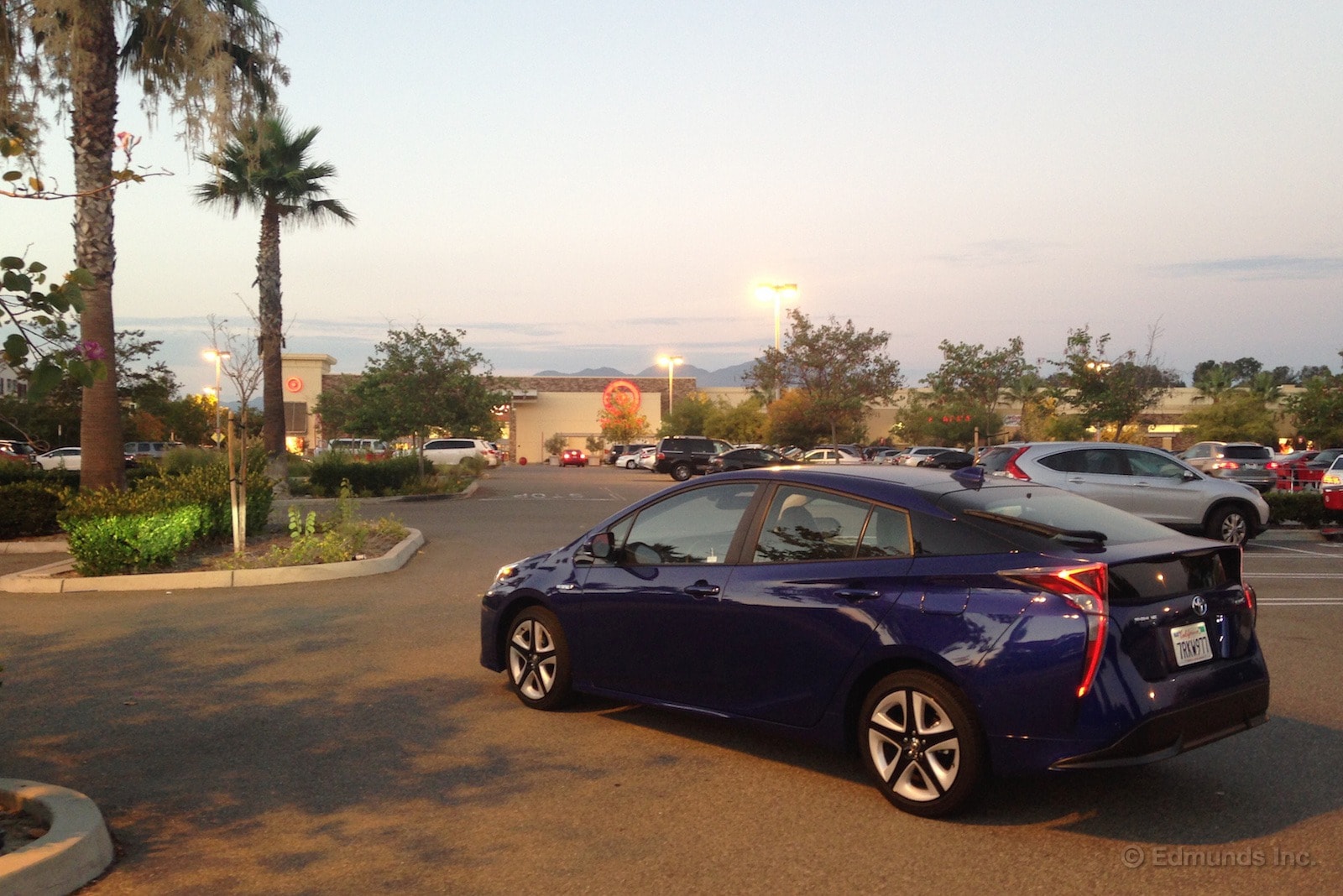
Prius or Volt?
I go back and forth over which might be the better car for me. I'm leaning 2016 Toyota Prius at the moment, but I can't pin down exactly why.
It might be that the Prius feels more agile out in 45-mph boulevard traffic, taking turns and corners. Not exactly sports-car handling (with its narrow tires, hardly), but it feels less lumbering than the Volt and certainly improves on the previous generation.
It's in these conditions, by the way, where the Prius' electric assist is sublime. From 25 mph to 50 mph, there's a seamless unspooling of power from under the hood, accompanied by that low electric whine that always reminds me of the landspeeder in Star Wars. That push-and-shove makes quick and satisfying work of city traffic and big-box parking lots alike.
Sure, most hybrids share this kind of instant electric thrust, and the Volt's got plenty of it. But there's just something about the way this new Prius drives. It's got its act together. If I had to choose, I'd take the Prius over the Volt and keep the difference in my pocket.
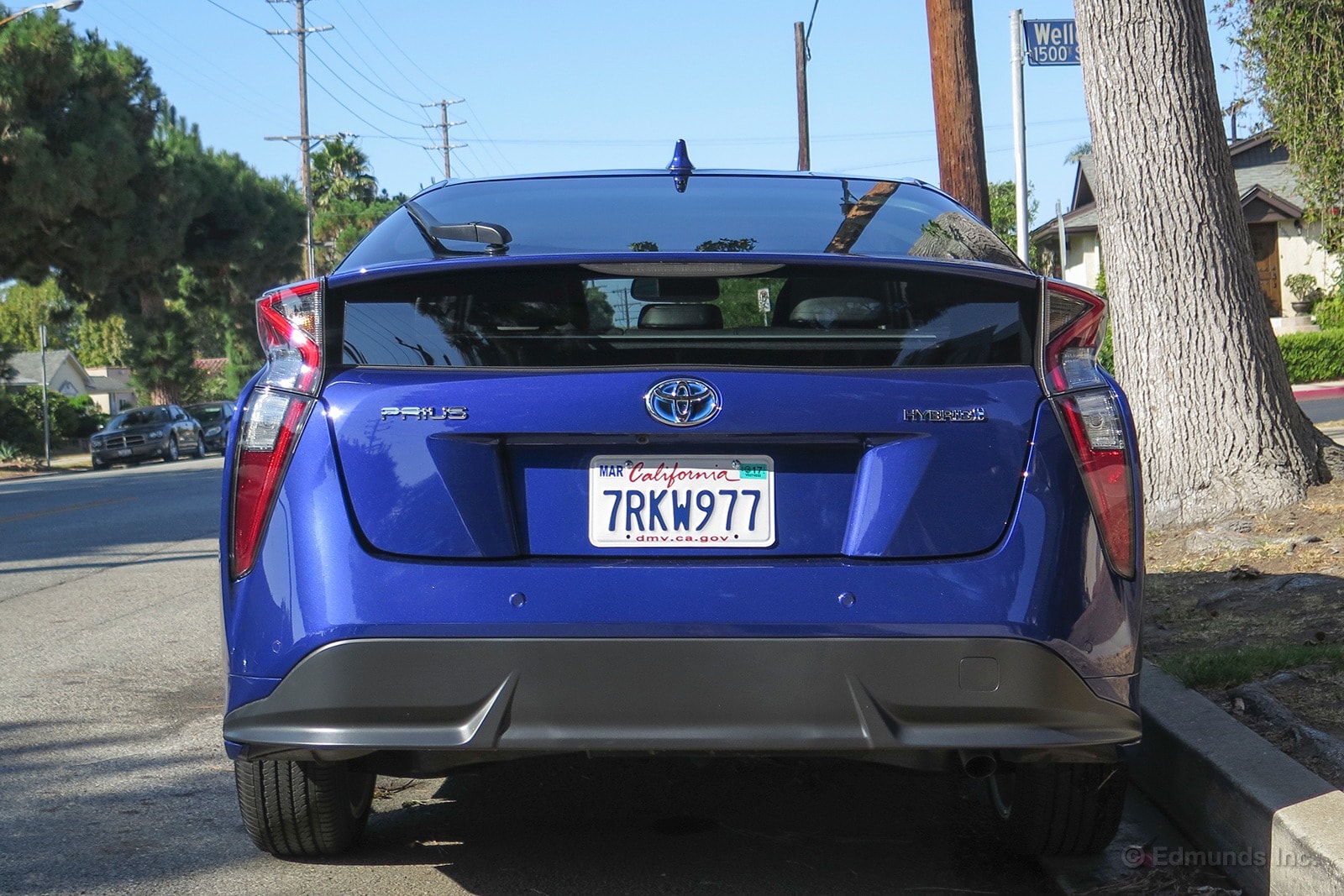
I recently lamented the tiny rear window and high beltline in our long-term Chevy Volt, and how those two features make it hard to see out of the back of the car.
For our long-term 2016 Toyota Prius, though, it's a different story. While it might have that funky rear-spoiler/body-line thingy that gets in the way a bit, the Prius has good rear visibility overall.
Two pieces of rear glass, one somewhat horizontal and the other vertical, make up the clear space on the back of the Prius.
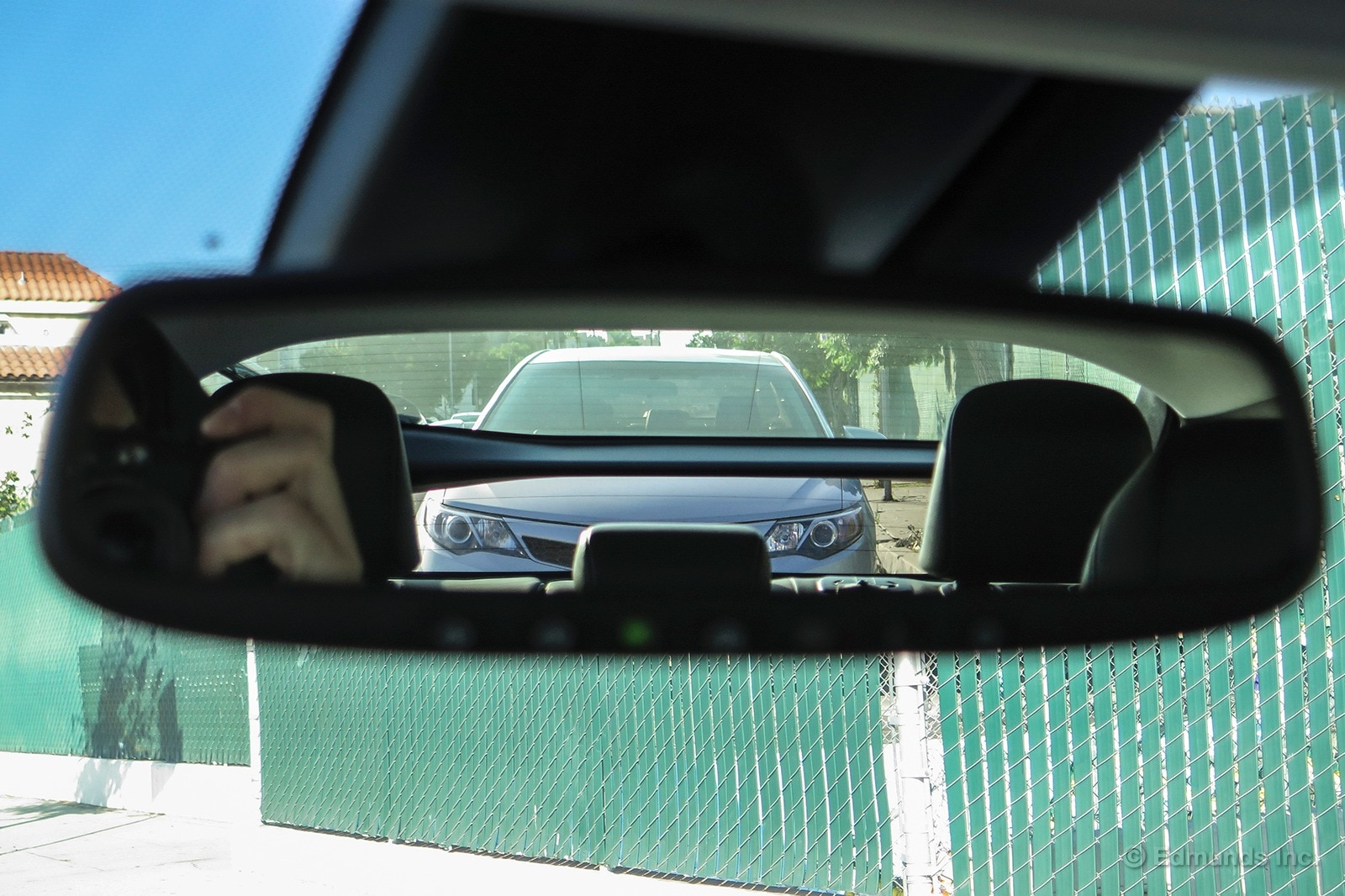
Even with the top part of the hatchback right in the middle of these two glass pieces, the visibility is still good. You can clearly see whatever is behind you, which helps in traffic and when you're backing into a parking spot. Kudos, Toyota.
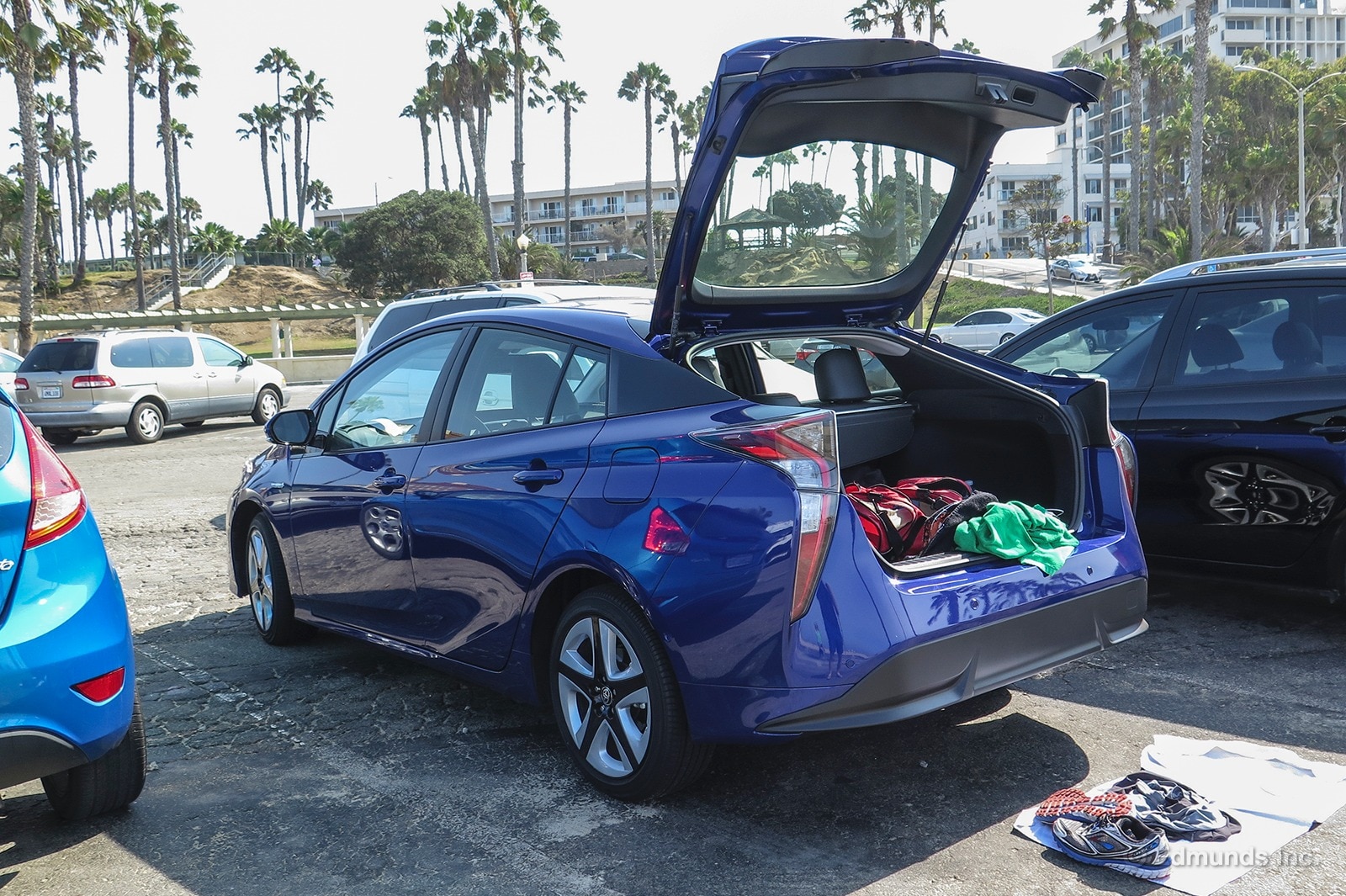
I didn't have any pieces of plywood or large automotive parts to really test the limits of our long-term 2016 Toyota Prius' cargo capacity over the weekend, but that didn't matter. When I opened the hatch to load up my running gear, it was clear to me that the Prius was designed with cargo in mind.
Check out how wide that hatch opens! You certainly won't hit your head if you're loading something in the trunk or folding down the rear seats. It also makes the trunk a great place to sit down, wipe the sand off your feet after a day at the beach and relax.
When I showed this photo to Sadlier to get his opinion on the widemouth hatch, the first thing he said was, "Man, that car is hard to look at," but he agreed with me that it seemed like a generous opening. He was concerned about the hatch hitting a garage ceiling, but I let him know about the well-tuned gas shocks that enable variable opening heights. The Prius gets a gold star in the practicality column, styling opinions notwithstanding.
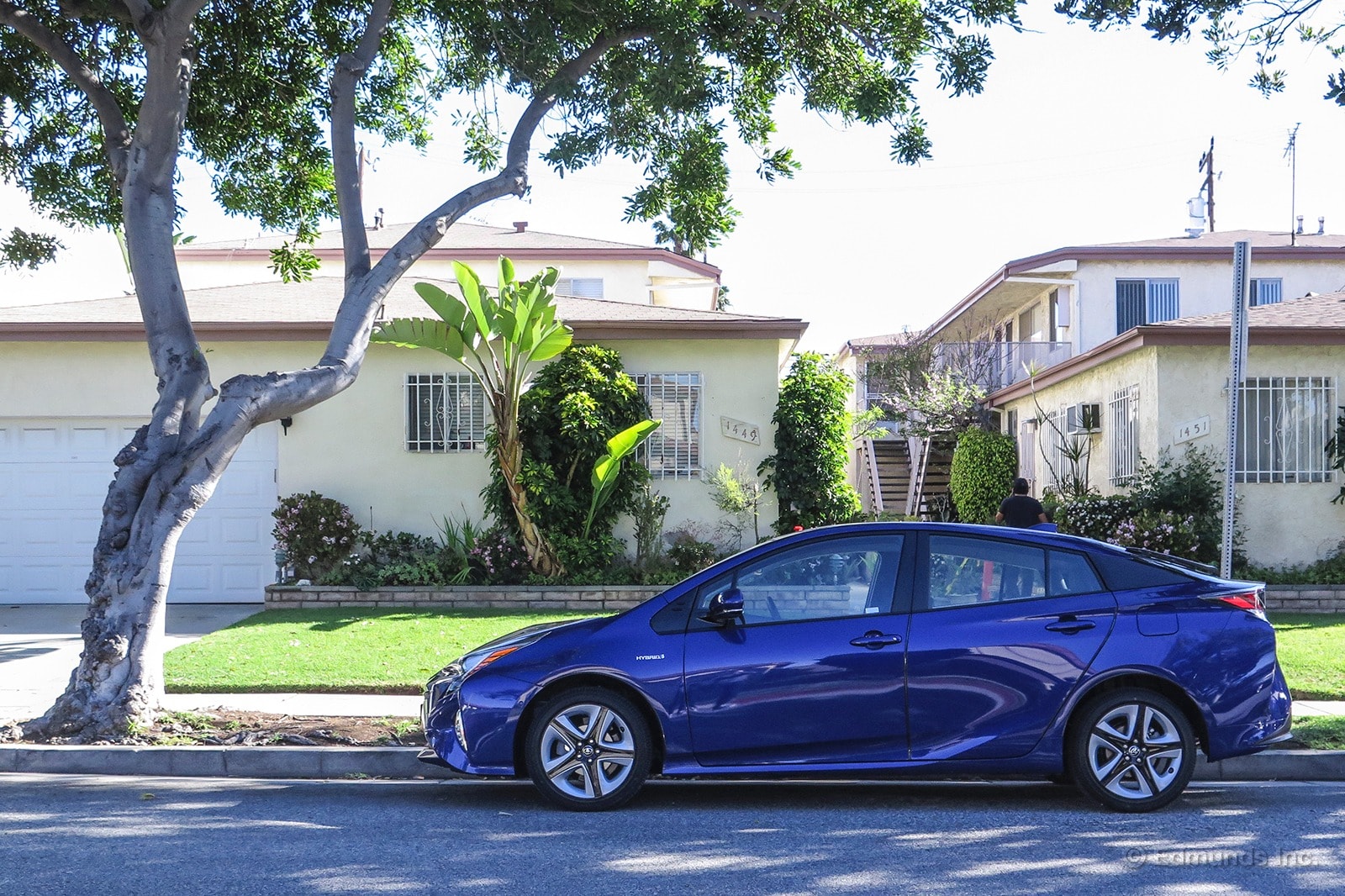
I drove our long-term 2016 Toyota Prius for the last six days, and I wasn't able to come to a smooth stop more than four or five times. Whether I was exiting the freeway, moving between lights or puttering around in parking lots, I just couldn't master the art of stopping gracefully.
The last five miles per hour before the Prius comes to a complete stop are particularly harsh. It seems like there's a sudden application of way-too-much braking force, regardless of pedal pressure. I tried driving the Prius with a variety of shoes to see if it was a sensitivity problem, but even when I went so far as to go shoeless, I still couldn't get a smooth stop the majority of the time.
For me, that's a deal-breaker. What hybrid does this stopping thing better? Well, for starters, our long-term Volt. Guess I know where I stand on Frio's Volt vs. Prius question.
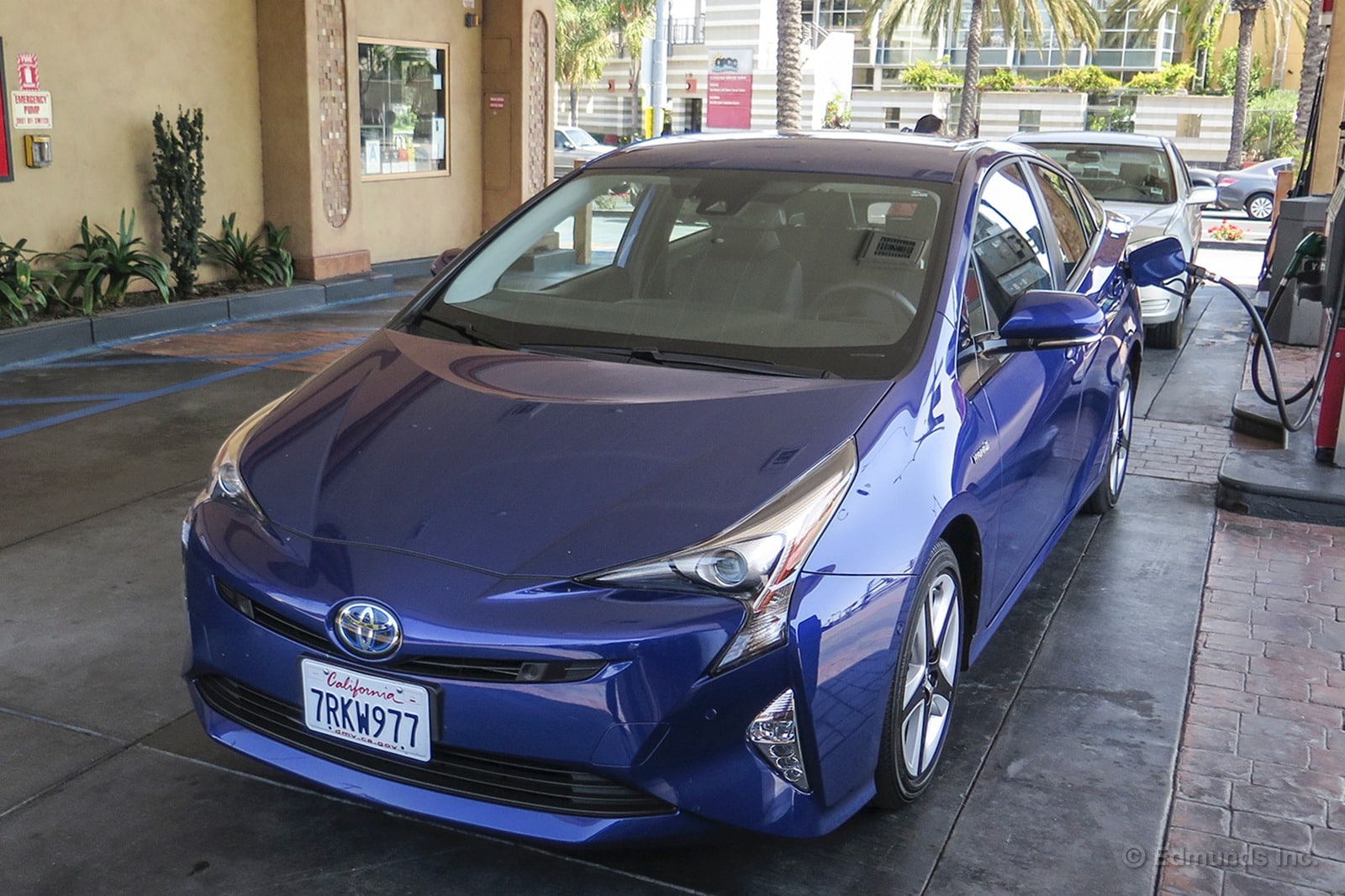
Our long-term 2016 Toyota Prius didn't venture very far from home during the month of August. Over the last four weeks it only clocked 853 miles on the odometer, which meant it only visited the pump three times.
For those three fill-ups, the Prius averaged 46.8 mpg, a little lower than our lifetime average of 47.5 mpg (which is still about 9 percent below the EPA estimate of 52 mpg combined). But we did record a new "best range," which is nice.
Editor Light-Foot Frio went 468.5 miles between fill-ups to set our new record. He only put 9.63 gallons of fuel into the 11.3-gallon tank, so a 500-mile stretch is clearly within reach.
Here's a look at this month's big picture.
Worst Fill MPG: 42.3
Best Fill MPG: 57.2
Average Lifetime MPG: 47.5
EPA MPG Rating: 52 Combined (54 City/50 Highway)
Best Range: 468.5 miles
Current Odometer: 4,945
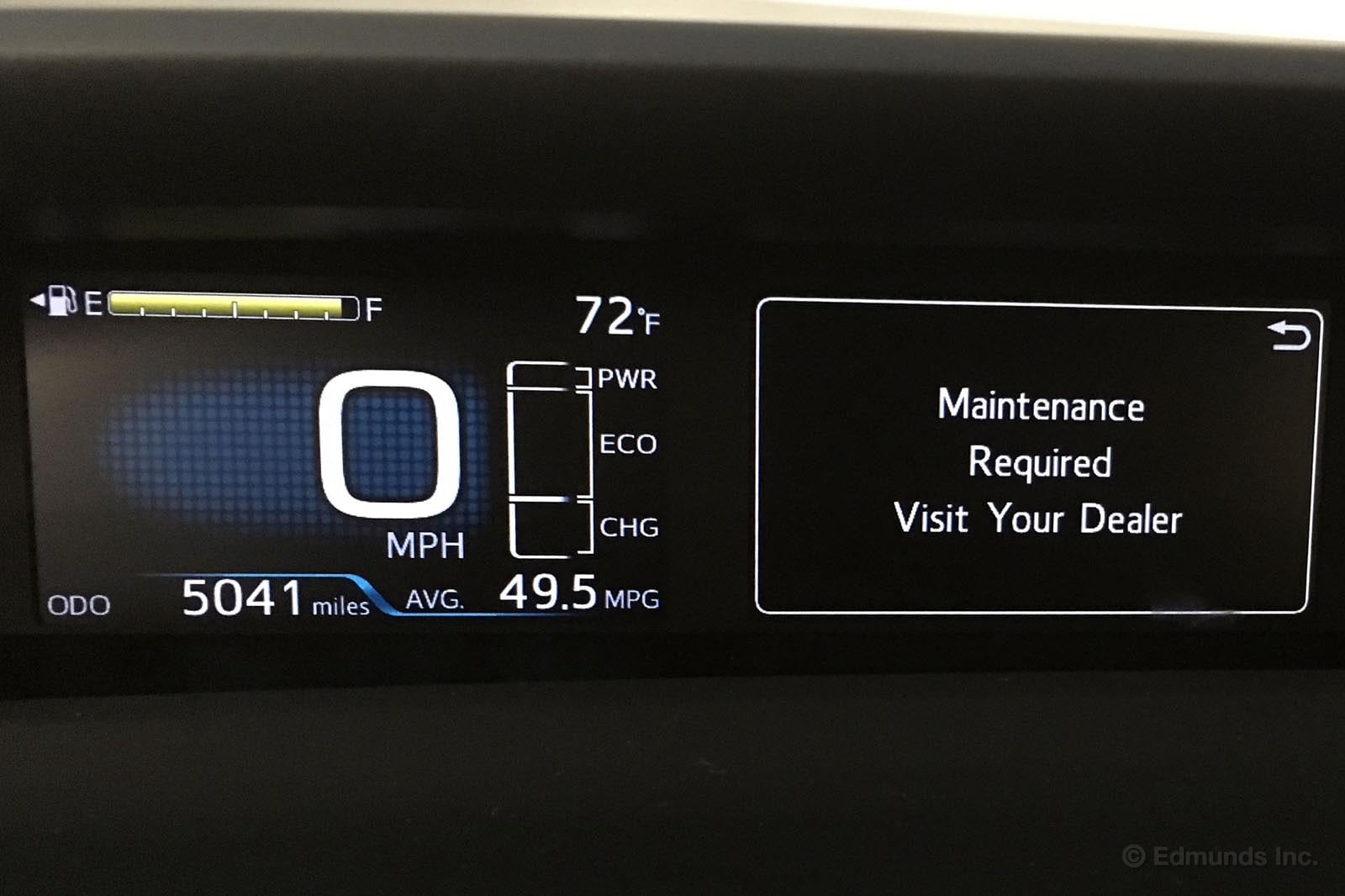
I was greeted by this warning when I climbed into our 2016 Toyota Prius yesterday. This was going to be an easy one. A tire rotation and safety inspection are all the service manual outlines for this 5,000-mile interval. And with the ToyotaCare plan we enjoy free scheduled maintenance for two years or 25,000 miles. It was only going to cost us time.
Rather than wait and make an appointment, we took our chances. We dropped the car off at Toyota Santa Monica late that same morning. Our advisor estimated that the work would be done by 3 p.m., roughly four hours later. It was Monday, after all. As it turned out, the car was ready after three hours.
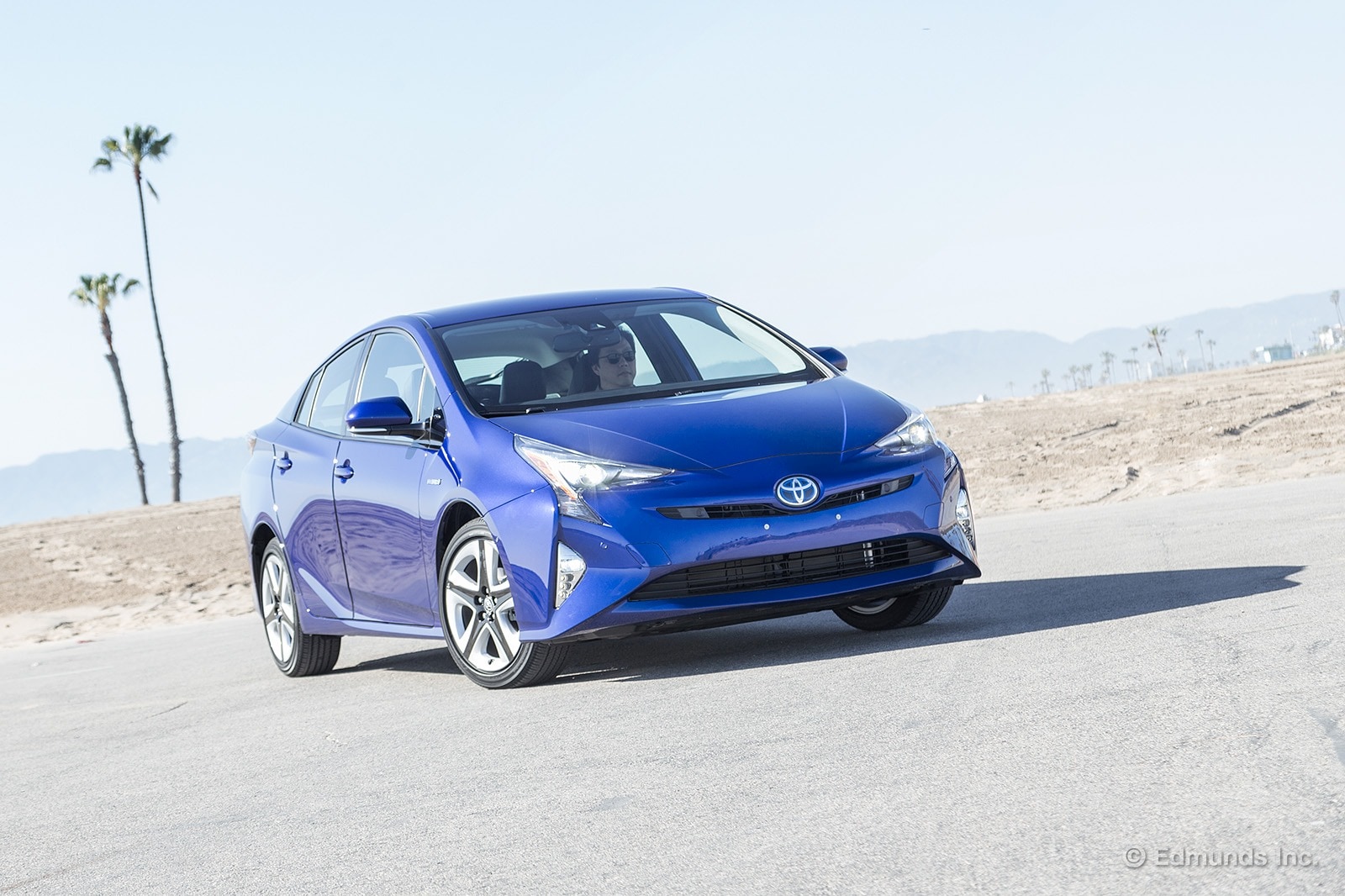
Where Did We Drive It?
Our 2016 Toyota Prius stayed local for the month of October. Mostly, we commuted to the Edmunds offices in it and drove it around on the weekends doing, you know, weekend stuff. The neat thing about the Prius, though, is that its fuel economy isn't dependent on the kind of driving you do. Whether it's city driving or highway driving, you'll be getting about 50 mpg.
What Kind of Fuel Economy Did It Get?
Not much has changed since our last fuel economy update. For the month, we averaged 50.8 mpg. The Prius' lifetime average is still below EPA combined mpg of 52, though.
Average lifetime mpg: 47.7 mpg
EPA mpg rating: 52 combined (54 city/50 highway)
Best-fill mpg: 57.2 mpg
Best range: 468.5 miles
Current odometer: 5,523 miles
Logbook Highlights
Performance
"I'll admit that the Prius makes me drive a little faster than normal. Knowing that it gets well over 40 mpg no matter how you drive it is the reason. I have little hesitation to mash the gas when necessary since it barely seems to matter. Could this be why I often observe Prius drivers zipping through traffic like they're in some big hurry? Possibly. If our car were a Prius plug-in, it would be a little different. At least then I would be mindful of the battery range I was using up. It's an odd mind-set, but one that's hard to resist." — Ed Hellwig, Executive Editor
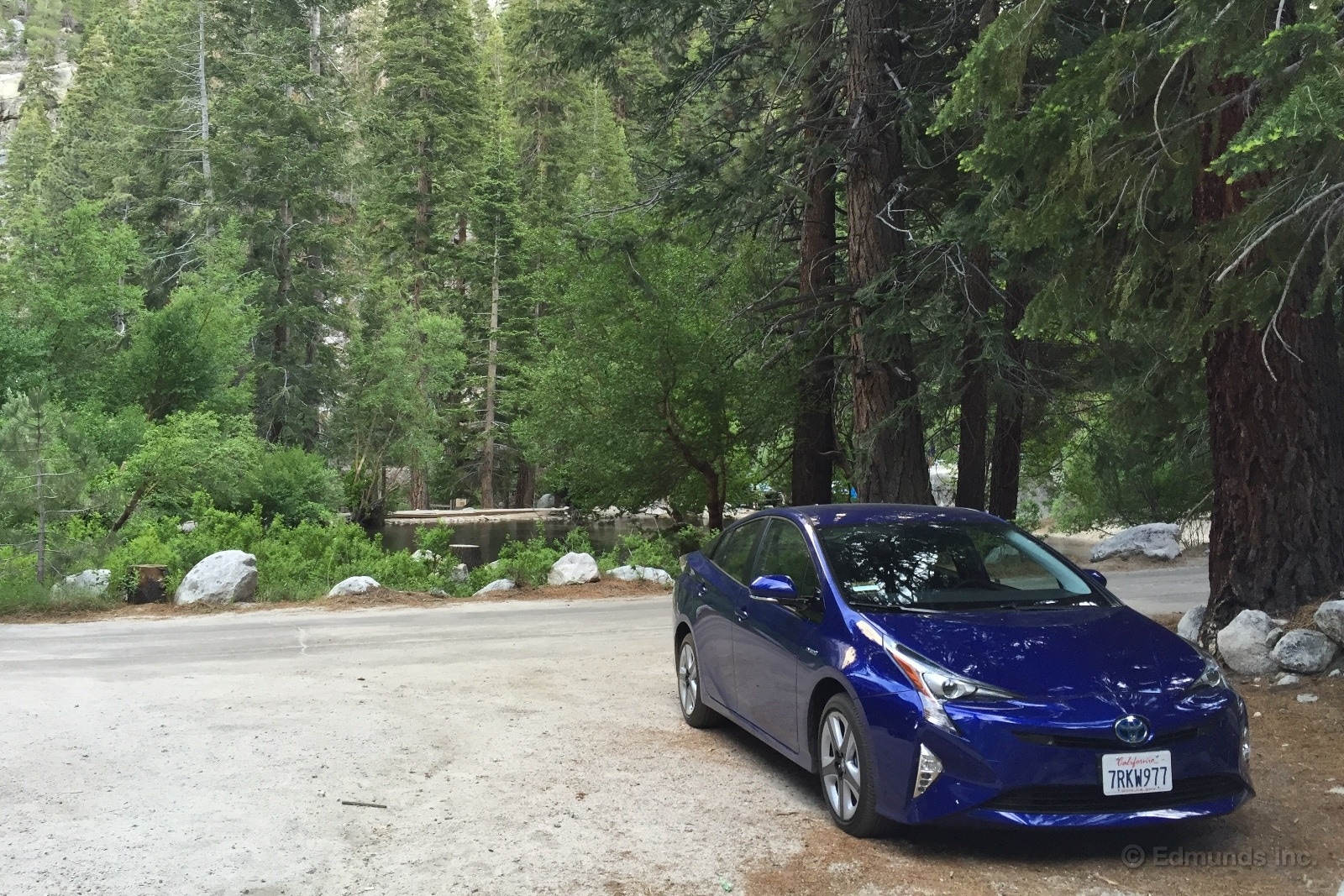
Monthly Update for November 2016
Where Did We Drive It?
There's not much to report about our long-term 2016 Toyota Prius for November. We used it as it was intended, commuting to and from Edmunds HQ and running the usual errands. Since the last update, we've logged just 876 miles, limited to mostly city driving.
What Kind of Fuel Economy Did It Get?
The lifetime average for the Prius did increase slightly from 47.7 mpg, although the best fill and range remain unchallenged. We're still not meeting the EPA combined estimate, but we're inching closer.
Average lifetime mpg: 48.0 mpg
EPA mpg rating: 52 mpg combined (54 city/50 highway)
Best fill mpg: 57.2 mpg
Best range: 468.5 miles
Current odometer: 6,399 miles
Maintenance and Upkeep
None.

Where Did We Drive It?
Our 2016 Toyota Prius had a relatively quiet January, puttering around the Los Angeles area and adding 682 miles to its odometer in the process. The Prius hasn't been an ideal candidate for some of the lengthy road trips we've taken recently, but be on the lookout as we take it outside the confines of the gnarly L.A. metro area in the near future.
What Kind of Fuel Economy Did It Get?
The Prius saw a minor downtick from an overall 48.0 mpg to 47.9 mpg in January. We're still under the combined EPA rating, but as our own Dan Edmunds (aka "actualsize") noted in the comments section of this post, the 4-mpg deficit isn't that far off. The best fill and best range achievements have not moved since they were set in the middle of last year.
Average lifetime mpg: 47.9
EPA mpg rating: 52 combined (54 city/50 highway)
Best fill mpg: 57.2
Best range: 468.5 miles
Current odometer: 7,373 miles
Maintenance and Upkeep
None.
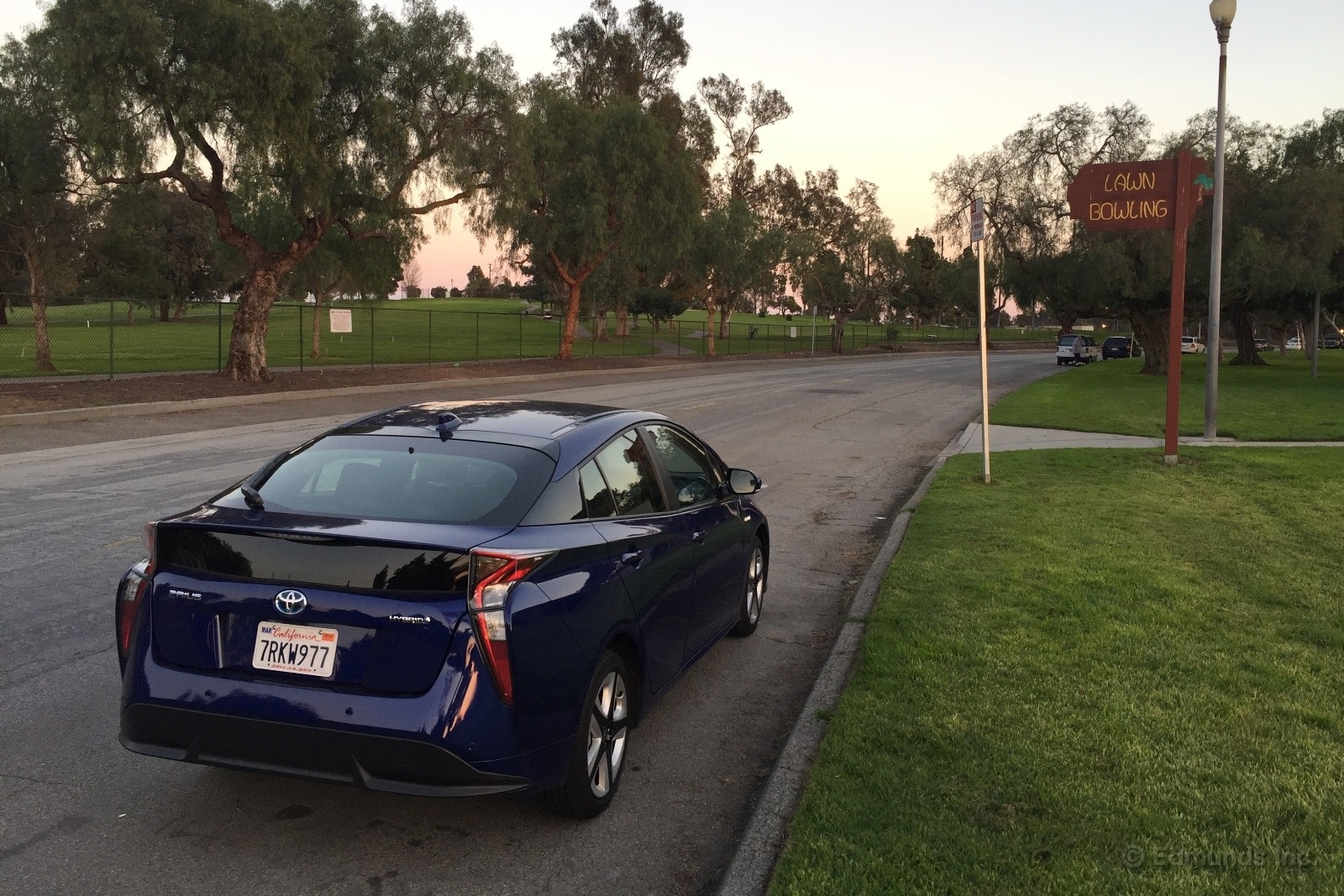
Where Did We Drive It?
For most of the month of February, our long-term 2016 Toyota Prius served commuting duty for editors who live relatively close to the office. It also spent time outside our immediate team where, again, it was driven locally on short trips. This means — you got it — the total mileage accumulation was low.
In fact, it clocked fewer than 650 miles and was refueled but once during the month. No, it didn't go that distance on one tank. But there weren't enough days in this (short) month for a second fill.
What Kind of Fuel Economy Did It Get?
The Prius continued its miserly ways, notching 48.6 mpg for the month. This is just a shade above its current lifetime average, so it's nothing if not consistent. Our Prius continues to fall short of its EPA-rated fuel economy, which is almost certainly a product of the car being driven in a manner that is inconsistent with the way it is driven on the EPA cycle. Specifically, one often finds oneself dipping deep into the Prius' accelerator travel in order to summon meaningful thrust, and there's an attendant impact on fuel economy.
This is true for nearly every car, however, and because of the peculiar mathematical nature of mpg as a measuring stick, the Prius actually isn't so wildly off its ratings that we're alarmed.
Average lifetime mpg: 48
EPA mpg rating: 52 combined (54 city/50 highway)
Best fill mpg: 57.2
Best range: 468.5 miles
Current odometer: 8,046 miles
Maintenance and Upkeep
None.
Logbook Highlights
Performance
"The new Prius isn't objectively quick if you look at our track-test numbers, but it's much more responsive than its predecessors. There's less of a delay than there used to be when you mat the throttle, and there's enough juice to hit openings in rush-hour traffic with confidence. Acceleration has long been a weak spot for the Prius, but Toyota did enough this time around to make it feel respectable." — Josh Sadlier, Senior Manager, Content Strategy
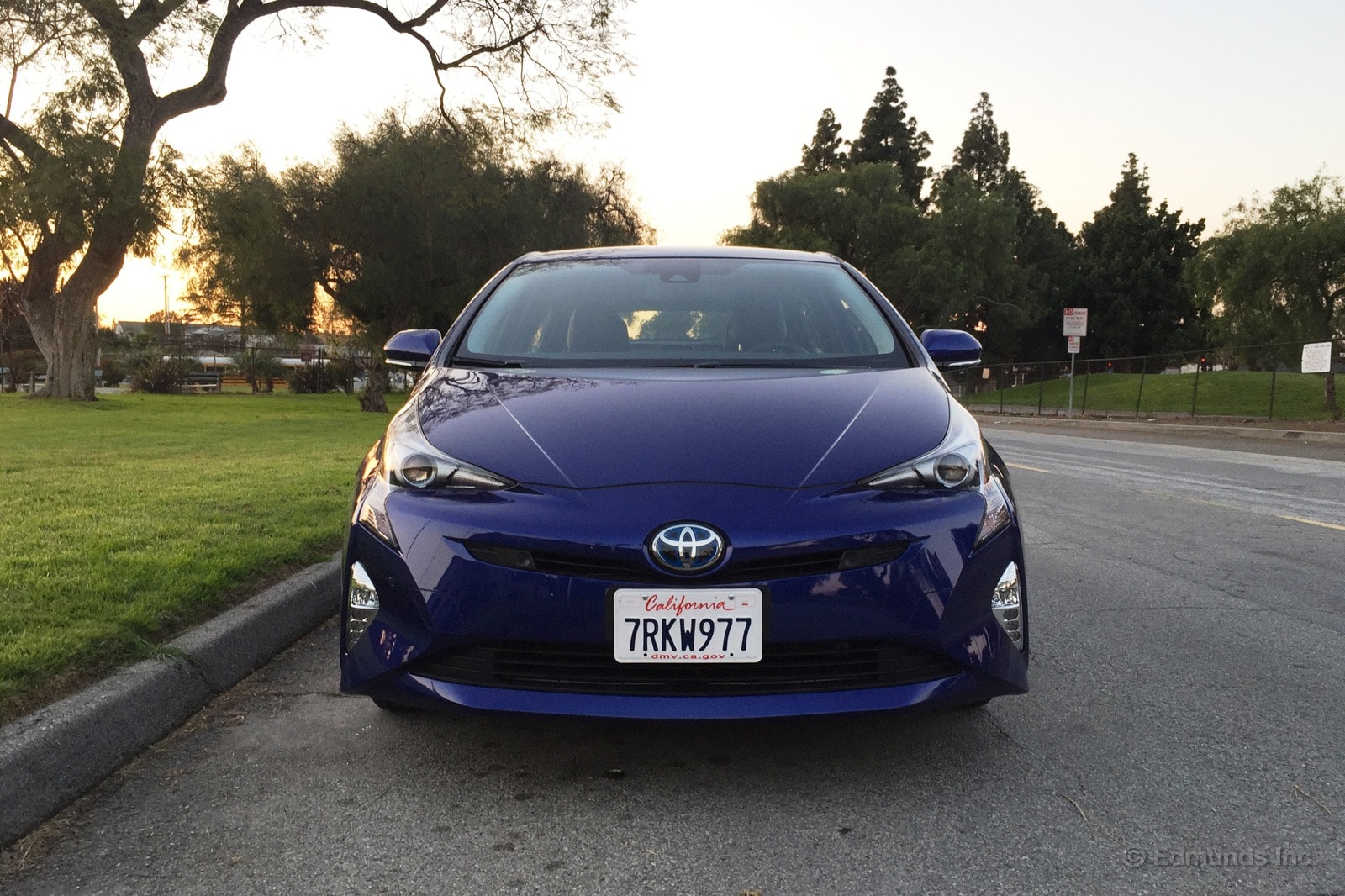
Comfort
"It's been a while since I drove our Prius, so I was a little surprised by how loud the gas engine is when it fires up. I always remembered it being fairly unobtrusive, but having driven so many other hybrids lately, the Prius seems a little less refined in this area." — Ed Hellwig, Senior Editor
Interior
"The interior design is funky but functional. I appreciated the easy-to-use and clean climate control interface. That touchscreen, though. There is no direct-to-nav button, so it's a series of taps to do anything related to navigation. Still, this Prius definitely drives better than those before it, and the seats are surprisingly comfortable." — Calvin Kim, Road Test Editor
"I continue to feel that the Prius is underappreciated as a practical everyday car. It's known for its extraordinary fuel economy, obviously, but it's also a pretty roomy hatchback with decent backseat space, and the asking price is downright reasonable by today's standards. I've been saying this for years and I'll say it again for the new-generation model: If you're looking for a versatile hatchback on a budget, give the Prius a chance. The mpg is far from the whole story here." — Josh Sadlier
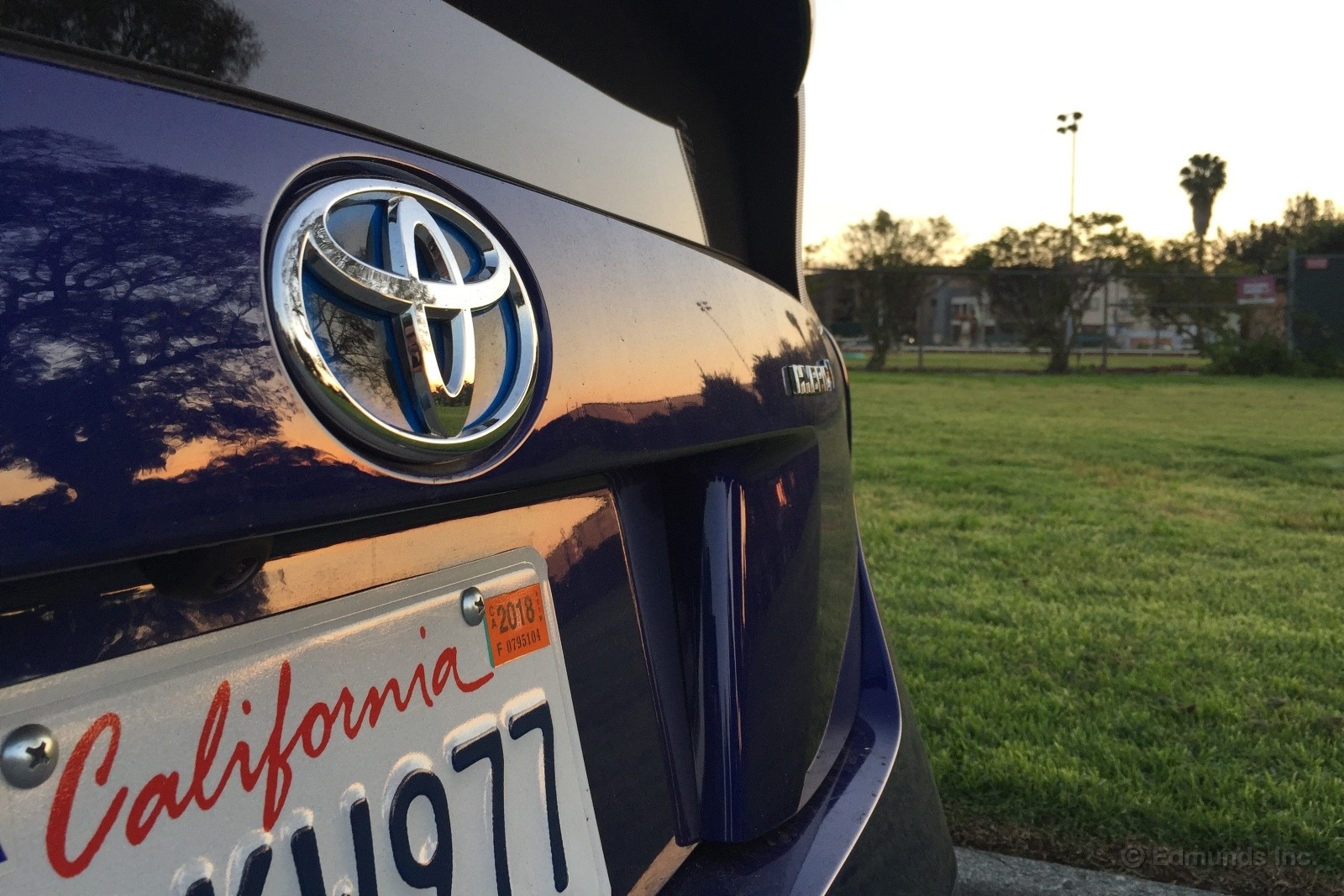
Monthly Update for March 2017
Where Did We Drive It?
More city driving in our 2016 Toyota Prius! But unlike last month, we actually used more than one tankful of fuel. There was also some highway driving thrown into the mix to make things more interesting.
For some of our editors, this is now their third or fourth time in the Prius, which means more familiarity. This brings different observations and the initial knee-jerk reactions have mostly faded away. We were able to utilize the cargo space, play with the in-car technology system, and generally just experience the car as a real-world owner would.
What Kind of Fuel Economy Did It Get?
Thanks to a combination of lead-footed drivers and long highway miles, we haven't been able to break out of this spell of averaging 48 mpg.
Average lifetime mpg: 48
EPA mpg rating: 52 combined (54 city/50 highway)
Best fill mpg: 57.2
Best range: 468.5 miles
Current odometer: 9,425 miles
Maintenance and Upkeep
None.
Logbook Highlights
Performance
"I like how smooth and quiet the Prius' hybrid powertrain is at switching between gas and pure electric drive. If you're driving around town, doing your thing and have the stereo on, chances are you'll never notice all the wizardry happening underneath the hood." — Brent Romans, Senior Automotive Editor
"While I wouldn't say I 'enjoy' driving our Toyota Prius around town, I'm nonetheless impressed with how efficiently and effectively it goes about getting the job done. Here's why: 1) It's easy to see out of through the windshield and front side windows; 2) It feels light and agile when zipping around turns or parking lots; 3) Getting in and out is easy, and the driver seat is comfortable; 4) On top of all this, it gets admirable 50-plus mpg as long as you're not driving it like it's a racecar." — Brent Romans
Comfort
"Why, oh why, are the visors not extendable? I drive north in the evening and south in the morning so the sun was toasting my left eyeball for a good two hours." — Will Kaufman, Associate Automotive Editor

"I drove our long-term Prius about 250 miles on the highway today. It strikes me as an adequate long-distance companion. It's stable at high speed, and the ride quality is comfortable. For my four hours or so on the road, the driver seat was OK for comfort. But I'm not as fond of the Prius' elevated amount of wind noise. It's not a quiet cabin at 70-plus mph. Then again, the Prius isn't meant to be a marathon highway cruiser. Overall, I'm fine driving it for a few hours on the highway, but anything more would likely get tiresome." — Brent Romans
Technology-Audio
"Our Prius gives you a score for your climate-control choices, but it doesn't seem very smart. With the sun shining on my face and my jacket still on, I quickly warmed up even though it was 55 degrees outside. My response was to turn the A/C off, set the temperature to 'LO,' and turn up the fan to about half-power. In that configuration, the only thing drawing power should be the fan motor — no A/C compressor and no heater core. Yet I received the lowest possible score from the Prius. Changing the fan speed had no effect on my score. The score seems to be linked to your temperature choice instead of how much power you're actually drawing from the system ... so what's really the point?" — Will Kaufman
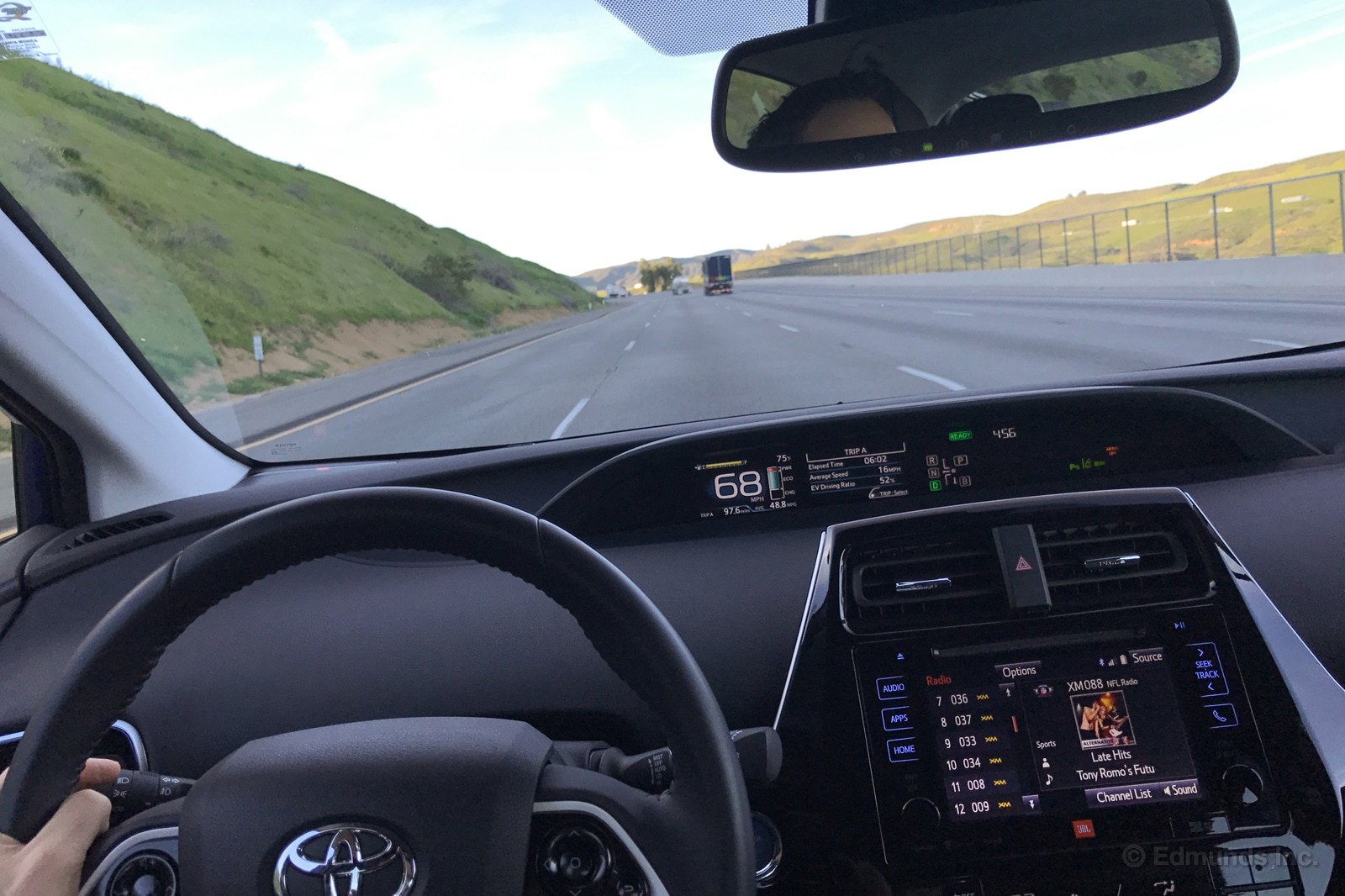
"The Prius certainly gives you plenty of information to get your eco-geek on if you want to. You can bring up various readouts in both the central touchscreen and driver information displays. Some of it is just pure fuel economy information while other functions 'score' your driving to tell you how efficient you have been. My favorite is the daily mpg report. If you're commuting to the same location every day, you can use this feature to easily compare different routes or driving styles and how they influence the Prius' fuel efficiency." — Brent Romans
Cargo Space
"I like the ease with which I can load grocery bags into the cargo area of our long-term Toyota Prius. The hatchback opens wide, and the cargo area is big enough to hold perhaps seven or eight reusable bags. But I've also noticed that the hatchback isn't the easiest to close. With the hatchback fully open, its grab handle is positioned 2 to 5 inches higher in the air than those of many other hatchbacks or liftgates on crossover SUVs. The Prius' hatchback is kind of heavy to close, too. For somebody of shorter stature, this could be a frequent annoyance." — Brent Romans
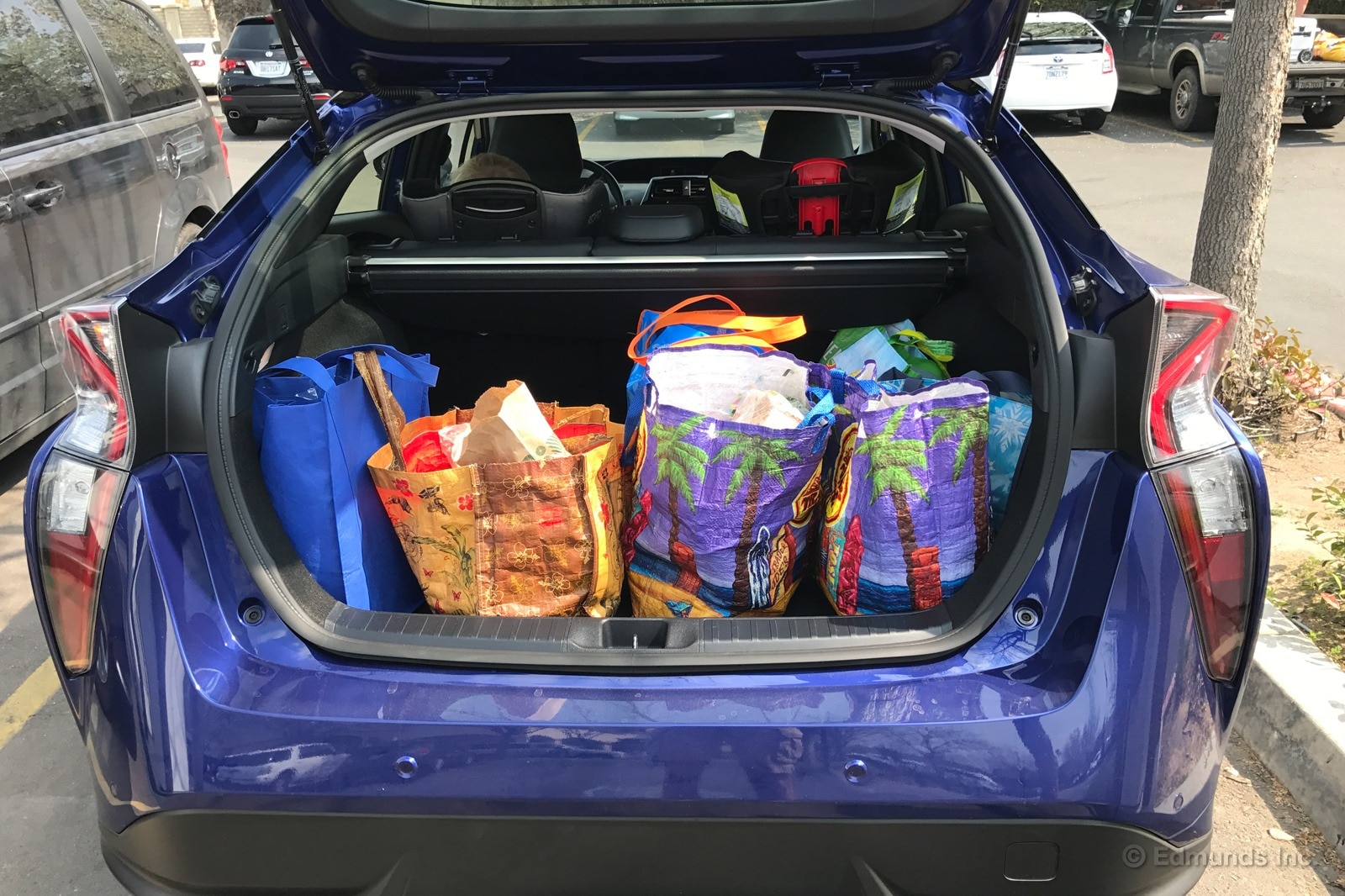
Monthly Update for April 2017
Where Did We Drive It?
I'd wager a guess that the 2016 Toyota Prius is probably not the first car that comes to mind when one thinks: "Vegas road trip car." The dependable hybrid hatchback just doesn't inspire an enthusiastic "Vegas, baby! Vegas!" But as something to drive for 270 miles and then forgo valet to just self-park in a casino/hotel garage, it works just fine.
Besides, our long-term top-level Prius has all the things a couple of road-trippers need for a comfortable four-hour-long haul, including a USB port and charging pad to keep devices all charged up and satellite radio for an uninterrupted soundtrack (Siriusly Sinatra and Elvis Radio for the win!). The only real nits I'd pick are the skittish adaptive cruise control and the multitude of audible alerts the car has for every occasion, including leaving the windows down when parked.
Other than my Vegas run, our Prius spent most of its time shuffling around town. Commuting, groceries, the usual daily driver stuff. Nothing too memorable, so excuse us if we don't have many comments from those trips.
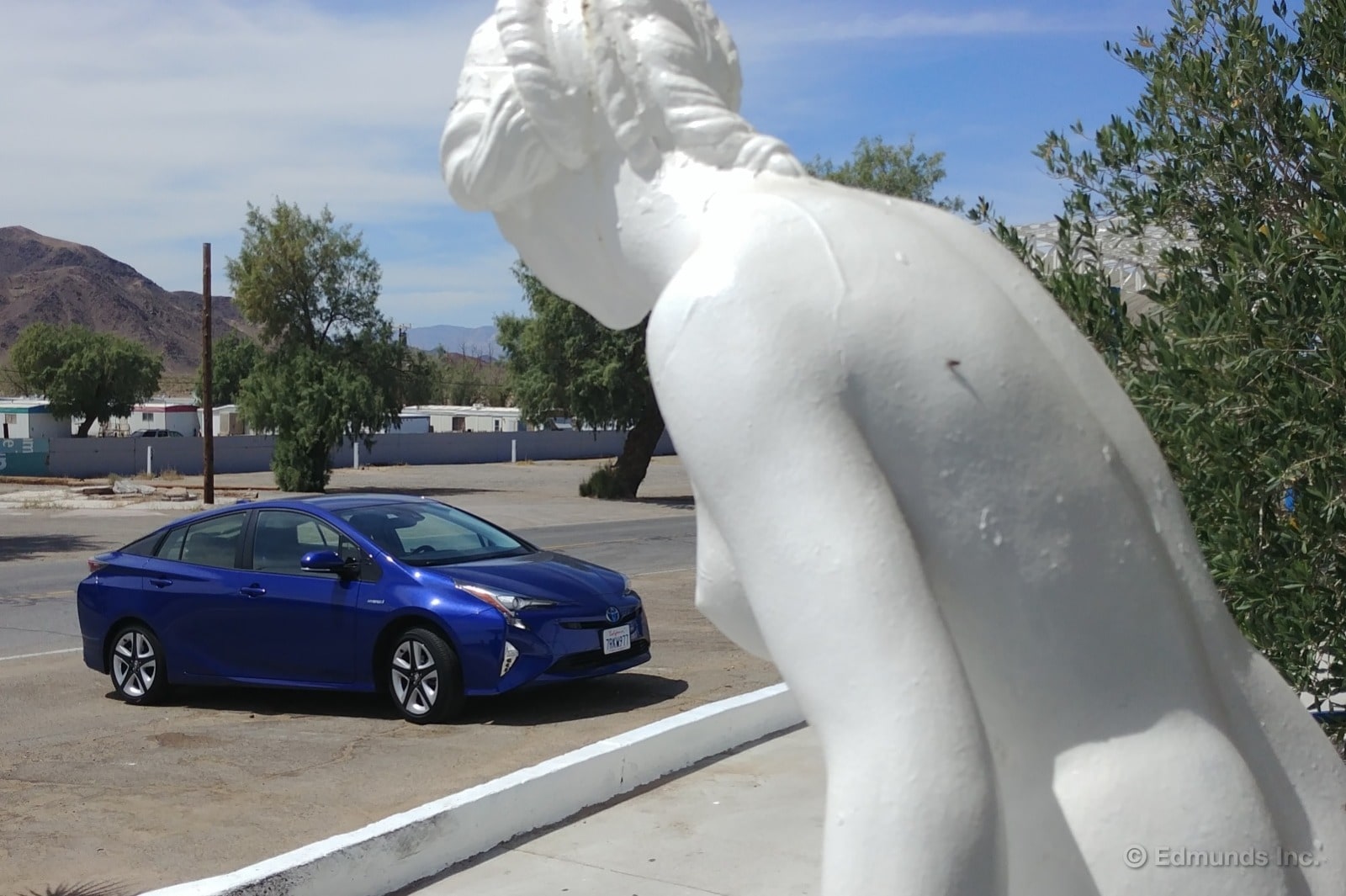
What Kind of Fuel Economy Did It Get?
Since my Vegas trip was during the middle of the week, I didn't encounter the usual stop-and-go traffic one suffers through on the weekend exodus to Sin City. Although it was mostly highway, I only used the Prius' cruise control intermittently during long stretches with no one in front of me. That adaptive cruise is so jumpy. Any time a car was within 13 car-lengths ahead of me the cruise would kick the speed down. But I learned to switch off the cruise whenever coming up on another car or when one started to switch lanes in front of me.
Despite that, I managed to get the third-best mpg in the Prius' lifetime at 53.8. Also surprising considering my lead foot tendencies.
Average lifetime mpg: 48.2
EPA mpg rating: 52 combined (54 city/50 highway)
Best fill mpg: 57.2
Best range: 497.8 miles
Current odometer: 10,438 miles
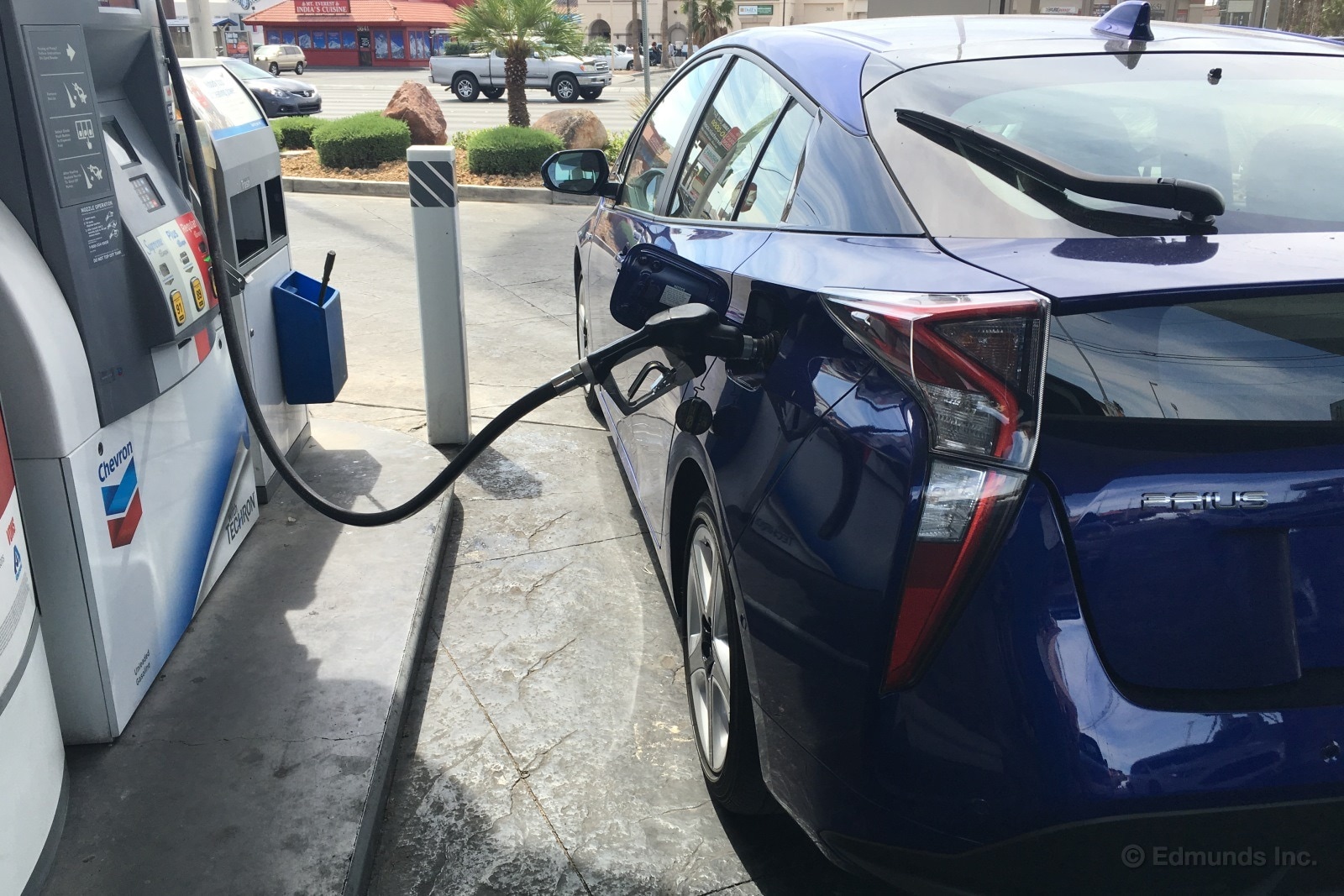
Maintenance and Upkeep
About a couple hundred miles outside of Los Angeles, the maintenance light flicked on. My passenger immediately dug out the owner's manual for answers but found a generic one about taking it to the dealership. So I chalked up the alert to simply being triggered by the odometer clicking to 10,000 miles.
Sure enough, back in Santa Monica, Vehicle Testing Assistant Michael Massey shuttled the Prius to the dealer and discovered it was simply due for its complimentary 10K-mile service, which included an oil change.
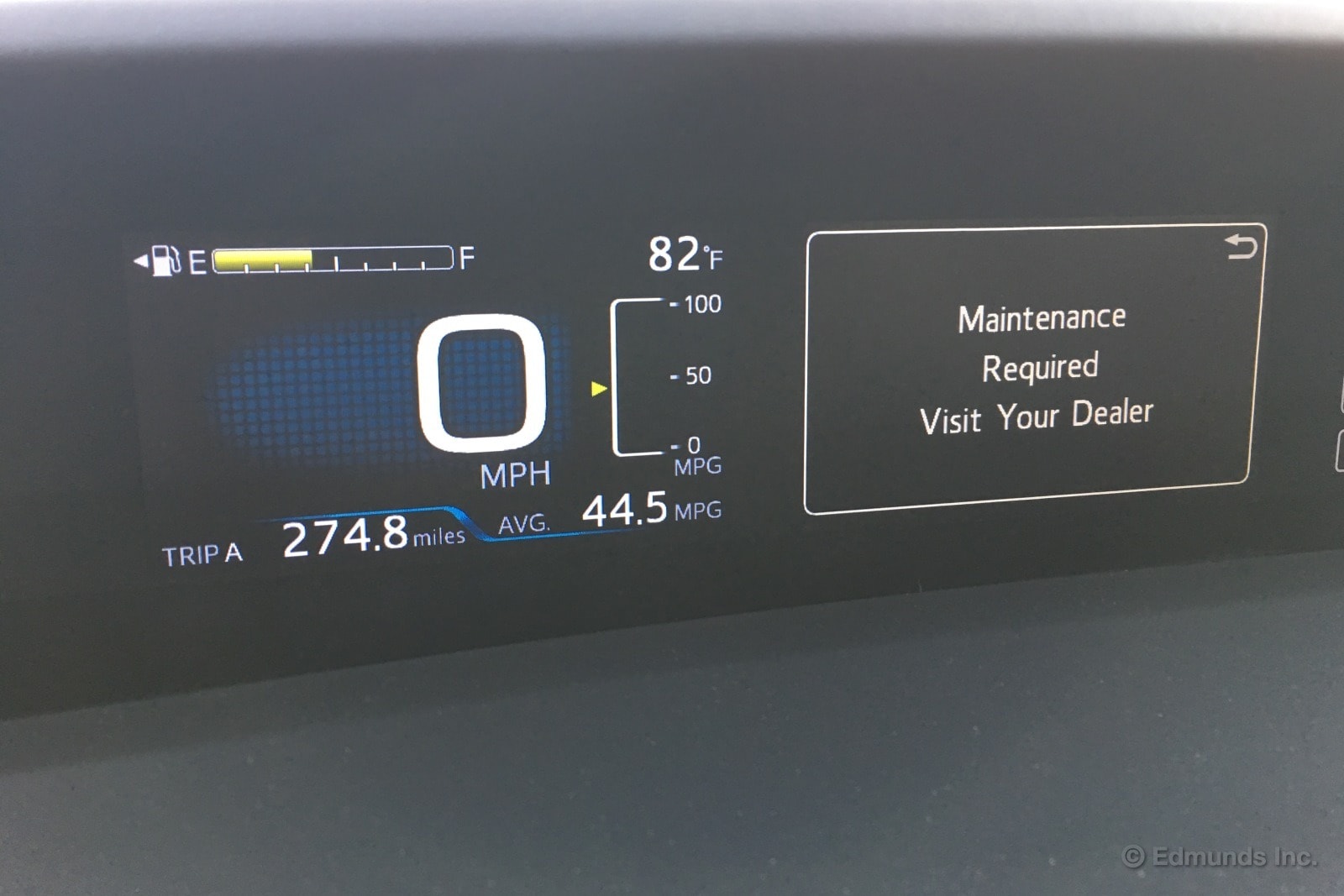
Logbook Highlights
Performance
"I don't know why anyone who actually likes driving would purposely drive in the Prius' Eco mode. It was my first time in the car so I didn't know 1) that the car was in Eco mode and 2) how to disable it. Since I was just getting on the freeway I didn't want to take my eyes off the road to look around and figure it out. So I drove home in rush-hour traffic like that. It felt like driving through molasses: heavy and sluggish. But with no real power I wasn't motivated physically or mentally to be a proactive driver as I normally am, getting around slower cars. Instead I resigned myself to the lane I was in, also making sure to hang back since the brakes don't stop smoothly enough to inspire confidence." — Caroline Pardilla
Technology-Audio
"One great thing about this Toyota Prius for a road trip is that there is no shortage of ways to keep your smartphones charged up with both a charging pad for Android phones and a USB port. The charging pad for the Android phone is super easy to use: Hit the power button and place your phone on the pad. The only downside is that the phone has to sit squarely on the pad or else it won't charge — a position that can be difficult to maintain in a moving car. I would have to look down after every stop or turn to make sure my phone was correctly seated. Also the phone got pretty hot after charging for some time, so during a long road trip it would be a good idea to remove it once it's charged up. As for charging my iPhone (yes, I have two phones) via the USB port, I found that sometimes it wouldn't register the phone at all. This wasn't just in the case of my phone, however, as my passenger tried using the port for her Android phone, too. But later when I tried using it again it worked." — Caroline Pardilla
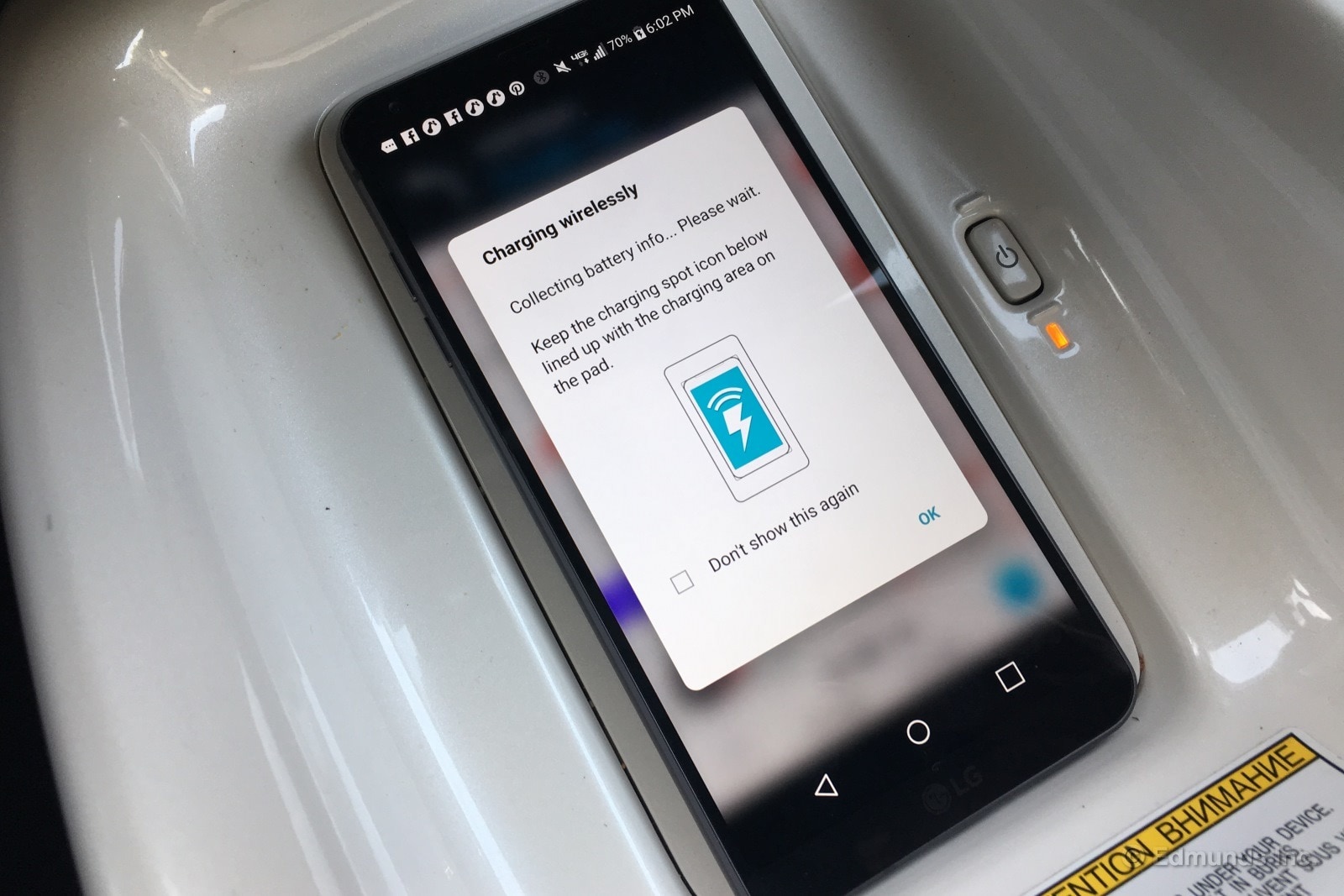
Miscellaneous
"The Toyota Prius has an excessive amount of warning beeps that may be great for those who love reminders (and a stern nanny). But then why does it have to sound off when the car is put in reverse? You may guess it's so those outside can hear the silent Prius coming but actually only those in the car can hear the warnings. The sound isn't emitted outside the car at all. To add fuel to the annoyance fire, the obstacle detection beeping goes off with the backing-up beeping. The least that Toyota can do is make it less shrill. Maybe take a cue from Mercedes' soothing bong?" — Caroline Pardilla
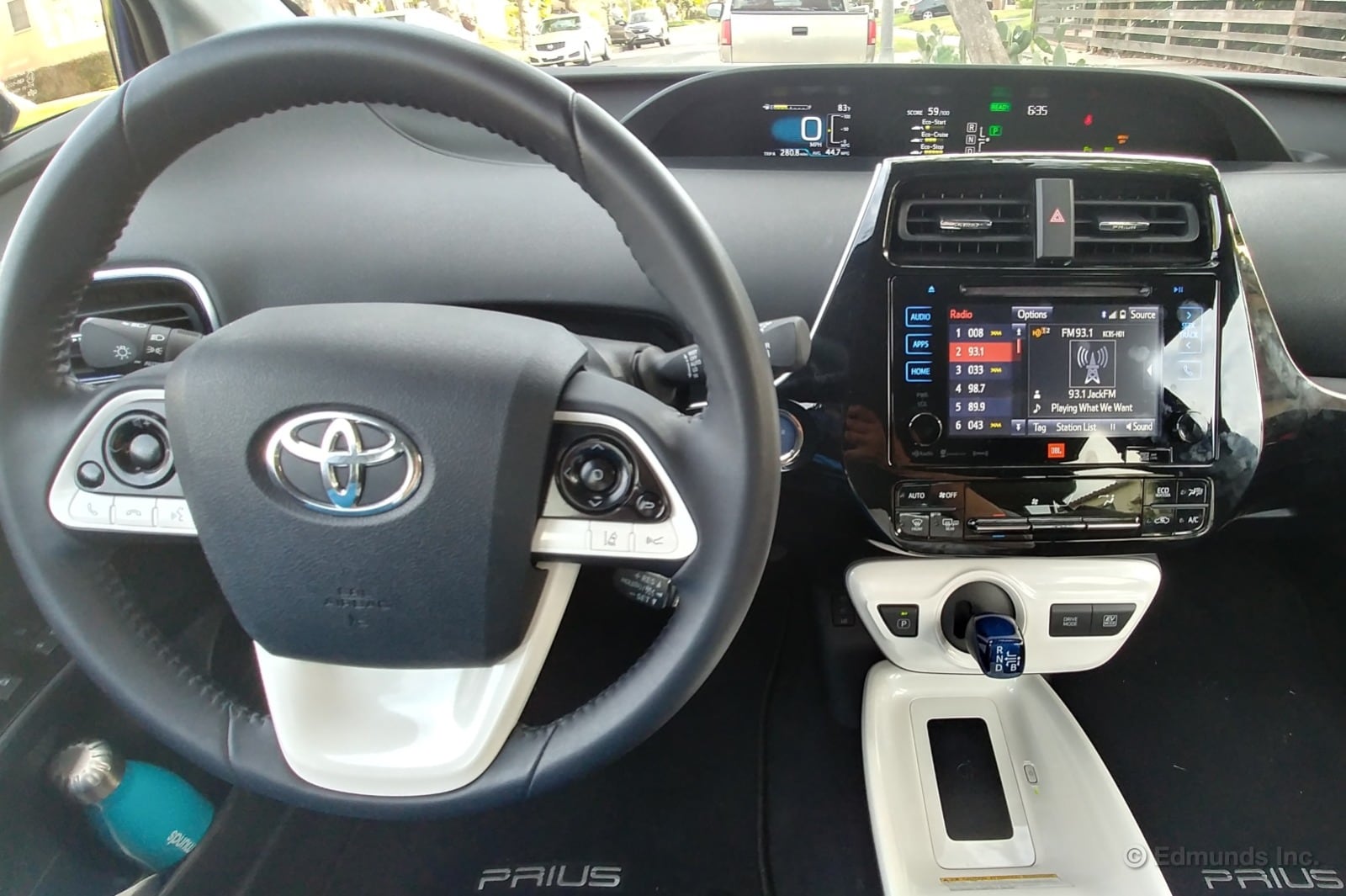
Monthly Update for May 2017
Where Did We Drive It?
Our 2016 Toyota Prius has been in service almost one year now. This month it spent most of its time carrying us between work and home in Blue Crush Metallic style. When it wasn't running around the city, it spent several days parked at the airport. A detour to the golf course was its only real excitement and an opportunity to reflect on its storage space. Read on to see what we had to say.
What Kind of Fuel Economy Did It Get?
We only have a single fill recorded for the month of May, but over that short 321 miles, we saw fuel economy of 49.4 mpg. This just about matched EPA highway estimates but did little to budge the lifetime average.
Average lifetime mpg: 48.3
EPA mpg rating: 52 combined (54 city/50 highway)
Best fill mpg: 57.2
Best range: 497.8 miles
Current odometer: 10,763 miles
Maintenance and Upkeep
None.
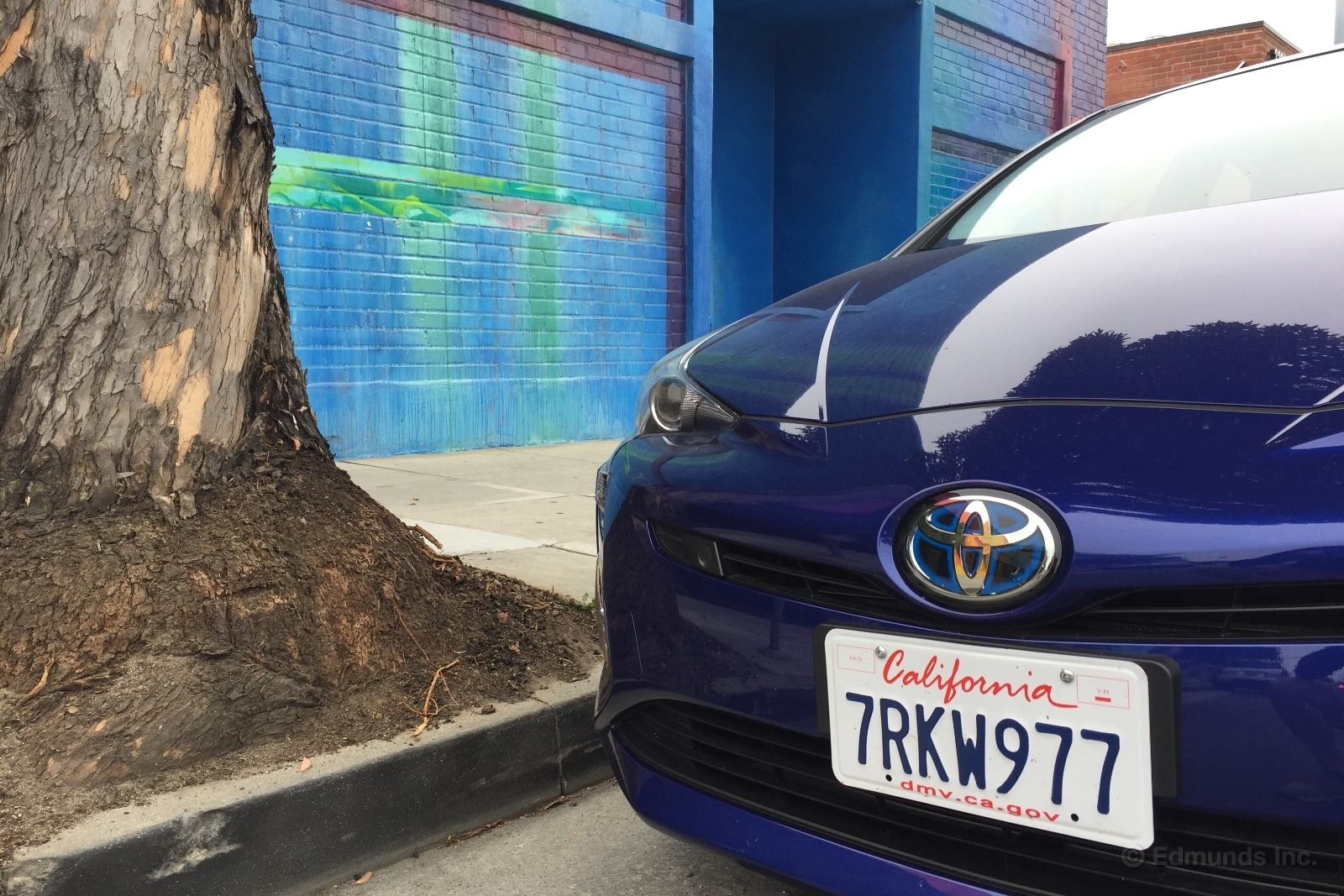
Logbook Highlights
Interior
"Am I the only one who misses the previous-generation Prius' wraparound cockpit? It had a high center console that was kind of shaped around the driver. Seemed appropriately spaceshippy; I dug it. But in the new Prius there's just a flat control panel on the dash, with much more accessible storage between the front seats, yes, but little of that cool factor from before. In other words, I preferred the old car's exterior AND interior. Still recommend the new one because it drives so much better, of course, but to me, the previous Prius had the aesthetics down pat." — Josh Sadlier, senior manager of content strategy
Performance
"The long-term Prius is one of those cars that always pleasantly surprises me when I get back into it. Never thought I'd be saying that about Toyota's appliancelike hybrid, but the current generation is a real step forward. There's noticeably more pickup around town and less road noise on the highway, which adds up to more driver confidence — it just feels more like a real car. I'm also impressed with the steering response relative to past models. Honestly, if I needed a new commuter car right now, the Prius' styling would be the only thing holding me back. Give me the previous generation's inoffensive exterior and I'd be all in." — Josh Sadlier

Utility
"I'm mildly disappointed by the Prius' cargo space. I've been talking up this model's versatility for years, but my golf clubs barely fit in the cargo area without folding the seats down, and I had to position them diagonally. On the bright side, there's enough room back there to stack a few bags without issue, so I generally stand by my assessment of the Prius as a viable crossover-SUV substitute. But I'd classify this generation's trunk as a bit closer to compact than midsize." — Josh Sadlier
Monthly Update for June 2017
Where Did We Drive it?
The 2016 Toyota Prius, much like every Prius before it, was built to shuttle people around while delivering pretty solid fuel economy in the process. That's what it does best, and that's exactly what ours is doing day in and day out. It sits, it creeps, it coasts all the while being innocuous and competent. What more could you ask out of this thing?
What Kind of Fuel Economy Did It Get?
We drove our not-so-little Prius almost 1,400 miles in June and still ran only three tanks of gas through it. And even though we're using the Prius in its natural environment, averaging 453.8 miles on every tank this month is still pretty impressive. We did manage to tack on 15 miles to our previous longest tank record, but that's about the beginning and end to the excitement. We're still more than a little shy of the EPA's combined rating.
Average lifetime mpg: 48.6
EPA mpg rating: 52 combined (54 city/50 highway)
Best fill mpg: 57.2
Best range: 513.1 miles
Current odometer: 12,125 miles
Maintenance and Upkeep:
None.
Logbook Highlights:
Interior:
"I feel like I'm sitting in a plastic bathtub. I do like the lower-than-expected seating position, but the dash, doors and the rest of the interior seem a little too high (unless there's a larger than normal number of really tall people buying these things). It helps to raise the seat up quite a bit." — Kurt Niebuhr, photo editor
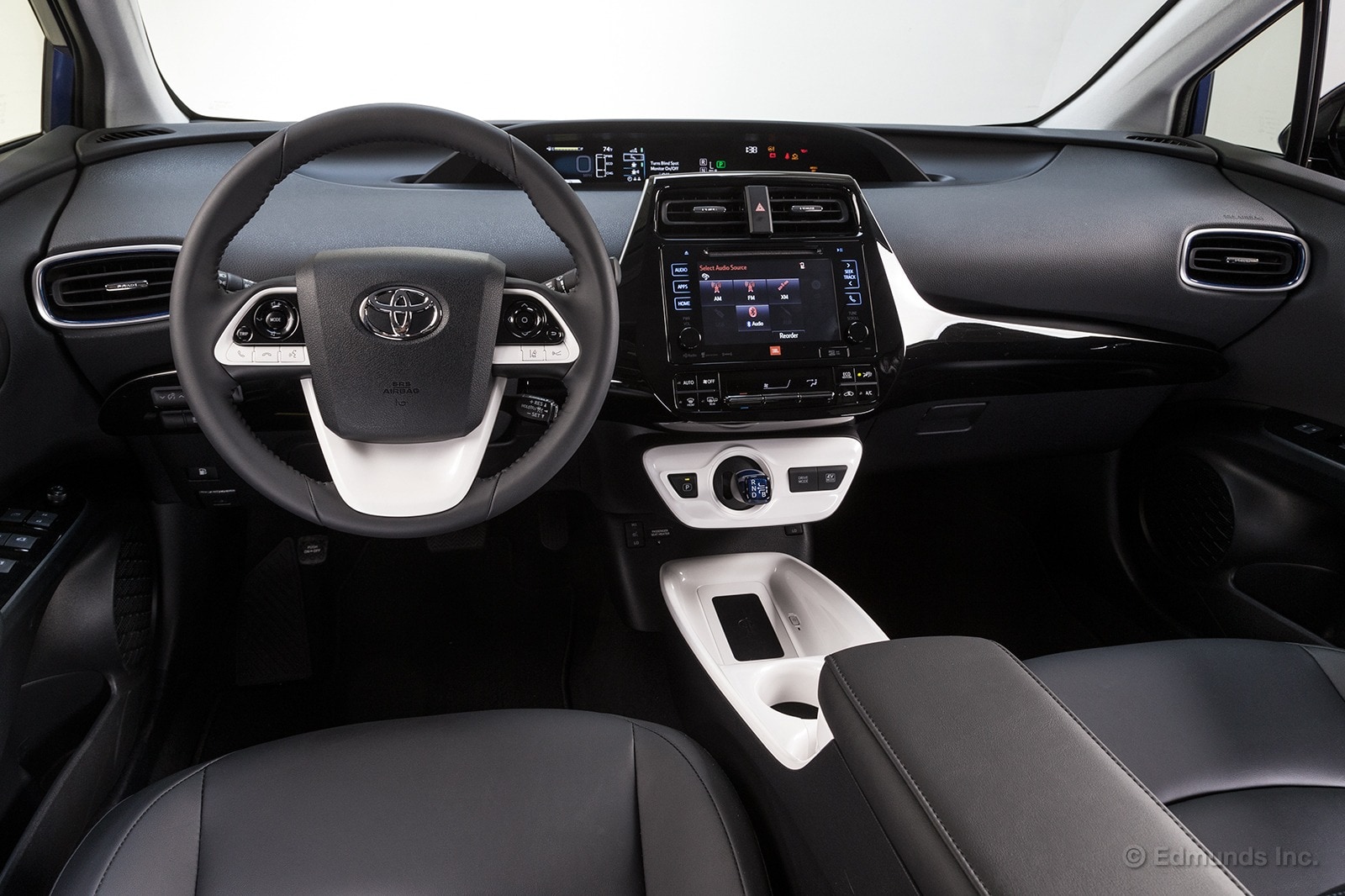
"Bless this Prius for having one-touch up AND down window control for all windows." — Kurt Niebuhr
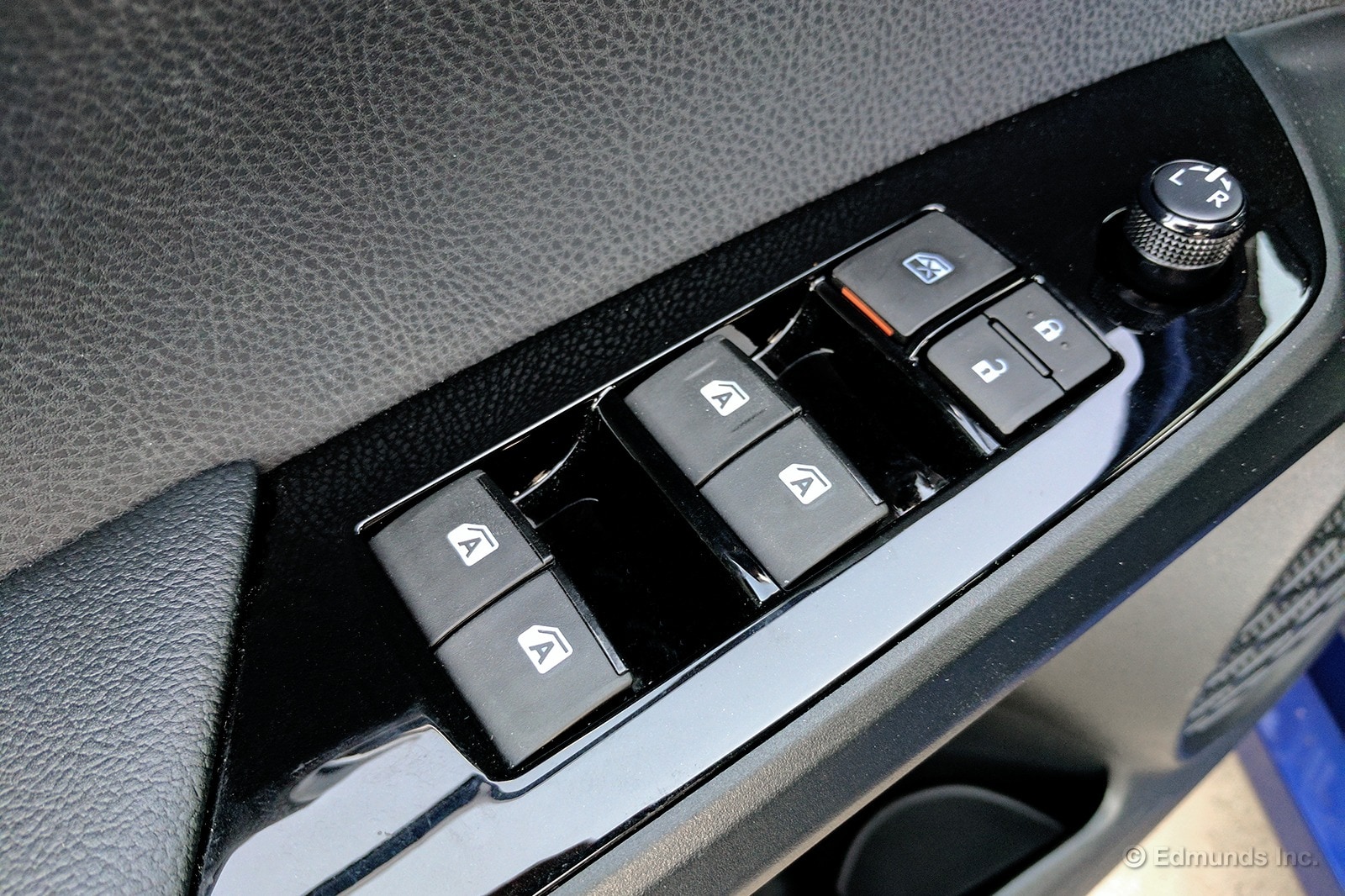
Miscellaneous:
"I recommended the current-generation Prius to a friend the other day. He was looking for a practical car that would also work well for his spare-time gig as an Uber driver. I told him to consider a certified preowned 2016 Prius, explaining that it's much more rewarding to drive than its predecessors, and it'll give him 50 mpg all day long. He was surprised that a 'car guy' would recommend a Prius, but he said he'd take a look. I asked him a couple weeks later what ended up happening. 'I got a Mazda 6,' he said. 'I actually liked the Prius, but it was just too ugly.' I couldn't argue with that. Great car, but oof, that styling." — Josh Sadlier, senior manager of content strategy
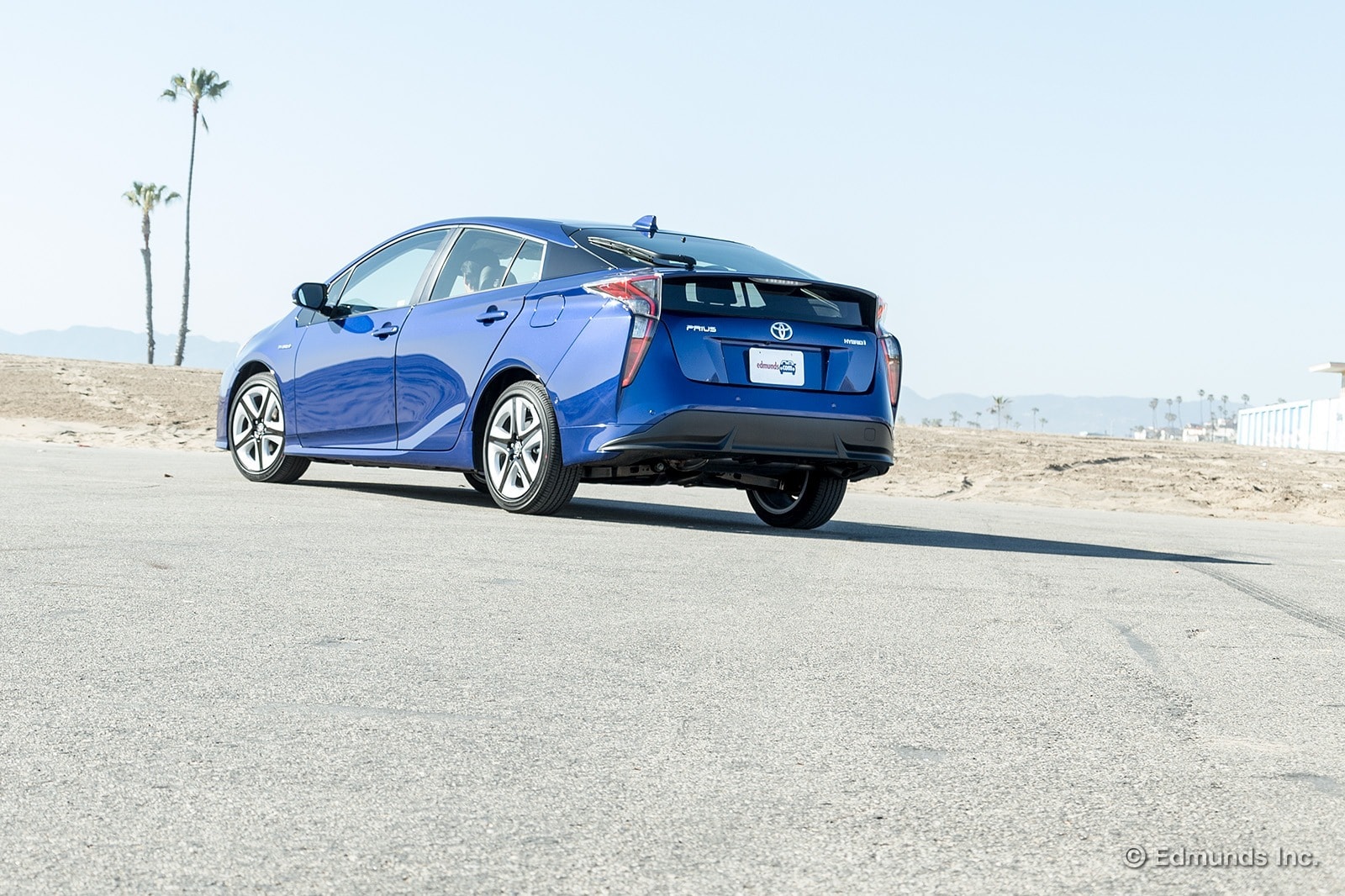
"Like most manufacturers, Toyota has a YouTube channel filled with videos on product launches, advertisements and walk-arounds for its vehicles. One of the thousands of videos made by Toyota includes some tips on getting the most out of your Prius/Hybrid whatever. One of them is egregiously bad behavior. Please don't do it. Toyota urges you, the Hybrid driver, not to maintain your speed while driving up a hill, which would decrease overall efficiency. Instead you're told to let the hill decrease your speed until you crest the grade. In the name of traffic flow, all that is holy, and general courtesy, don't please don't do that. Ever. Maintain your speed and maintain the flow of traffic. You're not the only one on the road." — Kurt Niebuhr
Monthly Update for July 2017
Where Did We Drive It?
Activity in our long-term 2016 Toyota Prius was pretty mild this month, with Senior Writer Ron Montoya logging the most significant miles on a jaunt down to Oceanside in San Diego County. The Prius remains an attractive choice for day-to-day errands or longer trips out of town, but there are a few things Toyota could change to make it even more pleasant.
What Kind of Fuel Economy Did It Get?
It was a relatively light two-tank month for our Prius, covering 888 miles over various highways and surface streets within the stretches of the Los Angeles sprawl, as well as a single trip down to Oceanside in San Diego County. Our two tank fills were enough to nudge the needle toward the EPA's estimated average of 52 mpg, but we're still well short of that target.
Average lifetime mpg: 48.7
EPA mpg rating: 52 combined (54 city/50 highway)
Best fill mpg: 57.2
Best range: 513.1 miles
Current odometer: 13,013 miles
Maintenance and Upkeep
None.
Logbook Highlights
Performance
"This is the first Prius that I wouldn't mind driving for an extended period of time. The handoff between the electric motor and gas engine is hardly noticeable and at low speeds, it's nearly as smooth as a fully electric vehicle. The engine can get buzzy at highway speeds, but it's a small trade-off for the excellent fuel economy. I do wish you could go faster than 20 mph in EV mode, though." — Ron Montoya, senior writer
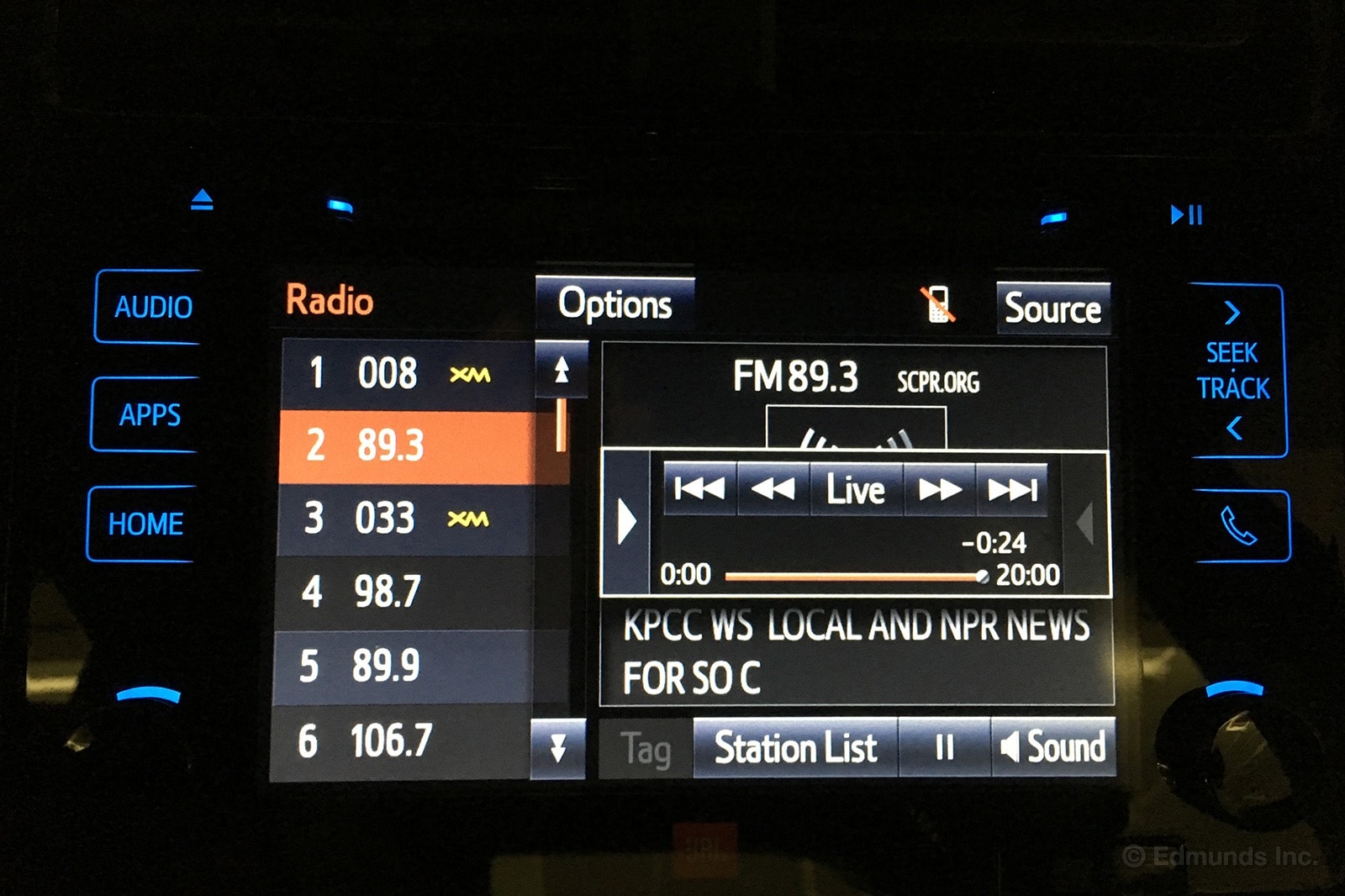
Technology
"I'm a big fan of the live radio rewind feature on the Prius' infotainment system. The system allows you to rewind up to 20 minutes of live radio, which is valuable in the case you receive a phone call during your favorite radio program." — Jonathan Elfalan, road test manager
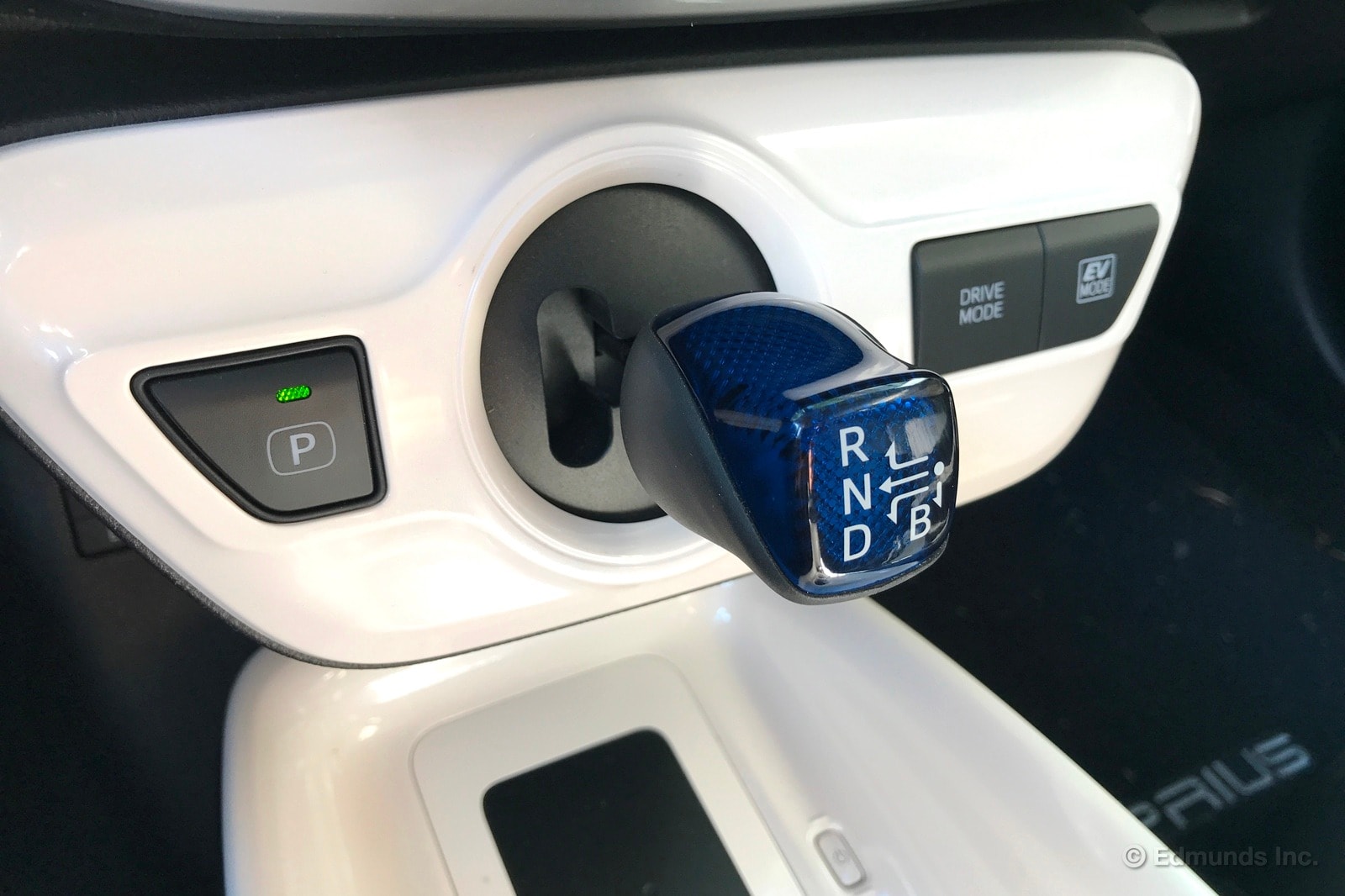
"The Prius makes an interior beeping noise when put in reverse and it drives me crazy. If memory serves me, they've been that way since the second generation. The beep would serve more of a purpose if it were outside, to help pedestrians hear an otherwise quiet car backing up. Instead, it beeps at the driver, presumably to serve as a constant reminder that you are in reverse. Uh, thanks?" — Ron Montoya
"It's not always what you say, but how you say it. The Prius' incessant reverse beeping wouldn't be as insufferable if it didn't sound like a five-alarm fire warning. Or better yet, there could be an option to turn it off completely. After referencing the owner's manual (page 752), we discovered you could at least change the incessant beep settings to a single beep. Correction: You can't, but you can take your car to a dealer who can do it for you." — Jonathan Elfalan
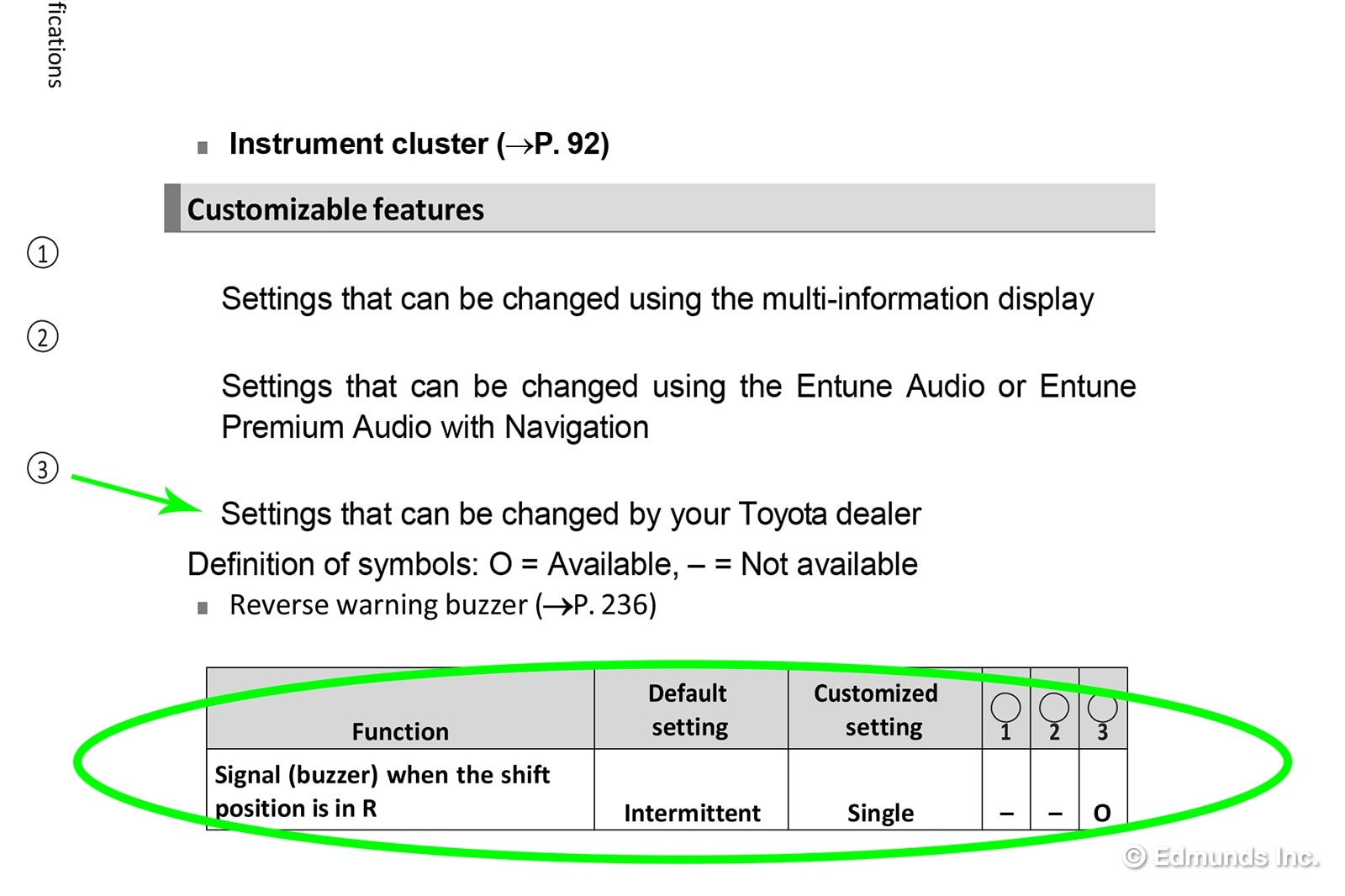
Comfort
"There's a noticeable delay when you press the climate control to when it actually starts blowing air. In our Prius, it takes at least 10 seconds. It isn't that long in the grand scheme of things, but when you're sitting inside a hot car on a 100-plus-degree day, every precious second counts." — Ron Montoya
Monthly Update for August 2017
Where Did We Drive It?
Are we running out of things to say about our long-term 2016 Toyota Prius? As the staff's resident Prius fanboi, I like to think that the car's quiet competence has simply left most of my colleagues speechless. We refueled the Prius twice during the month of August, and that's also how many comments were added to the logbook — two.
But those tanks of gas bought us many hundreds of pleasant commuting miles to and from our Santa Monica headquarters. You just hop into this car and go, as if you're driving a well-insulated golf cart. That simplicity makes it easy to take the Prius for granted. It's also why I gladly grab the key whenever it comes my way.
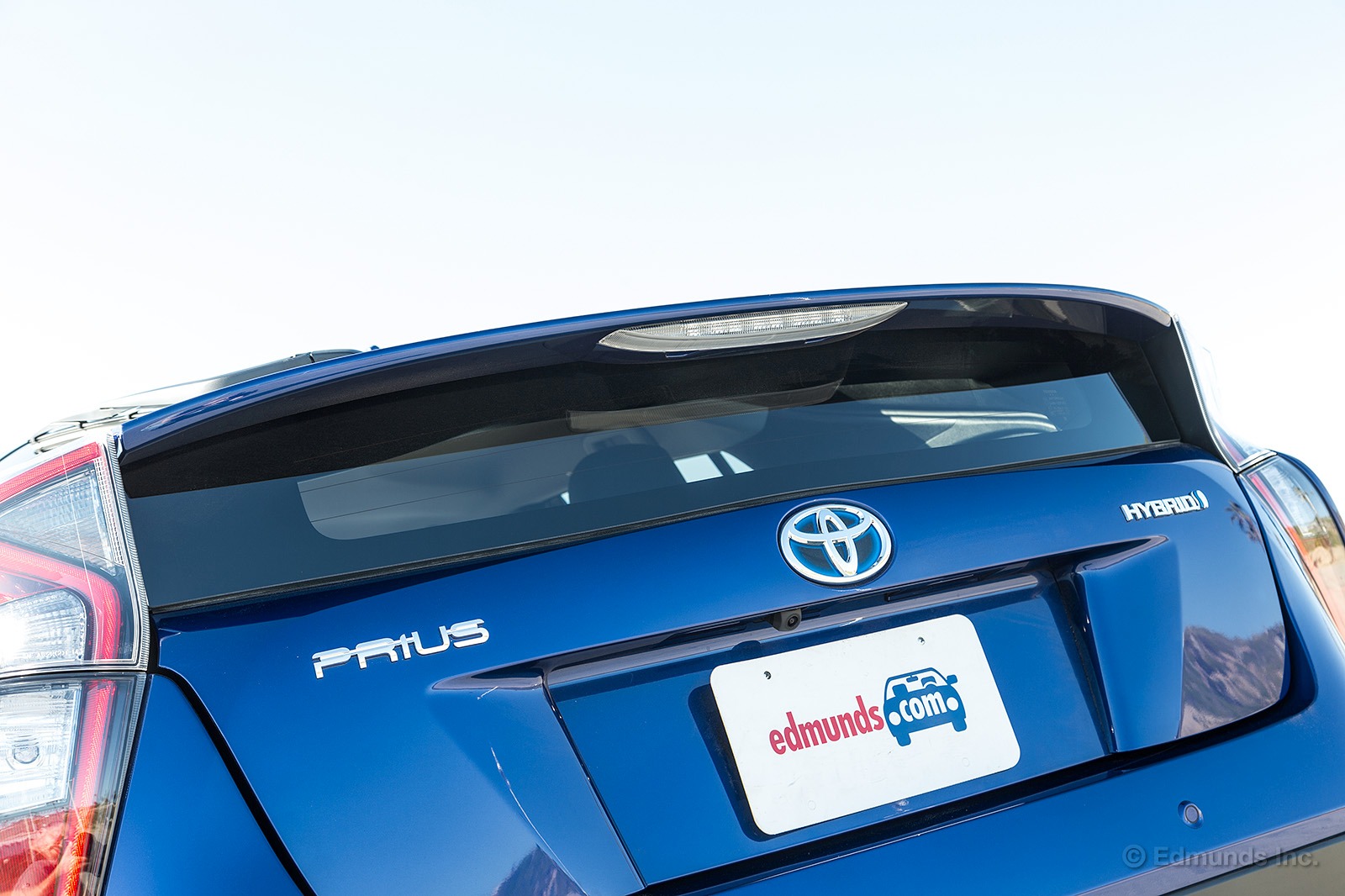
What Kind of Fuel Economy Did It Get?
Our August adventures accounted for 577.1 miles, officially, during which the Prius consumed 12.3 gallons of 87 octane. That's good for a monthly average of 46.8 mpg, slightly below our overall average. It's notable that we're not particularly close to the EPA combined figure of 52 mpg, although 48.6 mpg ain't too shabby.
Average lifetime mpg: 48.6
EPA mpg rating: 52 combined (54 city/50 highway)
Best fill mpg: 57.2
Best range: 42.3 miles
Current odometer: 13,590 miles
Maintenance and Upkeep
None.
Logbook Highlights
Performance
"As with many hybrids and EVs, the Prius gives drivers the option to choose between aggressive regenerative braking and a more typical gradual slowdown when rolling off the throttle. Pull the transmission selector to the left and down to D for normal driving, or straight down to B for greater use of the battery-charging regen brakes (which facilitates so-called one-pedal driving).
"Notably, the Prius requires the user to select D before B can be selected. I found this out the hard way after backing out of my driveway and attempting to put it straight into B. It took a few seconds for me to realize that you can't go immediately into B. I appreciate the patience exhibited by the drivers who waited while this clueless driver figured out how to work his Prius after pulling out into the middle of the street.
"For the record, the Volt allows you to go right into regen brake driving. It's the L on its classic PRNDL shifter." — Cameron Rogers, Staff Writer
Interior and Cargo Space
"It's no secret around the office that I'm a big Prius fan. One reason is the just-right size of this car. It's like a compact-plus hatchback. Easy to park, feels nimble in traffic, but I'm 6-foot-1 and can easily sit behind the driver's seat when it's configured for my long legs. Can't say that about true compact hatches. Also, the trunk is big enough that my golf bag drops right in; no need to fold down a seatback. It's unfortunate that the versatility of the Prius gets lost in all the talk about its hybrid-ness." — Josh Sadlier
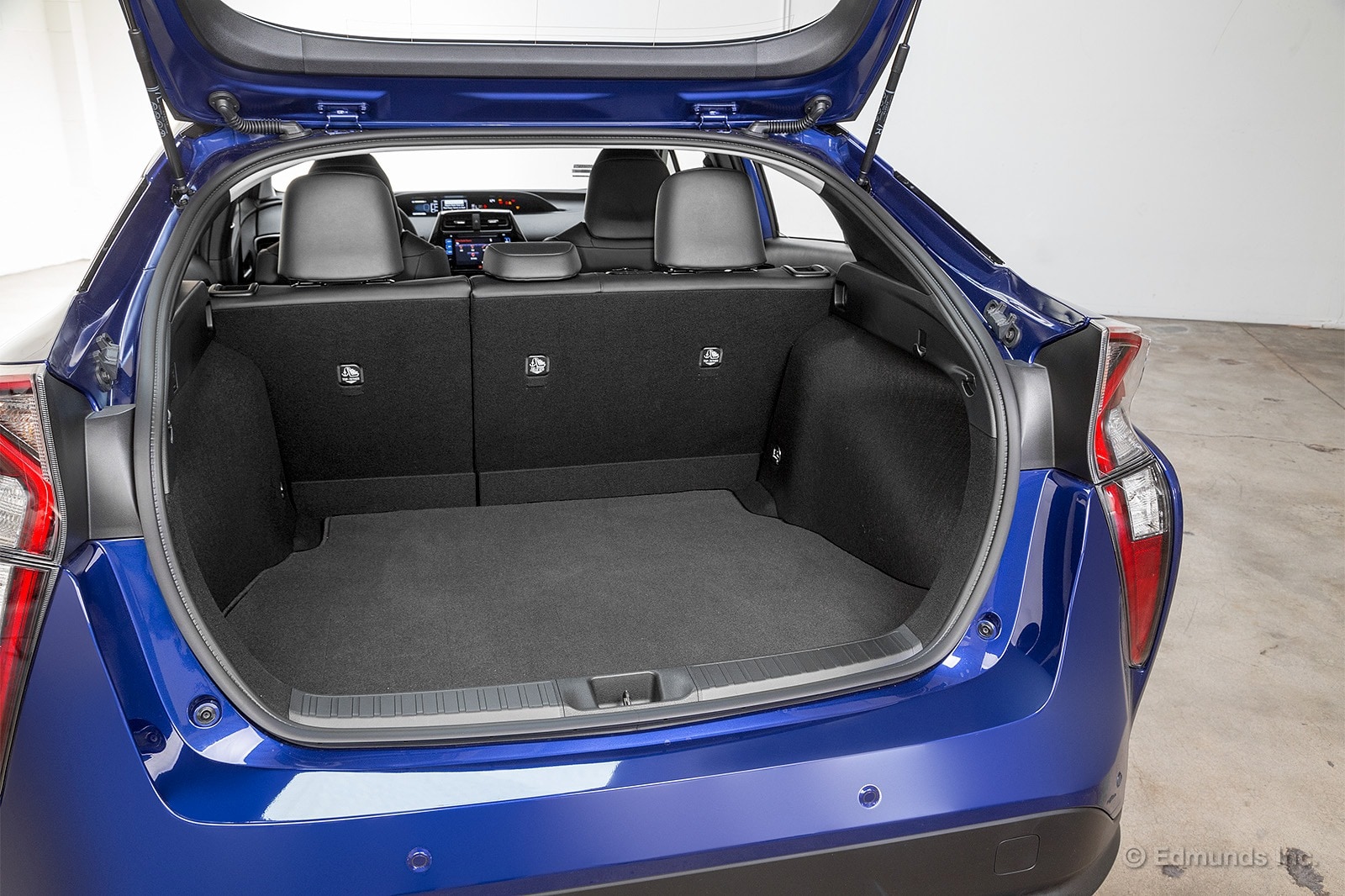
Monthly Update for September 2017
Where Did We Drive It?
Our 2016 Toyota Prius sails past a year and a half of ownership this month. Since acquiring it in March of last year, our funky-looking little blue hybrid has amassed less than 15,000 miles. While that's more than most cars get in the hands of average drivers, it's still lower than what we typically put on long-term cars.
Edmunds staffers have gravitated toward other vehicles for longer drives and use the Prius mostly for commuting around town. Abigail Bassett and Ronald Montoya did the latter this month and commented on a few interior features, from the wireless charging pad to the noise.
What Kind of Fuel Economy Did It Get?
Our Prius accrued a mere 804 miles this month. We filled up just twice and didn't set any new records with fuel economy, good or bad. Our lifetime fuel economy continues to stray below the EPA fuel economy ratings.
Average lifetime mpg: 49.8
EPA mpg rating: 52 combined (54 city/50 highway)
Best fill mpg: 57.2
Best range: 513.1 miles
Current odometer: 14,394 miles
Maintenance and Upkeep
None.
Logbook Highlights
Interior
"Our Prius is loud. I was at a standstill on the freeway and could hear buses and truck engines all around me through closed windows. Plus the tires are super loud at highway speeds. Also, who thought a white plastic interior that looks a lot like a urinal was a good idea?"
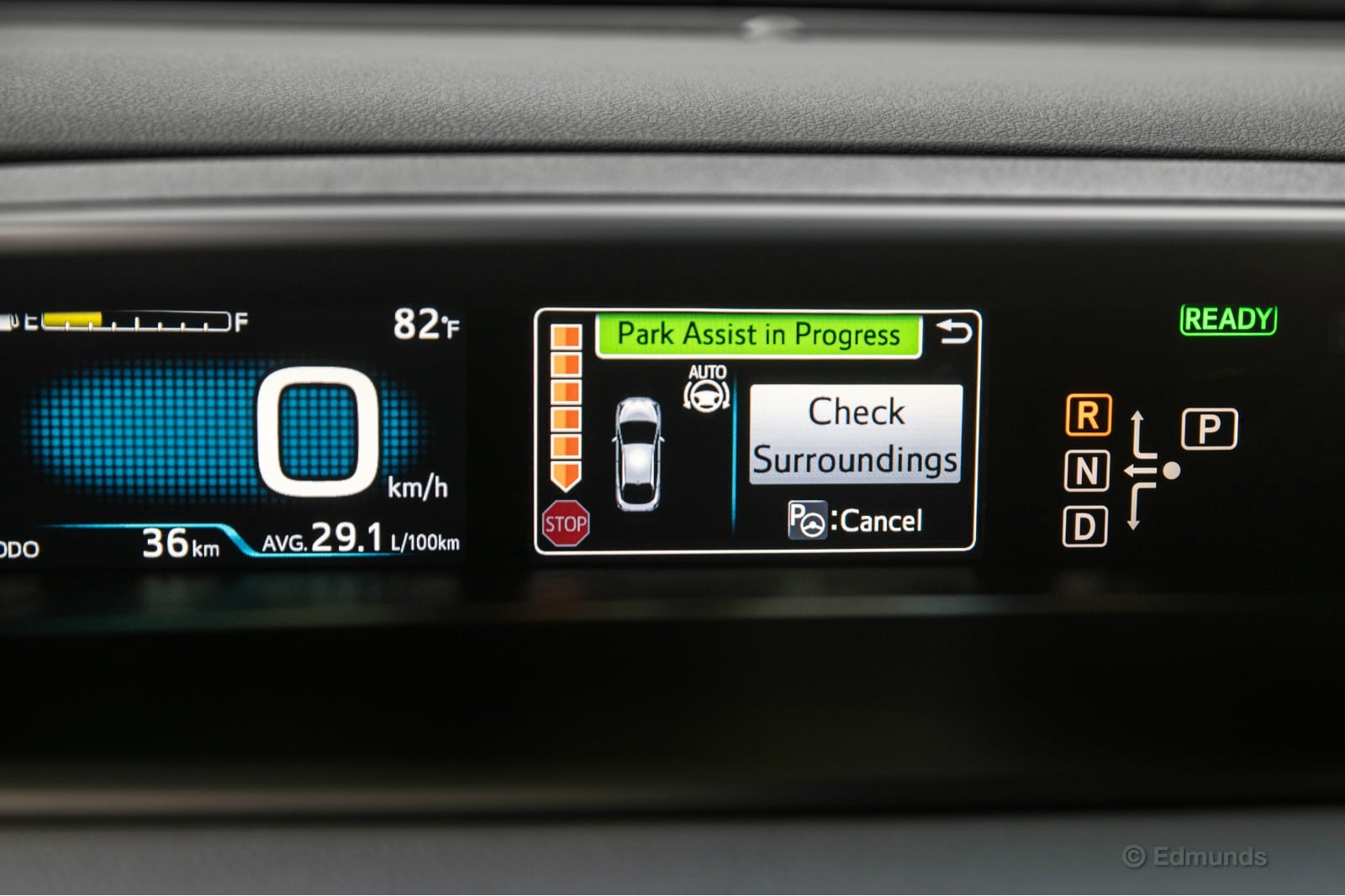
"The brake pedal feels strangely mechanical while everything else in the vehicle has an electronic feel. When you release the pedal quickly, it snaps mechanically to the top of its travel, echoing through the cabin."
"The warning bells and whistles need to go. Really, who needs a backup beeper inside their vehicle?" — Abigail Bassett, senior director, video & social media
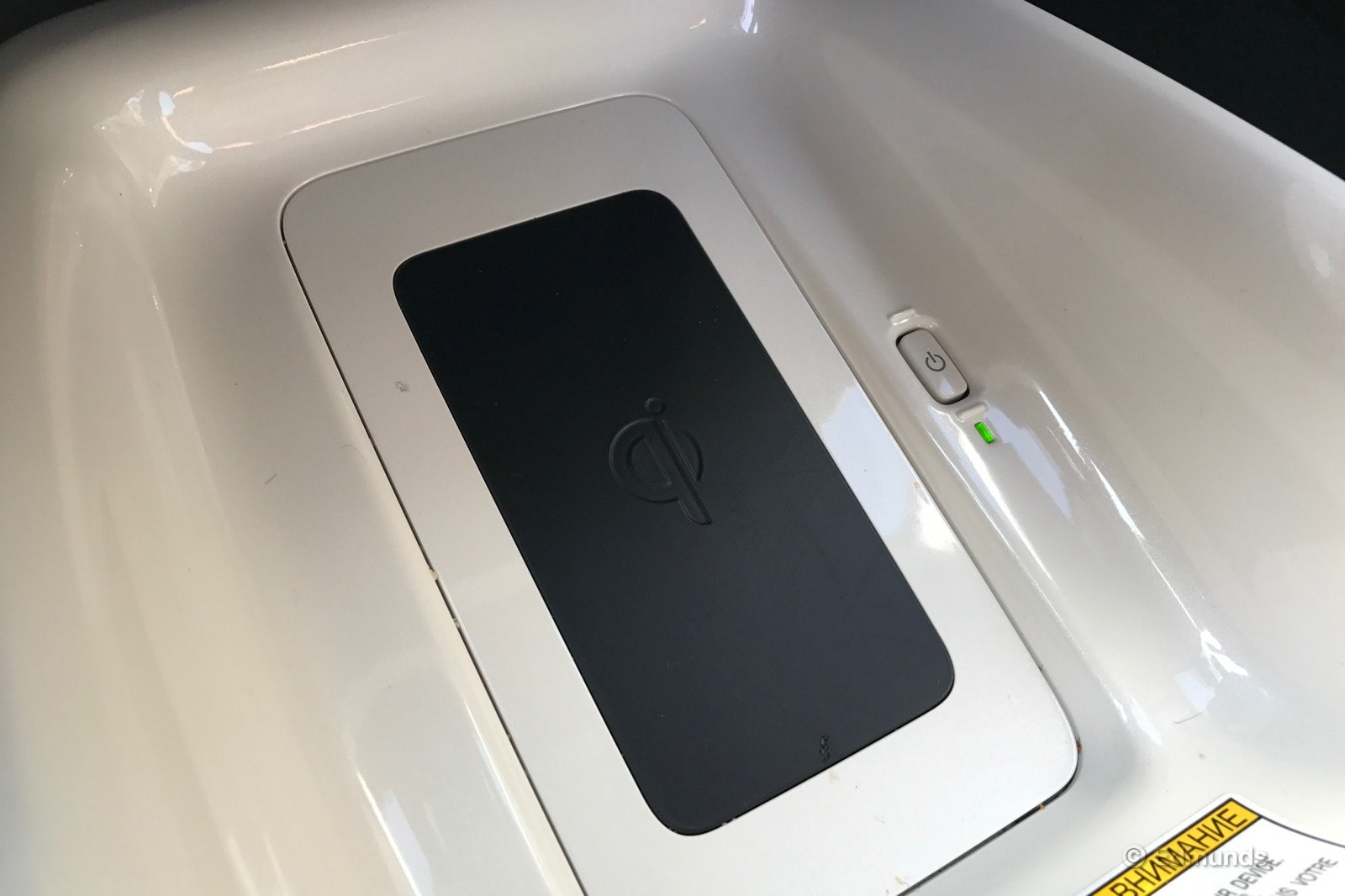
Technology-Audio
"Our Prius' wireless charger hasn't seen much action since most of our staff have iPhones. However, this feature has suddenly become more relevant for Apple fans now that the iPhone 8 and X have been revealed and will support the Qi wireless charging standard. While I'm in no hurry to upgrade from my 7 Plus, this is definitely a feature I'd want in my next car." — Ron Montoya, senior consumer advice editor
"The infotainment system that reads your text messages is pretty solid. It's clear and does a good job of getting words correct. But the actual interface is kind of rotten. It's not simple or elegant to navigate through." — Abigail Bassett
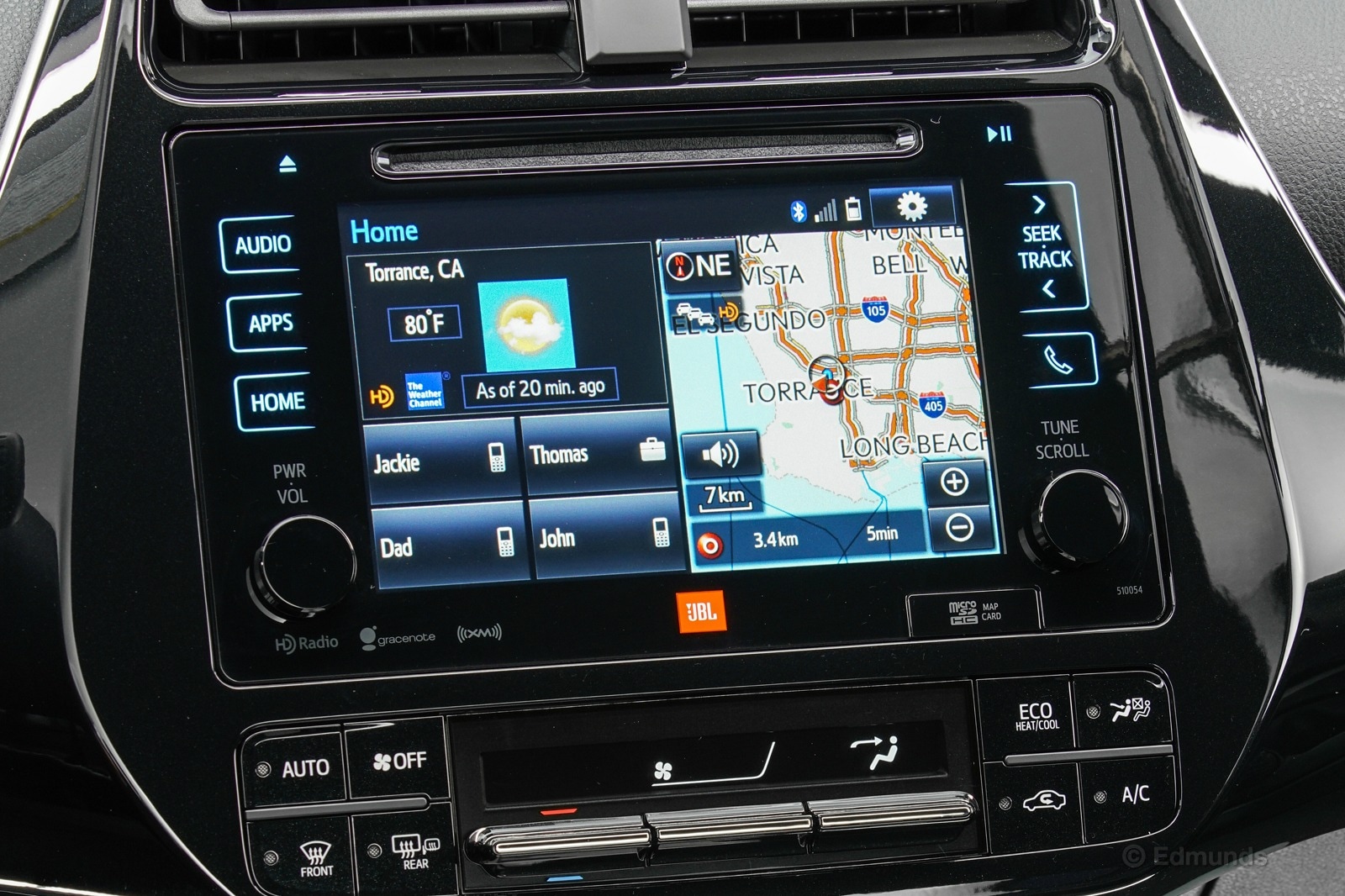
Miscellaneous
"Prius drivers tend to have a reputation for driving slow and methodically. Maybe they're trying to hypermile, maybe the car doesn't have enough power to quickly move around, or perhaps they're just bad drivers. Whatever it is, people seem to not want to follow behind me and rush to pass at the earliest opportunity. I went hiking over the weekend and was driving on a one-lane road. A lifted pickup truck behind me quickly grew impatient and started following way too close for comfort. I try not to drive like the Prius stereotype, but I still have to observe the speed limit. I eventually came upon a passing lane and allowed the truck to whiz by. He didn't get very far — his progress was slowed by another vehicle in front. These aggressive maneuvers people often do while driving don't add up to much time saved." — Ron Montoya
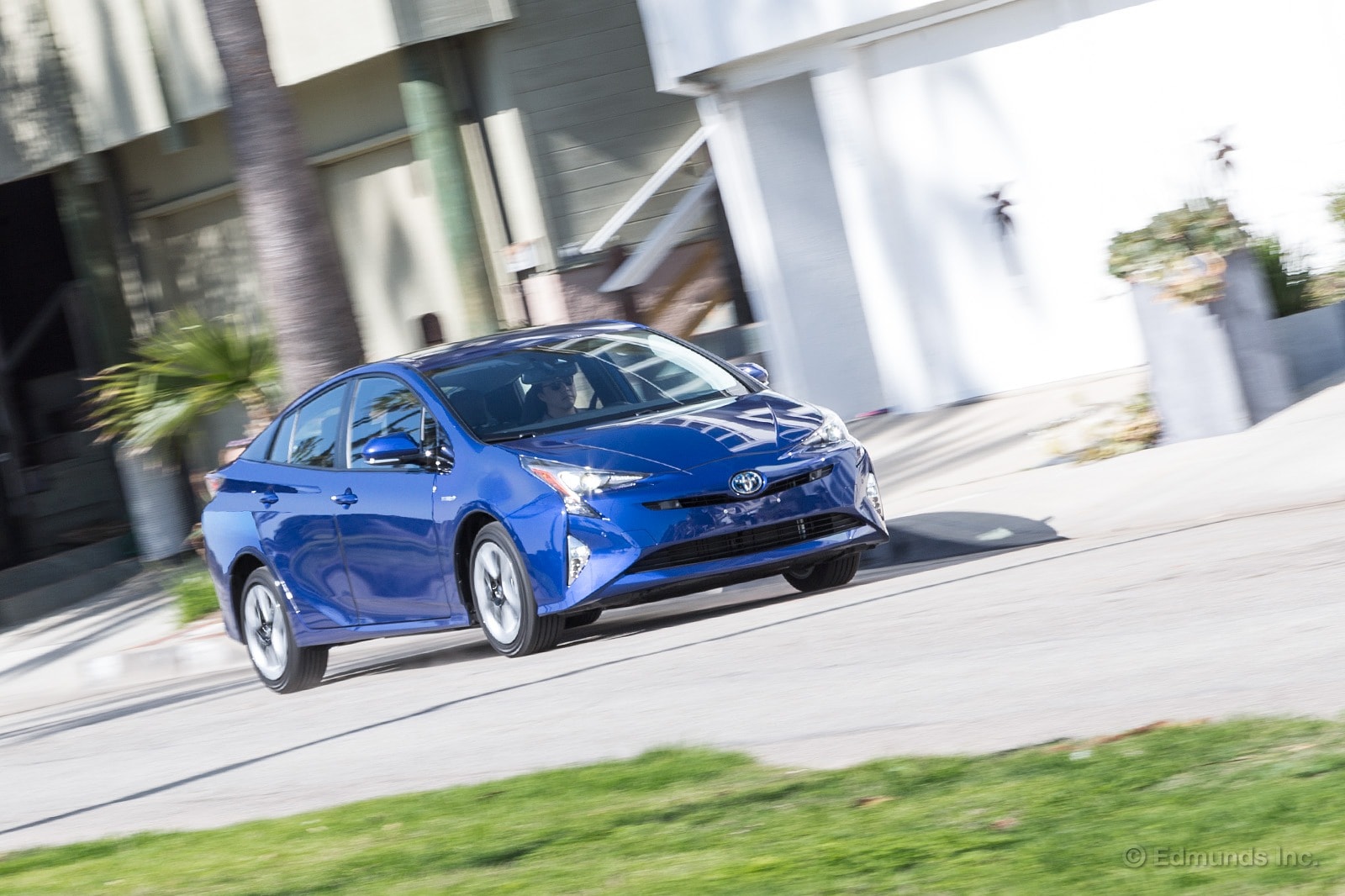
Where Did We Drive It?
Typical for our 2016 Toyota Prius, it spent most of the month navigating city streets and crowded highways. That's what it does best, so most of our editors choose the Prius when they're facing consecutive days of commuting. Associate Staff Writer Will Kaufman got plenty of seat time on his extended commute and came away impressed with many aspects of our thrifty little hybrid. Senior Editor Ed Hellwig also liked how the Prius has held up over the last year, still feeling solid and rattle-free.
What Kind of Fuel Economy Did It Get?
Continued city use hasn't boosted our overall mileage figure lately, and the Prius still hovers just under the 50 mpg mark. Chalk it up to some of our heavy-footed editors who can't help but dig into the gas pedal a little harder than most while dealing with near-constant traffic.
Average lifetime mpg: 49.7
EPA mpg rating: 52 combined (54 city/50 highway)
Best-fill mpg: 57.2
Best range: 513.1 miles
Current odometer: 15,120 miles
Maintenance and Upkeep
None.
Logbook Highlights
Interior
"Auto-dimming rearview mirrors are a bit of a crapshoot, and the one in the Prius is a real snake-eyes. It doesn't get nearly dark enough and the lights of following cars are glaringly bright. It made me long for a manual mirror." — Will Kaufman, associate writer
"I know this car doesn't have as many miles on it as it should, but I'm still impressed by how well it has held together. Everything still feels tight and rattle-free in the cabin. This is noteworthy for a car like the Prius, as hybrids often forgo heavy cabin insulation in favor of saving weight. The result is less room for error when it comes to build-quality issues, but our Prius doesn't sound or feel like it's getting old." — Ed Hellwig, senior editor
Comfort
"For me, the Prius' biggest sin is that it just isn't comfortable. I don't like the seats, and without an extendable sun visor, the sun is a huge issue with those tall windows. Even though there's plenty of headroom, I feel too large for the cabin (I'm 6-foot, so unlike some of our editors, I'm not some sort of aberration).
"Almost all of my other issues with the Prius are trade-offs for its stellar efficiency, so I can make peace with them. But almost immediately after getting into the car, I start fidgeting, trying to find a comfortable position that just isn't there. That I can't forgive." — Will Kaufman
Performance
"The average speed of my daily commute is usually around 15 mph, so it wasn't until I had the Prius for a weekend that I got to drive it at proper freeway speeds. I'll say this much: I was pleasantly surprised. The Prius feels perfectly stable, and while it doesn't offer a lot of acceleration, it also doesn't feel as breathless at speed as some cars."— Will Kaufman

Where Did We Drive It?
We added just 376.7 miles to our 2016 Toyota Prius in November. We've held onto it nine months past its original expiration date, just to see if we could gather a more comprehensive set of mileage data. But now about 18 months into its time in the fleet, and with just 15,401 miles on the odometer, it's safe to say we're over the Prius.
Not that it's a bad car. It's just that we're often spoiled for choice, and when it gets down to it, other cars do the same job with more utility, comfort and style. Our long-term Volt, for example, also stayed well past midnight yet racked up almost 29,000 miles. We liked it a lot, apparently. The Volt possessed a solid heft and feel, while the Prius feels hollow and lean in its quest for maximum fuel thrift. And then there's the interior. And exterior. And that joystick thing that makes the car go forward, back or stationary.
But overall, today's Prius is a good evolution of the former. There's more room, its handling is (marginally) more responsive, and the cabin looks better than before. And it still does well what it's always set out to do: Conserve fuel. Our average mpg during this long-term test is 49.6 — shy of the EPA rating, but still impressive given the kind of driving the Prius endures.
What Kind of Fuel Economy Did It Get?
Normal city use didn't boost our average mpg figure; in fact, it dropped it 0.1 mpg. Here's a case of a car not being to stretch its legs, condemned to a month of puttering around Los Angeles stoplights and side streets.
Average lifetime mpg: 49.6
EPA mpg rating: 52 combined (54 city/50 highway)
Best-fill mpg: 57.2
Best range: 513.1 miles
Current odometer: 15,401 miles
Maintenance and Upkeep
None.
Logbook Highlights
Here's a recap of some things we've felt the Prius does right and not so right:
Performance
"While I wouldn't say I 'enjoy' driving our Toyota Prius around town, I'm nonetheless impressed with how efficiently and effectively it goes about getting the job done. Here's why: 1) It's easy to see out of through the windshield and front side windows; 2) It feels light and agile when zipping around turns or parking lots; 3) Getting in and out is easy, and the driver seat is comfortable; 4) On top of all this, it gets admirable 50-plus mpg as long as you're not driving it like it's a race car." — Brent Romans, senior automotive editor
"I'll admit that the Prius makes me drive a little faster than normal. Knowing that it gets well over 40 mpg no matter how you drive it is the reason. I have little hesitation to mash the gas when necessary since it barely seems to matter. Could this be why I often observe Prius drivers zipping through traffic like they're in some big hurry? Possibly. If our car were a Prius plug-in, it would be a little different. At least then I would be mindful of the battery range I was using up. It's an odd mind-set, but one that's hard to resist." — Ed Hellwig, senior automotive editor
"The long-term Prius is one of those cars that always pleasantly surprises me when I get back into it. Never thought I'd be saying that about Toyota's appliance-like hybrid, but the current generation is a real step forward. There's noticeably more pickup around town and less road noise on the highway, which adds up to more driver confidence — it just feels more like a real car. I'm also impressed with the steering response relative to past models. Honestly, if I needed a new commuter car right now, the Prius' styling would be the only thing holding me back. Give me the previous generation's inoffensive exterior and I'd be all in." — Josh Sadlier, senior manager of content strategy
Interior
"I feel like I'm sitting in a plastic bathtub. I do like the lower-than-expected seating position, but the dash, doors and the rest of the interior seem a little too high (unless there's a larger than normal number of really tall people buying these things). It helps to raise the seat up quite a bit." — Kurt Niebuhr, photo editor
Technology-Audio
"I'm a big fan of the live radio rewind feature on the Prius' infotainment system. The system allows you to rewind up to 20 minutes of live radio, which is valuable in the case you receive a phone call during your favorite radio program." — Jonathan Elfalan, road test manager
Miscellaneous
"I recommended the current-generation Prius to a friend the other day. He was looking for a practical car that would also work well for his spare-time gig as an Uber driver. I told him to consider a certified preowned 2016 Prius, explaining that it's much more rewarding to drive than its predecessors, and it'll give him 50 mpg all day long. He was surprised that a 'car guy' would recommend a Prius, but he said he'd take a look. I asked him a couple weeks later what ended up happening. 'I got a Mazda 6,' he said. 'I actually liked the Prius, but it was just too ugly.' I couldn't argue with that. Great car, but oof, that styling." — Josh Sadlier
Monthly Update for December 2017
Where Did We Drive It?
This month our 2016 Toyota Prius mostly sat around while everyone was gone for the holidays. When it was on the road, the Prius handled, you guessed it, more commuting duty. As both Rex and Josh note in the comments below, the Prius is in many ways the ultimate commuter, regardless of how the snootier among us may feel about the humble hybrid.
And yet Prius sales are actually down. Not for the extended Prius family, which is flourishing with its Primes and C's and Zumble-Zays. The drop-off is specifically for the venerable, original-flavor hatchback. It could be that the plethora of other Prius options are taking their toll on the non-plug-in hatch, but Travis (and his dad) think it might just be the new generation's looks.
What Kind of Fuel Economy Did It Get?
Our Prius managed almost 600 miles in December. Over that distance it averaged a respectable 50.2 mpg, bringing the car's lifetime average up one-tenth to 49.7 mpg. The Prius continues to be an impressively fuel-efficient commuter, especially considering the toll L.A. traffic takes on most of our efficiency attempts.
Average lifetime mpg: 49.7
EPA mpg rating: 52 combined (54 city/50 highway)
Best-fill mpg: 57.2
Best range: 513.1 miles
Current odometer: 15,999 miles
Maintenance and Upkeep
None.
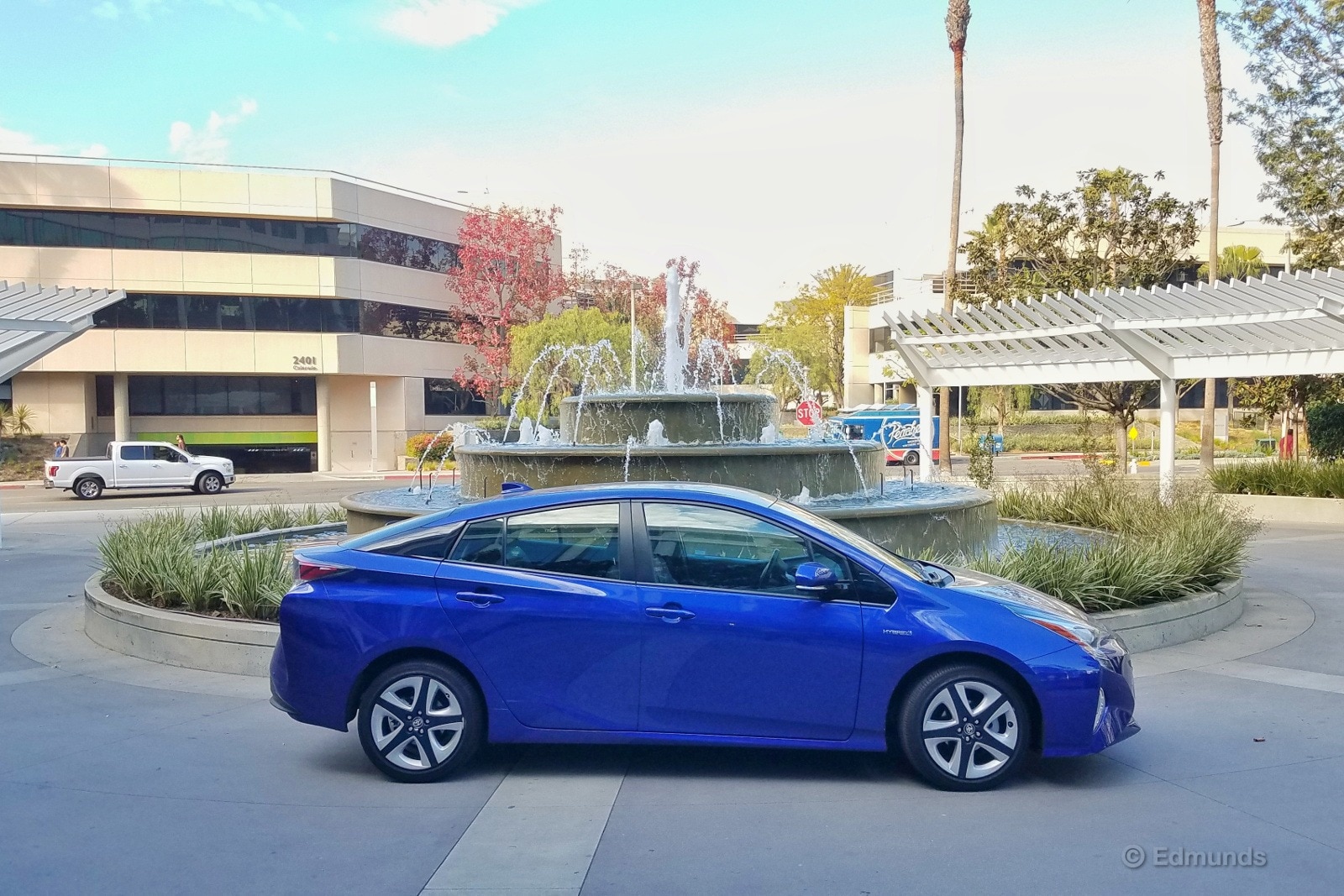
Logbook Highlights
Miscellaneous
"I ran the numbers, and it turns out I've contributed nearly 20 percent of the logbook comments for our long-term Prius as of this writing, virtually all of them positive. Why? Well, aside from the outdated stigma the Prius carries in certain car-connoisseur circles, what's not to like about this thing? It gets like 45 to 55 mpg no matter how you drive, it's small on the outside but big on the inside, and with the powertrain updates (and discarded pounds) for this generation, it'll even scoot through city traffic with verve. The styling still looks screwy, sure, but this Prius is plenty good enough to make aesthetics seem insignificant." — Josh Sadlier, senior manager, content strategy
"My father, a Prius early adopter, just made the switch out of the Prius family. He picked up his first Prius back when you had to put down a $2,000 deposit just to get in line for one, and if my math is correct, he's owned five late-model Toyota hybrids including three Priuses and two Highlander hybrids. He's committed to the idea of having a fuel-efficient daily driver even if he's got a '70s American hot rod in the garage. So it was a big move when he traded in his old Prius and went with a Chevy Volt instead. This latest round of styling changes was just too much to bear, and incentives on the Volt are excellent right now. I haven't found any generation of the Prius attractive, but I definitely agree with him in thinking that this current gen's look is a deal-breaker, no matter how committed you are to the cause of fuel economy. That's especially true now that there are several better-looking options available." — Travis Langness, staff writer
MPG
"I'm going to be Captain Obvious here: The Toyota Prius is a commuting marvel. I'm not even sure the gas gauge went down. I even floored it a few times. I usually see it go down a tick on any other vehicle but not the Prius. Sixty-plus miles and counting." — Rex Tokeshi-Torres, vehicle testing technician
Comfort
"Airy and spacious, the front cabin in this Prius is pretty comfortable." — Rex Tokeshi-Torres
Interior
"I can't wait until we're allowed to project critical displays onto the windshield. I'm not saying a full-on Minority Report or Tony Stark kind of thing, but I'm not a fan of the instrument panel display being in the center." — Rex Tokeshi-Torres

Monthly Update for January 2018
Where Did We Drive It?
Our 2016 Toyota Prius traveled a scant 600 miles in January. Most of those miles were for commutes to work, trips to the gym and running errands. Not terribly exciting, but it's a good example of how most people will actually use this vehicle.
In this month's logbook entries, there were a couple of observations on the Prius' interior, the comfort of the driver's seat, its handling in the canyons, and even a rare compliment on its looks.
What Kind of Fuel Economy Did It Get?
There were only two fill-ups in January. The Prius averaged 49.4 mpg this month, which is consistent with our lifetime average of 49.7 mpg. This consistency is what makes the Prius so good. Drive it normally and you're going to get great fuel economy. Drive it like, well, a Prius driver, and you'll get exceptional fuel economy.
Average lifetime mpg: 49.7
EPA mpg rating: 52 combined (54 city/50 highway)
Best fill mpg: 57.2
Best range: 513.1 miles
Current odometer: 16,676 miles
Maintenance and Upkeep
None.
Logbook Highlights
Interior
"I like to make up terms, a lot, so I'm going to call all the space above the driver's shoulders and forward to the windshield fake space. It's space that doesn't benefit any of the occupants, it's unusable, and it makes the driver in particular feel small, like they're sitting in a cheap plastic hot tub. I'm not advocating we all sit with our faces pressed against the windshield, but the Prius seems to be extra roomy in the weird place." — Kurt Niebuhr photo editor,
"I'm apparently in the minority, but I don't find the Prius' interior particularly offensive. It's not high-end (why would it be?), but it's functional. Sure, the white plastic trim has an antiseptic quality, but it looks clean and bright. Editor Josh had even given it props for its techy vibe à la Apple. On the way to the gym, I did discover that my water bottle didn't quite fit in the cupholder. And coming out of the gym parking lot at the ticket machine, the Prius' parking sensors went into overdrive. Annoying. Still, I'd rather have overreactive sensors than no sensors." — Kathleen Clonts, copy chief
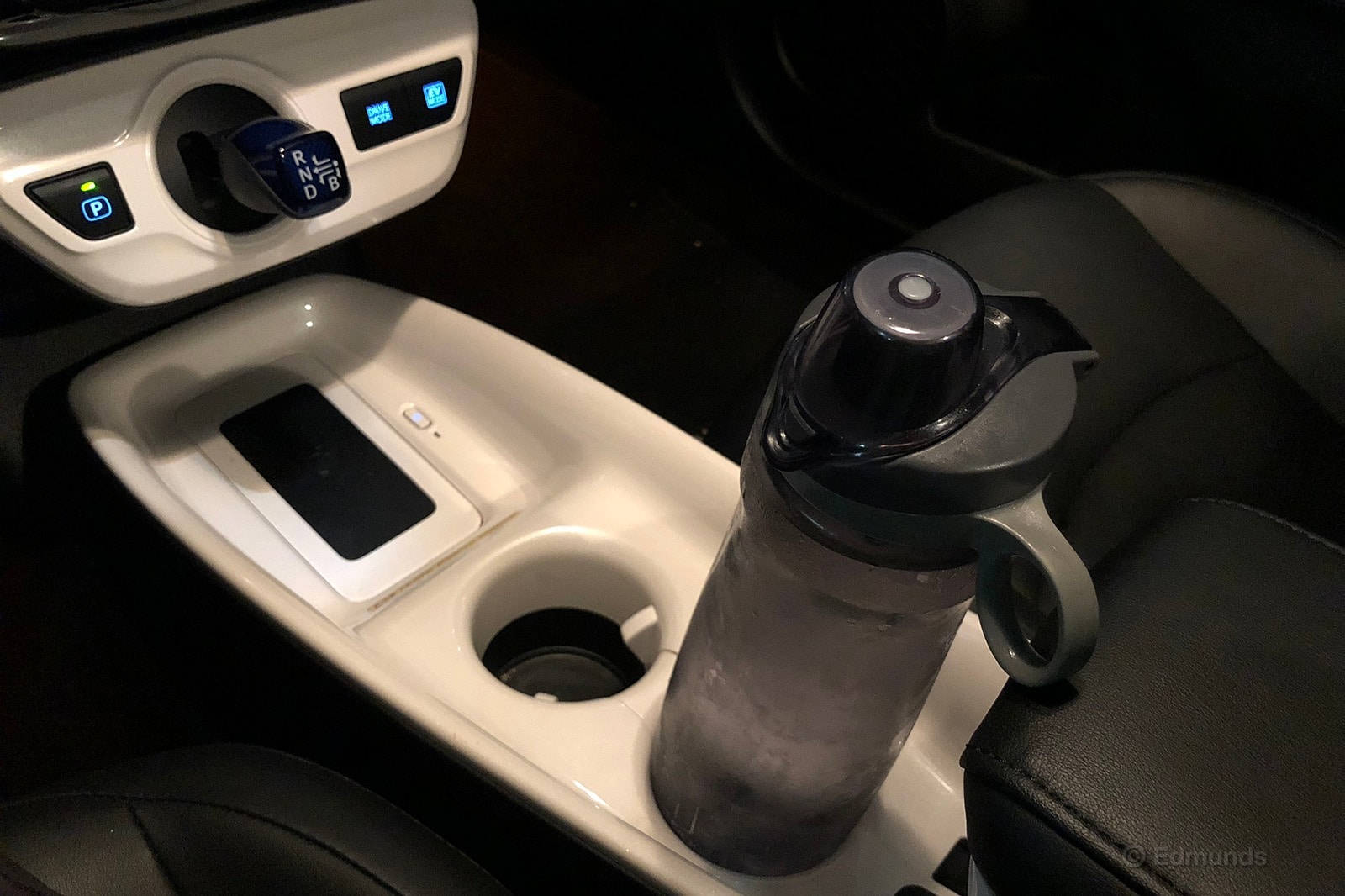
Comfort
"Put me in the same camp as editor Will Kaufman, who finds it hard to get comfortable in the driver's seat. For me, there's just not enough thigh support, and I found myself jutting out my left leg toward the driver's door. A long road trip probably wouldn't be a lot of fun. I also agree with Will that an extendable sun visor (and a sturdier one) is in order. In L.A., you tend to use the visor quite a bit, and besides it being too short, it felt flimsy." — Kathleen Clonts
Performance
"The Prius does well in canyons. The steering felt responsive navigating the curves, and I hit a coveted 90-plus Eco score coming downhill. Besides a bit of tire noise, it was an able performer." — Kathleen Clonts
Miscellaneous
"Sure, the back end is kind of boxy and big, but I don't feel the hostility to the Prius' exterior that some of my co-workers do. Its Blue Crush Metallic color also stands out nicely from the crowd, which I dig." — Kathleen Clonts
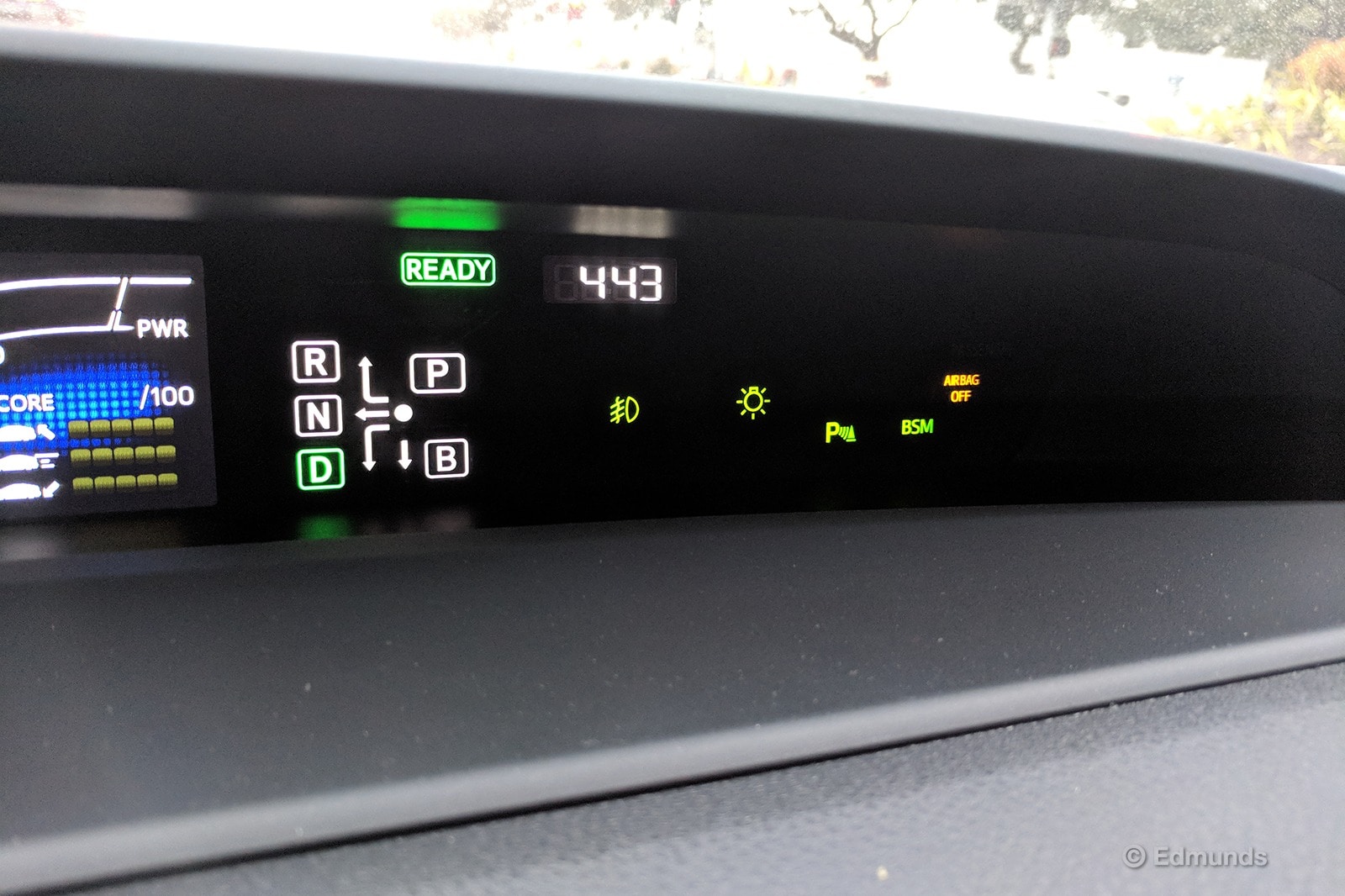
Monthly Update for February 2018
Where Did We Drive It?
Our long-term 2016 Toyota Prius continued its usual commuting duties, with a road trip to Oceanside, California, mixed in for good measure. We've reached the end of our yearlong test and, not surprisingly, the Prius reached this milestone with no mechanical difficulties and an average fuel economy of almost 50 mpg. Impressive.
What Kind of Fuel Economy Did It Get?
We clocked 729.5 miles on the Prius in February and filled it with 14.6 gallons of unleaded fuel. That comes to 50 mpg for the month, which is a very slight improvement over our lifetime average but not enough to move the needle. The previous best-fill and -range figures remain unchanged.
Average lifetime mpg: 49.7
EPA mpg rating: 52 combined (54 city/50 highway)
Best fill mpg: 57.2
Best range: 513.1 miles
Current odometer: 17,758 miles
Maintenance and Upkeep
None.
Logbook Highlights
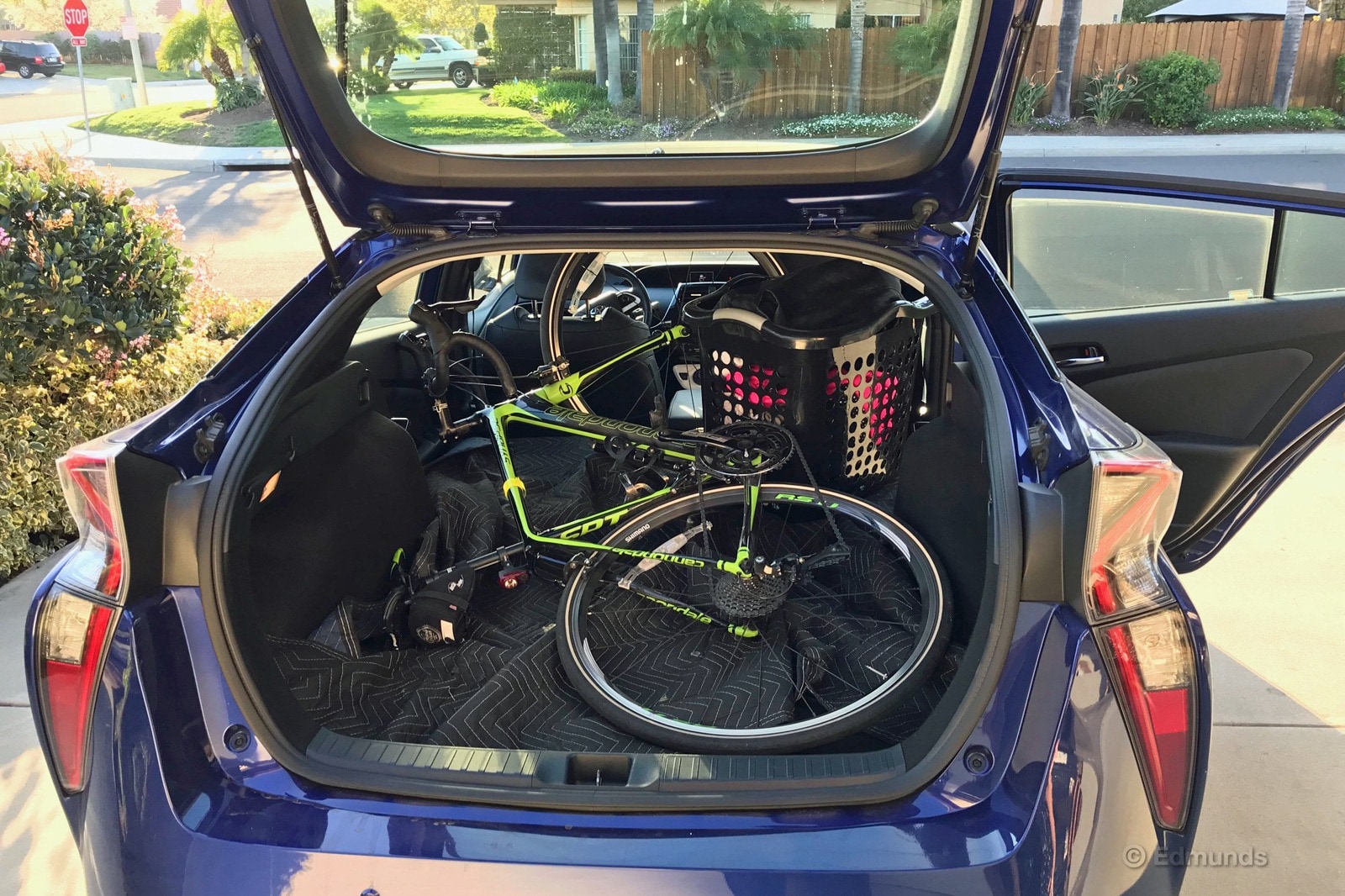
Utility
"I was going out of town for the weekend and decided to bring my road bike with me. Our 2016 Prius is a hatchback, but the roofline slopes downward in the rear. I wasn't sure if my bike would fit, but fortunately my concerns were quickly alleviated. The Prius cargo cover was easy to remove and the rear seats folded flat. My bike fit with room to spare and I didn't even have to remove the front wheel. I also had room for a medium-size laundry basket and a couple of shopping bags full of clothes placed in the rear footwells." — Ron Montoya, senior consumer advice editor
Performance
"This is a bold admission for me, but the recent Honda Accord hybrid and our 2016 Prius have changed my perspective on hybrids. Prior to these, the hybrids I'd driven never had enough power, the stop-start systems were too intrusive, and the transition between electric assist and the gas engine were too harsh for my taste. This Prius has vastly improved on those issues. Driving it is no longer a sacrifice you make to get stellar fuel economy. I wouldn't necessarily call it fun, but this Prius is pleasant to drive. With gas prices rising here in California, I'll definitely put a hybrid on my list of vehicles to consider when my current lease is up." — Ron Montoya
"I had to panic-brake in the Prius when a motorcyclist decided to take a right turn perpendicularly across the front end of the car. Luckily I was puttering along in traffic (at most doing 15 mph) and the Prius did a stellar job coming to a quick stop. And that guy's not dead — that's a plus." — Kathleen Clonts, copy chief
Technology-Audio
"I threw my iPhone 8 Plus on the wireless charging pad, but it took me a while to notice the orange blinking light, apparently indicating it wasn't charging. Come to find out that the iPhone 8 Plus is too big for the charger. According to this 2017 report, Apple acknowledged the 8 Plus might not fit into some vehicles' charging areas: 'Some automotive wireless chargers have physical size constraints and might not fit every phone. If you're planning on buying a car with a wireless charger, make sure that your iPhone will fit in the charger first.'" — Kathleen Clonts
Monthly Update for March 2018
Where Did We Drive It?
March was filled with 2016 Toyota Prius milestones. We've owned the car for two years, but just set records for the fewest miles driven in a month, least number of fill-ups, best fuel range and second-best fuel economy on a single tank. We also experienced its first flat tire, its first day out of service, and the first time we spent money on maintenance.
It was an eventful stretch considering we didn't drive the Prius a heck of a lot. Read on for an explanation of all of these firsts.
What Kind of Fuel Economy Did It Get?
We drove the Toyota just 521 miles since our last update, all on a single tank of gasoline. That beat our previous mark of 513 miles. We averaged 55.9 mpg on that lone tank, which was a step behind our best fill of 57.2 mpg. Yet it was high enough to raise our lifetime fuel economy by 0.1 mpg.
Average lifetime mpg: 49.8
EPA mpg rating: 52 combined (54 city/50 highway)
Best fill mpg: 57.2
Best range: 521 miles
Current odometer: 18,279 miles
Maintenance and Upkeep
March was the first time we reached into our pockets to pay for maintenance. We started up the car one morning and found the low-tire warning light on. This meter doesn't specify which position is low, so we got out and checked.
A visual inspection gave no clue which tire was compromised. Some words of warning: Never rely on your eyes to recognize a flat tire. Trust the tire-pressure monitoring system or a tire gauge. We used a gauge to find the flat, which was down to 18 psi compared to its cohorts at 32 psi. We topped it with air from our garage compressor, and it held all the way to the tire shop.
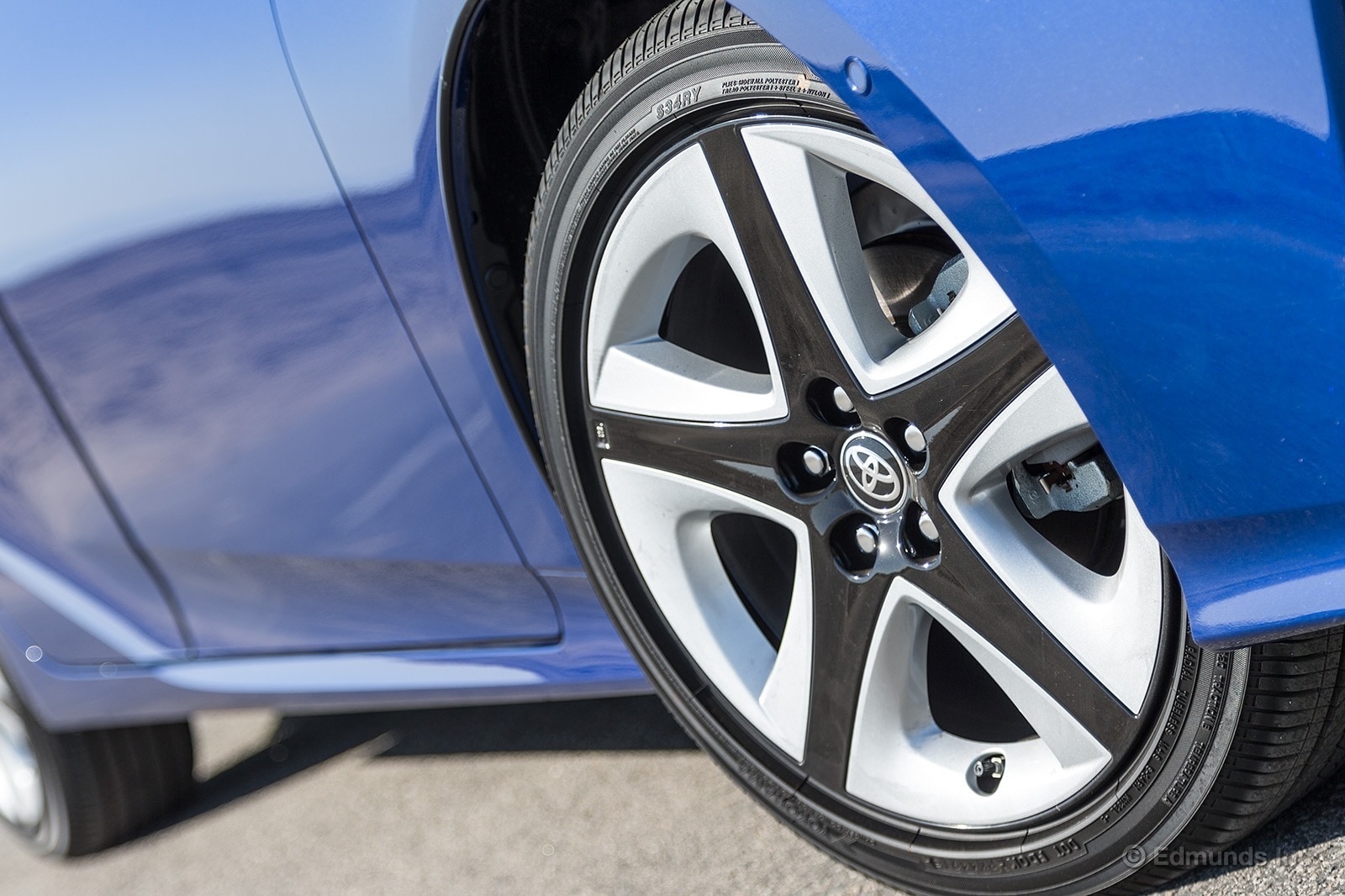
It wasn't until the tire was off the car that we saw the nail resting on the inside shoulder of the tire tread. Shoulder punctures are expensive because a patch won't hold there, so we needed a new tire. America's Tire ordered a Yokohama BluEarth S34 tire, size P215/45R17, a twin of the damaged tire. The cost: $219.
Had our car been equipped with the other original-equipment tire, Bridgestone Ecopias, the bill would've been much less at $152. America's Tire has the Ecopias in stock, but the Yokohamas wouldn't arrive until the next day. Since our Prius didn't have a spare, the tech offered to mount a temporary, non-matching tire to get us home. We declined and left the car overnight.
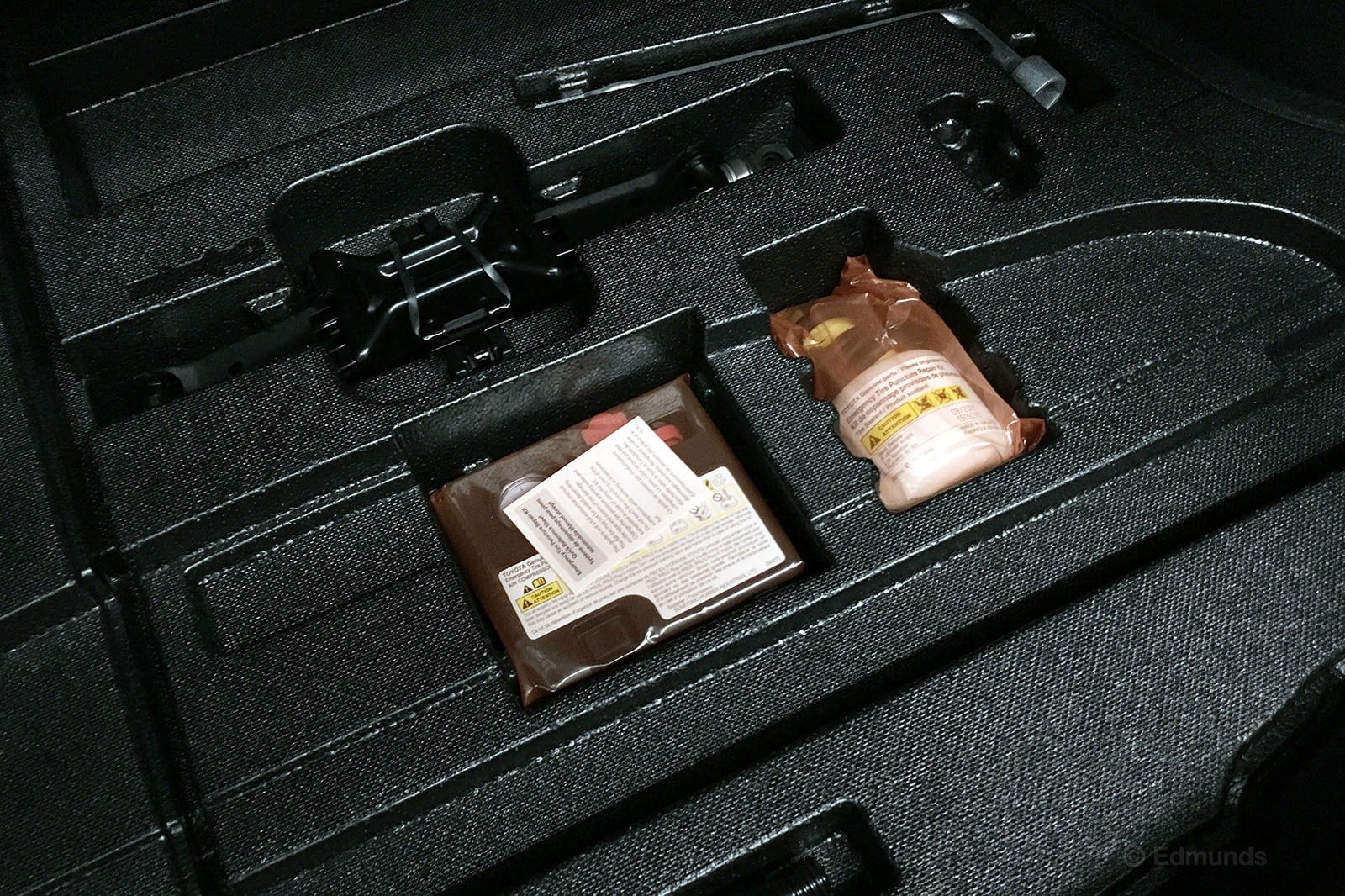
Early the next morning, we were back on the road.
Logbook Highlights
Maintenance
"There is a noise coming from the right rear of the car. It is faint and sounds a little like a bearing, but I can't be sure. We should monitor it." — Dan Edmunds, director of vehicle testing
Performance
"Prius drivers tend to have a stereotype of driving slow to maximize fuel economy. And even though I don't drive like that, the rest of the world has already made up its mind. Cars will tailgate you or drive around you to get past the 'slow hybrid.' It really is a thing that happens. I've been guilty of this myself. So keep this in mind if you buy a Prius: People will want to blow past you whether you're going fast or not." — Ron Montoya, senior consumer advice editor
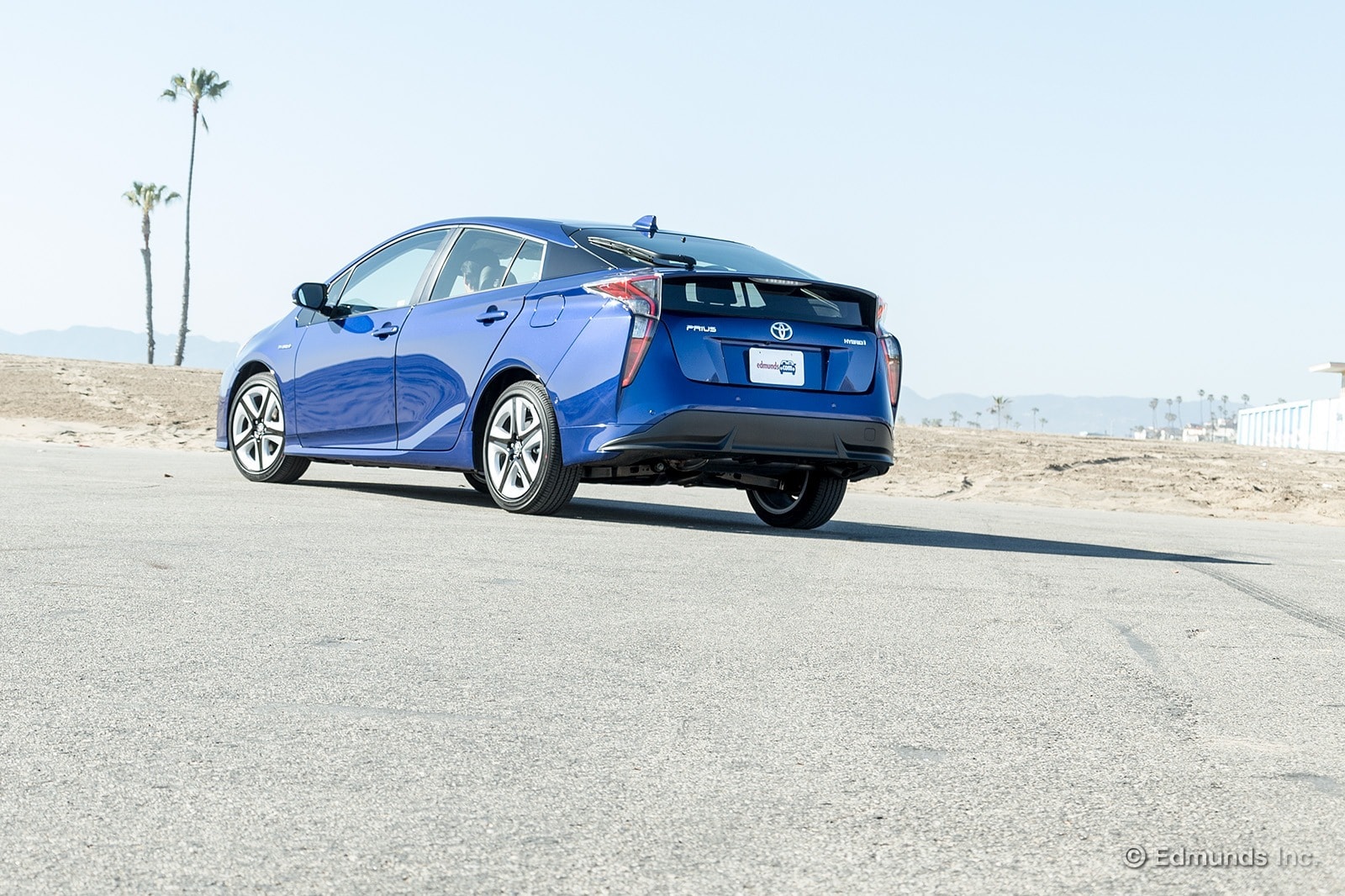
Monthly Update for April and May 2018
Where Did We Drive It?
Stop us if you've heard this one before: "The Prius spent [insert month here] mostly commuting around the Greater Los Angeles area." Until now, we've mostly driven our 2016 Toyota Prius as most Prius owners do: stuck in traffic, letting the engine rest as the battery keeps the car creeping along at low speeds. We haven't made a concerted effort to take it on long road trips.
In April, it was more of the same, and May looked to be no different. That is until Rex decided the Prius would be a suitable partner on his road trip to Oregon. In the process, Rex more than doubled the distance the Prius had driven in any month to date.
What Kind of Fuel Economy Did It Get?
April was rather uneventful, as we traveled fewer than 1,200 miles and averaged 48.2 mpg. May was more interesting. One of our colleagues outside of the Editorial Team managed to match our fuel economy record of 57.2 mpg, while Rex's 3,000-mile road trip illustrated that the Prius is much less efficient at sustained high speeds. While three of his eight fill-ups bested the EPA's 50 mpg highway estimate, four fill-ups fell into the mid- to high 40s. The remaining tank was an abysmally low 38.4 mpg.
Average lifetime mpg: 49.4
EPA mpg rating: 52 combined (54 city/50 highway)
Best fill mpg: 57.2
Best range: 521 miles
Current odometer: 23,460 miles
Maintenance and Upkeep
Light bumper damage knocked the blind-spot monitor sensors out of alignment. We'll address this when we take the Prius in for its upcoming 25,000-mile service.
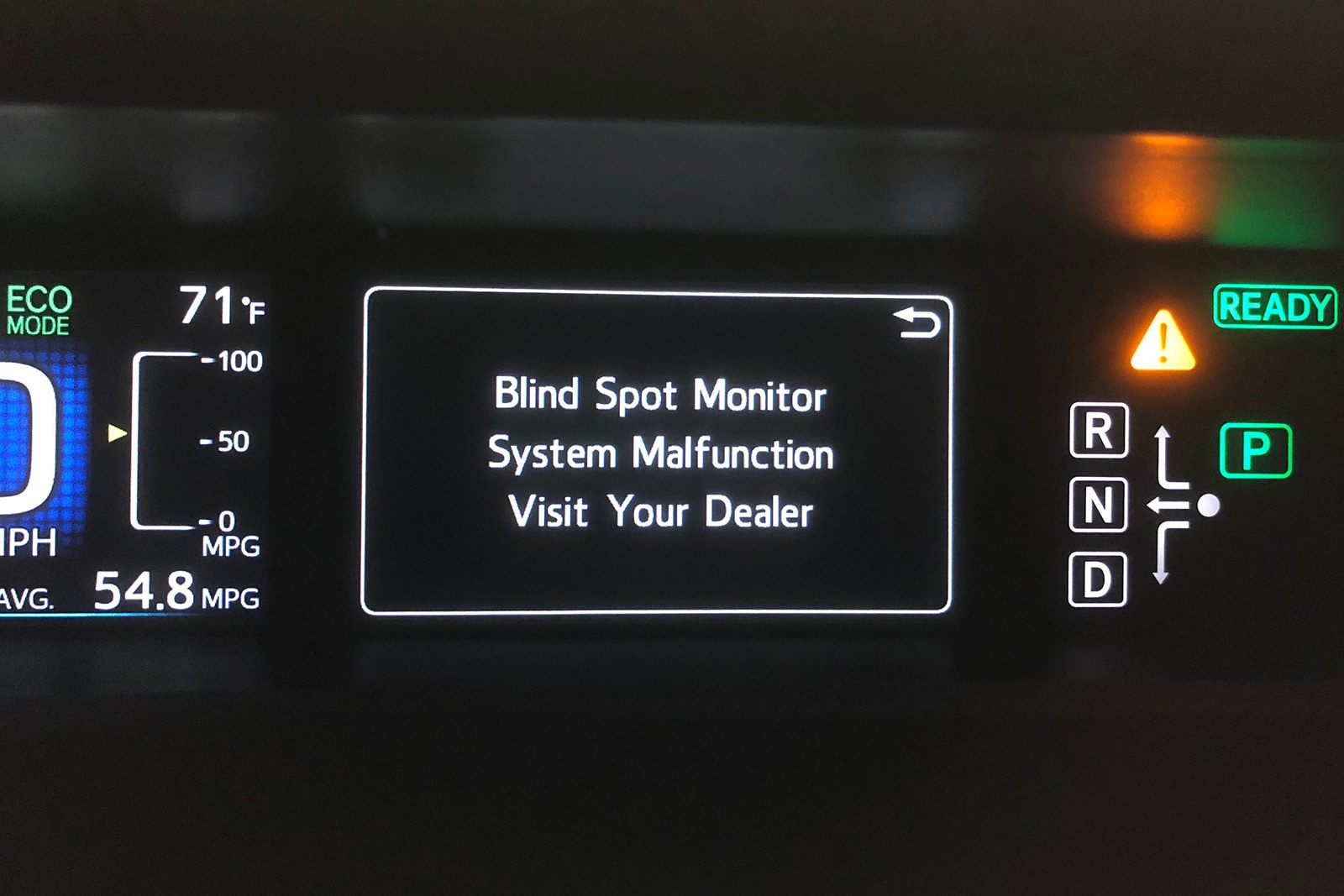
Logbook Highlights
Performance
"As long as you're not flooring the pedal or asking for any sort of palpable acceleration, the Prius' powertrain is very quiet. The car is so quiet, in fact, that when you're decelerating with regenerative braking, you hear gear and motor whine. These parts are decelerating at different speeds, which my brain translates as being the police running Code Three." — Calvin Kim, road test engineer
"Welp, apparently I've been driving the Prius incorrectly for months now, and there's a reason why cruise control doesn't work in B mode. Unlike the Volt's L mode (which also increases regenerative brake force when you lift off the throttle), the Prius is not meant to be driven continuously in B mode. Apparently B mode is only appropriate when you want to maximize regen braking while driving downhill, which also might select a higher ratio and rev the engine to utilize engine braking. From the owner's manual: 'If the vehicle is driven continuously in the B position, fuel efficiency will become low. Usually, select the D position.'
"So I've been driving the Prius in the wrong mode for at least six months, which is when I started driving the Bolt in L mode, decided I liked the extra regen force, and found the Prius' B mode did the same thing. Thankfully, I drive the Prius so rarely that choosing this less efficient mode likely has not had any noticeable effect on overall fuel economy. Yet again I earn the Goofus stamp in my search for the elusive Gallant." — Cameron Rogers, staff writer
Technology-Audio
"I like wireless charging. I also like where the pad is located is in the Prius. I can run Android Auto on my phone and avoid using Entune. But I found out something I had to keep in mind while on a road trip across state lines. Bumpy roads, which California and Nevada have many of, can send the phone akimbo, disconnecting the inductive link between the phone and the charging pad. When all is well and the phone is square on the pad, I can peer over and see driving directions. Do I secretly like infotainment systems with multiple screens?" — Calvin Kim
Miscellaneous
"As with many Eco buttons in modern cars, you should never, ever hit the Eco Heat/Cool button on the climate control panel. As far as I can tell, it performs the same function as turning off climate control entirely.
"Ambient temperature was in the mid-50s when I left my house this morning, and I had left the Eco mode on when I turned the car off the day before. The automatic climate system was set to 78 degrees, but the fans didn't kick on at all during the first 5 minutes of my drive. I disabled Eco mode and BAM! — hot air in my face. Spend the extra $2 per year in fuel that this system likely saves and live a little." — Cameron Rogers
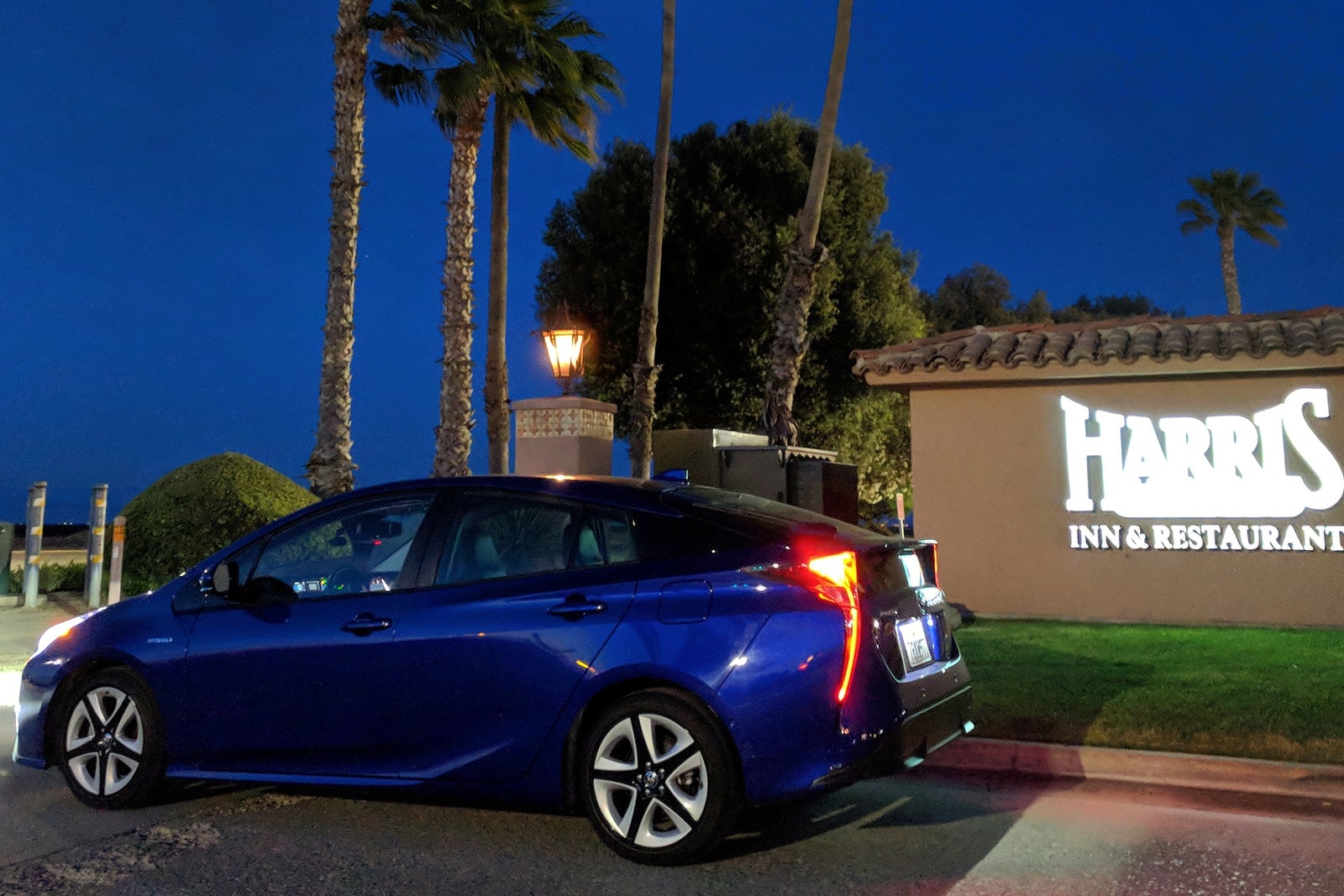
Monthly Update for June 2018
Where Did We Drive It?
Ho hum, just another 50 mpg month for our long-term 2016 Toyota Prius. Matt Jones gave the Prius a little high-speed exercise on a day trip to San Diego, while Cameron Rogers leveraged its handy hatchback cargo area on a home-improvement run to Lowe's. The logbook comments continue to be largely positive, although the infotainment interface has been a sore spot. Overall, it's hard to avoid the conclusion that the pleasant, practical and supremely fuel-efficient Prius is one of the best cars on the market at serving its intended purpose.
What Kind of Fuel Economy Did It Get?
We covered 880.4 miles in June and poured in 17.3 gallons of regular unleaded, which comes out to a cool 50.8 mpg. As Rex discovered last month, the Prius can be less thrifty on the open road, but in mixed driving, it's kind of hard not to get 50 mpg in this thing. While we're still a bit shy of the EPA's 52 mpg combined figure, presumably few drivers would be disappointed with a 49.5 mpg average over the first 24,000-plus miles of ownership.
Average lifetime mpg: 49.5
EPA mpg rating: 52 combined (54 city/50 highway)
Best fill mpg: 57.2
Best range: 521 miles
Current odometer: 24,340 miles
Maintenance and Upkeep
None.
Logbook Highlights
Miscellaneous
"On a recent Friday morning, I drove our 2016 Toyota Prius from Long Beach to San Diego. That afternoon, I drove the Prius back. As far as miles go, my little jaunt was a hair under 250 miles round-trip. As far as hours go, my butt spent about five in the driver's seat. And as far as finally understanding why the cool kids are so down on the Prius, I'm still sitting at null.
"This vehicle is more than fine. I was comfortable and I never felt like it didn't have enough get-up-and-go. I like the interior and its features. And on top of that, I was comfortable. You know what? I'm gonna come out and say it: I outright enjoy driving this thing. And I will not back down from that." — Matt Jones, senior consumer advice editor
Technology-Audio
"For the life of me, I couldn't get my phone to connect to the Prius interface. I was dying to listen to a Westworld podcast and I tried several times to connect but ultimately gave up. Maybe I need my code rewritten. Anyway, I kept getting this error message. I decided to listen to the radio, but kept hitting the touchscreen and changing the station every time I went to adjust the volume. It got annoying." — Kathleen Clonts, copy chief

Cargo Space
"Hatchbacks may look a little strange to our American eyes, but there's no denying their practicality. Even relatively small ones can transport cargo that you'd have trouble loading into a typical sedan. My wife needed to pick up gardening supplies, so we drove the Prius to our local Lowe's. We purchased 10 bags of mulch, three bags of soil, six plants, and several small odds and ends. As I pulled the car around to the front of the store to load it all in, the Lowe's worker asked my wife, 'Have you ever loaded all this into a Prius?' It all fit, though my wife had to share some leg space with a few flower pots." — Cameron Rogers, staff writer
Monthly Update for July 2018
Where Did We Drive It?
July was a relatively quiet month for our 2016 Toyota Prius. It crossed the 25,000-mile mark with absolutely no fanfare. Most of the month was spent commuting locally, but we did get a chance to bust out of the city and experience the open road with a trip up to San Luis Obispo on California's Central Coast. Opinions changed on this trip, and for the better.
What Kind of Fuel Economy Did It Get?
Thanks to its already excellent range, our long-term Prius only required three fill-ups to cover more than 1,200 miles. Over these three fill-ups, the Prius returned 49.9 mpg, which is on par with the EPA highway rating.
Average lifetime mpg: 49.5
EPA mpg rating: 52 combined (54 city/50 highway)
Best fill mpg: 57.2
Best range: 521 miles
Current odometer: 25,541 miles
Maintenance and Upkeep
None.
Logbook Highlights
MPG
"Took the Prius on a road trip, drove more than 600 miles and averaged better than 50 mpg. There's good cargo space, plenty of room for two adults and a 45-pound dog, and acceleration is pretty decent. There's enough engine oomph to get you over any California mountain pass. What more do you need for a road trip?" — Rich Kuras, content strategist
Interior
"The A/C on our Prius has started to smell a little funky. Mildew seems to be the culprit, from what my cursory Google search turned up. So I ran it on the non-recirculation mode for the remainder of the weekend, which seems to have helped. I also read that we should blast the heater on for a while to 'cook' the germs away. I'll try that the next time I'm in the car." — Ron Montoya, senior consumer advice editor

Cargo
"Cargo capacity is pretty solid in the Prius. I easily loaded my bike in the back without much finagling. And there were no obstructions from the various plastic parts in the trunk and backseat area. The retractable luggage area cover pops out easily and, more importantly (because I'm very lazy), I didn't have to take off my bike's front tire." — Rich Kuras
Monthly Update for August 2018
Where Did We Drive It?
You know that friend you have who, although not exactly the life of the party, is someone you can count on to help when you need it? That's our long-term 2016 Toyota Prius. It's not our first pick for weekend shenanigans, but some of our editors prefer it simply to get from point A to point B because, you know, Prius equals fewer fuel stops. In August, our thrifty little hatchback stuck around town, serving as a dependable ride and a handy, fuel-efficient mover.
For the most part, the two staffers who drove the Toyota this month had plenty of compliments and only a couple of minor issues.
What Kind of Fuel Economy Did It Get?
Limited just to around-town excursions in August, our Prius only had to visit the pump a couple of times after trips totaling 820 miles. The average mpg for these two fill-ups was 49.5, which is a smidge lower than our July result.
Average lifetime mpg: 49.5
EPA mpg rating: 52 combined (54 city/50 highway)
Best fill mpg: 57.2
Best range: 521 miles
Current odometer: 25,910 miles
Maintenance and Upkeep
As Cameron notes in his comment below, the Prius' blind-spot monitor is asking to visit a dealer. Mike Schmidt has since made an appointment to tend to the issue, which we'll cover in September's update.
Logbook Highlights
Maintenance
"As we noted a couple of months ago, the Prius' blind-spot monitor isn't working properly. It informs the user with a warning in the upper instrument panel that says, 'Blind Spot Monitor System Malfunction Visit Your Dealer.'" — Cameron Rogers, staff writer
Cargo Space
"The Prius was a handy companion car for the weekend we moved into a new apartment. With the back seats folded, I easily transported a haul of odds and ends that we didn't want the movers to handle. And with the Prius' stellar fuel economy, I didn't feel bad about running back and forth several times between our old and new place, about 10 miles apart." — Kathleen Clonts, copy chief
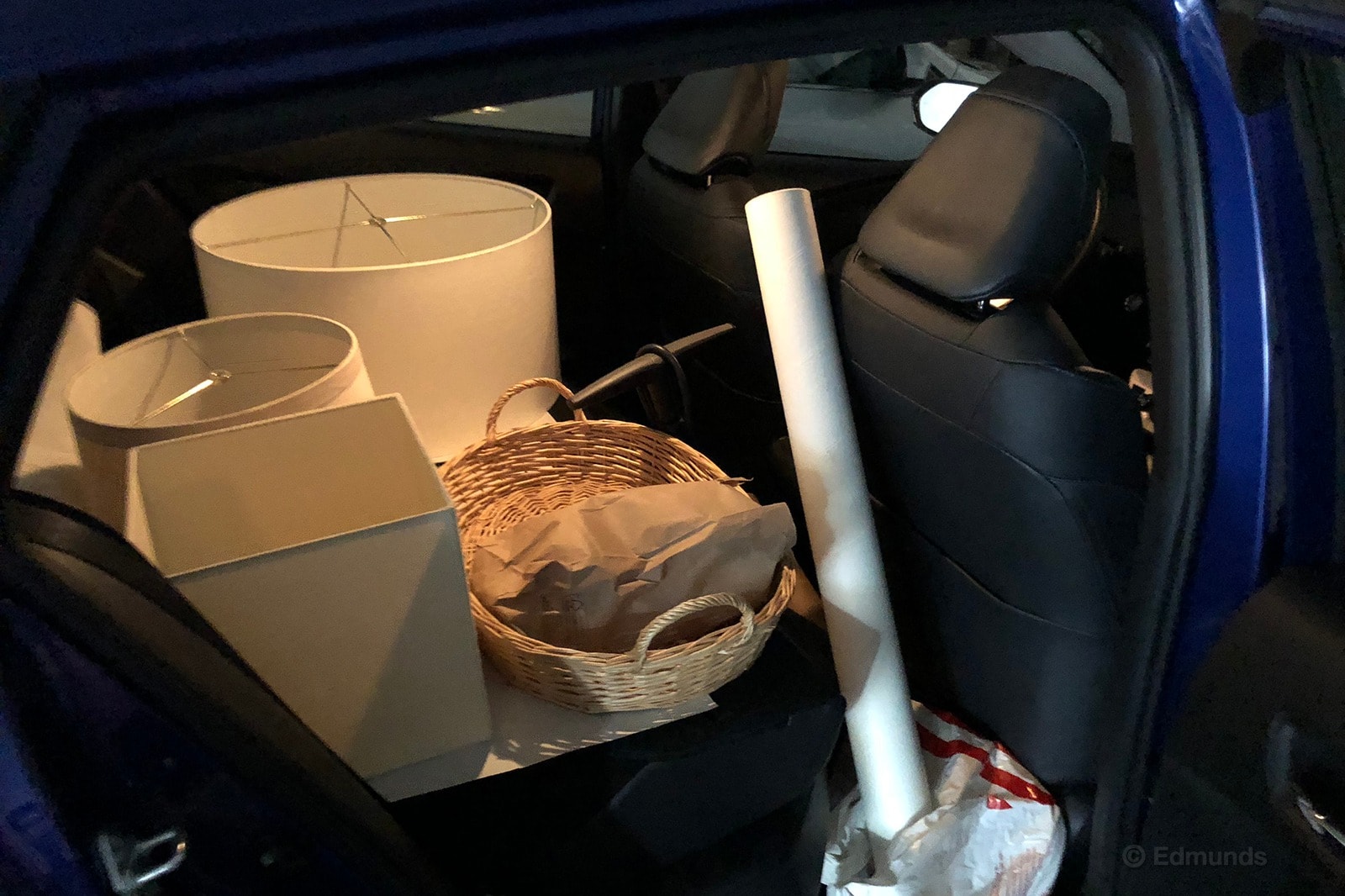
Performance
"I attended a press event in nearby Westlake Village recently and needed a car to get me there and back. I decided to take the Prius, partly because I haven't driven it in a little while. Plus I thought it would be the perfect vehicle to carve through the Santa Monica Mountains on the way to my final destination." — Cameron Rogers
Miscellaneous
"It took me a while to get readjusted to the view out of the back of the Prius, which has, in the words of editor Travis, 'that funky rear-spoiler/body-line thingy that gets in the way a bit.' Though Travis had no problem with rear visibility, I find the horizontal cut-through of that body piece a little distracting. It wouldn't be a deal-breaker for me as a buyer, but it does require getting used to." — Kathleen Clonts
Comfort
"Even though it's a compact car, it's clear that Toyota has given the Prius' interior packaging a lot of thought. I especially like how you don't have to move the front seats forward to fold the rear seats. I typically scoot the driver's seat pretty far back to accommodate my gargantuan 6-foot-4 frame. And dropping the rear seat not only doesn't require me to move my seat, I also don't have to squish the rear headrest to make it fit." — Cameron Rogers
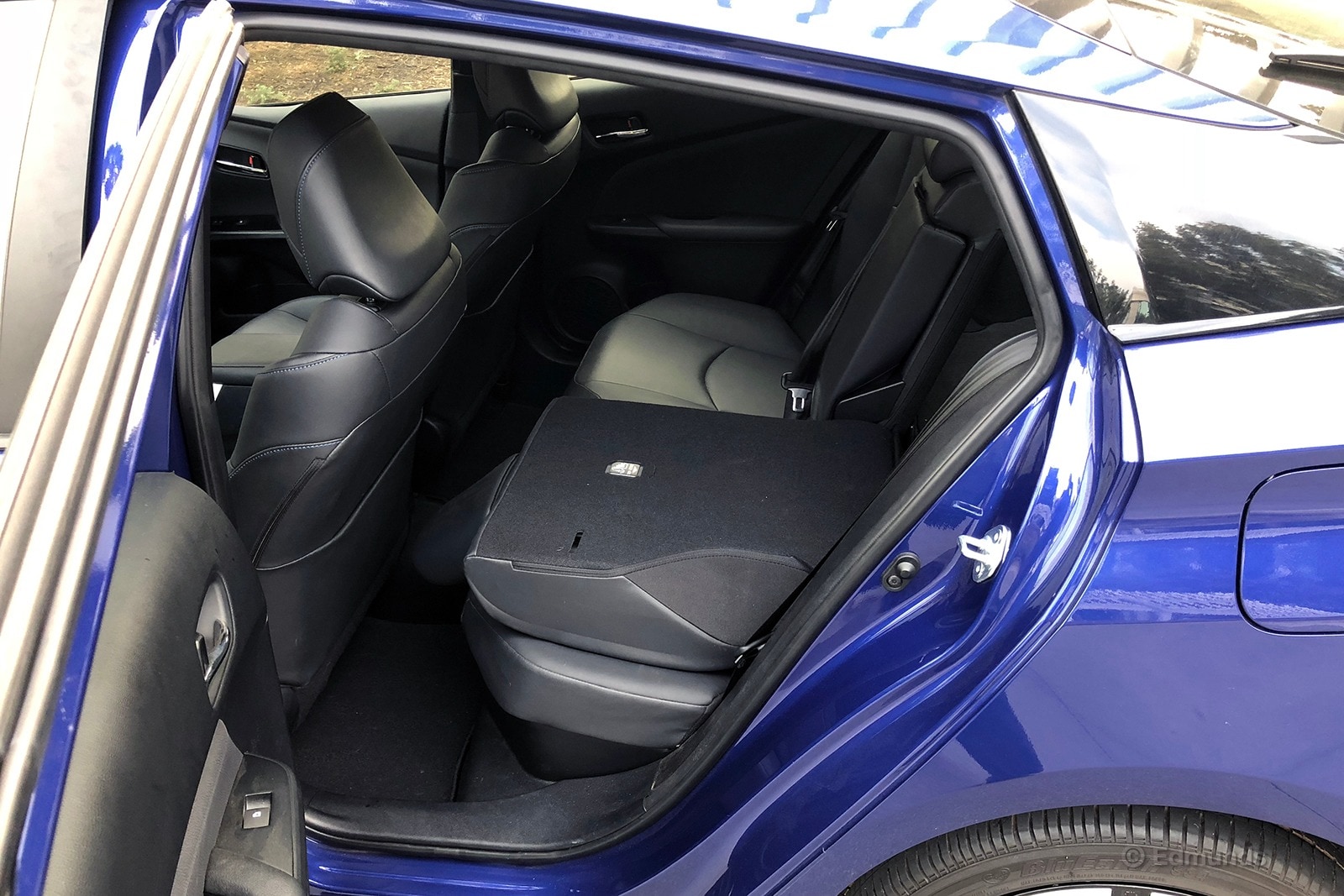
Monthly Update for September 2018
Where Did We Drive It?
Even though our 2016 Toyota Prius has proven itself a dependable road-tripper, surprisingly it sat out Labor Day weekend and stuck around town throughout September. Editor Mark Takahashi signed it out for a weekend, however, appreciating it as a green alternative to his gas-guzzling and pollution-prone vintage Thunderbird. His experience was only dampened by the Prius' overcautious tendencies and persistent "blind spot monitor system malfunction" notification.
No, we haven't tended to that issue yet, but our fleet manager Mike Schmidt is on the case, trying to get in touch with our body shop. Hopefully we'll have an update and fix by next month.
What Kind of Fuel Economy Did It Get?
Our blue fuel-sipper only accrued 416.7 miles in September, requiring just one fill-up of 8.1 gallons. This didn't move the needle one way or the other for our average lifetime mpg. It's less than the EPA rating, but the Prius remains impressive with consistent returns of nearly 50 mpg.
Average lifetime mpg: 49.5
EPA mpg rating: 52 combined (54 city/50 highway)
Best fill mpg: 57.2
Best range: 521 miles
Current odometer: 26,557 miles
Maintenance and Upkeep
We received a recall notice about an engine wire harness that may chafe and cause a short, increasing the risk of fire. More than 192,000 Toyota Priuses from the 2016-2018 model years are potentially affected, but our car isn't one of them. Toyota will contact owners of affected cars via snail mail. The repair itself, which is performed free of charge, simply consists of installing a protective sleeve or tape to prevent future damage. The NHTSA campaign number is 18V579000 (Toyota's number for this recall is J0T) and is expected to begin on October 30.
Logbook Highlights
Miscellaneous
"Last weekend, the Prius was my carbon offset. I've been spending an increasing amount of time driving my personal car, which is an old '50s classic with no emissions control. It's fine around town, but I had to make a quick trip about 40 miles north and had already inhaled my allotment of fumes for the week.
"I took a peek at the car signout sheet and the Prius was still available on Saturday morning. As much as I love my Thunderbird, it was refreshing to have air conditioning and go unnoticed on the road and when I park. It's also worth noting that the Prius essentially triples the fuel economy of the 'Bird." — Mark Takahashi, senior reviews editor
Technology
"In general, Toyota errs on the side of safety. That's fine if you're a new driver or just not very confident behind the wheel. For veteran drivers, it can be a little annoying. Personally, it's somewhat aggravating. I back vehicles into my parking spot at home, right up next to one of my motorcycles, and have a little bendy sign to indicate how close I am.
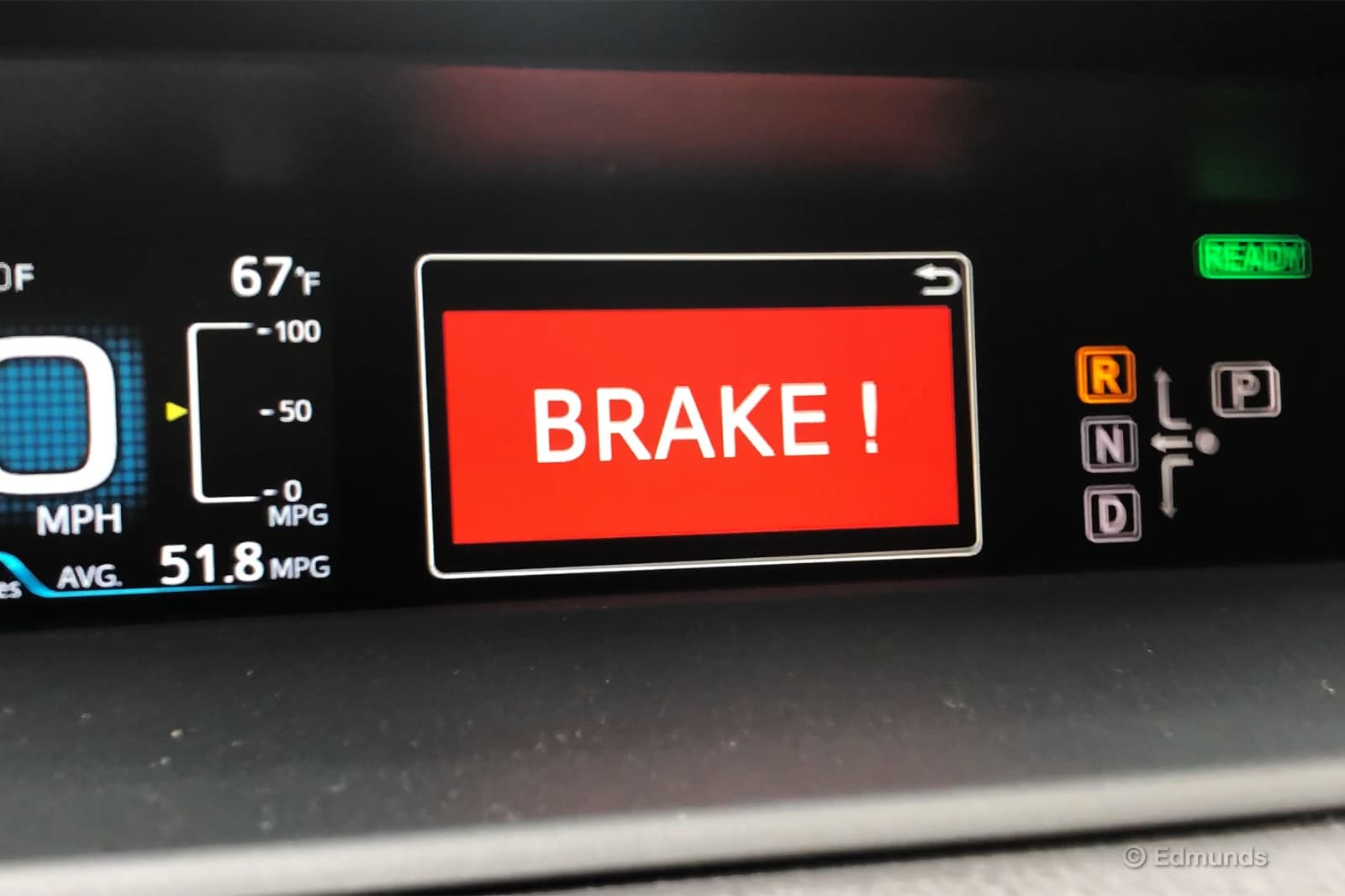
"In the Prius, the emergency braking kicks in when I'm about a foot away and jams on the brakes. It's jarring. Then I continue backing up very slowly until I'm a few inches away.
"Then there's the latest warning, telling us that the blind-spot monitor is malfunctioning. OK, that's a good thing to know when you start up the car, but that warning remains lit on the instrument panel. You can use the other readouts that normally take that space, but a few seconds later, it reverts to the warning. I get it, we'll take care of it; now let me get back to the normal modes, all right?" — Mark Takahashi
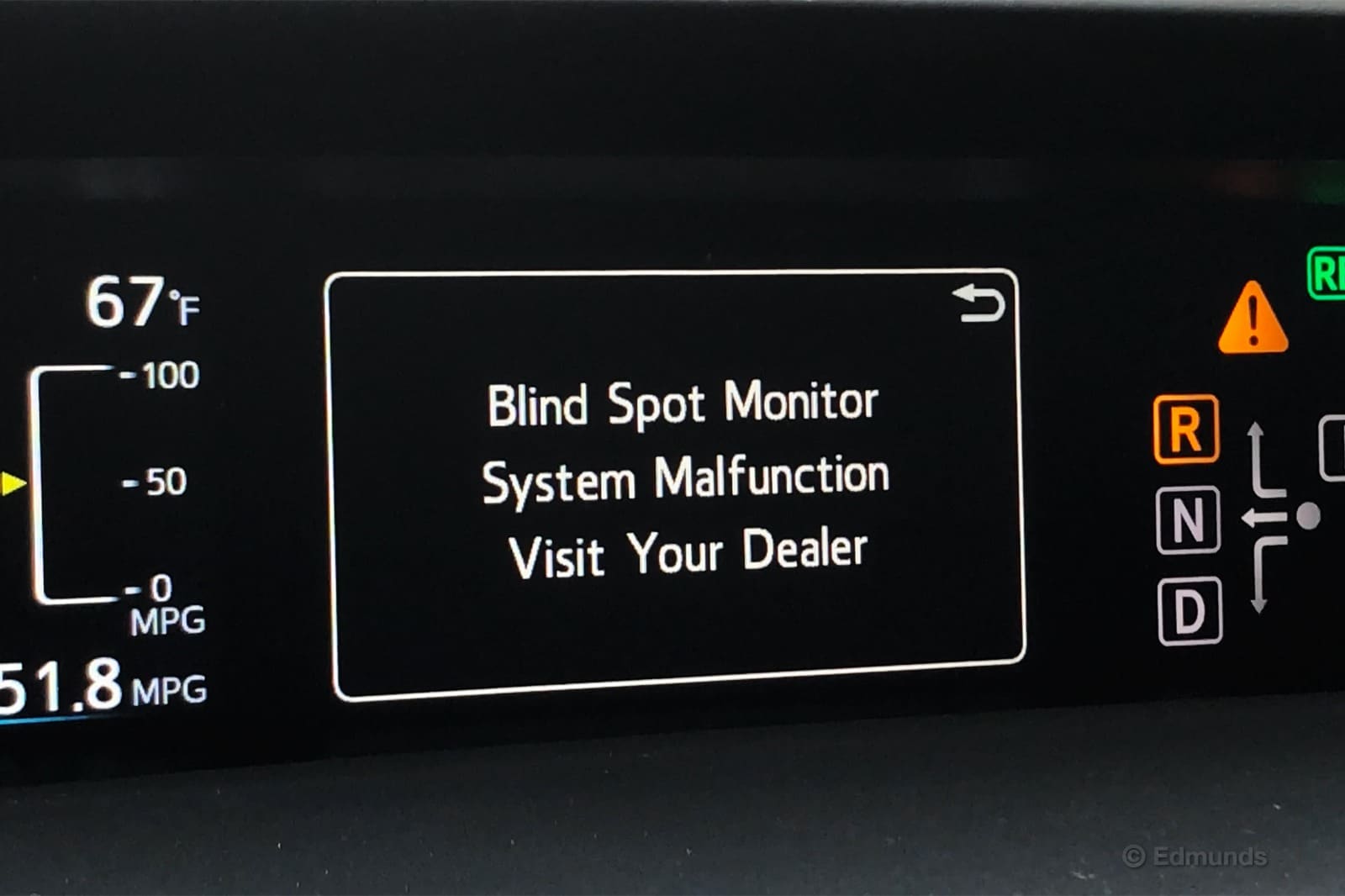
Monthly Update for October 2018
Where Did We Drive It?
Our 2016 Toyota Prius has served in our long-term fleet for two and a half years — a year and a half longer than our usual stint. You'd think we've said all there is to say about it, but turns out new issues and observations continue to pop up with our senior long-termer.
For October, we stuck around town again, with one trip to a pumpkin patch. So this month's logbook comments focus more on what's going on in the car rather than its fuel economy or its driving demeanor. Nitpicks from our editors range from a persistent stank to the Prius' unsafe-for-pumpkins interior. We've also complained about its ineffective sun visors and its judgmental attitude toward our driving. Not too much love for the Prius this time.
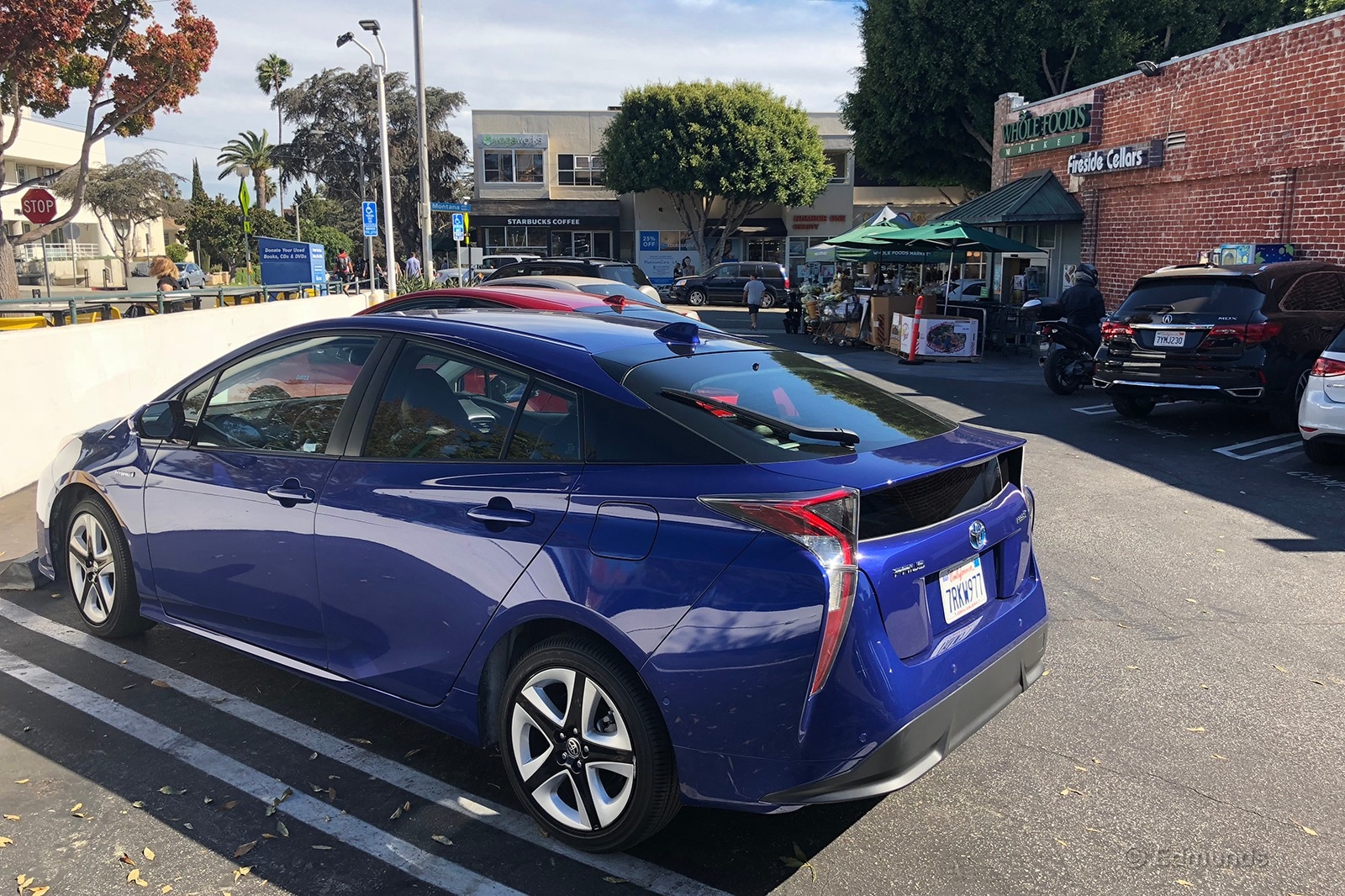
What Kind of Fuel Economy Did It Get?
With only commutes and local errand-running this month, the Prius logged about 870 miles on its odometer and only visited the pump a couple of times. But its fuel economy for those two fill-ups averaged out to 53 mpg, which is a tick higher than the EPA's combined mpg as well as our September average of 51.6.
Average lifetime mpg: 49.5
EPA mpg rating: 52 combined (54 city/50 highway)
Best fill mpg: 57.2
Best range: 521 miles
Current odometer: 27,216 miles
Maintenance and Upkeep
None.
Logbook Highlights
Interior
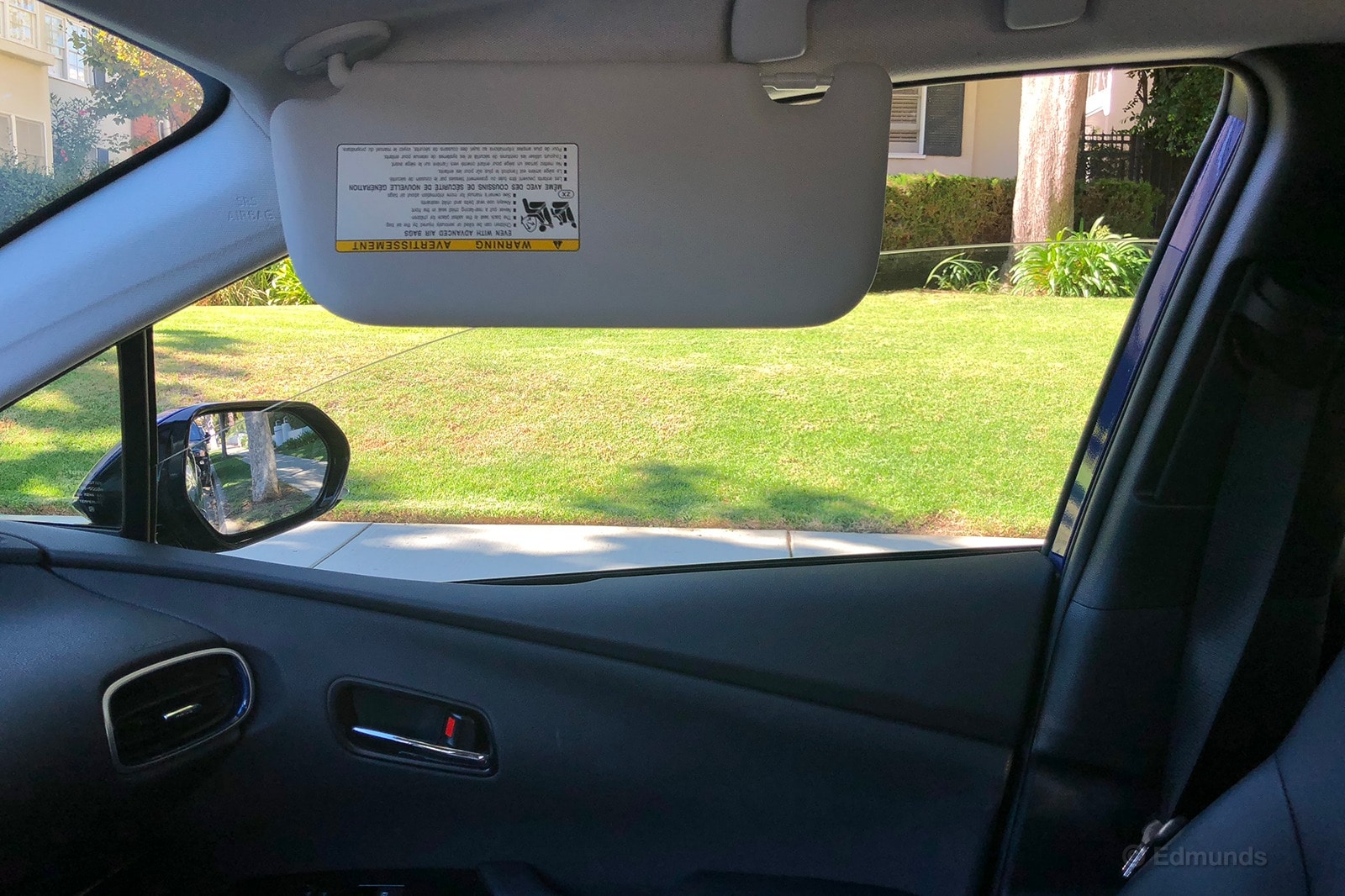
"The sun visor doesn't extend, leaving a big part of the driver's face exposed when the sun is shining from that side of the car. It can be pretty annoying on a bright day and you'll wish for more coverage." — Kathleen Clonts, copy chief
"I'll second the motion from Kathleen regarding the lack of an extending sun visor. How is this still an issue on a 2016 model? The sun moves! It always has! So does the car." — Ron Montoya, senior consumer advice editor
Technology-Audio
"The signal on a variety of FM stations has been consistently dropping from time to time, making any song that's playing sound as if it's skipping. It's like a flashback to your scratched albums from the '70s or '80s." — Kathleen Clonts
Miscellaneous
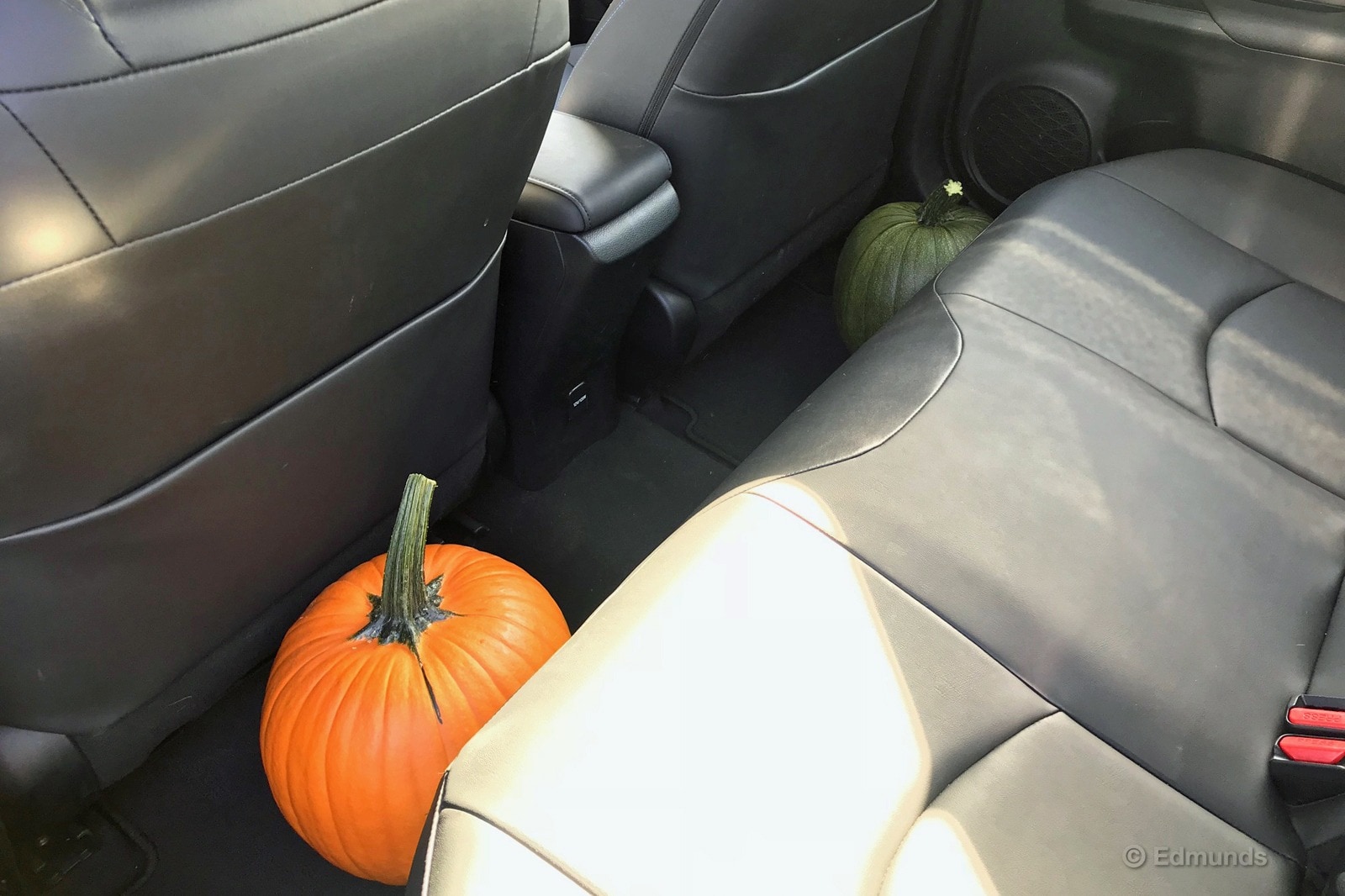
"I noticed the distinct smell of mold when starting up the Prius a few times. It seemed to blow out of the vents when the A/C started up but dissipated after driving around for a while. Ron took note of the funky smell back in our June update and passed along the recommended solution from the interwebs: to bake the germs by turning on the heater. It's been a bit too hot here to resort to that." — Kathleen Clonts
"I went pumpkin shopping this weekend and the Prius was a solid companion. It got me there and back without any issue. I couldn't say the same for my cargo, however. I placed my pumpkins behind the front seats, hoping they wouldn't move around as much. I didn't have anything to brace them with, so I drove home and hoped for the best. The larger orange pumpkin rolled over during a hard turn and its stem hit the rear door panel. The impact was hard enough to break the stem. Thankfully, it was a clean break and I was able reattach it with some super glue." — Ron Montoya
"I'm a horrible Prius driver. At least that's what our Prius tells me as it gave me a score of 52 out of 100 and explicitly told me to 'ease accelerator use.' Pssh! Apparently, the car rates how fuel-efficient your driving is after each trip. I had never noticed that before but the message popped up on the dash when I turned off the car. My poor score came after my drive to work during late morning rush-hour traffic. I wasn't as 'proactive' a driver as I am in my Miata, but neither was I trying to watch fuel consumption. I'd be curious to see what kind of driving it takes to score 100. But honestly, I wouldn't want to live with a car that was judging me all the time." — Caroline Pardilla, senior copy editor
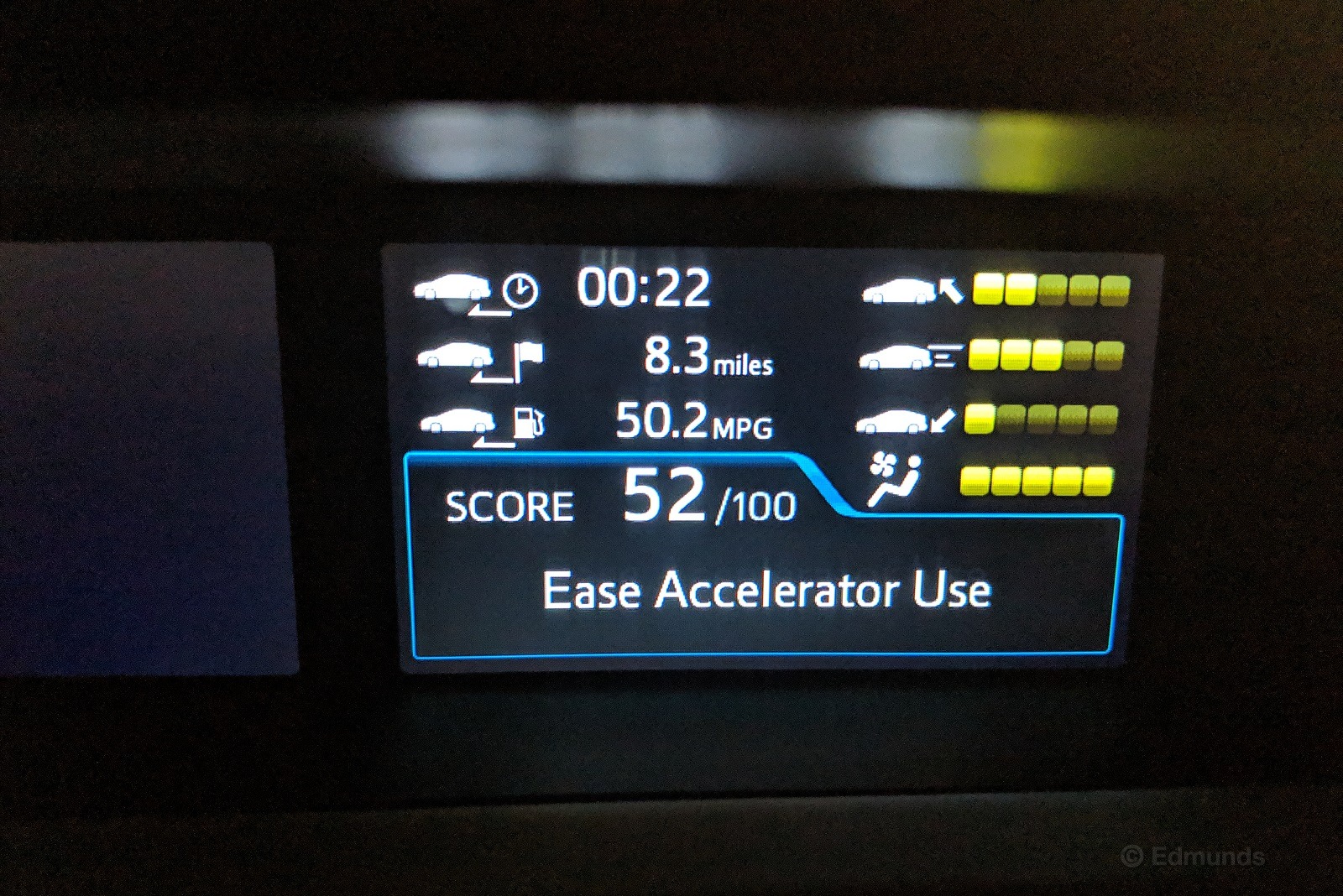
Monthly Update for November 2018
Where Did We Drive It?
In November, our 2016 Toyota Prius once again stayed local. But compared to October's logbook comments, editors this time were singing its praises. Josh Sadlier called it "the perfect machine for the daily grind" while Matt Jones even said he'd own one. But it wasn't all sunshine and rainbows for the Prius. There was the matter of that undefeatable blind-spot monitoring malfunction notification. After a visit to a dealership and a body shop, looks like we won't be able to quit it anytime soon.
What Kind of Fuel Economy Did It Get?
Since the Prius stuck around town for occasional errand-running and commuting, it only required one fill-up after 395 miles. And although our average lifetime mpg hasn't budged from 49.5, our November average was 0.1 mpg higher than October's. But we're still below the EPA's rating of 52 combined mpg.
Average lifetime mpg: 49.5
EPA mpg rating: 52 combined (54 city/50 highway)
Best fill mpg: 57.2
Best range: 521 miles
Current odometer: 27,593 miles
Maintenance and Upkeep
We've had a setback trying to get that blind-spot monitoring system fixed. The Toyota dealership where we took the Prius for service didn't want to address the issue, so we brought it to a body shop that presented us with several not-good options. Sigh. Looks like that BSM malfunction notification isn't going anywhere anytime soon.
Logbook Highlights
Maintenance
"The Prius has been with us for some time. During that time, it has taken its share of scuffs, wear and tear. One of the scuffs involves the BSM (blind-spot monitoring system). So now we have this BSM malfunction notification that pops up ALL. THE. TIME.
"Since it's a safety feature, this absolutely needs to be addressed. Last month, we took the Prius to Santa Monica Toyota for routine service and to get the BSM malfunction diagnosed and hopefully fixed. The dealership took care of the service part but did not address the BSM and said that we would need to take it to a body shop for that matter.
"Since our local Toyota dealership didn't address the BSM, we had to look elsewhere to get answers. It's doubly frustrating because the service technicians didn't really give us any reasons why they didn't take care of it." — Rex Tokeshi-Torres, vehicle testing technician
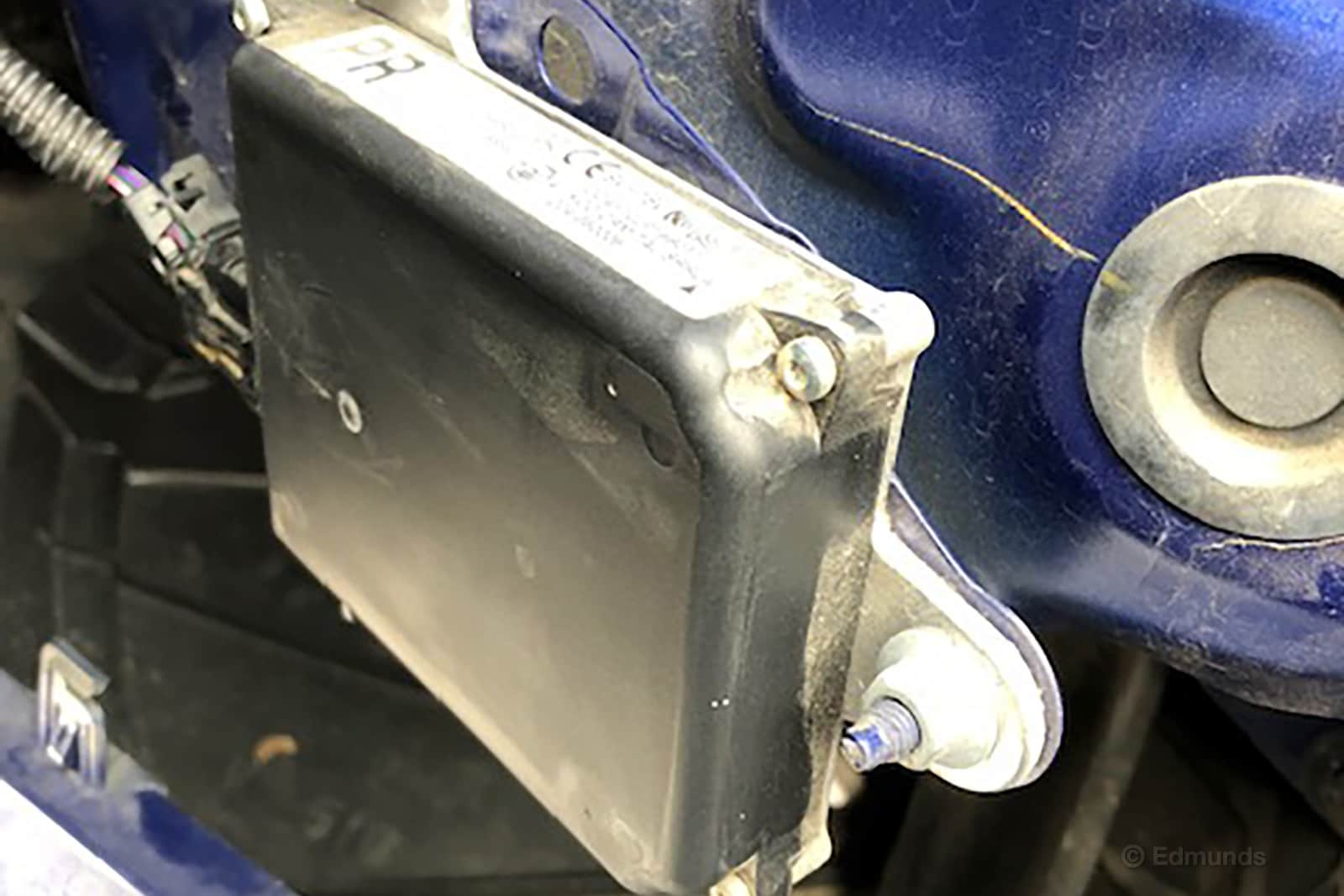
"The BSM issue led us to Herman's Auto Body. The shop removed the rear bumper and took a look at our BSM sensor. It looks like it's in one piece with no damage. The technician did say that it's a very sensitive piece of equipment and any serious jostle could cause damage.
"Our options are:
1: Pay out of pocket. Would be quite costly since the BSM sensor unit itself is more than $1,000, not including installation and calibration.
2: Depending on the cost (versus our deductible), we could file an insurance claim.
3: See if another Toyota dealership will handle it.
"The saga continues." — Rex Tokeshi-Torres
Comfort
"I don't feel bad saying that the Prius isn't the first car I set my sights on when I'm selecting from our fleet. But every time I do drive the Prius, I'm surprised at just how good it is. I actually dig driving it. People like to talk about the Prius as though it's some sort of numb transportation module devoid of life or personality. I disagree. While it isn't exhilarating and doesn't make me delirious with excitement, I would be completely content owning the Prius as my sole vehicle.
"The ride is comfortable, I don't recall ever having a problem getting up to speed, and in my seating position I have great visibility. The Prius is responsive enough, and I tend to average 50 or so mpg. It's hard for me to imagine being unhappy with this as my own vehicle." — Matt Jones, senior consumer advice editor
"I'm a broken record when it comes to this car, but here I go again. It's always a pleasure to hop into the Prius after a day at the office and wheel it home. This is a mindless car in the best way — you just hop in and press Start, and before you know it, your commute's over. It's like you weren't even driving.
"Having said that, the Prius is actually quite good to drive, as I've noted before. It accelerates surprisingly briskly and has responsive steering, so when you want to skip ahead a few cars, it's ready to rock. But then you pull back in and resume listening to your podcast, and everything's cool. It's close to the perfect machine for the daily grind." — Josh Sadlier, senior manager, content strategy
Technology
"Do you know why I have come to like the Prius so much? Because it just works. In stark contrast with my frustration and disdain over the Camry's infotainment system, the Prius is straightforward and easy. Bluetooth connects quickly once I fire up the car and works right away. No muss, no fuss." — Rex Tokeshi-Torres
Miscellaneous
"My wife owns the previous-generation Prius, a car that I am not a fan of. I was shocked by the differences between models and actually kind of enjoyed driving this one. In my wife's car, the brakes are difficult to modulate and can get very grabby when pressed. This model's brakes are far less grabby and much easier to modulate. They are nothing like a regular car because they're regenerative, but this is a great improvement.
"I also felt that this version was far more responsive to throttle input and actually had a decent amount of sauce to move through freeway traffic and get off the line from stoplights. My wife loved the wireless charging pad and wished she had one in her Prius. I'm not a big fan of the styling, but that's a common complaint. No model of Prius is particularly nice visually, but both my wife and I felt this one slipped out of the ugly tree and hit a few branches on the way down." — Scott Jacobs, senior manager, photo operations
"I know the B mode is meant for driving down long hills, but I also use it in rush-hour traffic. On my way home after work the other day, I was behind a driver who would speed up, hit the brakes, hang way back until there was a space several car lengths long in front of him and then repeat. But instead of mirroring his yo-yoing, I put the Prius in engine braking mode. That not only saved my sanity but prevented me from needing to use the accelerator and brakes as often." — Caroline Pardilla, senior copy editor
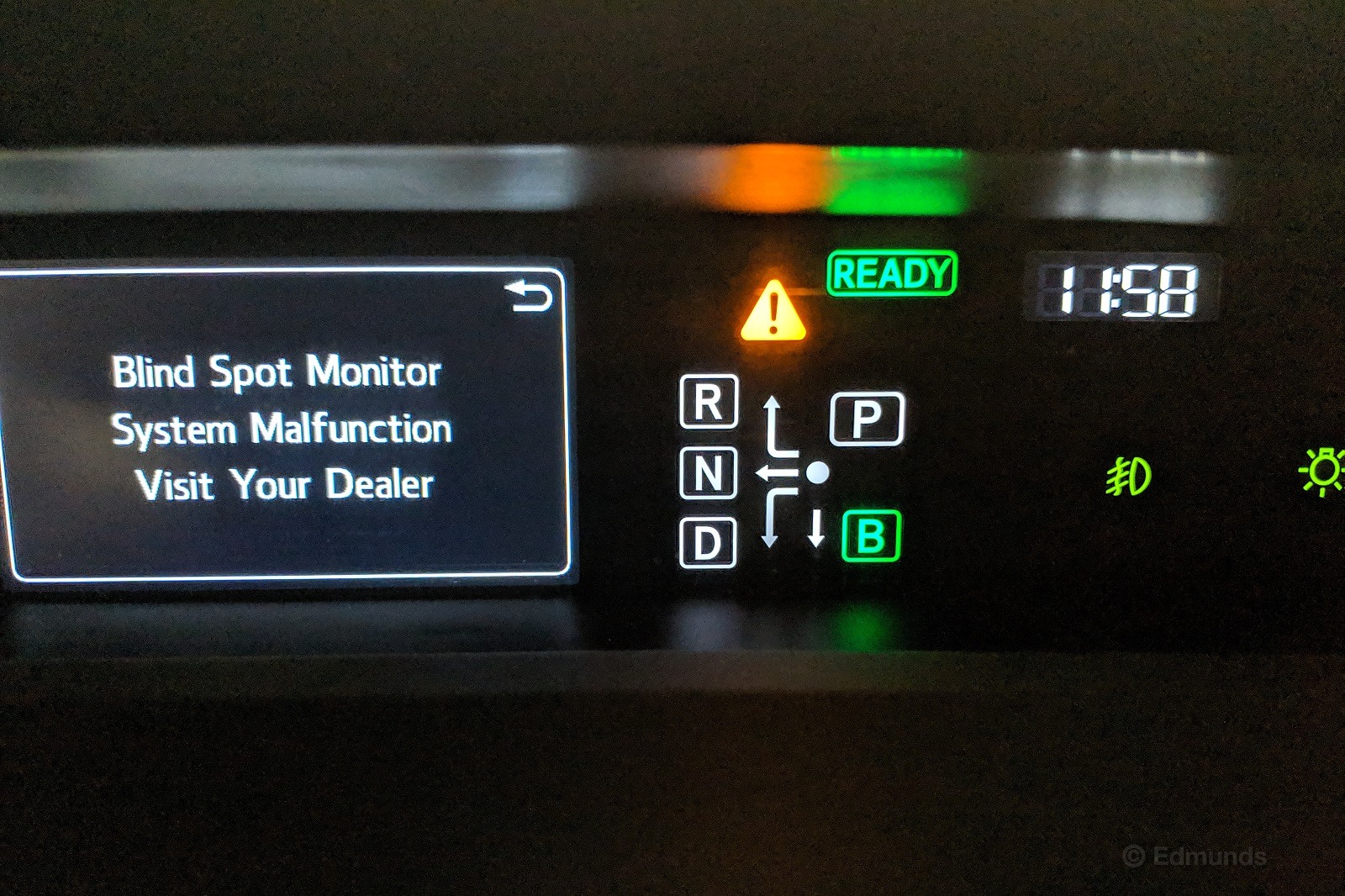
Monthly Update for December 2018
Where Did We Drive It?
Thanks to the holidays, we were able to get our 2016 Toyota Prius out of town and on the road to Central California. Editor Ron Montoya spent some quality time with our long-termer, and although he was impressed with its fuel economy over his holiday excursion, he still encountered some nits to pick. Yup, that never-say-die blind-spot monitor malfunction notification was one of them.
What Kind of Fuel Economy Did It Get?
Despite the highway-heavy road trip in December, and Ron's reported trip average of 49 mpg, the Prius' monthly average fell to 46.7 mpg, from 49.6 in November. The drop could be attributed to driving conditions. Over 981.5 miles of travel, there were three fill-ups totaling 21 gallons.
Average lifetime mpg: 49.4
EPA mpg rating: 52 combined (54 city/50 highway)
Best fill mpg: 57.2
Best range: 521 miles
Current odometer: 29,077 miles
Maintenance and Upkeep
None.
Logbook Highlights
Miscellaneous
"Toyota debuted the refreshed 2019 Prius at this year's LA Auto Show, and the end result is nothing short of transformative. Restyled bumpers and a revised back end means the exterior is no longer breathtakingly ugly. The cheap white plastic trim that adorns the Prius' center console is also gone; it's replaced by piano-black surfaces that might attract fingerprints, but at least it doesn't look like you're sitting inside a first-gen iPhone knockoff. The Prius also gets the Prius Prime's giant touchscreen but sadly doesn't come with Android Auto or Apple CarPlay compatibility. Rounding out the changes is the availability of an all-wheel-drive powertrain." — Cameron Rogers, reviews editor
Performance
"I took the Prius on a road trip over the holidays and came away with a few impressions. The engine takes its time getting up to highway speeds, but not to the point where it feels unsafe. If I needed to pass a slower vehicle, I'd give myself more space and it was never a problem. The seats and ride quality were comfortable over hours of driving. There were times when high winds would push the Prius around in its lane, but I imagine this would happen in any small car. Hybrids are best suited for the city, but I still averaged about 49 mpg on my trip, just 1 mpg shy of the highway EPA rating. Very impressive." — Ron Montoya, senior consumer advice editor
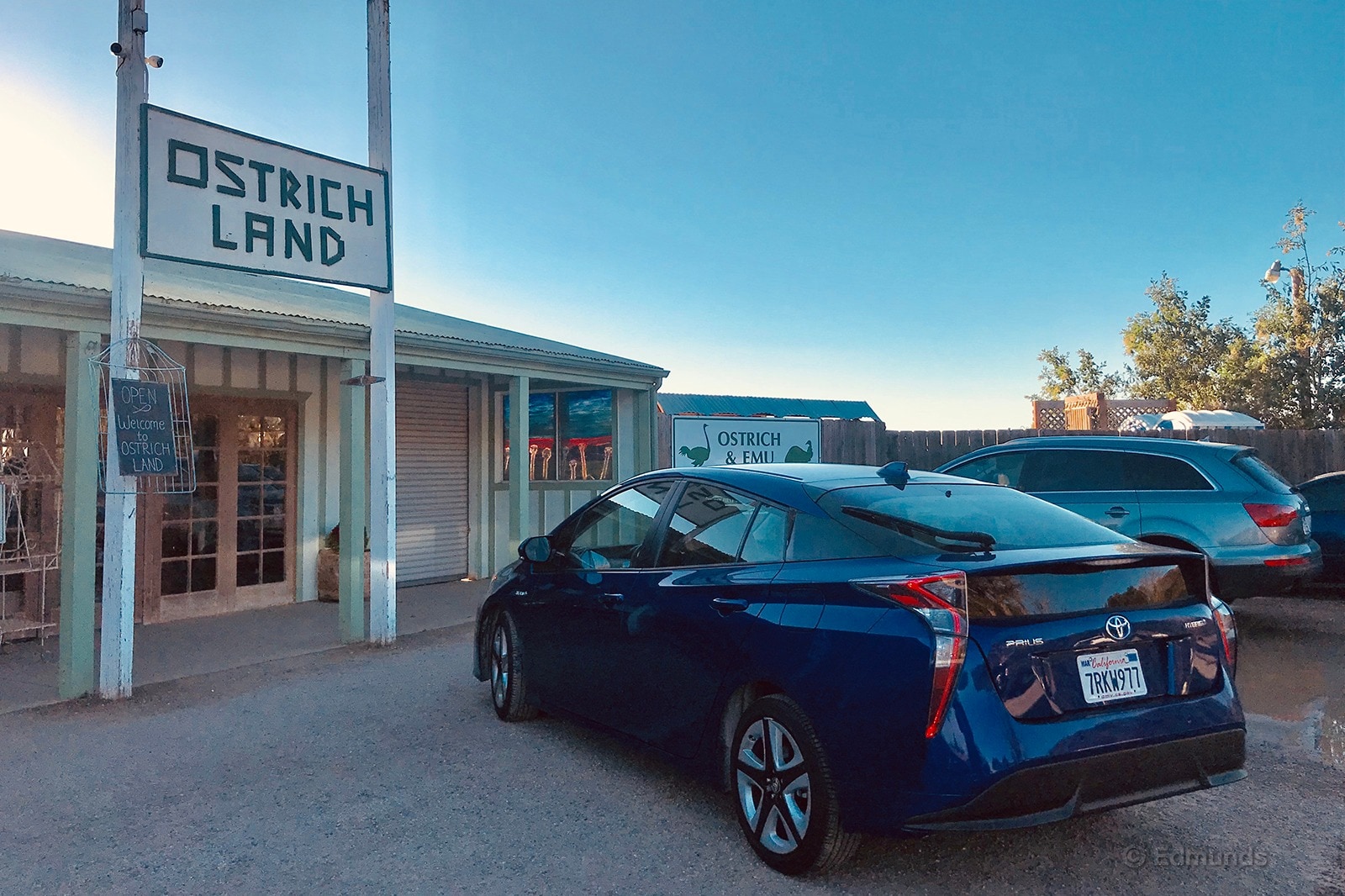
Technology
"We've already commented on the annoying blind-spot monitor malfunction reminder, but here's how often it happens. Hitting the back button to clear the warning will only buy you about 7 seconds of time before the message returns. It doesn't matter how often you clear it, the message always comes back. We're not ignoring the problem, but there's been some trouble figuring out who's best suited to fix this. The dealership initially said it was a body shop issue. When we took it to a body shop, they passed the buck and said it was a dealer issue. We'll have more details on this later, but for now the warning persists." — Ron Montoya
"I'm not a fan of the cruise control stalk on the Prius. This has been in many Toyota models for years, but I prefer buttons on the steering wheel. There's a slight learning curve to it since you have to operate it without looking at it directly. When the cruise control is on, you cannot increase the speed with the press of a button like in many other cars. Instead, you have to hold the stalk up, wait for the vehicle to reach the speed you want and then let go." — Ron Montoya
"I almost forgot that our Prius had heated seats. The placement of the button is practically invisible to someone from the driver's seat. It's located under the center console, roughly where your right knee would rest. Since the passenger side button isn't visible at all, there's a handy indicator light to remind you that the seat heater is in use on the passenger side." — Ron Montoya
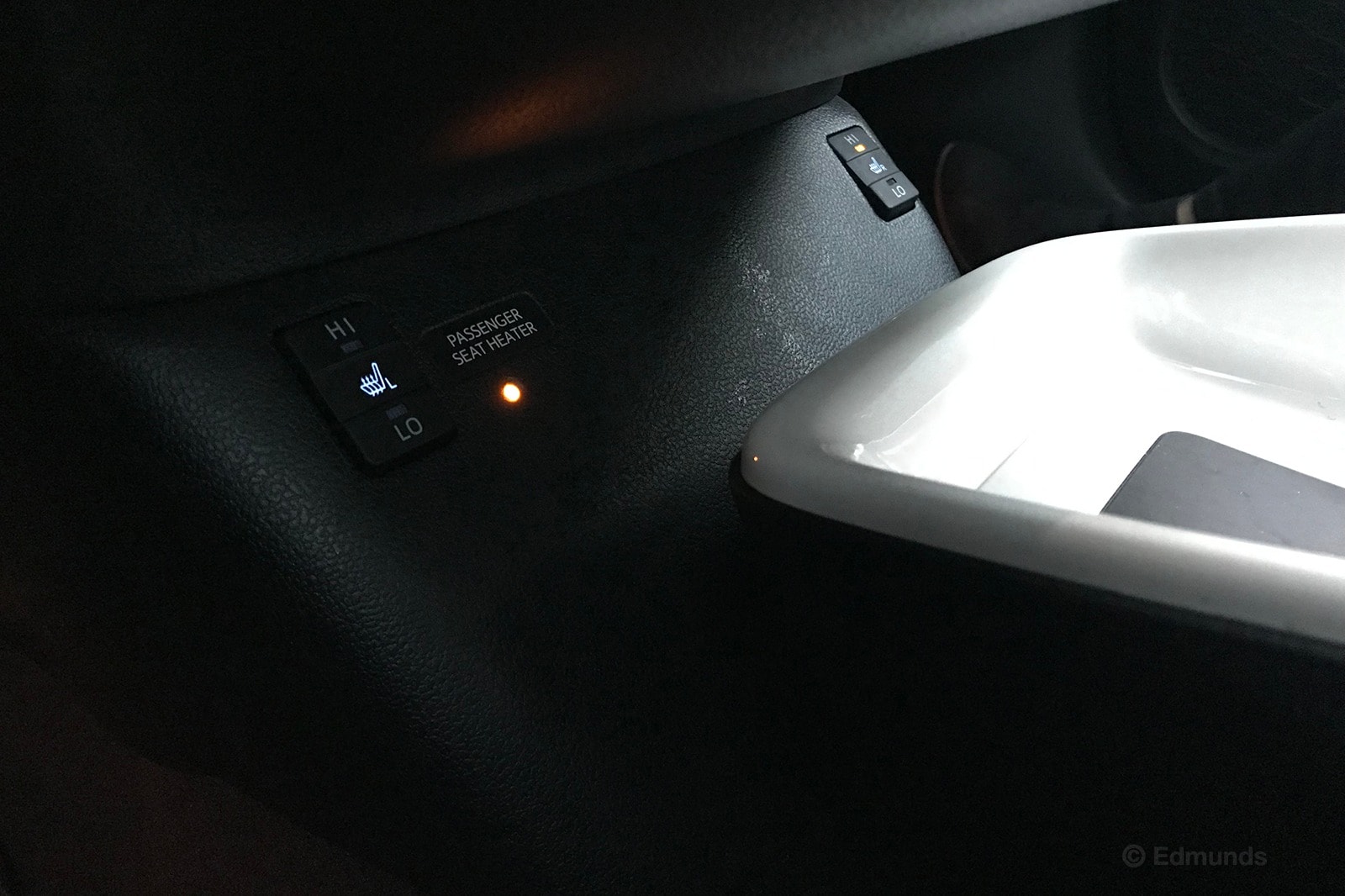
The Blind Spot Monitor Saga
Where Did We Drive It?
Our 2016 Toyota Prius was in limbo for most of February due to our blind-spot monitoring malfunction ordeal. It traveled from Edmunds HQ to nearby Santa Monica Toyota for service and diagnosis, then to Eli's Collision Repair, also nearby, and finally to a second Eli's location for a more thorough inspection.
That amounted to a whole lot of local city driving and some short freeway trips.
Roll With It, Baby. What's Been Going On ...
The timeline:
• Prius gets hit while parked at the supermarket. Triggers "blind-spot monitor system malfunction" warning.
• We take it to Toyota service department to get the blind-spot monitoring system (BSMS from this point on) fixed. Won't address the BSMS due to existing (minor) damage on the body. Toyota recommends having a body shop inspect the Prius first.
•The local body shop could not find anything wrong with the Prius. It recommends returning to Toyota, informing the dealer of the body shop's findings and asking Toyota to recalibrate the BSMS.
•We reach out to several contacts to research possible cost and time of repairs.
• We take the Prius back to the dealer and the calibration fails. Cost: $465.
• The dealer inspects the Prius and finds a damaged sensor, sensor mount and wire harness clip. Cost of the sensor: $1,000.
• The dealer refers us to a body shop for a repair quote.
• We personally inspect the vehicle and confirm the Toyota tech's evaluation.
• We take it to the body shop for a repair quote:
• Estimate 1 (BSMS only): $2,384
• Estimate 2 (BSMS and new rear bumper): $4,339
Read on to see how our saga has developed.

The Finer Things. Details, Details ...
Stop me if you've heard this one before. Our long-term Prius alerts us nonstop to a "blind-spot monitor system malfunction," and we're ready to take a bat to the instrument panel just to get rid of it.
In our November update, Senior Copy Editor Caroline Pardilla and I went into some detail regarding the malfunctioning blind-spot monitor and the steps we took (up until that point) to try to remedy it. That three-week ordeal barely scratched the surface.
An exchange with commenter "kirkhilles1" on the Edmunds website spurred our investigative tendencies, so we talked with industry contacts ranging from body shops to techs and parts guys working at dealerships.
The mission was to gather data and information regarding the blind-spot monitoring system such as sensor costs, the number of repairs these systems go through yearly (if it's a common thing), sensor sensitivity and calibration costs.
The answers I received included:
• Sensor cost: It depends. Internal cost for the Prius BSMS sensor was around $800, and the consumer cost would be around $1,000. A basic backup sonar sensor could run between $50-$200 (customer cost), and some could cost even more depending on their integration and complexity.
• Number of repairs: Repairs to BSMS are usually lumped together with the insurance claims. If you're hit in the rear quarter panel, where the BSMS is, then repairs to that are included with everything else. However, it adds complication to the body shop process since the vehicle has to go to a specialized location (typically a dealer) to have the BSMS array calibrated once everything is installed.
There has been an uptick in people leaving their vehicles damaged as-is since the repair cost is higher than it used to be. Before, you could just Bondo and paint. Now, not so much. Interesting fact: In vehicles such as the Prius, a thin layer of paint is applied to the rear bumper so it won't interfere with the BSMS. That means a couple of things. One, it's easier to damage/scrape off paint and, two, you have to use Bondo and paint sparingly so you won't throw off the sensitivity of the BSMS when repairing a vehicle.
• Sensor sensitivity and durability: While all sensors are finicky up the wazoo, durability depends on the supplier and manufacturer of the sensor. If a sensor is off by a millimeter or, in some cases, a degree, it won't calibrate correctly. It also depends on the quality of the sensor. If it's a basic one, the sensitivity is somewhat equal to that of pricier ones, but it can't withstand as much damage as a more advanced (read: more expensive) one.
• Calibration cost: Depends on the system and who's doing it. It starts at $450 and takes roughly three hours to do. Cost and time go upward from there.
After speaking with a tech from another Toyota dealership, he expressed the same concern as Toyota Santa Monica regarding the damage and why the dealer didn't attempt to fix it in the first place. Since there was obvious damage, the dealer prefers that the customer have it inspected by a body shop to check for extensive damage to the sensor.
With our due diligence done there, we figured it best to head back to Toyota Santa Monica to see if it could calibrate the system since the body shop indicated no significant damage. We presented everything the body shop sent us — photos, email and its recommendation — to Toyota Santa Monica, at which point it took the car from us and set out to calibrate the BSMS. It said the process would take time, at least a few hours, and that the calibration attempt would cost $465.
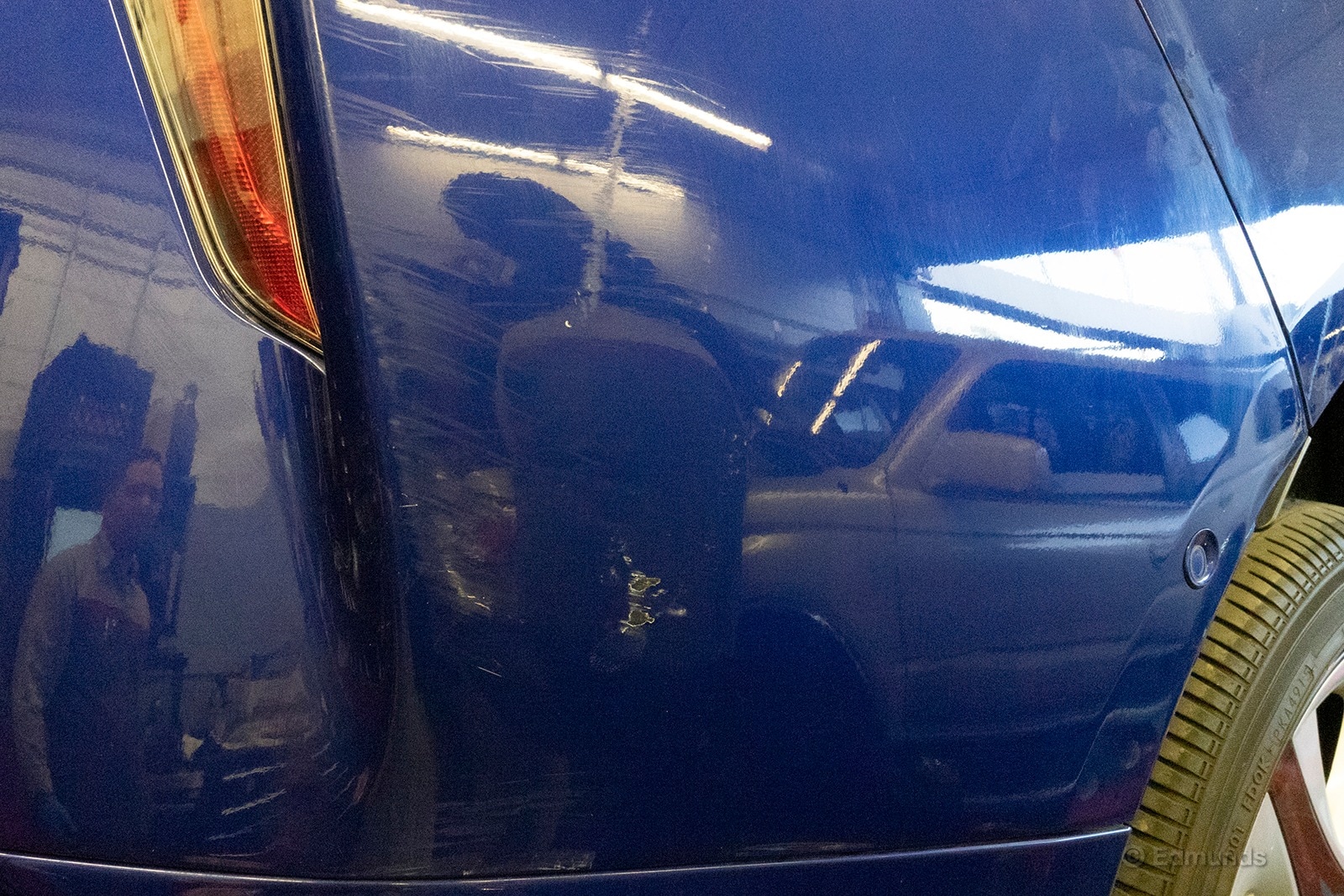
Louie from Toyota Santa Monica called later to tell us the calibration had failed and that the sensor was likely damaged. We authorized him to install a new sensor and reattempt the calibration.
At that point, the dealer offered up an interesting tidbit: During the calibration process, the tech noticed quite a bit of damage to the area where the BSMS was malfunctioning, stating that the sensor bracket, which is welded to the frame, was damaged and out of alignment.
Keep in mind that this simple scuff happened while the Prius was parked in a supermarket lot. The impact couldn't have been fast or hard enough given the circumstances or we would've seen more visible damage. Or so we thought.
We began to wonder if the dealer was trying to fleece us, so we asked the tech to take photos for our team to review and consider. Toyota Santa Monica deserves credit here: We asked a lot from the team, and it was excellent in its service and upfront with all details.
To our eyes, the photos didn't really reveal anything. They were similar to the photos we received from the body shop. Admittedly, we were frustrated with this entire thing, so we asked if we could come down and take our own photos of both the damaged area and the undamaged side as a point of comparison. The dealer agreed to it.
Service adviser Louie and the tech met us, and even though they'd already installed the bumper, the tech took apart the specified areas so we could get a good look at the damaged area.
Our eyes were opened when we had a look at the undamaged side. We looked back and forth at photos of both sides, and it was clear that the bracket on the damaged side was misaligned, possibly by 2 or 3 millimeters.
Louie recommended a body shop, but we couldn't take care of the matter right then and decided to reach out later. The tech reinstalled the bumper and parked the Prius in the lot, and we went back to HQ to decide how to move forward.
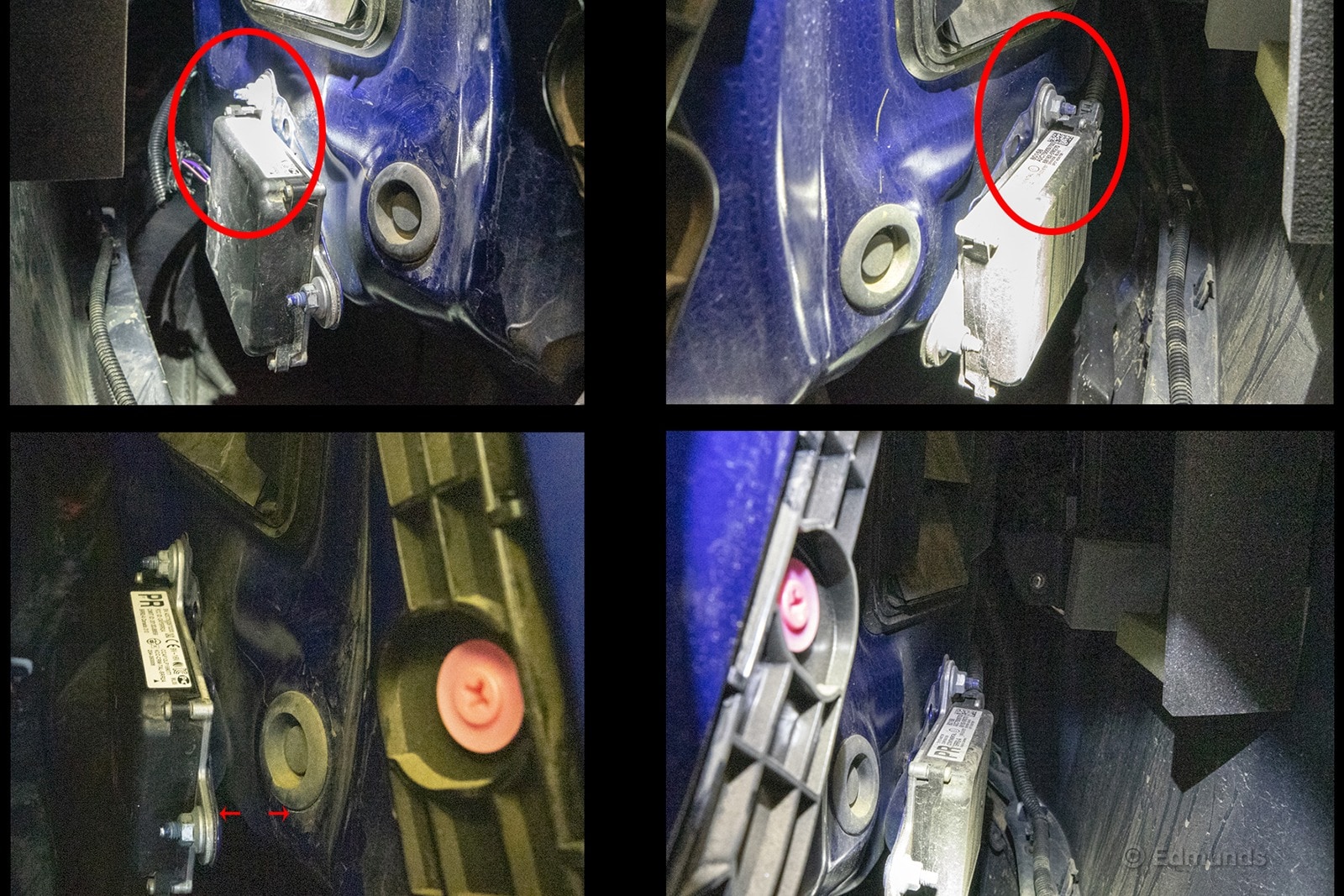
Back at EdQuarters, we reviewed the photos and discussed our options, which basically amounted to making an insurance claim or paying out of pocket. Either way, we needed to get it resolved. So we reached out to Eli's Collision Repair and asked for a claims estimator to be sent to the dealer. Two days later, we got the estimate, which to our surprise contained just basic bumper damage estimates and cost to repaint.
We talked it over with our rep at Eli's. To summarize the conversation: Unless the bumper was already removed, the folks at Eli's can't remove anything until their shop technicians had it at their facility to conduct a thorough breakdown and inspection. That's Eli's policy.
Annoyed yet? We were. We just wanted this thing done and over with. How hard could this be?!
We picked up the Prius from the dealer, paid $165 for the original diagnostic cost, then delivered the car to Eli's remote office in Santa Monica. We chatted with Eli's reps about how complicated these issues were and how people often get caught off-guard with repair costs and time frames.
They recommended that we get a new bumper since applying Bondo would probably cause interference with the BSMS — information corroborated from one of our earlier sources. We asked for two estimates: one to repair only the BSMS and the other including the cost of a new rear bumper.
The following week, Eli's contacted us with the estimates. Ready for this?
• Estimate 1: Use the original (damaged) rear bumper and work with Toyota to replace the problematic sensor, then recalibrate the BSMS. Cost = $2,384
• Estimate 2: Replace the problematic sensor, recalibrate the BSMS, and install a new, paint-matched rear bumper. Cost = $4,339
We passed the information on to our financial decision-makers and are awaiting direction on how to proceed. We're ready to put this behind us and will update later with a conclusion.
What Kind of Fuel Economy Did It Get?
The minimal miles that the Prius traveled in February didn't impact any of our averages.
Average lifetime mpg: 49.4
EPA mpg rating: 52 combined (54 city/50 highway)
Best fill mpg: 57.2
Best range: 521 miles
Current odometer: 29,305 miles
Maintenance and Upkeep
During this lengthy process, we dropped off the Prius for a regular service appointment and to address a recall campaign to reprogram the Intelligent Clearance Sonar (ICS) System. It was in the service department for so long anyway that we thought, why not?
Logbook Highlights
Maintenance
"Geez, I didn't expect the blind-spot sensor to cost that much. It's roughly the size of an Altoids tin and it costs a grand?!" — Rex Tokeshi-Torres, vehicle testing technician
"The Toyota Santa Monica guys really surprised me. They were a lot of help with this entire process." — Rex Tokeshi-Torres
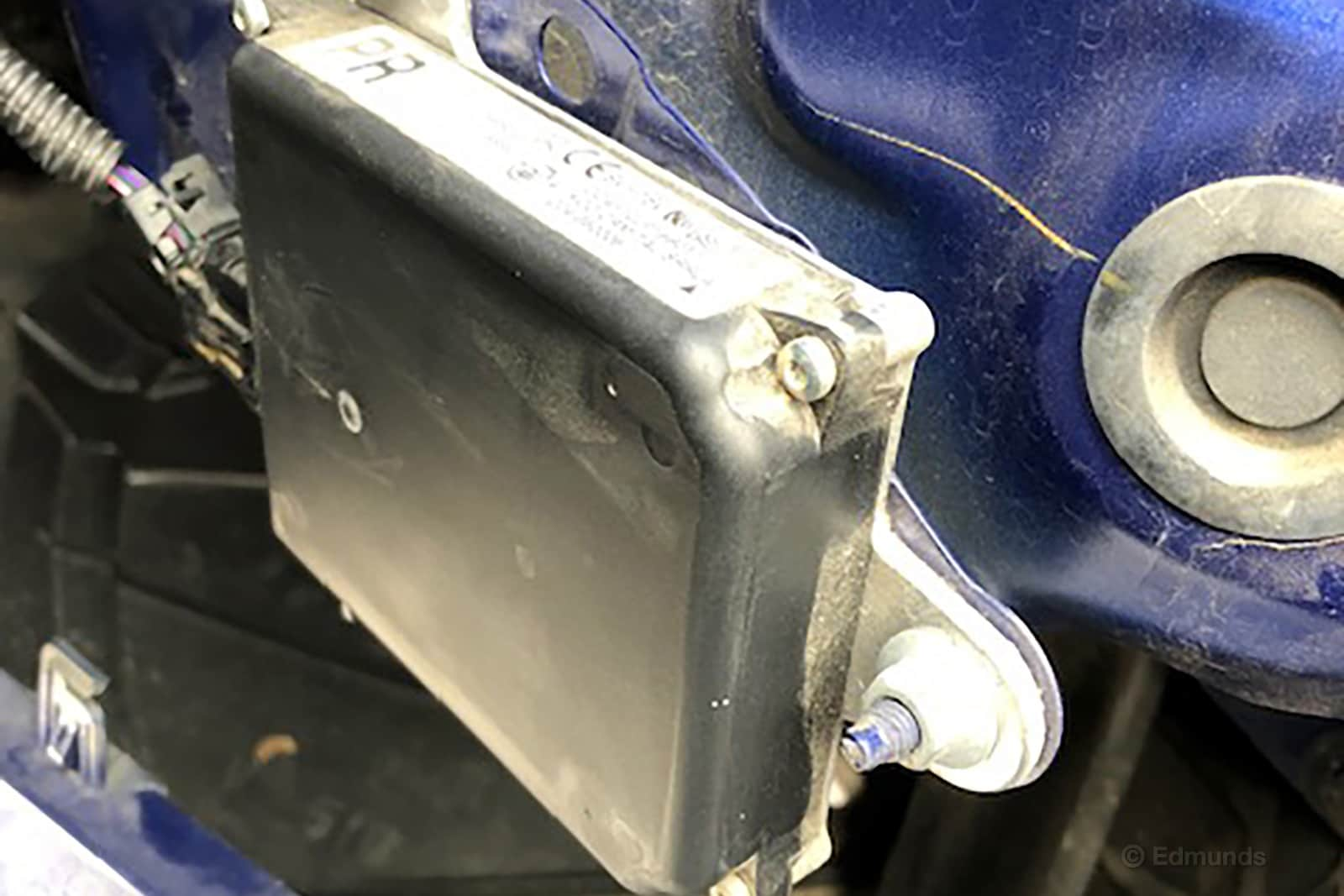
Monthly Update for March 2019
Where Did We Drive It?
Even though our 2016 Toyota Prius has stayed in our fleet longer than most long-termers — by about a year and a half — some of our editors still find plenty to like about it. This month Josh thought he was the only Prius lover in editorial, but then Rex, an admitted performance fanatic, suddenly professed his love as well.
Add that Kathleen discovered a neat feature while listening to the radio and you can count March as a good month for the blue hybrid.
What Kind of Fuel Economy Did It Get?
No big trips for our Prius in March, so with a handful of around-town excursions, it only got one fill-up after 328 miles. But that decreased our average lifetime mpg a tiny bit, by 0.1, from February.
Average lifetime mpg: 49.3
EPA mpg rating: 52 combined (54 city/50 highway)
Best fill mpg: 57.2
Best range: 521 miles
Current odometer: 29,405 miles
Maintenance and Upkeep
None.
Logbook Highlights
Technology-Audio
"I can't believe I never stumbled upon the radio cache before, but this morning was apparently the first time I hit the right button on the touchscreen and it popped up. You can play it back manually or automatically. According to Toyota's site, 'cache radio only works for AM/FM stations and records the last 20 minutes of content of the station you are listening to. When a different station is selected and/or vehicle is turned off, the cache info is erased. Cache radio is always on and constantly recording.'" — Kathleen Clonts, copy chief
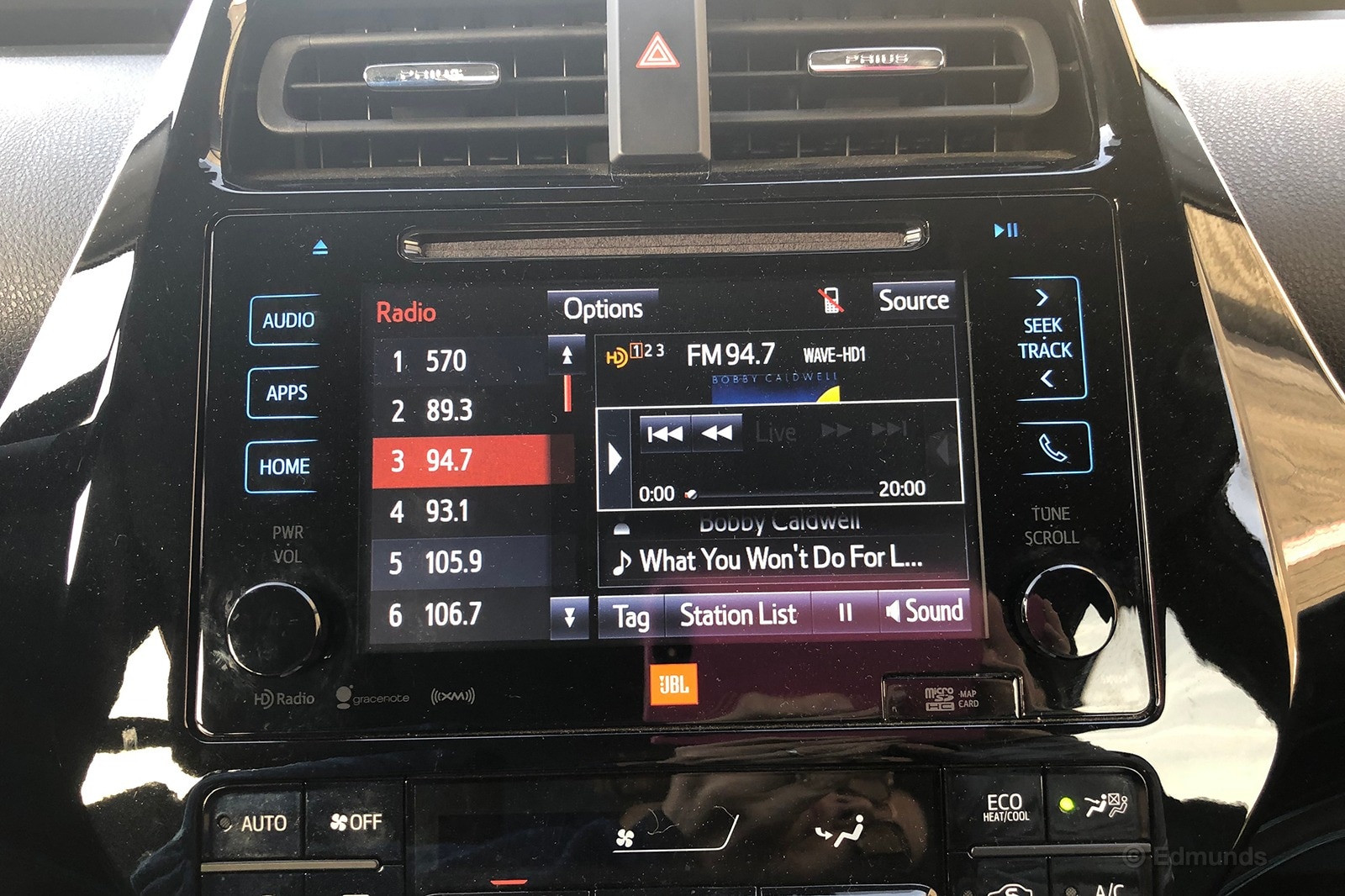
Miscellaneous
"Sometimes it feels like I'm the only Prius lover in these parts, but I'm fine with that. The crowd isn't always right. Look at how SUV sales keep breaking records every month, for example. Why aren't those people buying more Priuses? In fact, a friend asked me recently which Toyota I'd recommend, a Prius or a RAV4.
"I replied, 'Do you absolutely have to feel like you're sitting in a high chair while you're driving?' Because if not, the Prius is the obvious choice. It gets 50 mpg all day every day, its hatchback trunk offers SUV-like versatility, and it feels more nimble and responsive from the driver's seat. Shoot, you can even get all-wheel drive in a Prius now. For my money, it's one of the best all-around vehicles out there." — Josh Sadlier, senior manager, content strategy
"It has been a long minute since I've been in the Prius, and my continued love affair with its commuting greatness has not subsided. Whenever I get asked about a commuter car, I always have the Prius as one of my recommendations.
"Why? It's gas-efficient and comfortable, and ours has dynamic cruise, which helps ease the mental anguish of the commute. I honestly never thought I would ever recommend this car in my lifetime because I'm a performance fanatic, but that was before I spent two weeks in it on a long vacation. After that, I grew very fond of it." — Rex Tokeshi-Torres, vehicle testing technician
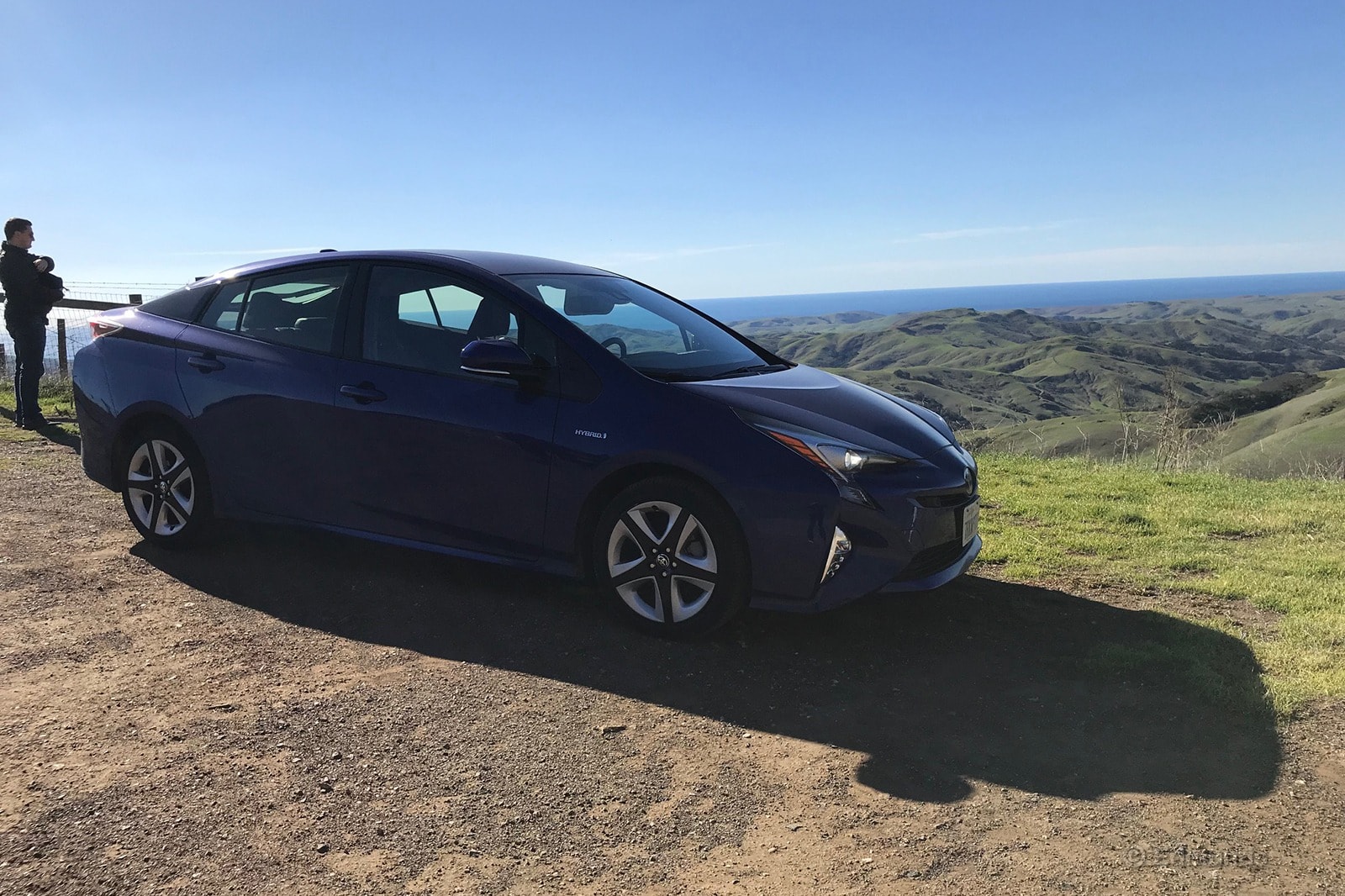
Monthly Update for April 2019
Where Did We Drive It?
Even with more than 30,000 miles on its odometer, our 2016 Toyota Prius is still holding up really well — well, apart from that persistent blind-spot monitoring notification issue. There's definitely still plenty to like about our oldest long-termer, whether we're taking it on a weekend getaway to Ojai or to the dog park.
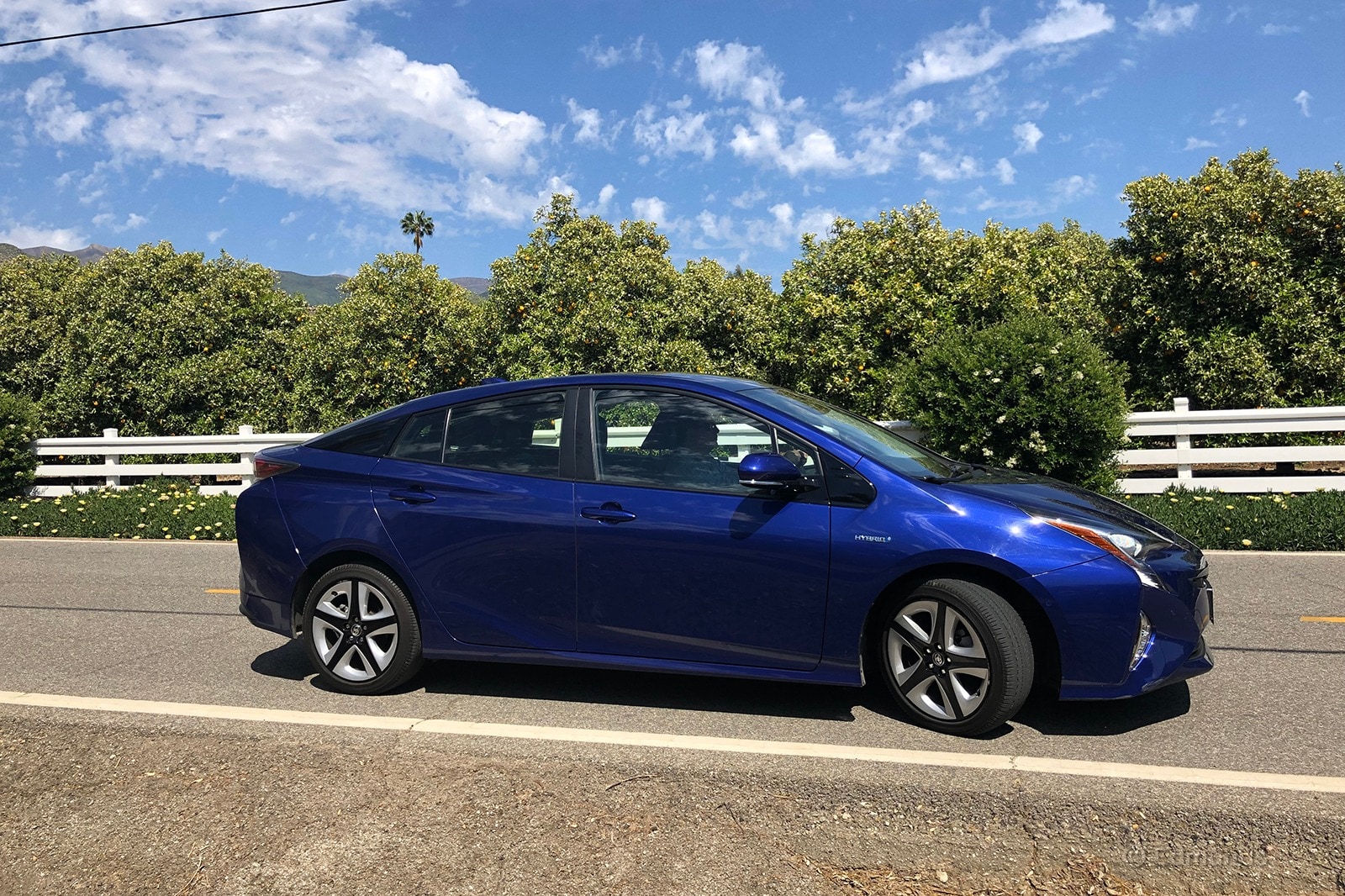
What Kind of Fuel Economy Did It Get?
The Prius saw some action in April, traveling 690.4 miles around Southern California and swallowing 14.7 gallons of gas for an average mpg of 47.1. That's 4.6 mpg up from the March average of 42.5, but the average lifetime mpg stayed the same.
Average lifetime mpg: 49.3
EPA mpg rating: 52 combined (54 city/50 highway)
Best fill mpg: 57.2
Best range: 521 miles
Current odometer: 30,096 miles
Maintenance and Upkeep
None.
Logbook Highlights
Comfort
"Our Prius has something like 30,000 miles. I've been in earlier-generation Priuses (Prii?) with similar miles that exhibit marked degradation in ride quality from new, likely attributable to the dampers being somewhat worn.
"Not in this 2016 model, though. The ride is still well-controlled. The shocks haven't flagged noticeably yet. Still rides well (much better than its predecessor thanks to the change to an independent rear suspension)." — Jason Kavanagh, senior vehicle test engineer
• • • • • • • • ••
"It had been a while since I'd driven the Prius. I'd forgotten about how hilariously useless its sun visor is when flipped to the side. It covers only the front half of the window and doesn't extend, leaving a chasm of a gap through which the sun pours onto my face. How did Toyota miss this or think it wasn't necessary? The carmaker clearly took tall folks into account, judging by the 9 feet of headroom this thing has. So why skimp on the visor? Weird." — Jason Kavanagh
Interior
"The amount of headroom in the Prius is freakish — I'm 6-foot-1 with a disproportionately long torso, and there's gotta be 3 inches between my pate and the headliner. Pretty solid stuff." — Jason Kavanagh

"Where oh where are the seat heater controls? I wanted to know one chilly morning for the sake of my shivering passenger (my dog), but only discovered them later, hidden in front of the cellphone charging tray. Alas, Cameron wrote a whole post on this same issue way back in May 2016. As he summarized, 'Do away with [a couple of unnecessary HVAC] buttons, put the seat heater controls in their place and you're good to go. Or just throw another couple buttons in the massive blank space on the shifter panel. Or put them near the cupholders. Anywhere but where they are now.'" — Kathleen Clonts, copy chief
• • • • • • • • ••
"Like Jay, I, too appreciate all the headroom in the Prius, namely the back seat where I have to sit. There aren't any air vents in the back, but the center ones on the dash up front are high enough to clear my seat cover and provide me with cool air. It's pretty comfortable and roomy in the rear for a large dog such as myself. Two paws up." — President Camacho (dog to Caroline Pardilla, senior copy editor)
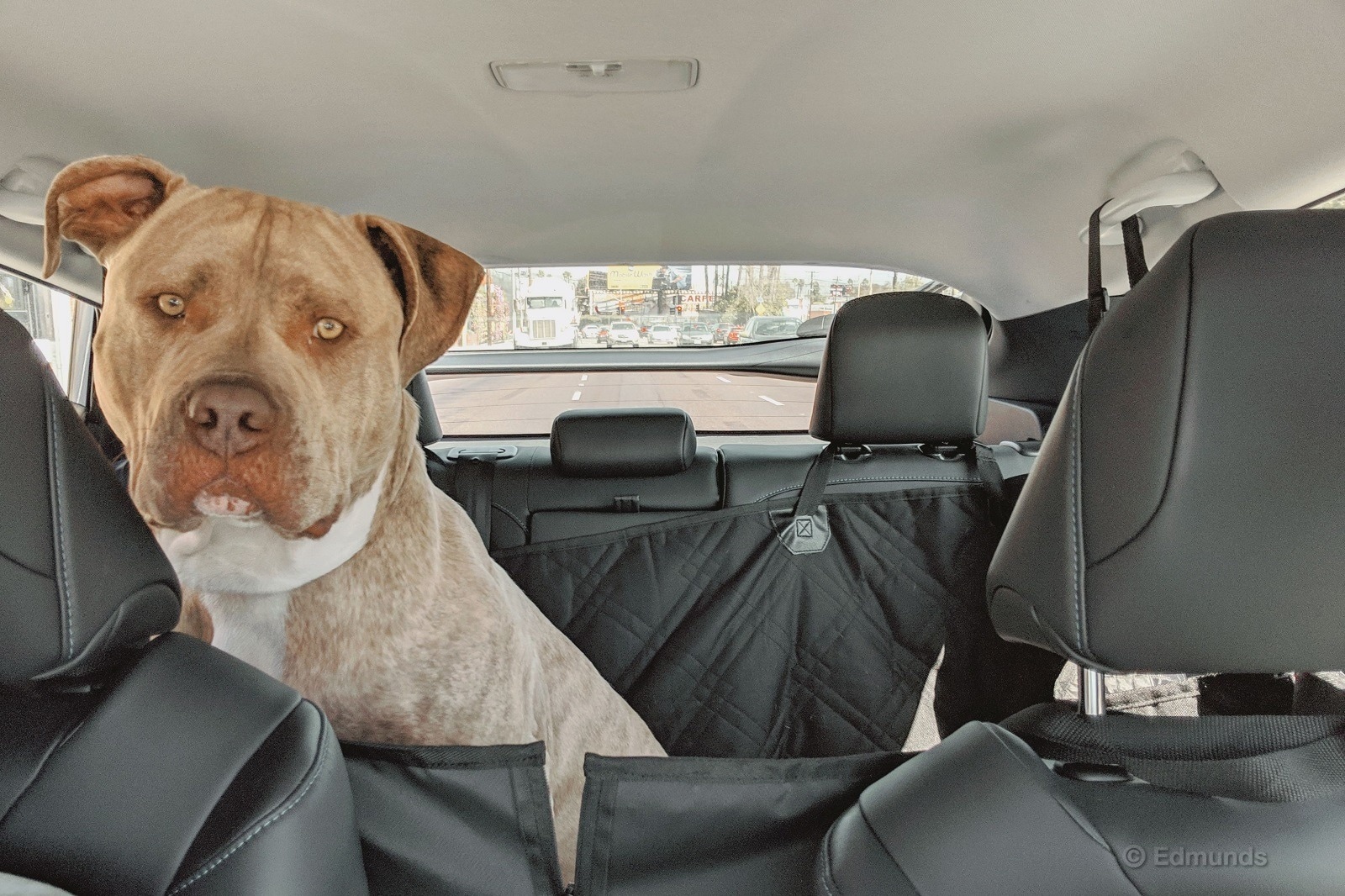
Technology
"The pesky blind-spot monitoring malfunction warning, which returns about 5 seconds after you dismiss it, renders the Drive Information display all but useless. One of the displays shows how you're doing mpg-wise (Toyota calls it your 'Fuel Consumption Record') but the warning makes it impossible to examine it for long." — Kathleen Clonts
Performance
"The Prius was a handy getaway vehicle for a weekend trip to the new-agey town of Ojai, in Ventura County wine country not far from L.A. We were comfortable during the couple hours of driving, and the steering was not too light (as some owners have complained about). On the highway, the adaptive cruise control slowed down appropriately, not too abruptly, when a car cut in front of us and the system started speeding up right away. We were frustrated to discover only one USB port, though — the 2019 Prius comes standard with three USB ports (two in the back). Just having one would be a definite bummer on a longer trip." — Kathleen Clonts
Monthly Update for May 2019
Where Did We Drive It?
Every time I sit down to write a monthly update for our long-term 2016 Toyota Prius, I can't help but wonder why we still have it in our fleet. Usually we hold onto a car for about a year, and we're way past that here. But then I asked our keeper of keys Mike Schmidt for some insight, and he offered, "1) It still holds its value really well, even though it's old; 2) Something about 50 mpg is still hard to wrap your head around, and the Prius does that easily." Fair points.
Even Senior Consumer Advice Editor Ron Montoya, who is currently shopping for a car for himself, has said that his experience with our long-term Prius makes him want one. And considering he's an expert car shopper, that's saying a lot.
This month the Prius continued to impress our editors. Well, except for Josh Sadlier, who shared his theory about why Prius sales are down.
What Kind of Fuel Economy Did It Get?
With a Memorial Day weekend trip to Vegas and more editors signing it out, this month the Prius racked up 1,507 miles and consumed 30.6 gallons. Its monthly mpg was 49.3, up from last month's 47.1, but its lifetime average remained the same.
Average lifetime mpg: 49.3
EPA mpg rating: 52 combined (54 city/50 highway)
Best fill mpg: 57.2
Best range: 521 miles
Current odometer: 31,621 miles
Maintenance and Upkeep
None.
Logbook Highlights
Interior
"The glossy-black dash panel is surprisingly unscratched for as much as we've driven the Prius. In fact, the interior looks pretty dang good for a 3-year-old car. The seats are holding up well. In comparison, the seats in our long-term Bolt look way more haggard." — Kathleen Clonts, copy chief
"Say what you will about the aesthetics of the current Prius, but it's got a great greenhouse. It feels roomy and big inside, with lots of window space and good forward visibility." — Travis Langness, reviews editor
"Seriously, this thing has heated seats? I've driven our long-term Prius like ... at least a dozen times and I never knew it had heated seats. How could I miss such a thing? Well, the switch to turn them on is hidden underneath the center console, and I only noticed it when someone else left it on. Seems like a strange place to put it, but I guess you'd know the switch was there if you bought the car." — Travis Langness
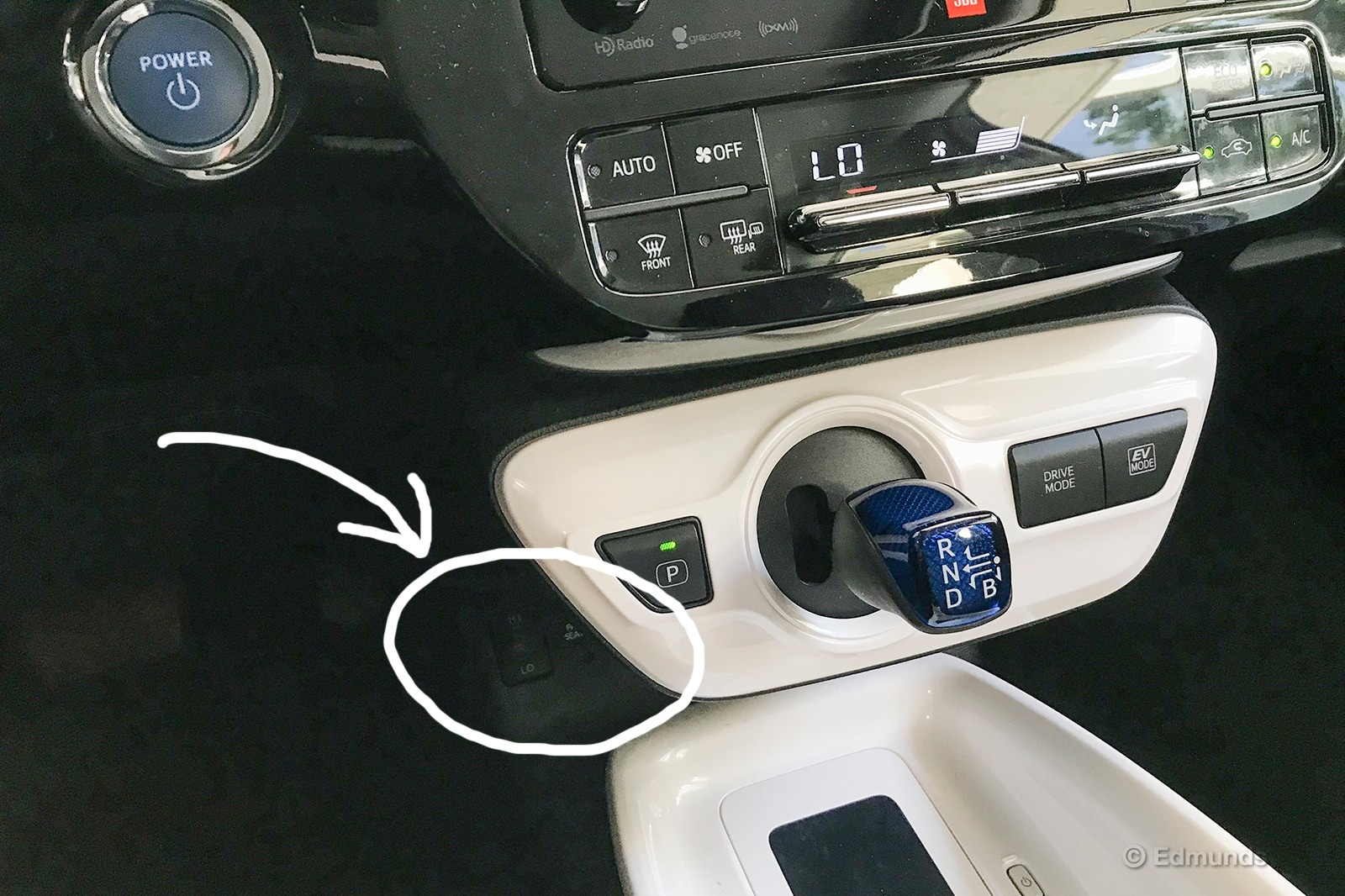
Comfort
"The air conditioner in the Prius doesn't blow as cold as some other cars in our fleet. It wasn't a terribly hot day outside, but I had to set the temperature a few degrees colder than I'd normally set it at to feel a difference. I can't remember if this is how it always was, or if ours is starting to lose its cool." — Ron Montoya
Performance
"The Prius was pretty noisy over the deep highway grooves of the 10 (Interstate 10 for non-L.A. folks). But turn up the radio and it's fine." — Kathleen Clonts
"I engaged EV mode with the EV button while traveling on some side streets and found it disengaged at 25 mph. You can't go EV for long. According to a Toyota FAQ, 'If you're driving in an area where you need to be quiet, press the EV button to run the electric motor only. EV mode allows you to operate your vehicle as a fully electric vehicle at speeds up to about 25 mph for a limited range.'" — Kathleen Clonts
Maintenance
"The maintenance light came on during my drive back from Vegas. I wish this car would tell you what service is needed like Hondas do, but it wasn't too much of a chore to break out the owner's manual and see what items were needed. Based on our mileage (just over 31,000), we'll need the 30,000-mile service, which calls for a tire rotation, oil and filter change, and a cabin and air filter replacement, along with a battery of inspections. We'll be making an appointment ASAP." — Ron Montoya, senior consumer advice editor
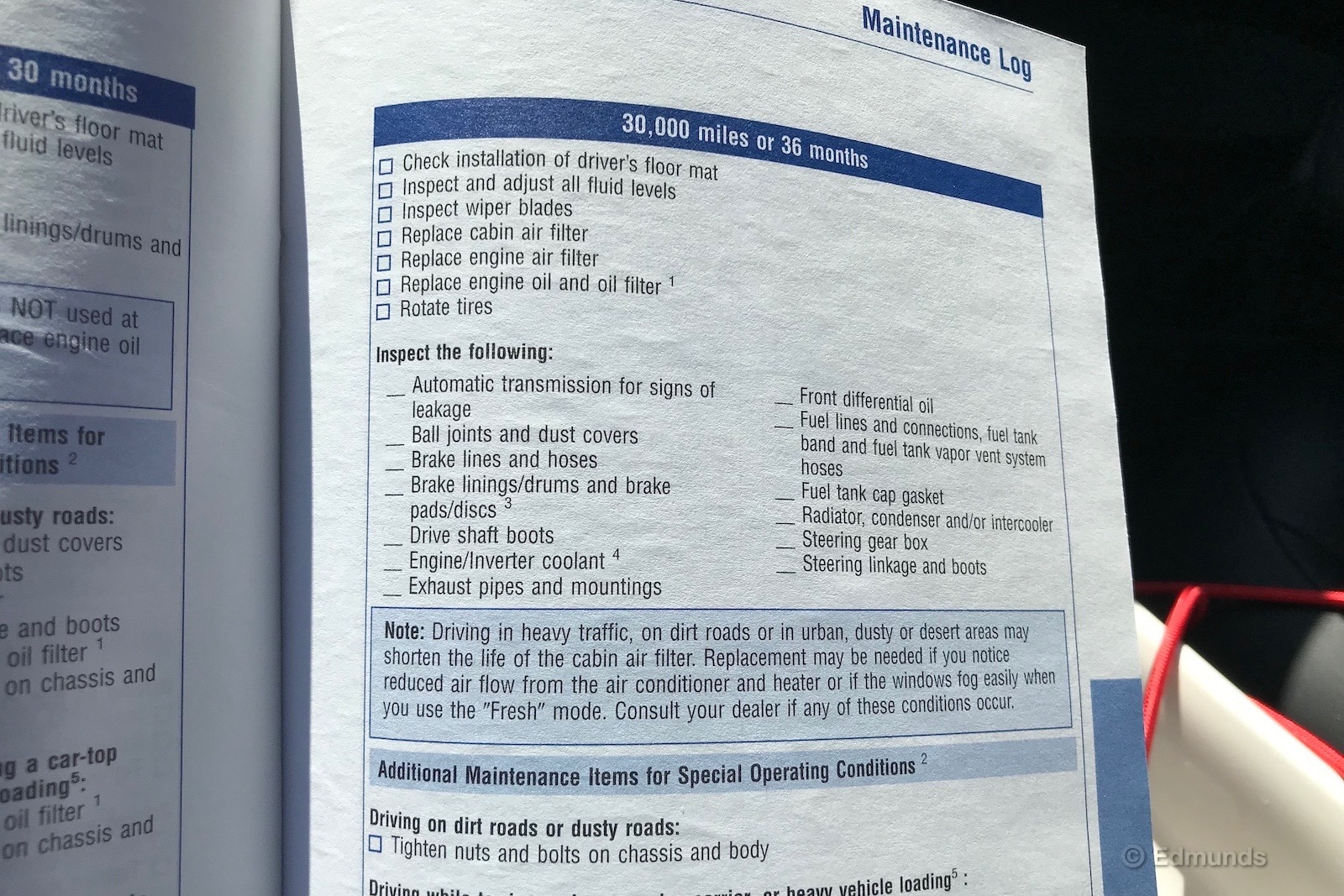
MPG
"This Prius continues to impress me. I took it to Las Vegas for a weekend road trip. It was quiet, comfortable and had no problems keeping up with traffic. And even though I wasn't trying to set any fuel economy records, I averaged an impressive 54.9 mpg on the drive to Vegas. The drive back took nearly twice as long, due to Memorial Day traffic. I was convinced it would wreck the fuel economy, but even still, the Prius managed to average 50.4 mpg! I want one of these cars for myself." — Ron Montoya
Miscellaneous
"Prius sales are down considerably over the past few years, and it's tempting to blame it all on the meteoric rise of the SUV. But I don't buy it — not in this case. I'm convinced that the controversial styling of the latest Prius has a lot to do with its struggles. When this Prius generation debuted in 2016, its funky looks were so questionable that we made 'polarizing styling' one of our Cons, which we almost never do. It just seemed like Toyota had gone too far in trying to make the latest Prius stand out. Hybrid drivers don't want to draw attention to themselves with weird shapes and angles; they just want no-fuss transportation that minimizes trips to the gas station. So what if Toyota had made the 2016 Prius a soothingly sleek machine? You know, like the new 2019 Honda Insight? We'll never know, but I wouldn't be surprised to see the Insight overtake the Prius in sales pretty quickly, just because it's so much easier on the eyes." — Josh Sadlier, senior manager, content strategy
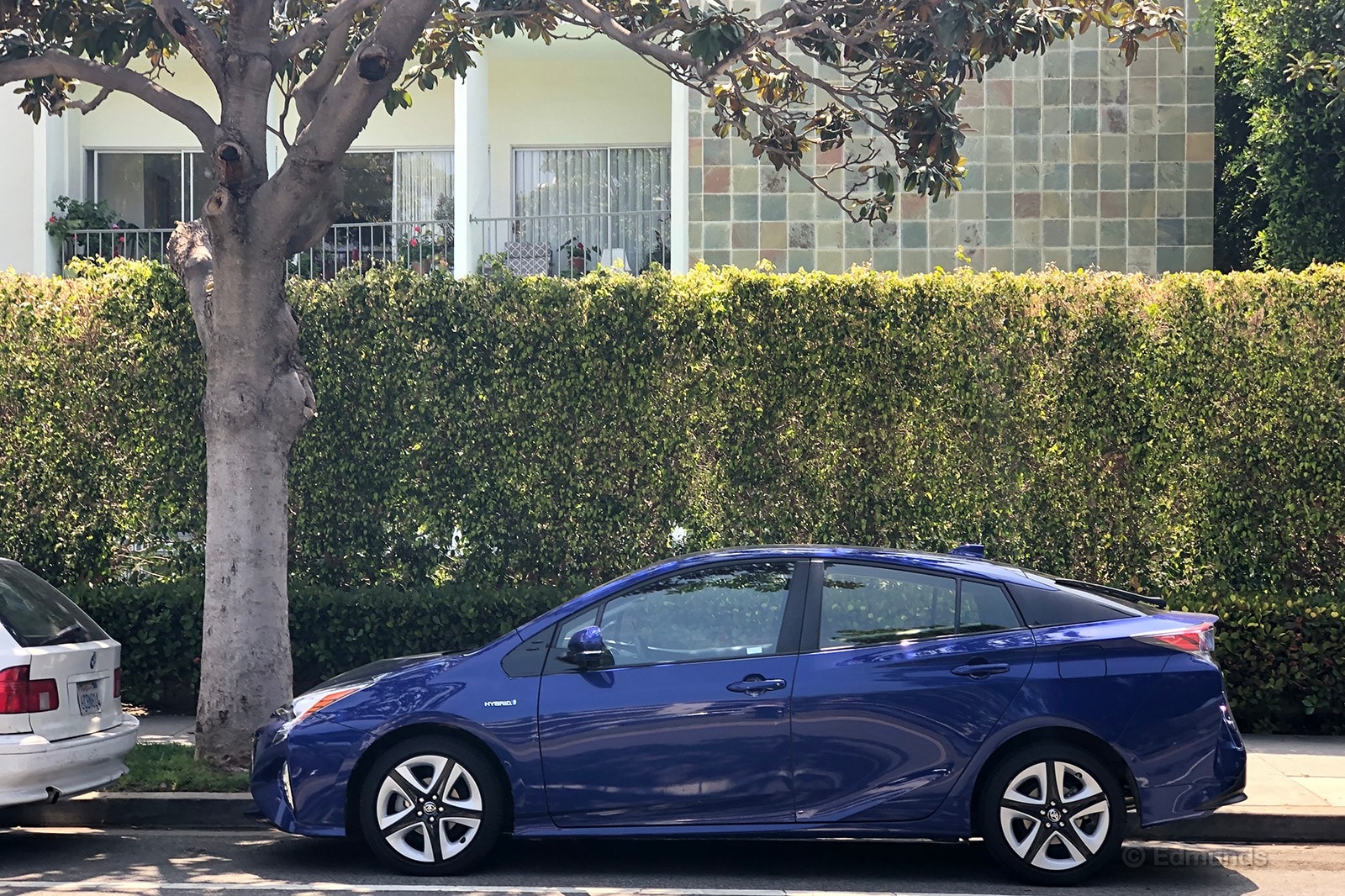
Monthly Update for June 2019
Where Did We Drive It?
Finally, the sun is setting on our time with the 2016 Toyota Prius. Since we're preparing to sell off this trusty long-termer soon, it spent most of June parked in the Edmunds garage, only stepping out for a short trip to Disneyland and a final maintenance appointment at the dealership.
But even though the Prius barely budged this month, it still managed to be a bit problematic. Turns out the minor fender bender that caused that pesky blind-spot monitoring issue also threw the passenger-side brake light out of whack. And if that wasn't enough, the car said the key fob battery needed to be replaced, too.

What Kind of Fuel Economy Did It Get?
Since the Prius sat out all of June, we didn't have to gas it up once. So its fuel economy numbers from May stand.
Average lifetime mpg: 49.3
EPA mpg rating: 52 combined (54 city/50 highway)
Best fill mpg: 57.2
Best range: 521 miles
Current odometer: 31,918 miles
Maintenance and Upkeep
For its last hurrah, we brought the Prius to Toyota Santa Monica for a 30,000-mile service, which includes an oil/filter change, tire rotation and a full inspection. Such pampering set us back $165.52. The key fob battery also needed replacing and cost $11.
As for repairing the passenger-side brake light, no such luck. See the following comments for details.
Logbook Highlights
Maintenance
"I was heading to Disneyland to check out the new Star Wars: Galaxy's Edge and had asked Mike Schmidt if I could borrow a car for the 60-plus-mile round trip. Fortunately, the Prius was available. But unfortunately, its right passenger brake light was out. So Mike said I could take the car if I went to the auto parts store to get a replacement bulb and installed it myself. No problem. But it wasn't until I was at the auto parts store when I found out that they don't actually sell a replacement bulb for the 2016 Prius. While in the store, I used my phone to search other auto parts stores, then finally spoke with the counter guy. He, too, looked it up on his computer and came to the conclusion that I'd actually have to go to the dealer to get that fixed. Boo. Not so easy a fix after all." — Caroline Pardilla, senior copy editor
"The blind-spot saga never ends! Or things keep popping up that are related to it. During our maintenance drop-off at Santa Monica Toyota, we wanted them to replace the passenger rear brake light bulb for our Prius since we noticed that it wasn't functioning recently. After SMT checked out the brake light, it turns out it's not a simple bulb — it is actually a red LED cluster, which looks like a simple bulb. The real culprit behind the malfunction is the wire loom and connector that was crushed during the BSM saga. Over time, the connection loosened up so much that the wiring seems to be either disconnected or is frayed so much that it can no longer send signals to the brake light." — Rex Tokeshi-Torres, vehicle test technician
"It's as if the Prius knew its time with us was coming to an end, as it threw up a bunch of issues. On top of that blind-spot monitoring problem and the broken brake light, the car let us know that the key fob battery was running low. But that was an easy fix to do while I was at the dealership. Just had to go to the parts counter where the guy quickly switched out the battery with a new one. The only thing is the dealership's service was so clunky. I had to go to the parts counter and then instead of paying right there, the parts guy directed me to the cashier window where everyone who was paying for their service or picking up their car lined up. I mean, I've been to restaurants where you can pay for your bill on an iPad. Why not have something that efficient here?" — Caroline Pardilla
Miscellaneous
"I don't remember the last time I had to get a car serviced. It's quite the people-watching experience. I chatted with the service manager while I was waiting for him to fill up the paperwork for our Prius and noted that they seem to get all kinds of people here. And he said that they actually get a lot of tourists at this Santa Monica location. He attributed it to its proximity to the beach. Apparently, a lot of tourists drive out from the East Coast and then get their cars serviced before they have to drive all the way back. But it was an interesting point that, when you think about it, not many dealerships are close to a bunch of fun and interesting places. In Santa Monica, those folks taking their cars in to this Toyota location can then hit up the nearby Santa Monica Pier and ride a roller coaster and Ferris wheel to kill time. Way better than hanging out in the waiting room at the dealership playing Candy Crush on your phone." — Caroline Pardilla
Wrap-Up
What We Got
We first introduced the 2016 Toyota Prius to our long-term test fleet back in April of that year. This was the first year for the redesigned Prius, which was our primary motivation to buy one. It was a trailblazer of the automotive green movement and now it was more comfortable and fuel-efficient. Sold. We paid $31,424 for a Prius Four Touring.
What We Learned
Although we didn't put as many miles on the Prius as we have some other long-term vehicles, we learned some important lessons. First, the Prius is still the fuel economy king. Second, routine maintenance was really affordable considering our driving rate of about 8,000 miles per year. Finally, and perhaps most eye-opening, was the cost of repairing the driver assistance technologies in the Prius.
Read on for all of the details.
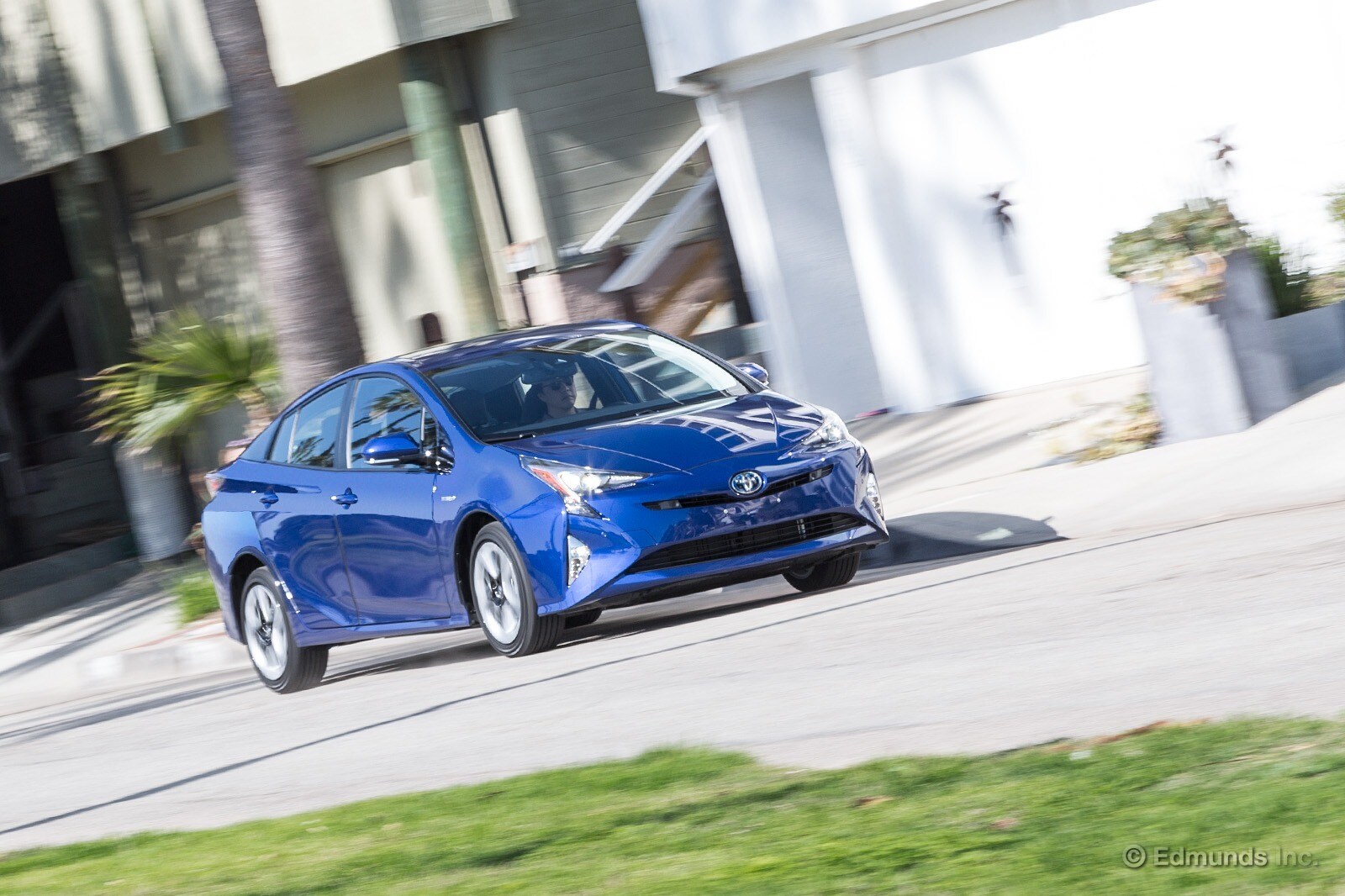
Performance
In my experience, cars either inspire confidence on the open road or they don't. Previous Priuses never gave me that confidence, but the new one's got what it takes. This generation's more secure handling is part of it. The quieter interior helps, too, adding to the overall sense of refinement." — Josh Sadlier
"One of the more astounding things about our long-term 2016 Toyota Prius — and its predecessors — is how immune to mistreatment it is despite its enormous technical complexity. This is not to be taken lightly. Toyota has done a masterful job of making the Prius' hybrid powertrain as reliable as the sunrise. This robustness is an industry triumph and one of the keys to the car's widespread acceptance by consumers over the years." — Jason Kavanagh
Comfort
I drove our long-term Prius about 250 miles on the highway today. It strikes me as an adequate long-distance companion. It's stable at high speed, and the ride quality is comfortable. For my four hours or so on the road, the driver seat was OK for comfort. But I'm not as fond of the Prius' elevated amount of wind noise. It's not a quiet cabin at 70-plus mph. Then again, the Prius isn't meant to be a marathon highway cruiser. Overall, I'm fine driving it for a few hours on the highway, but anything more would likely get tiresome." — Brent Romans
"Why, oh why, are the visors not extendable? I drive north in the evening and south in the morning so the sun was toasting my left eyeball for a good two hours." — Will Kaufman
Cargo Space
I like the ease with which I can load grocery bags into the cargo area of our long-term Toyota Prius. The hatchback opens wide, and the cargo area is big enough to hold perhaps seven or eight reusable bags. But I've also noticed that the hatchback isn't the easiest to close. With the hatchback fully open, its grab handle is positioned 2 to 5 inches higher in the air than those of many other hatchbacks or liftgates on crossover SUVs. The Prius' hatchback is kind of heavy to close, too. For somebody of shorter stature, this could be a frequent annoyance." — Brent Romans
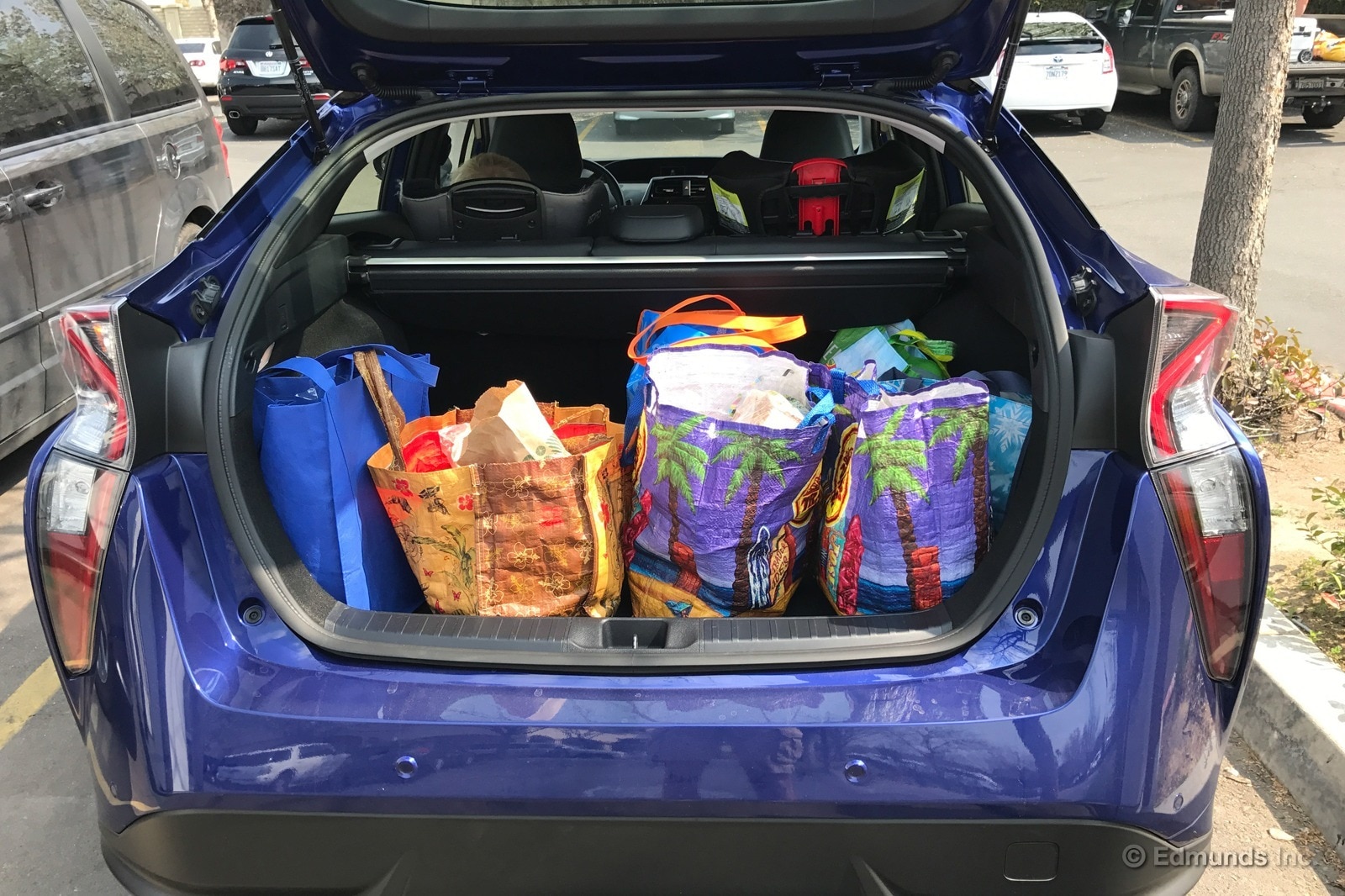
I'm mildly disappointed by the Prius' cargo space. I've been talking up this model's versatility for years, but my golf clubs barely fit in the cargo area without folding the seats down, and I had to position them diagonally. On the bright side, there's enough room back there to stack a few bags without issue, so I generally stand by my assessment of the Prius as a viable crossover-SUV substitute. But I'd classify this generation's trunk as a bit closer to compact than midsize." — Josh Sadlier
Interior
The interior design is funky but functional. I appreciated the easy-to-use and clean climate control interface. That touchscreen, though. There is no direct-to-nav button, so it's a series of taps to do anything related to navigation. Still, this Prius definitely drives better than those before it, and the seats are surprisingly comfortable." — Calvin Kim
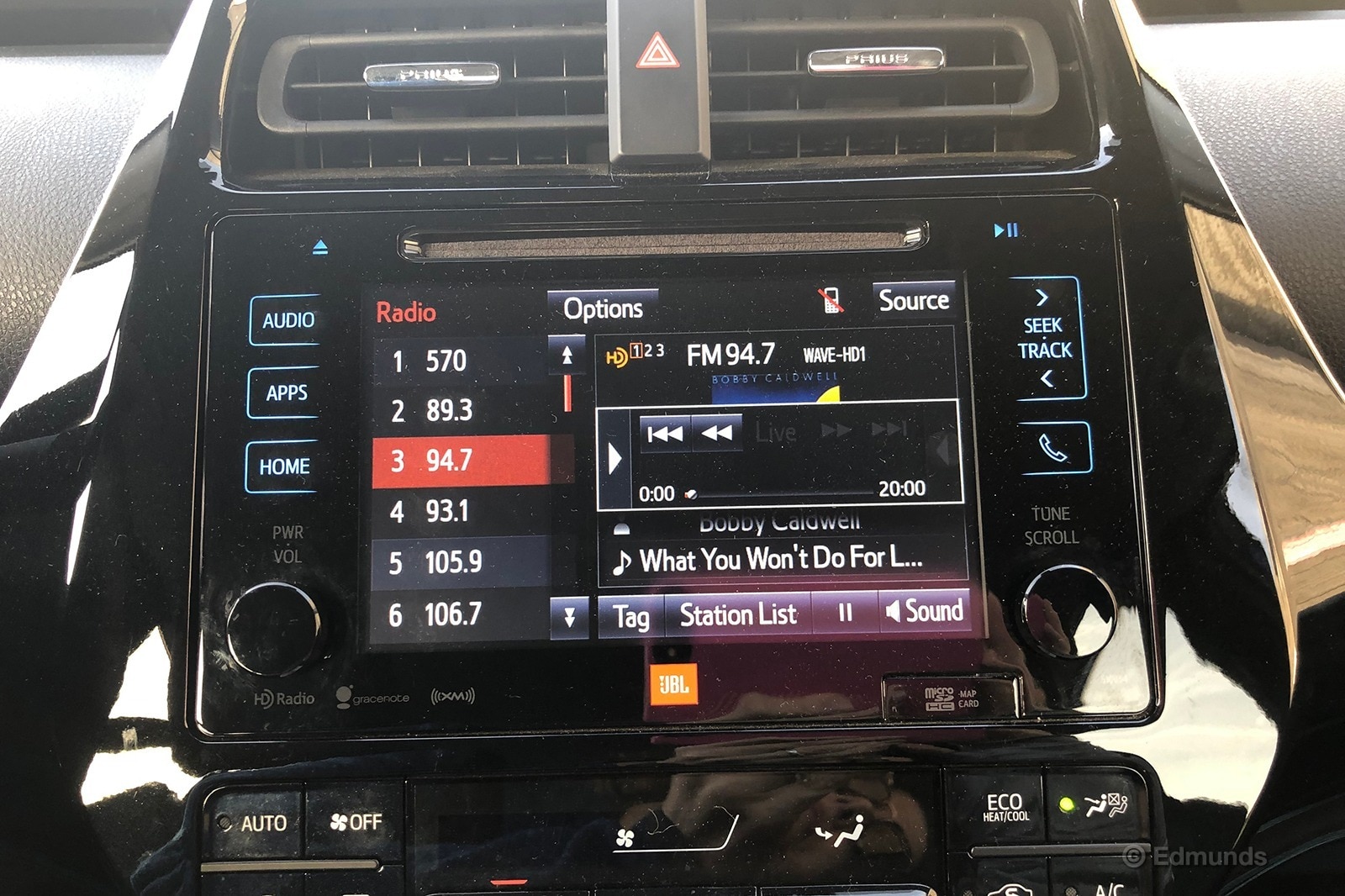
It's no secret around the office that I'm a big Prius fan. One reason is the just-right size of this car. It's like a compact-plus hatchback. It's easy to park and feels nimble in traffic. Yet I'm 6-foot-1 and can easily sit behind the driver's seat when it's configured for my long legs. I can't say that about true compact hatches. It's unfortunate that the versatility of the Prius gets lost in all the talk about its hybrid-ness." — Josh Sadlier
Audio and Technology
One great thing about this Toyota Prius for a road trip is that there is no shortage of ways to keep your smartphones charged up with both a charging pad for Android phones and a USB port. The charging pad for the Android phone is super easy to use: Hit the power button and place your phone on the pad. The only downside is that the phone has to sit squarely on the pad or else it won't charge — a position that can be difficult to maintain in a moving car. I would have to look down after every stop or turn to make sure my phone was correctly seated. Also the phone got pretty hot after charging for some time, so during a long road trip it would be a good idea to remove it once it's charged up. As for charging my iPhone (yes, I have two phones) via the USB port, I found that sometimes it wouldn't register the phone at all. This wasn't just in the case of my phone, however, as my passenger tried using the port for her Android phone, too. But later when I tried using it again it worked." — Caroline Pardilla
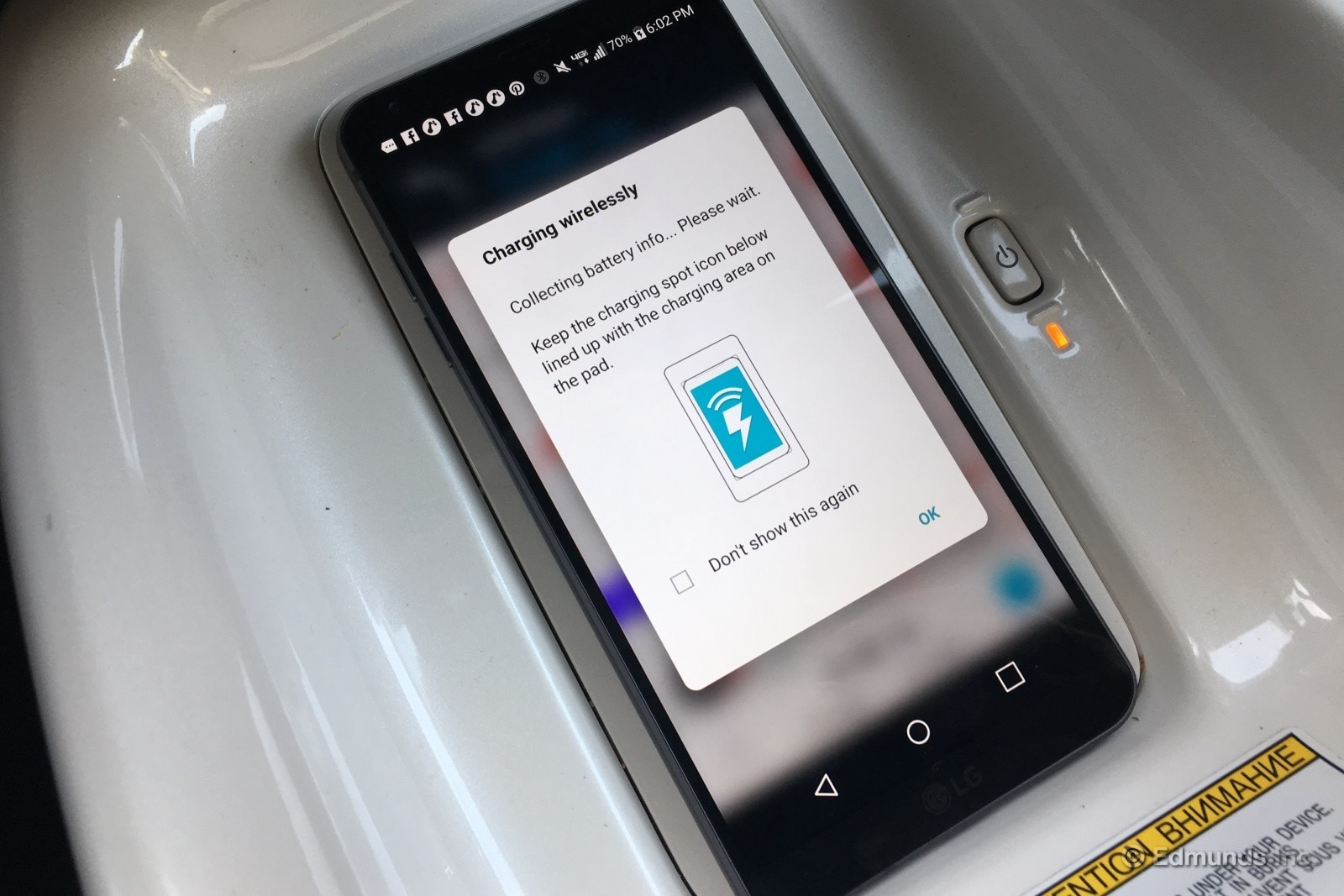
I'm a big fan of the live radio rewind feature on the Prius' infotainment system. The system allows you to rewind up to 20 minutes of live radio, which is valuable in case you receive a phone call during your favorite radio program." — Jonathan Elfalan
Miscellaneous
The Prius makes an interior beeping noise when put in reverse and it drives me crazy. If memory serves me, they've been that way since the second generation. The beep would serve more of a purpose if it were outside, to help pedestrians hear an otherwise quiet car backing up. Instead, it beeps at the driver, presumably to serve as a constant reminder that you are in reverse. Uh, thanks?" — Ron Montoya
Maintenance & Repairs
Regular Maintenance:
When we purchased the Prius, the ToyotaCare plan covered free scheduled maintenance for two years or 25,000 miles. Ours expired at two years due to low mileage, which meant we paid $321.99 over four years. Add on that tire we had to replace ($219) and total maintenance was $540.99. We can't complain about that. Then came what we referred to around our office as "The Day."
Our Prius was struck by another motorist while parked. One of our editors came out of a store to find a scuff on the bumper just a little deeper than could be fixed with rubbing compound and wax. It seemed somewhat minor. But our troubles cascaded from there.
The short version of what took us months to research is this: Any damage to the fragile Blind Spot Monitor harness, which lives just behind the bumper skin, will be costly both in dollars and time. We bounced between dealership service departments and body shops and even had a related brake light failure that all traced back to the parking lot incident. Details are here. The summary is that repairing the sensor and harness would cost anywhere from $2,300 to $4,300.
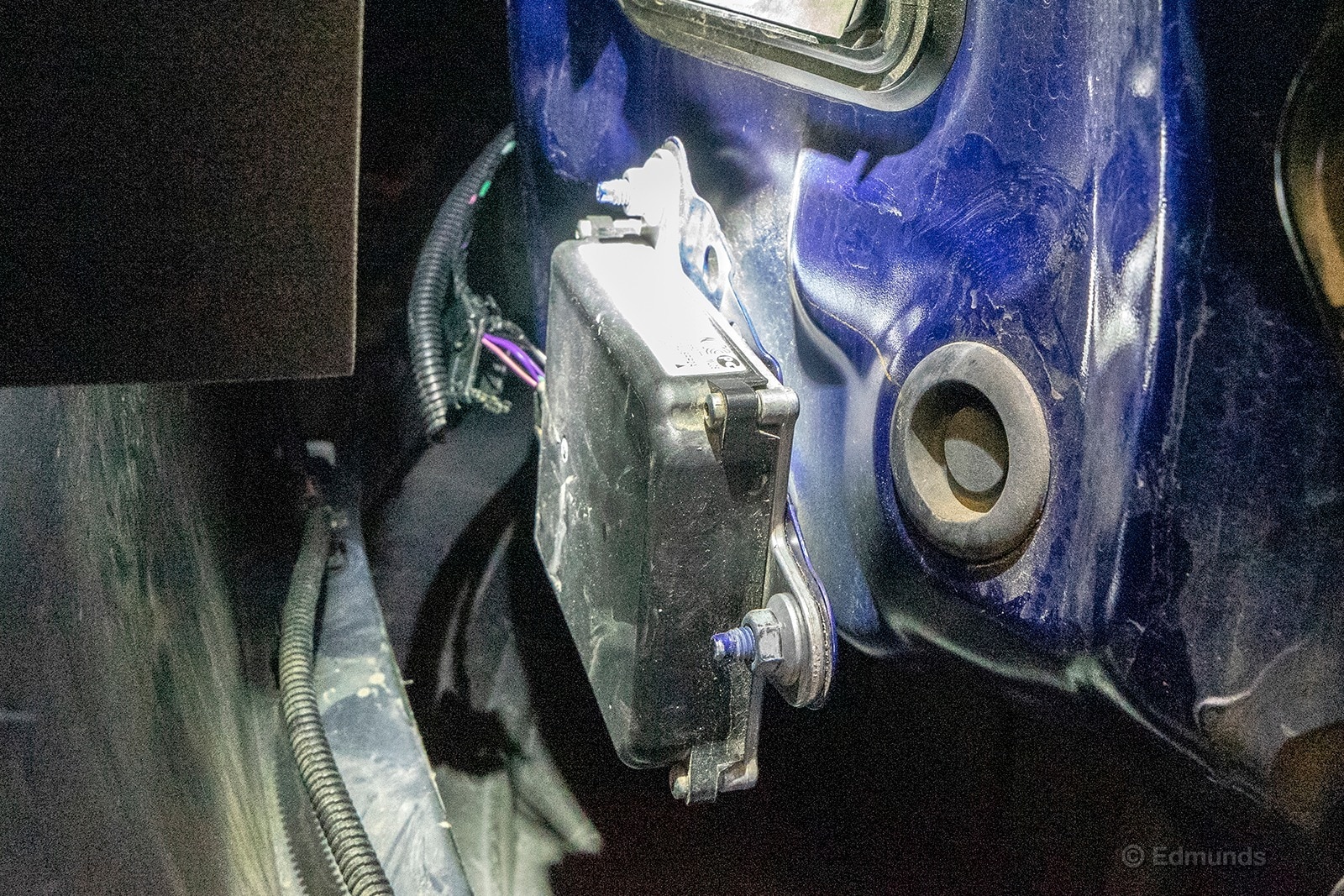
Ultimately, we found that by trading in the Prius toward our next long-term car, we didn't have to pay for it at all. And remarkably the damage didn't count against our trade-in value of $15,000. It was all a real learning experience. One we are glad to be rid of.
Service Campaigns:
Intelligent Clearance Sonar recalibration
Fuel Economy and Resale Value
Observed Fuel Economy:
After almost four years we accumulated 31,000 miles, which, by our standards, was really low. Our roughly 8,000-mile-per-year average was heavily city-based and, as a result, equated to the type of high fuel economy that hybrids are known for. We averaged 49.2 mpg, with a best single fill of 57.2 mpg and a max range of 521 miles on our best tank. That's what we anticipated going into this test, and the Prius delivered.
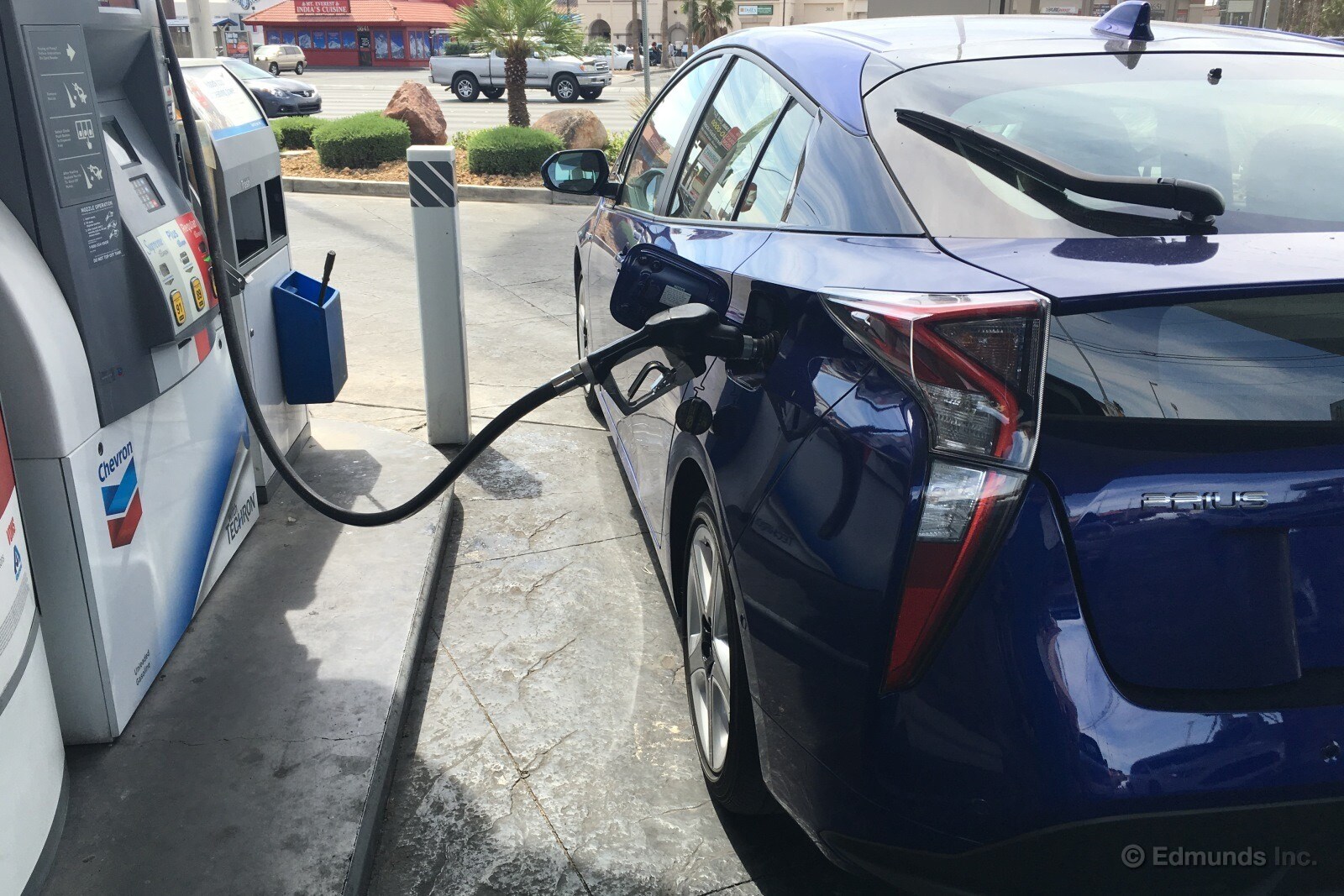
Resale and Depreciation:
We purchased the Prius for $31,424 and sold it for $15,000 four years and 31,000 miles later. That equated to 52% depreciation. It's tough to compare this outcome directly to any other long-term car because we normally just don't keep them that long.
Bottom Line
We got a lot of what we expected from the Prius. It delivered superb fuel efficiency from advanced hybrid technology and was more comfortable to drive than any Prius before it. But the fragility and cost of its driver-aid technology left a bad taste in our mouths.
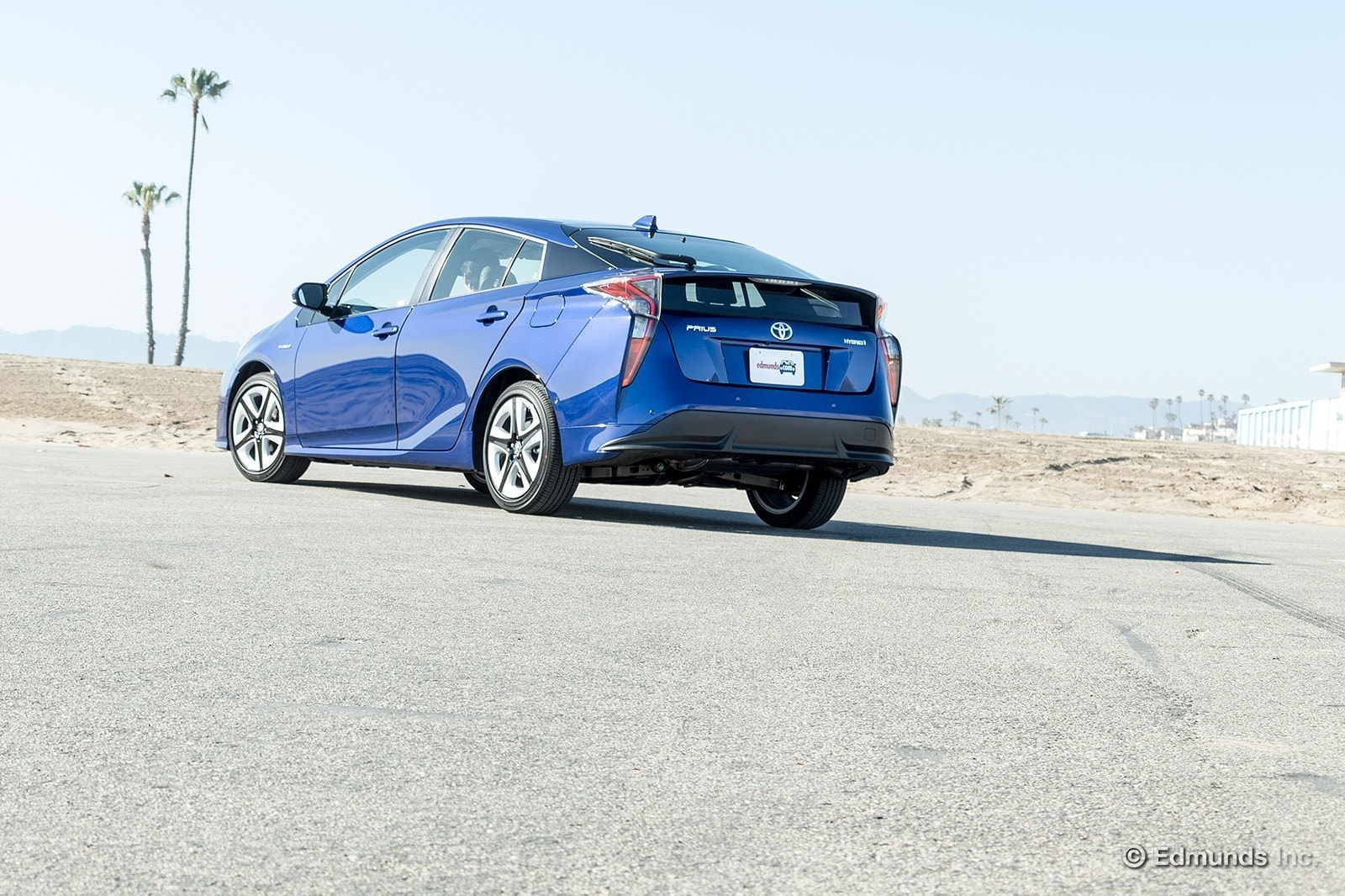
Disclaimer:
Edmunds purchased this vehicle for the purposes of evaluation.